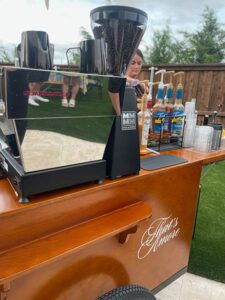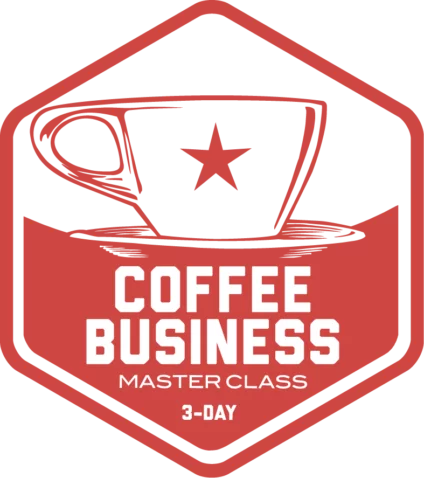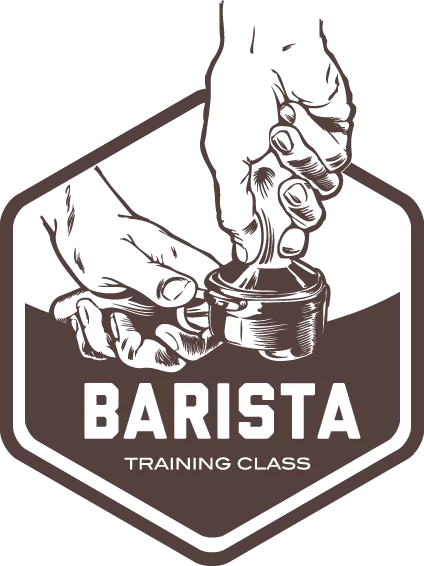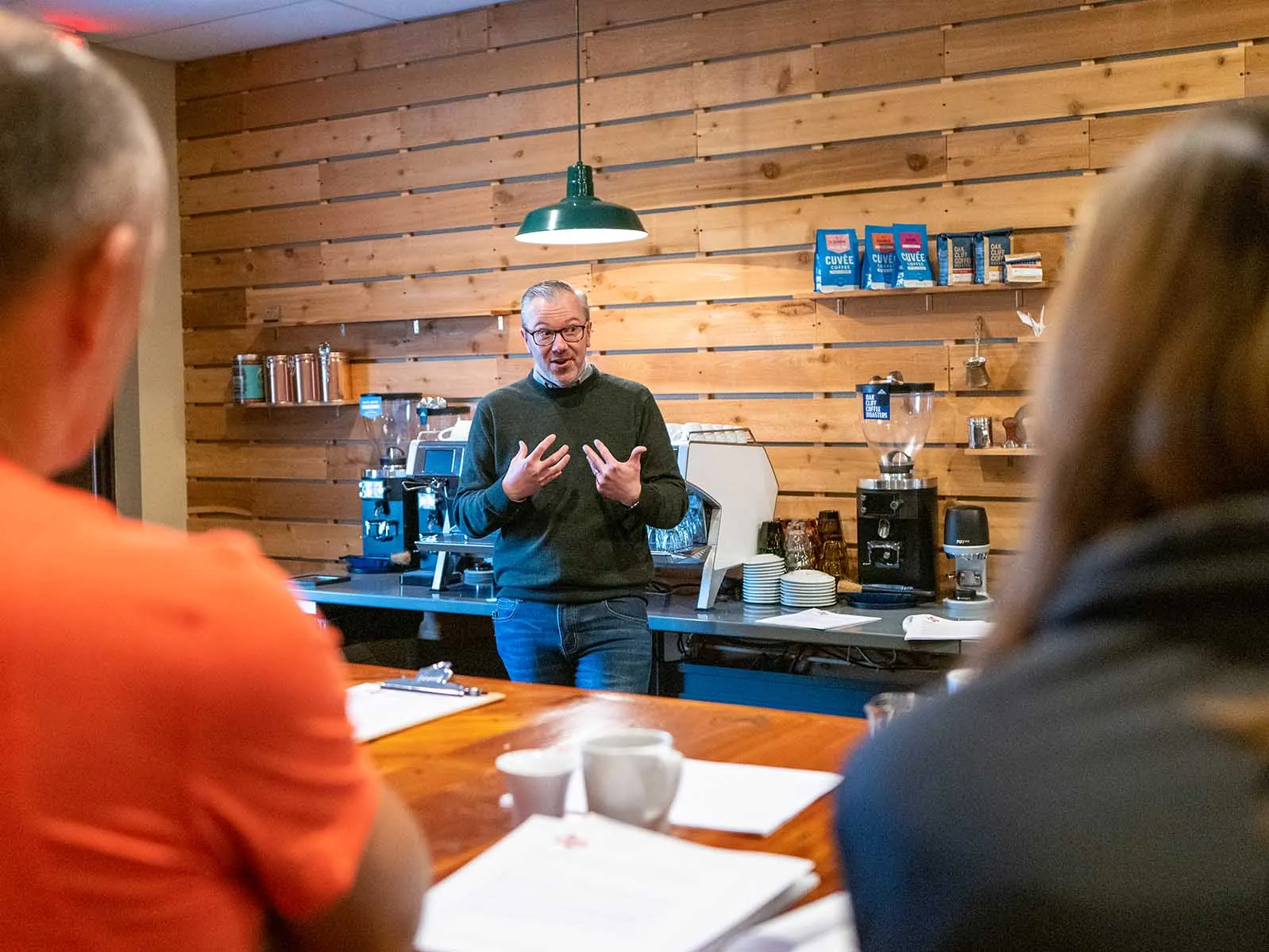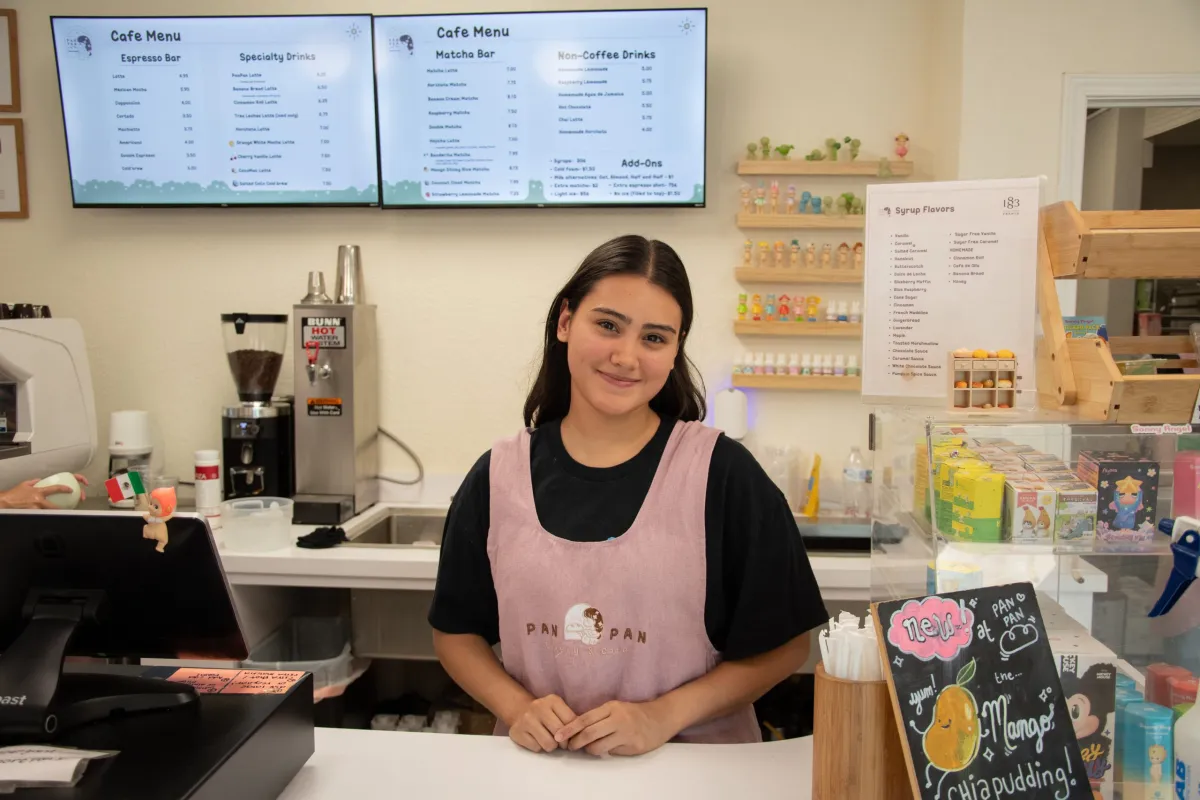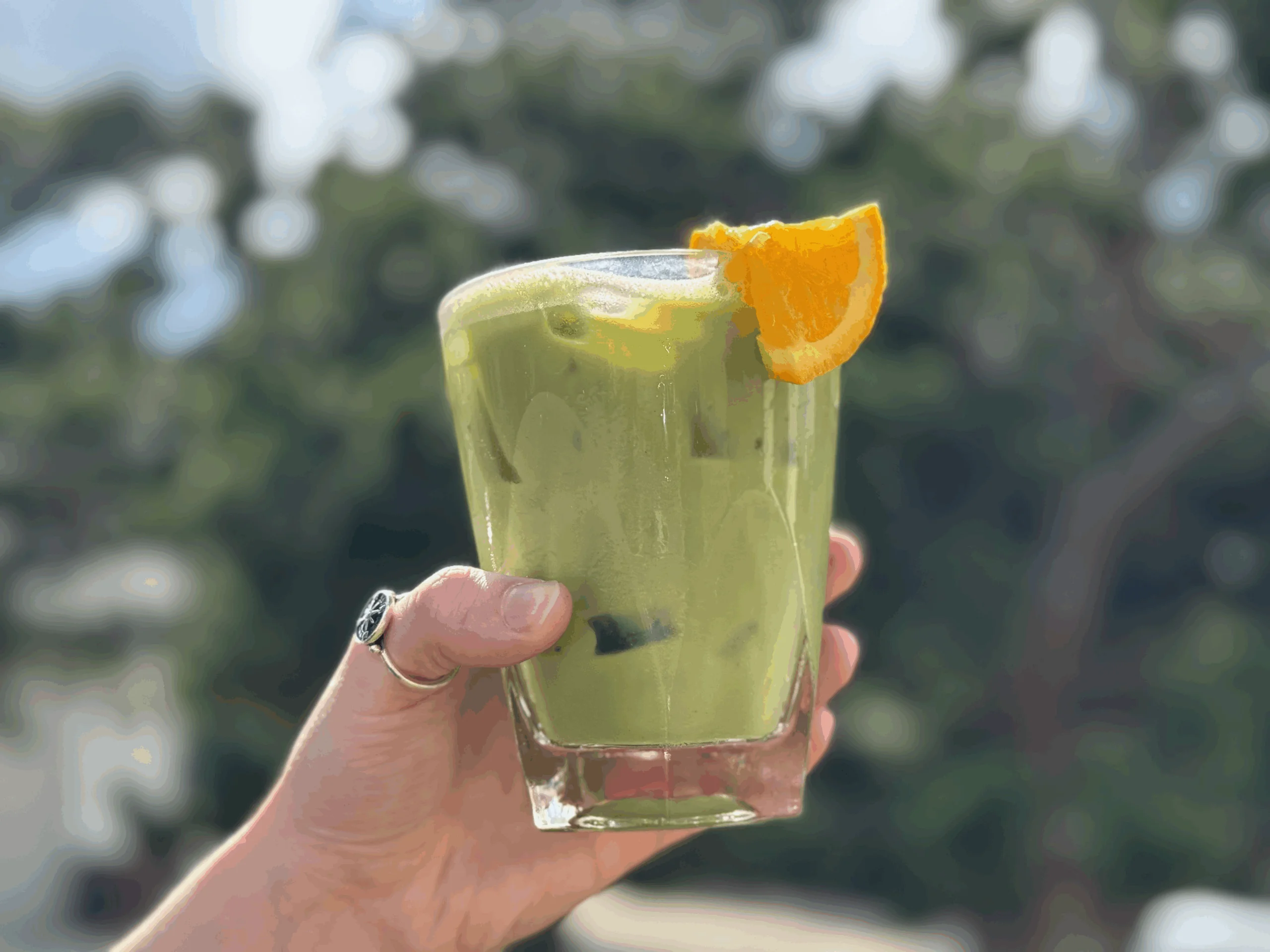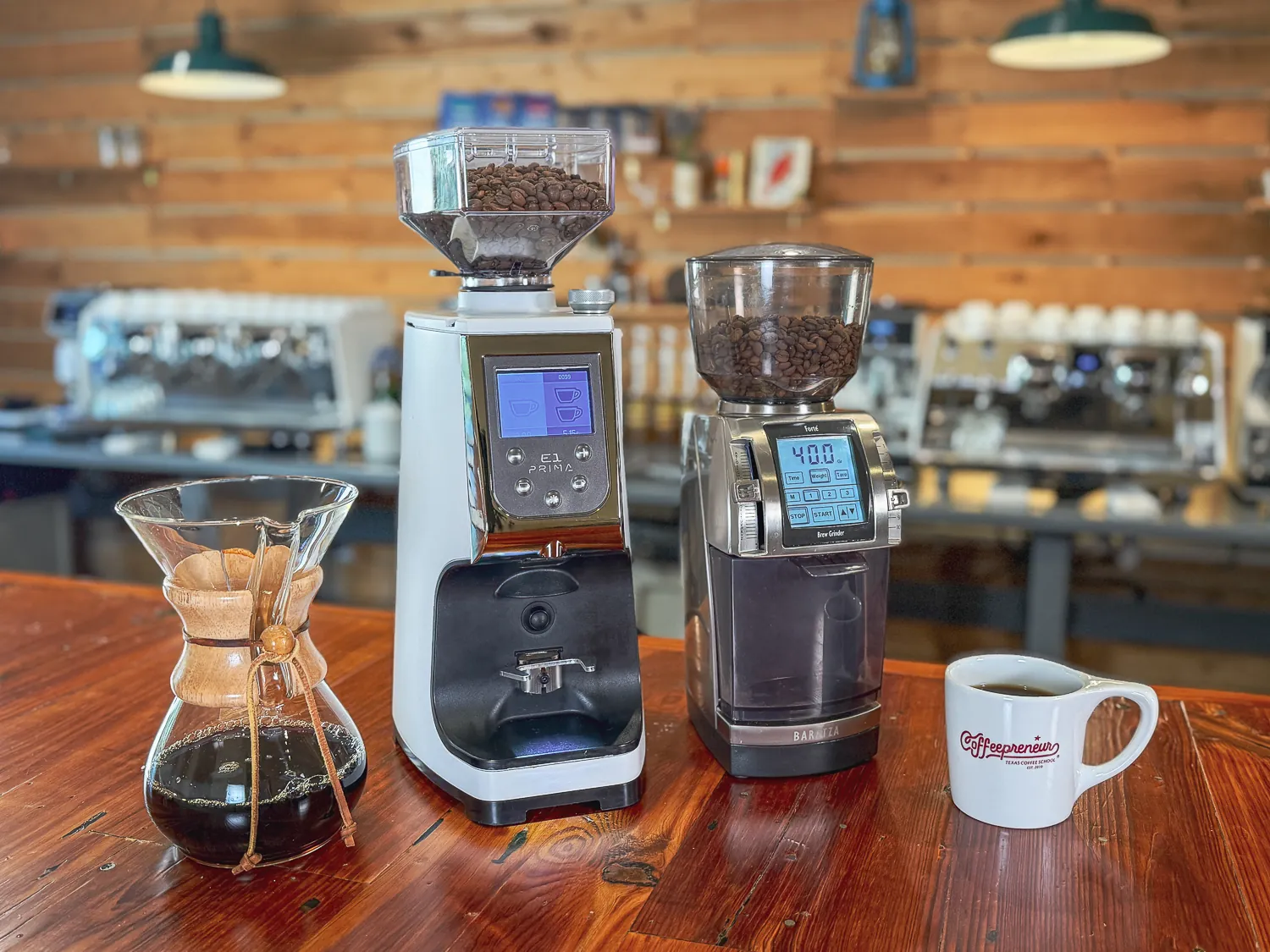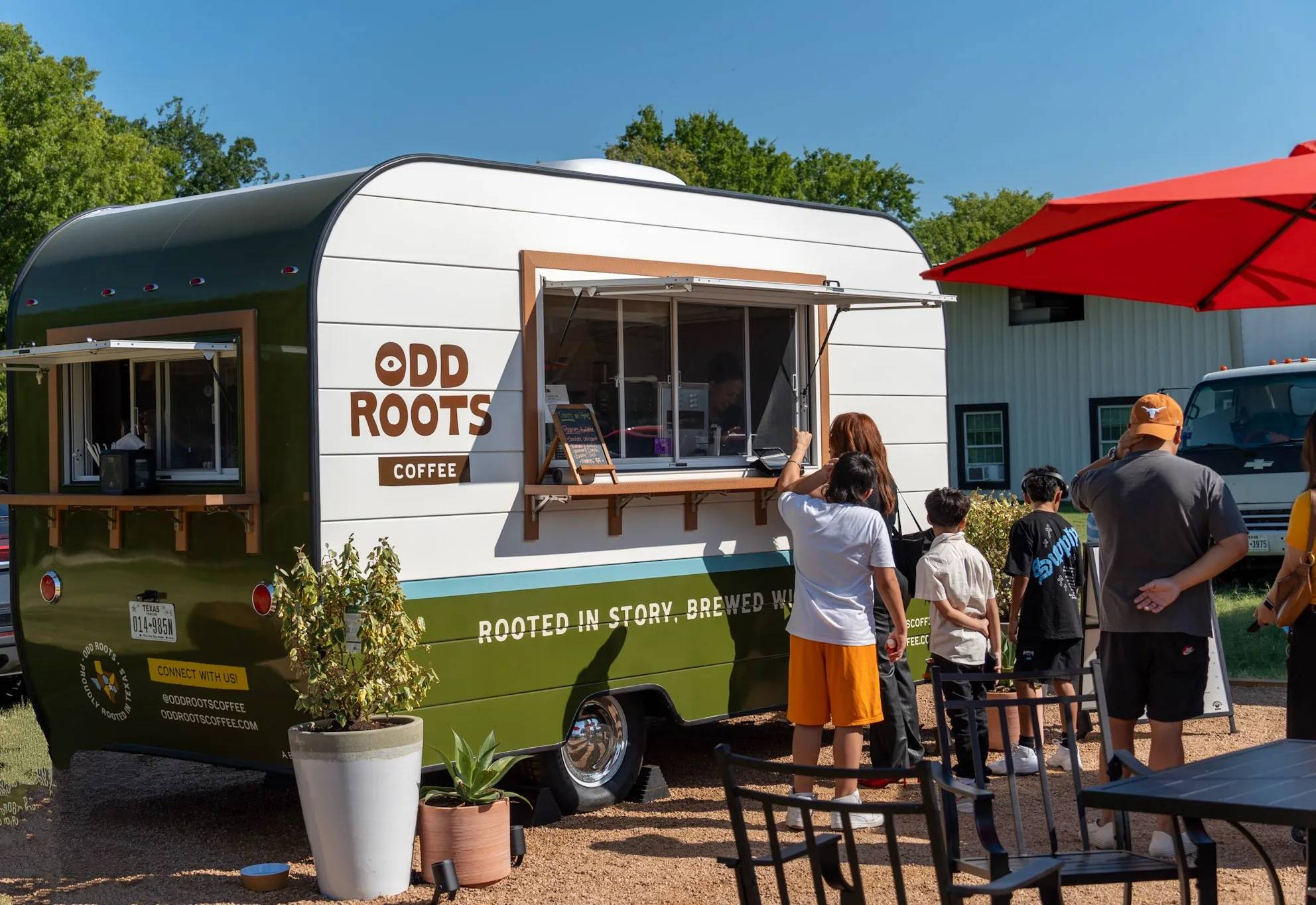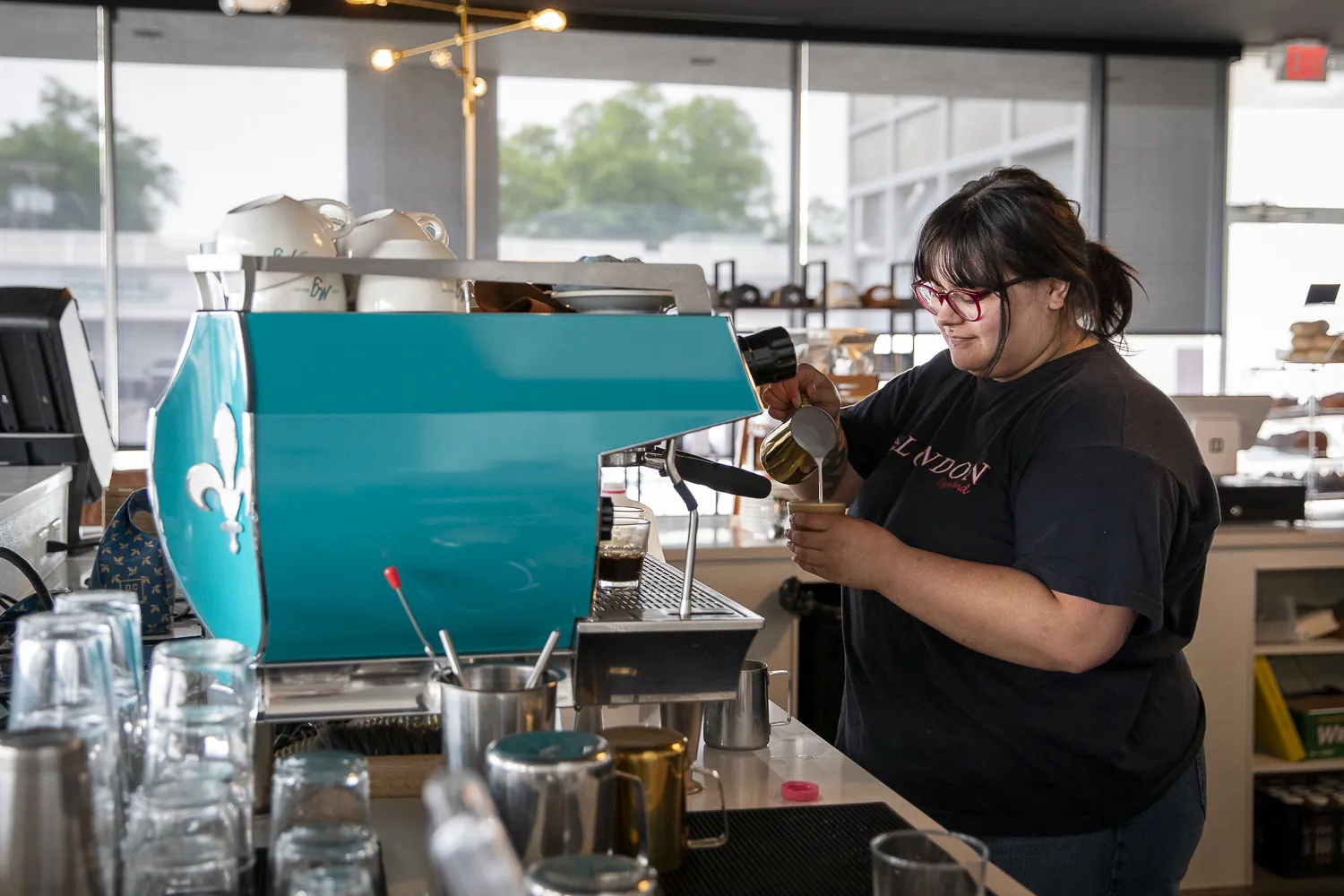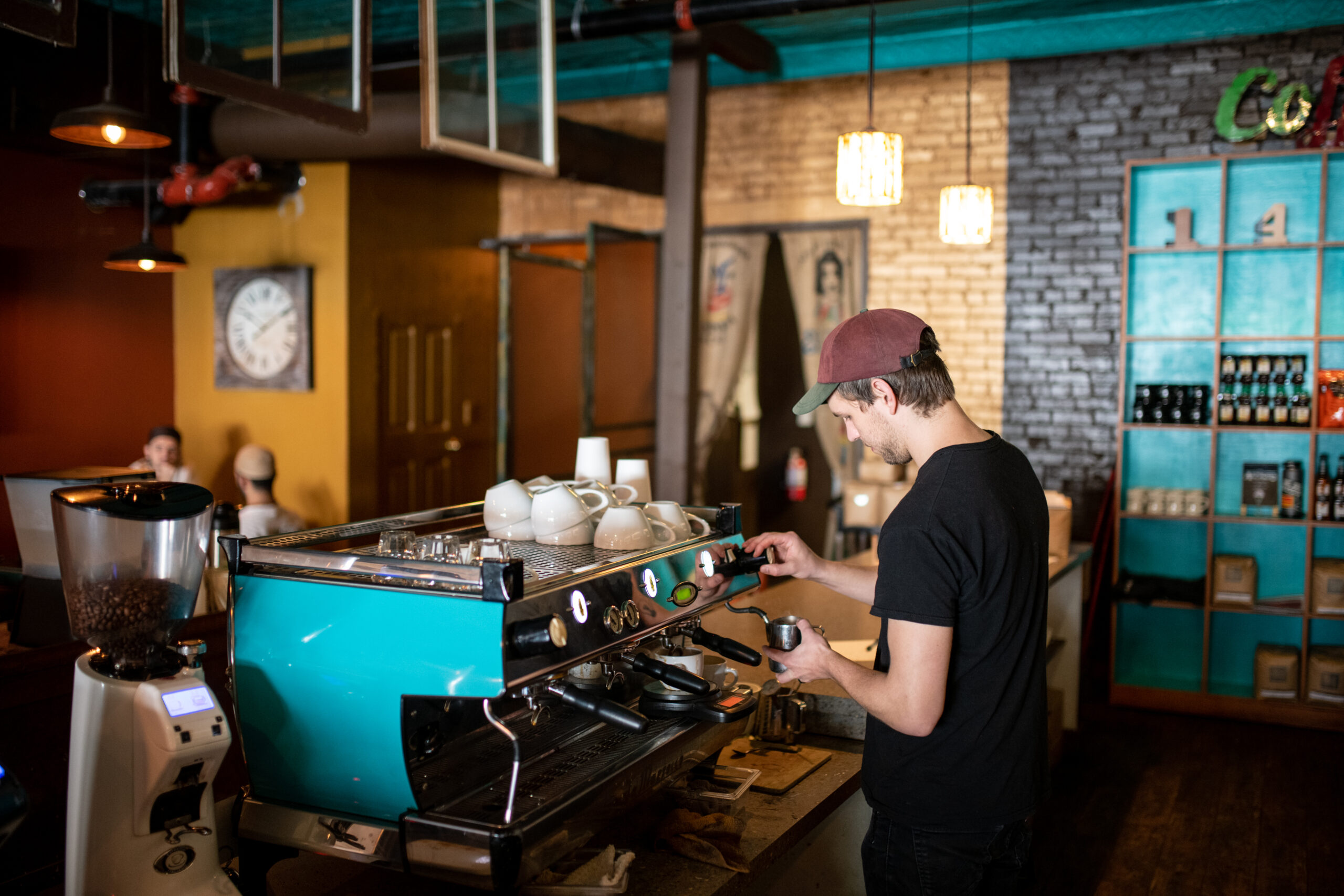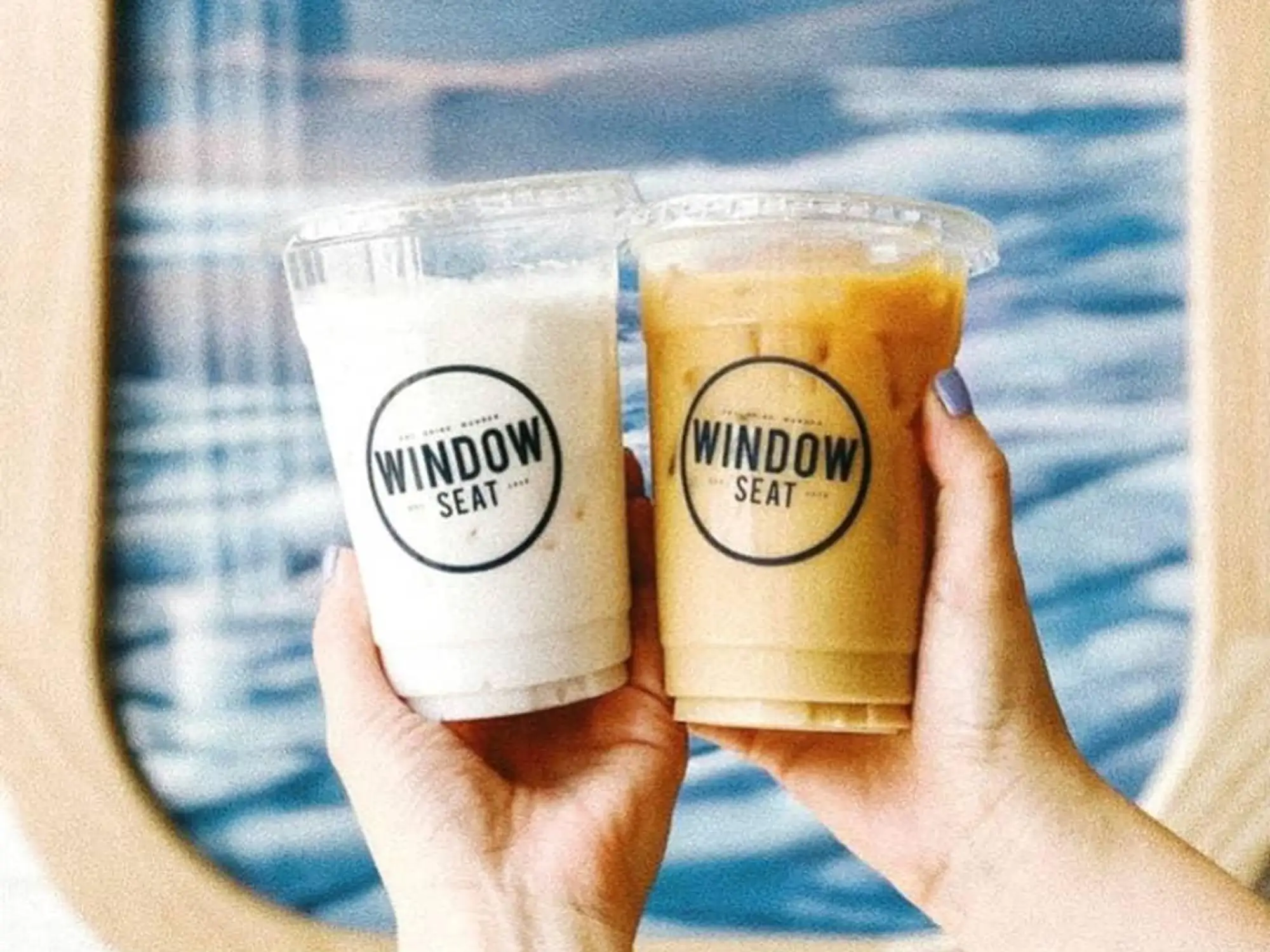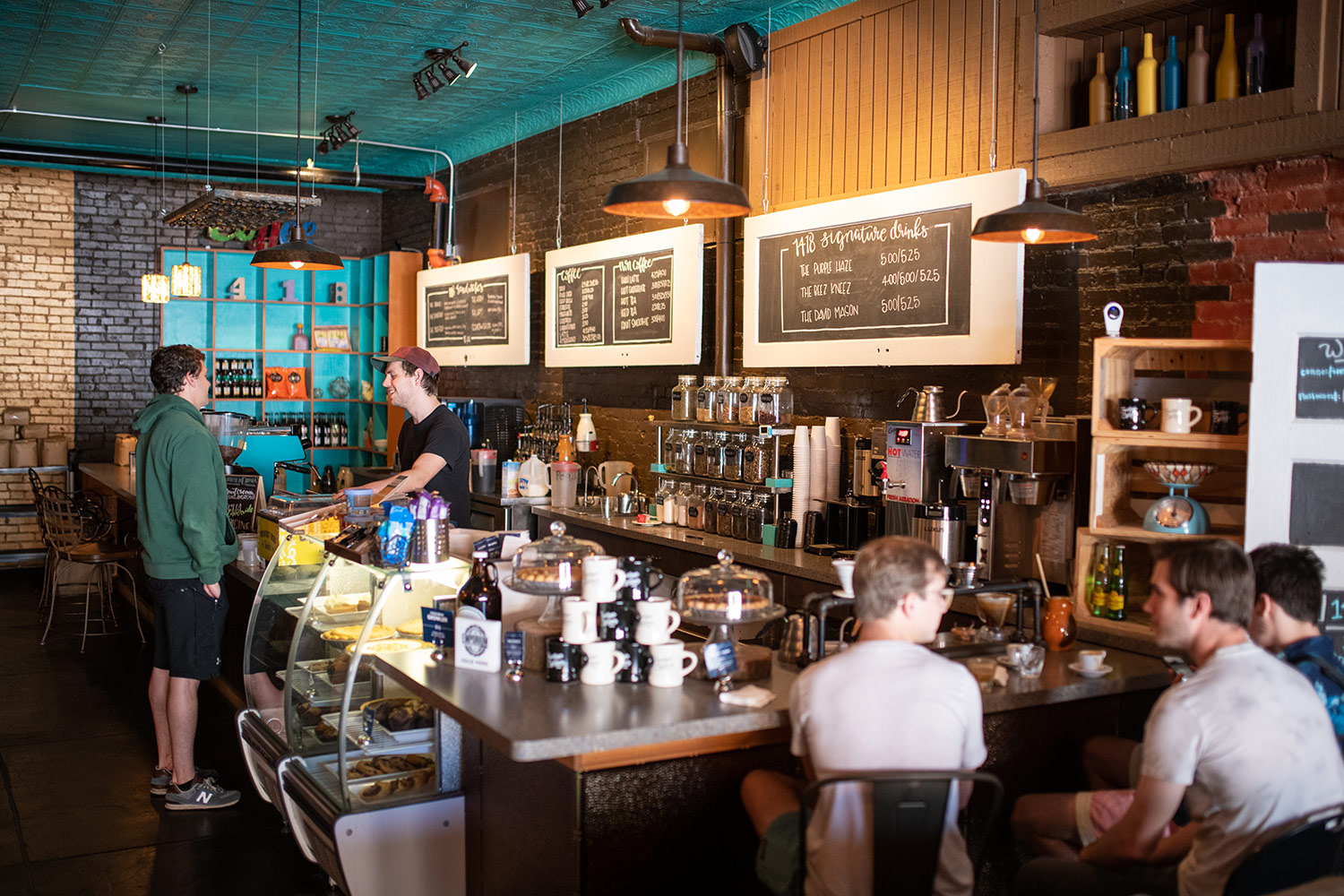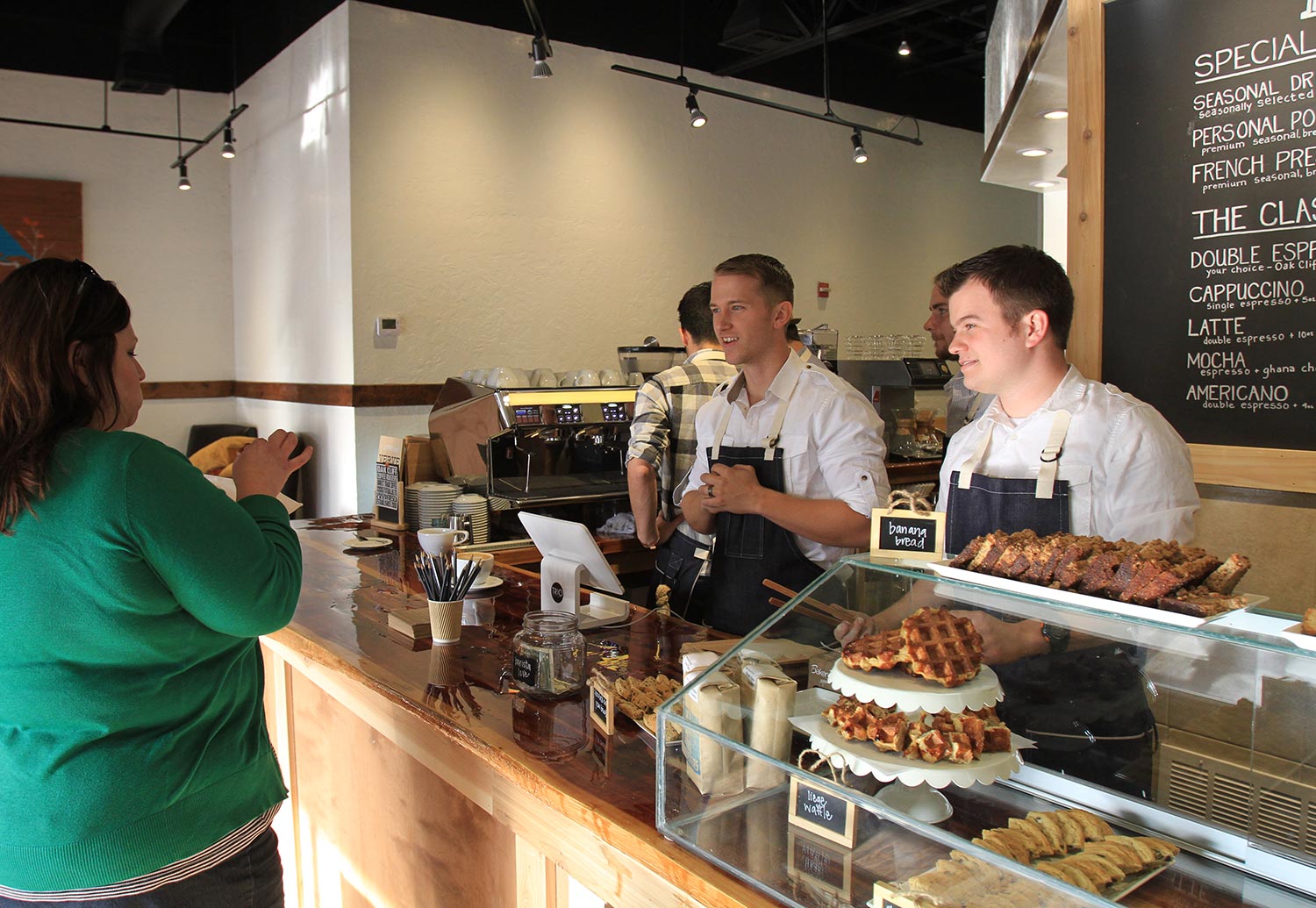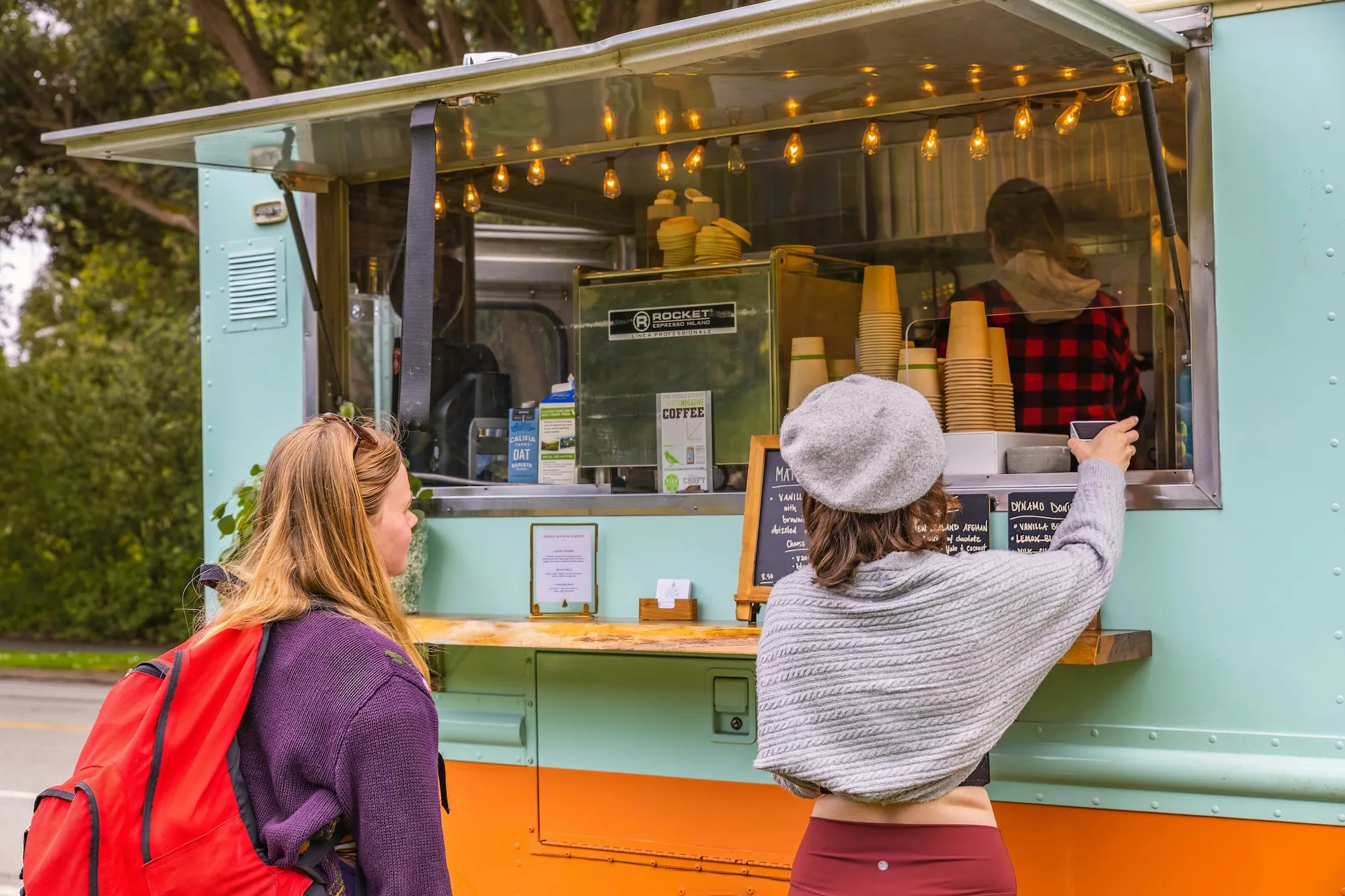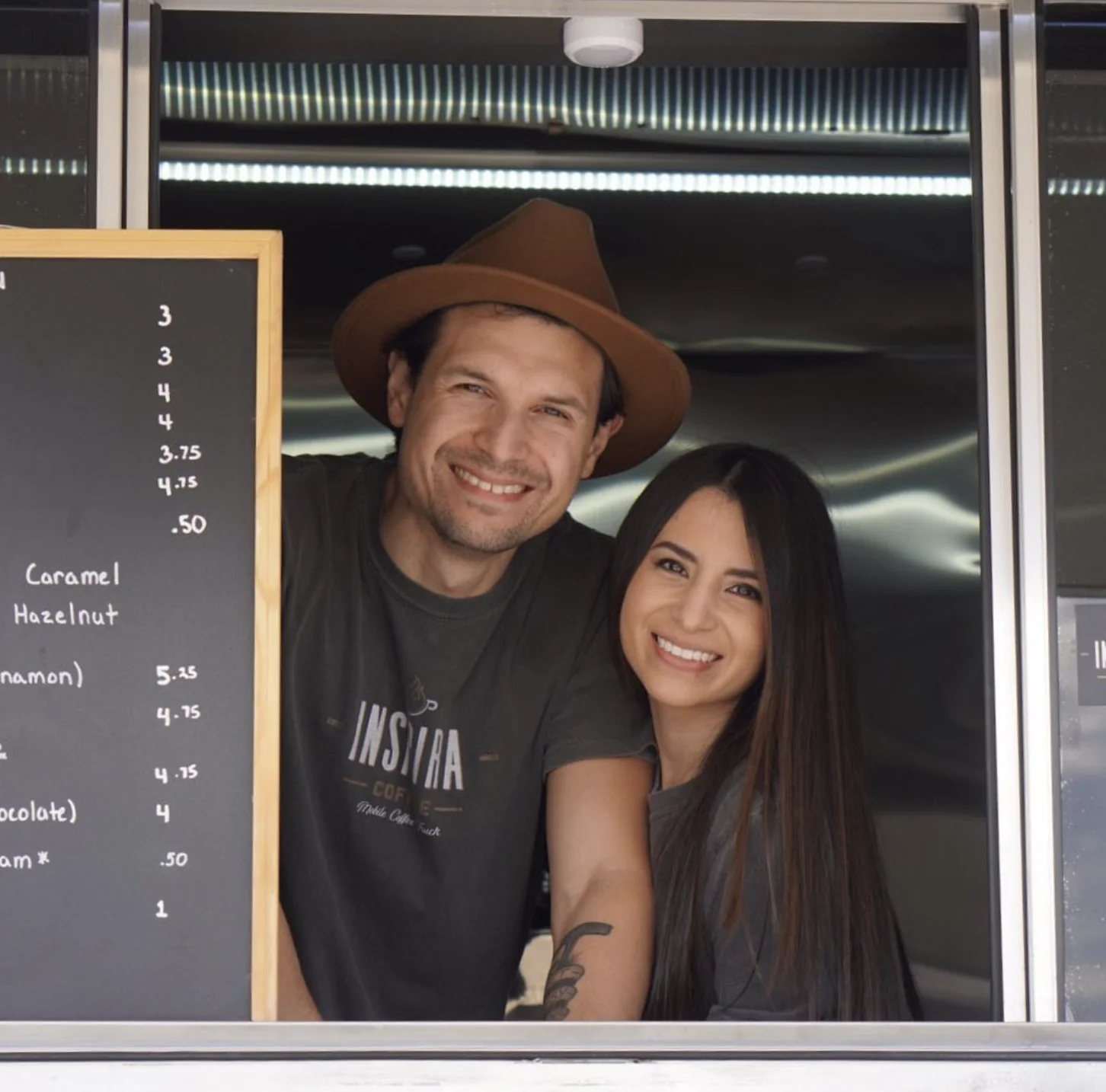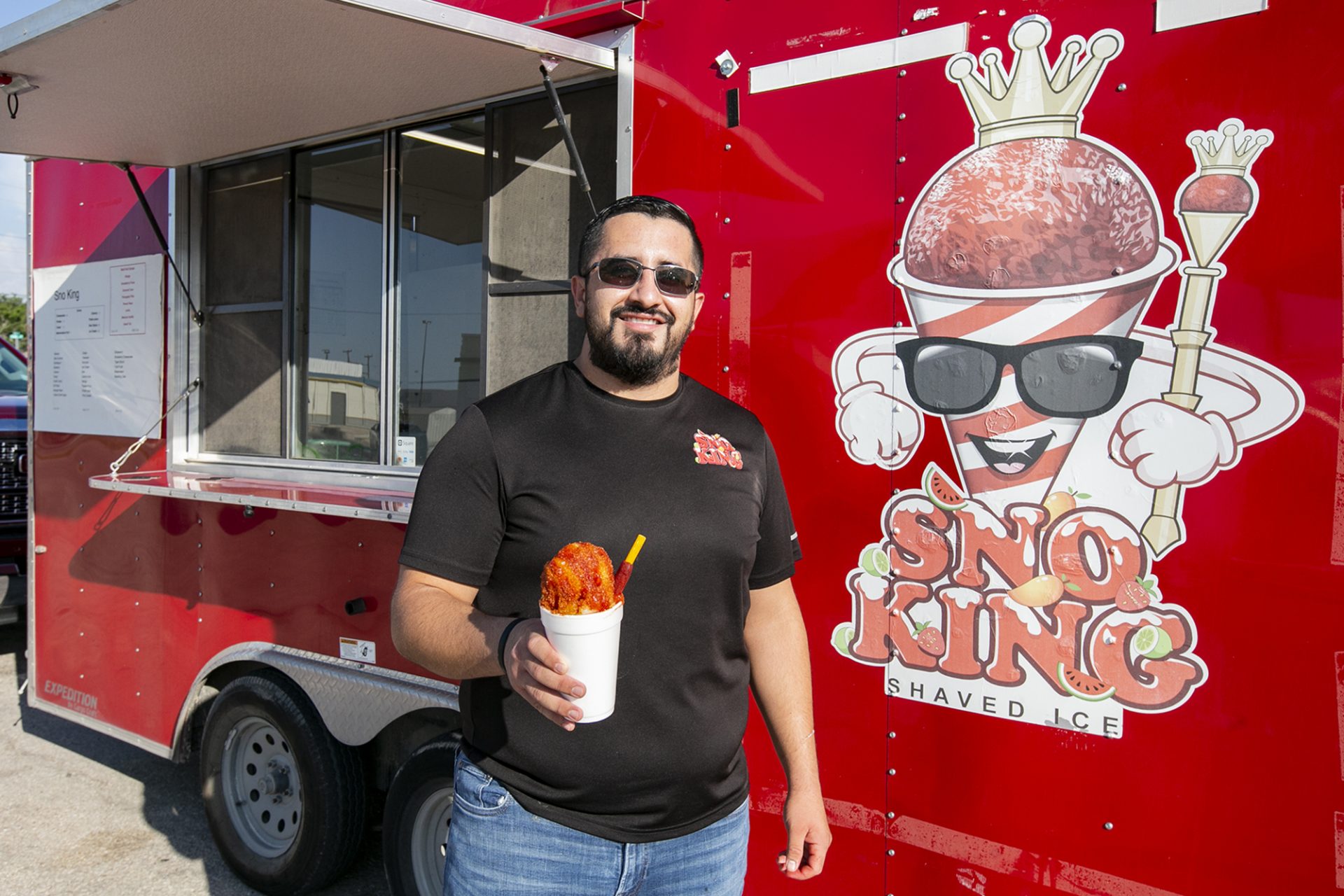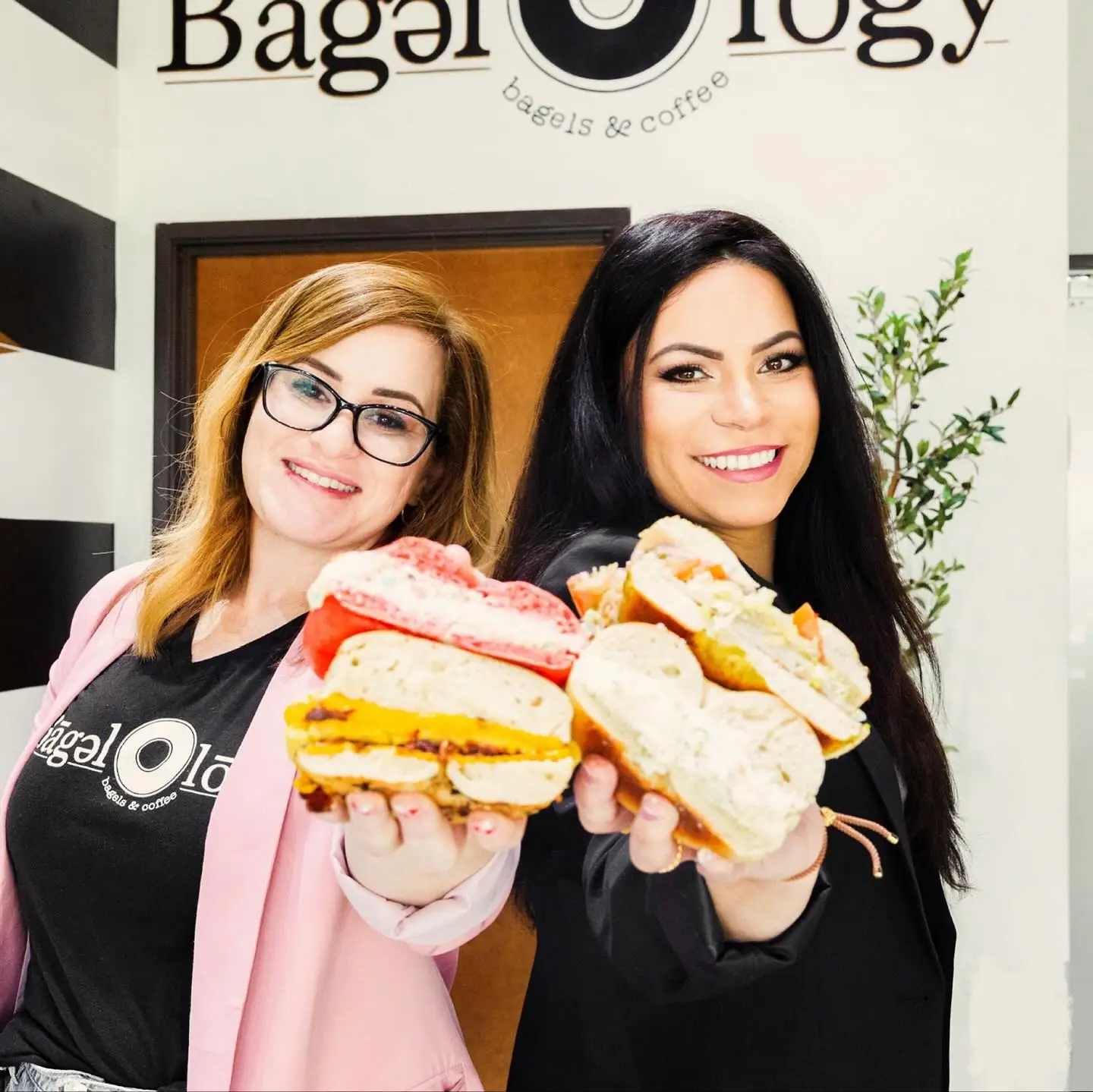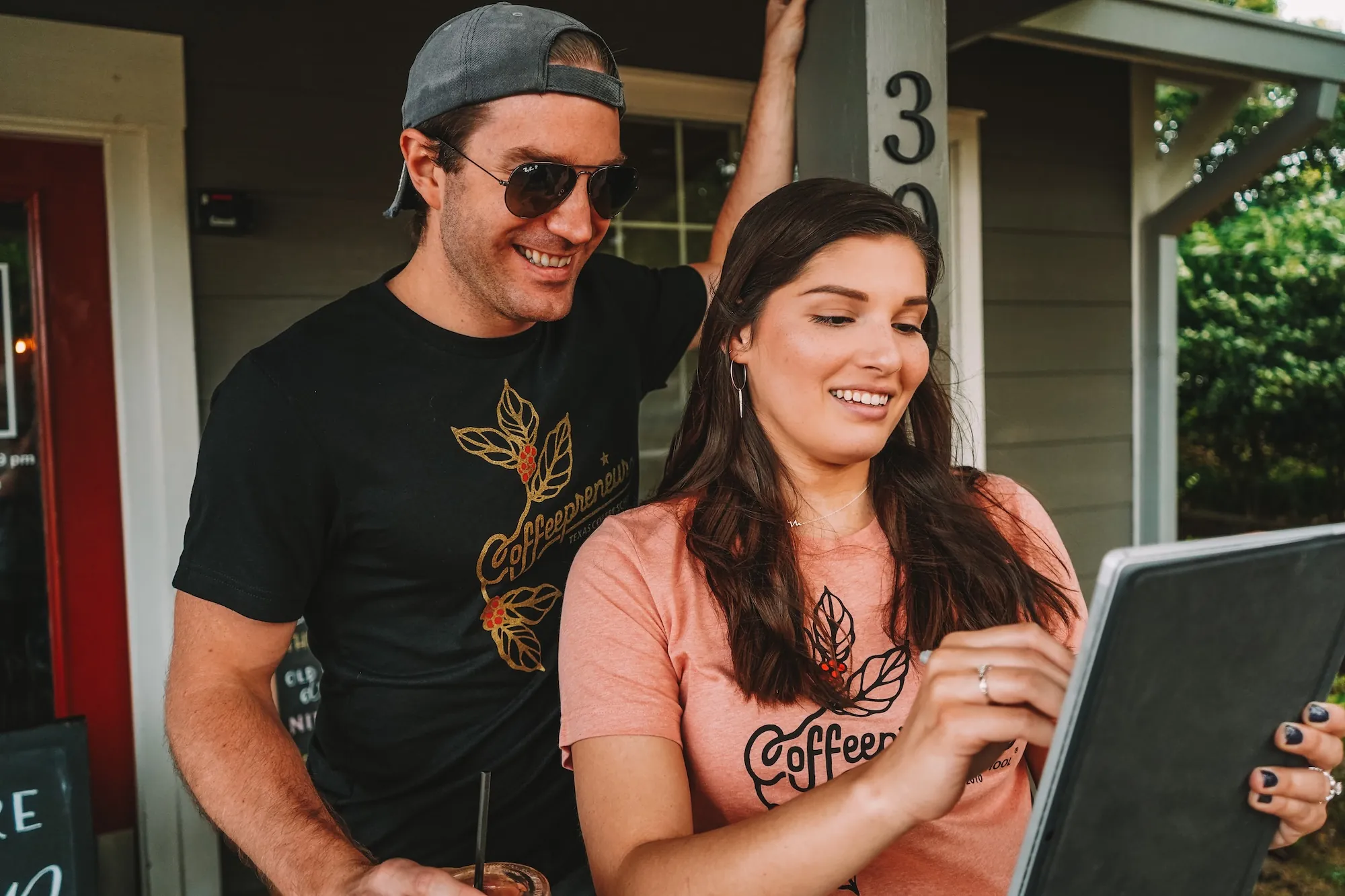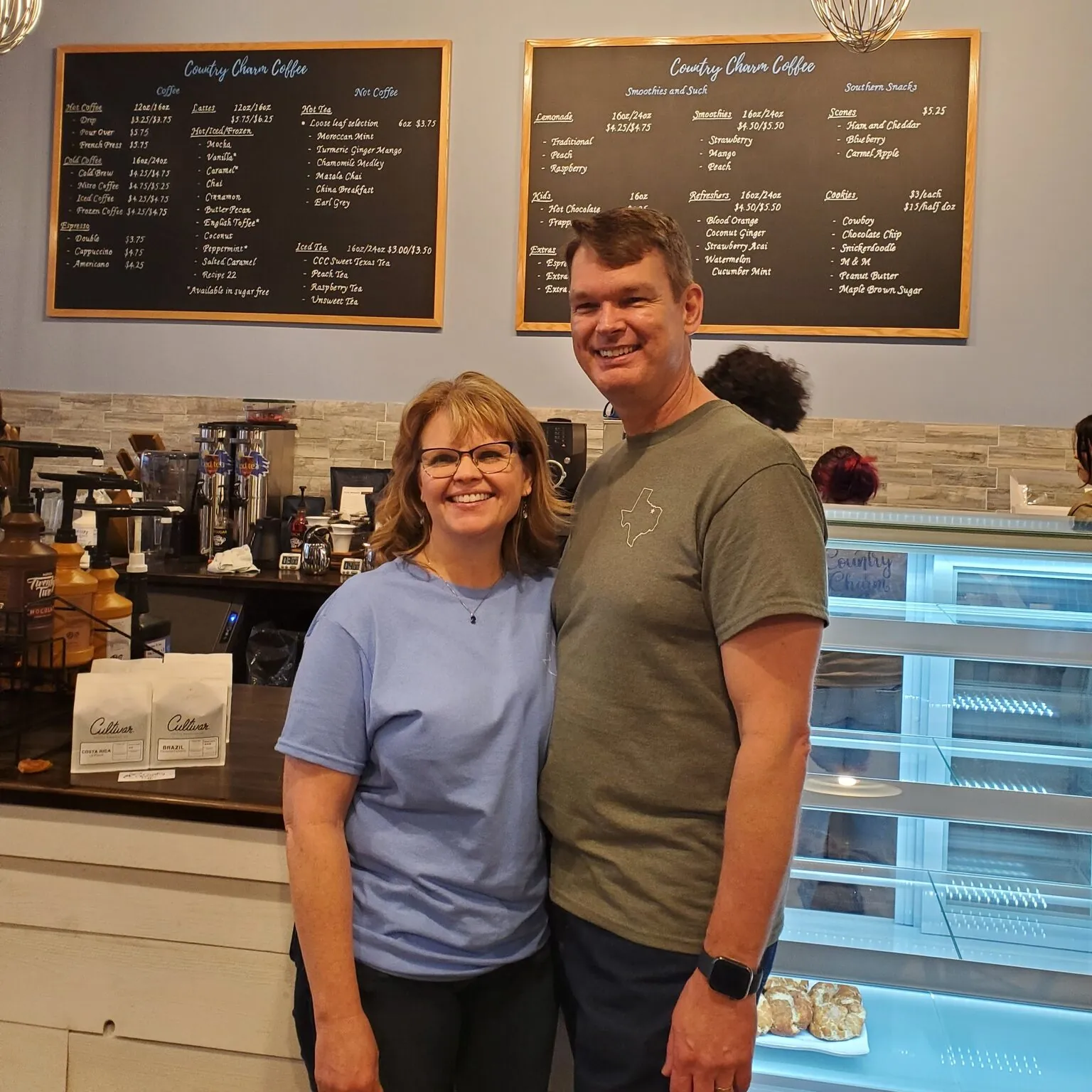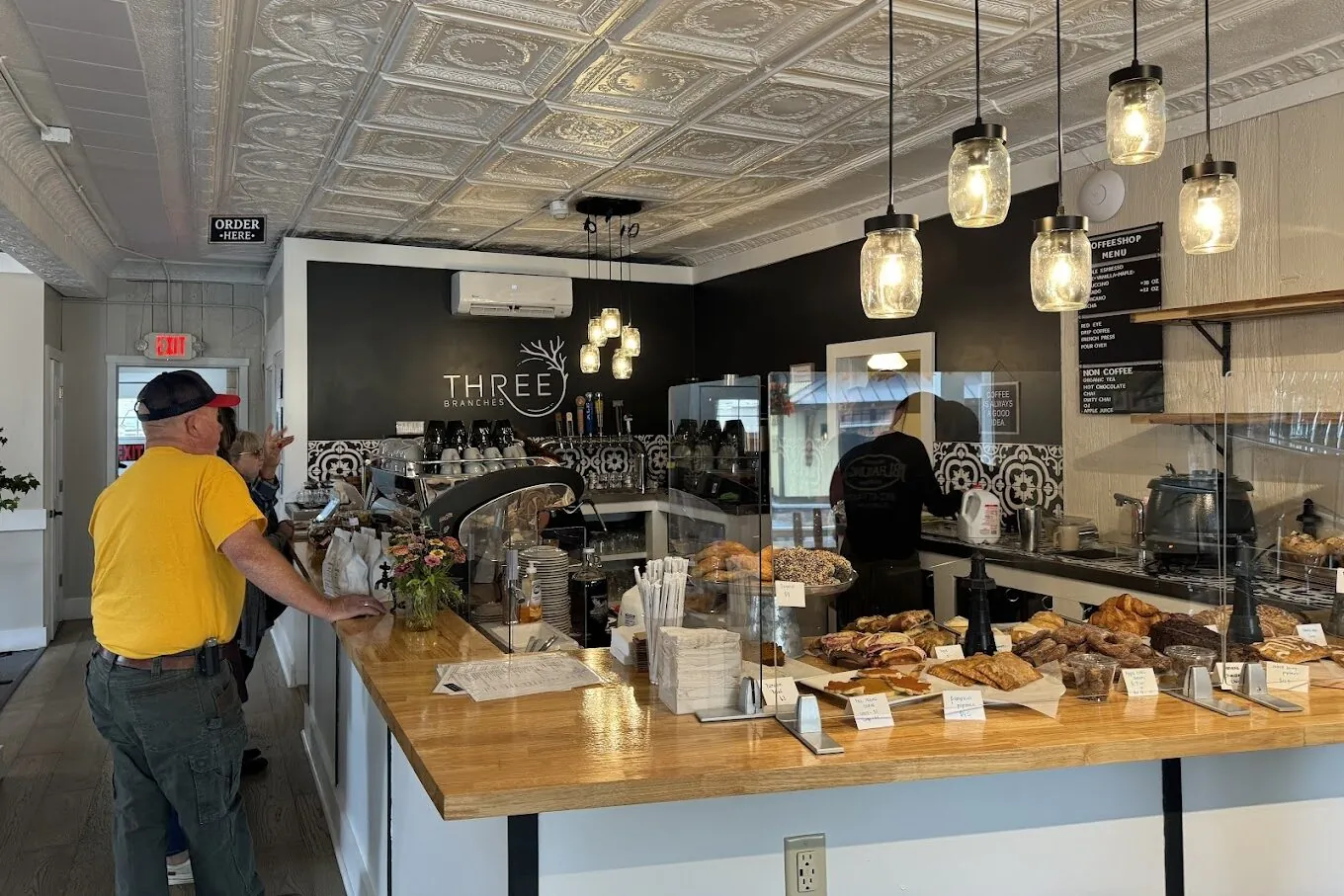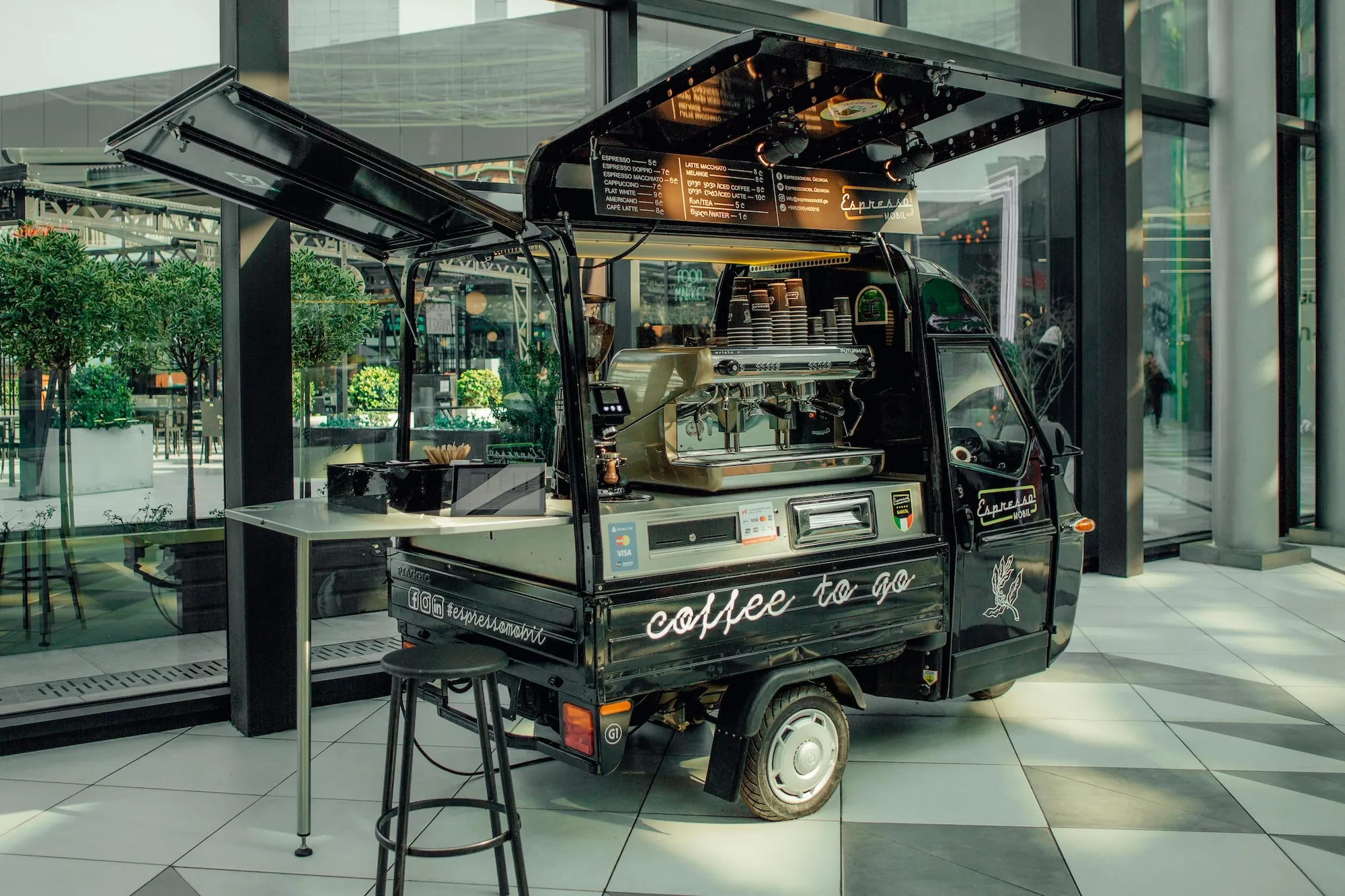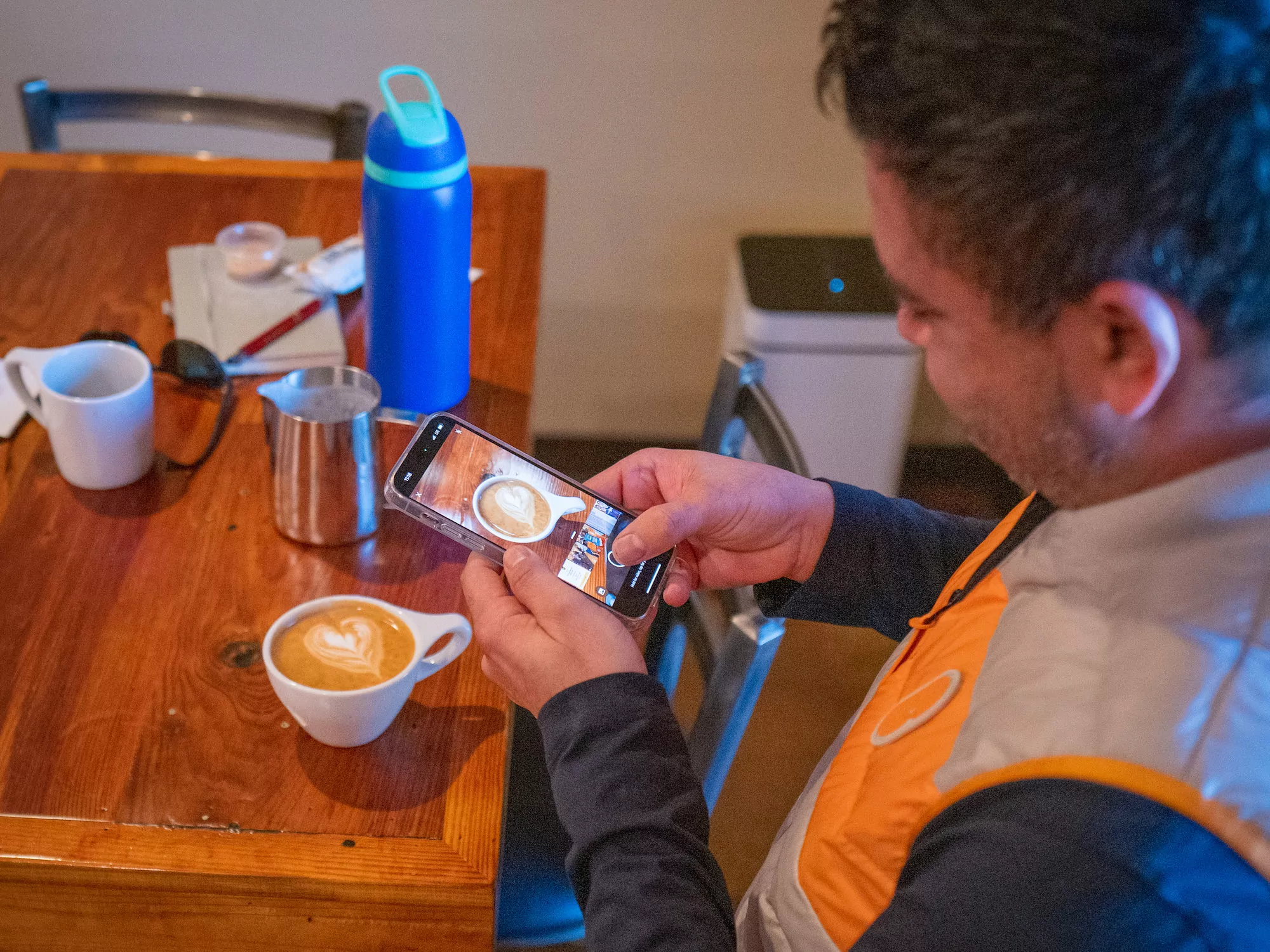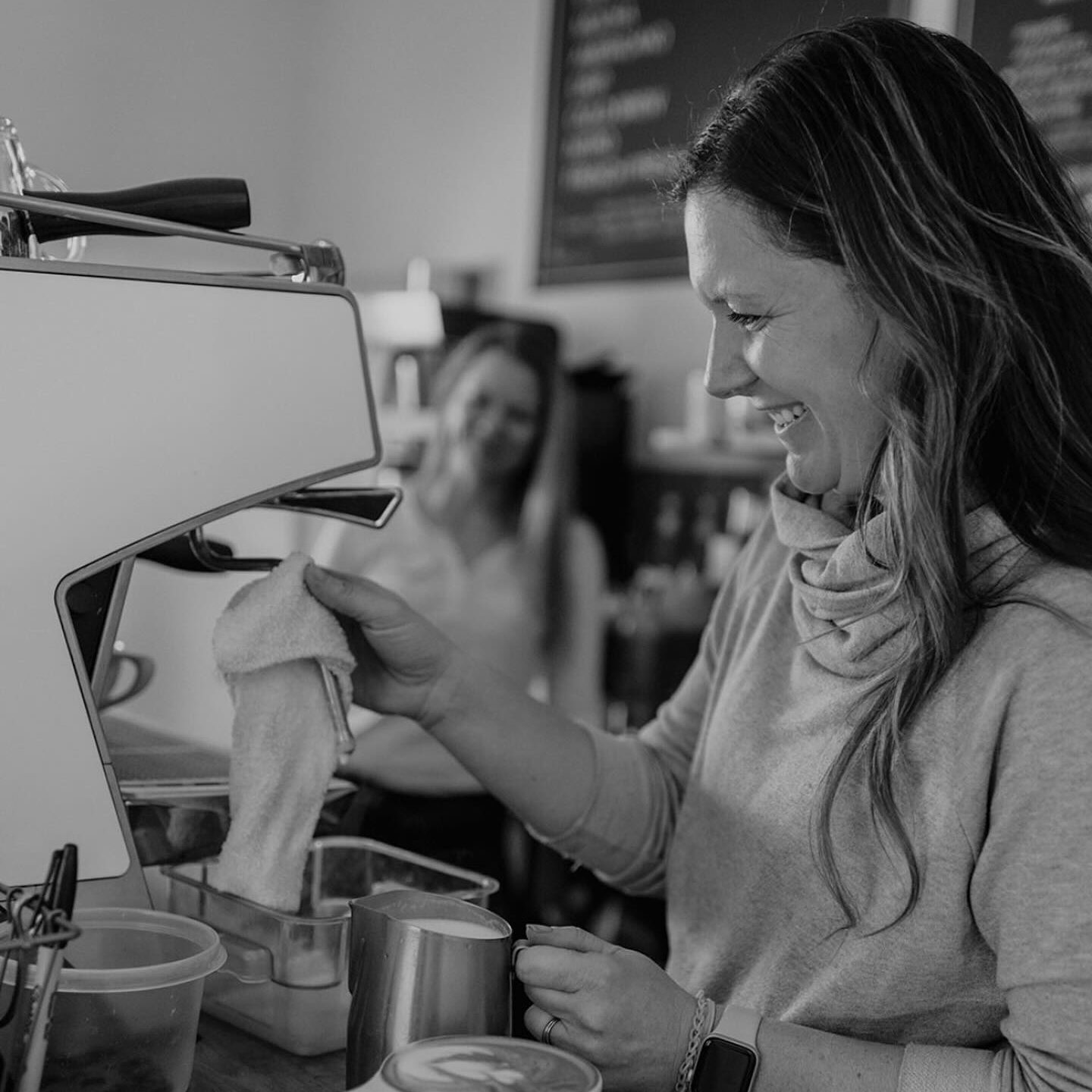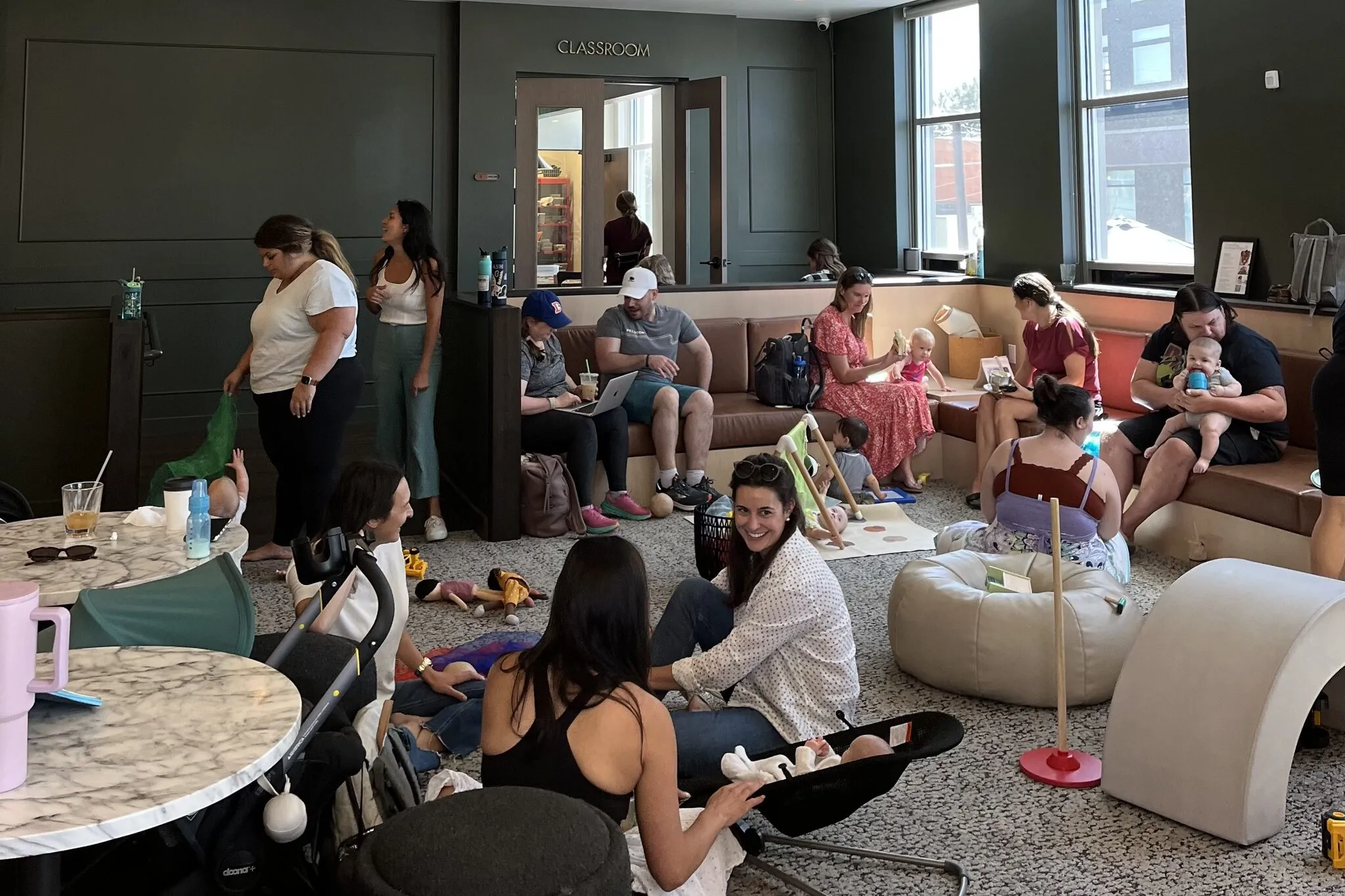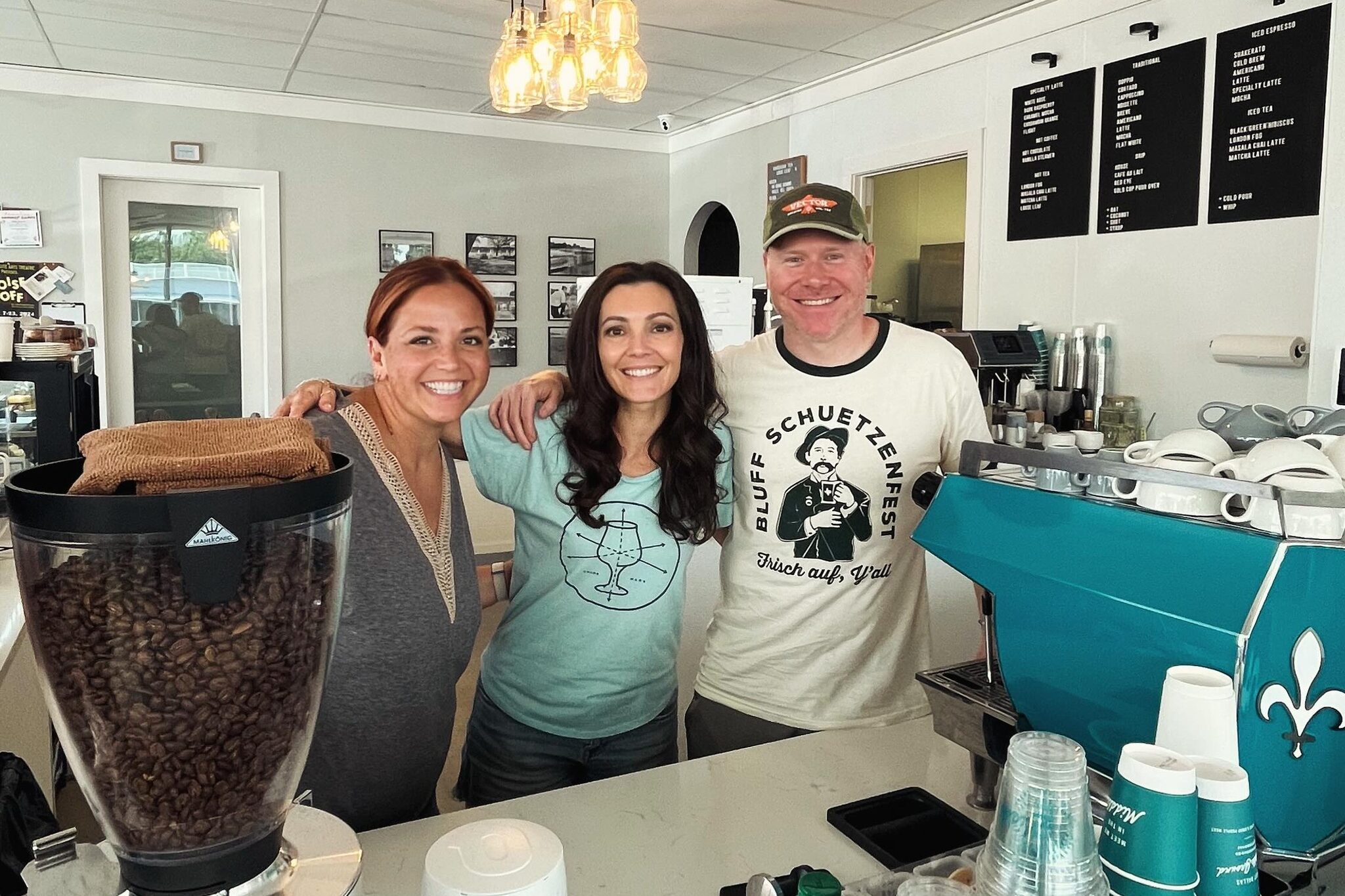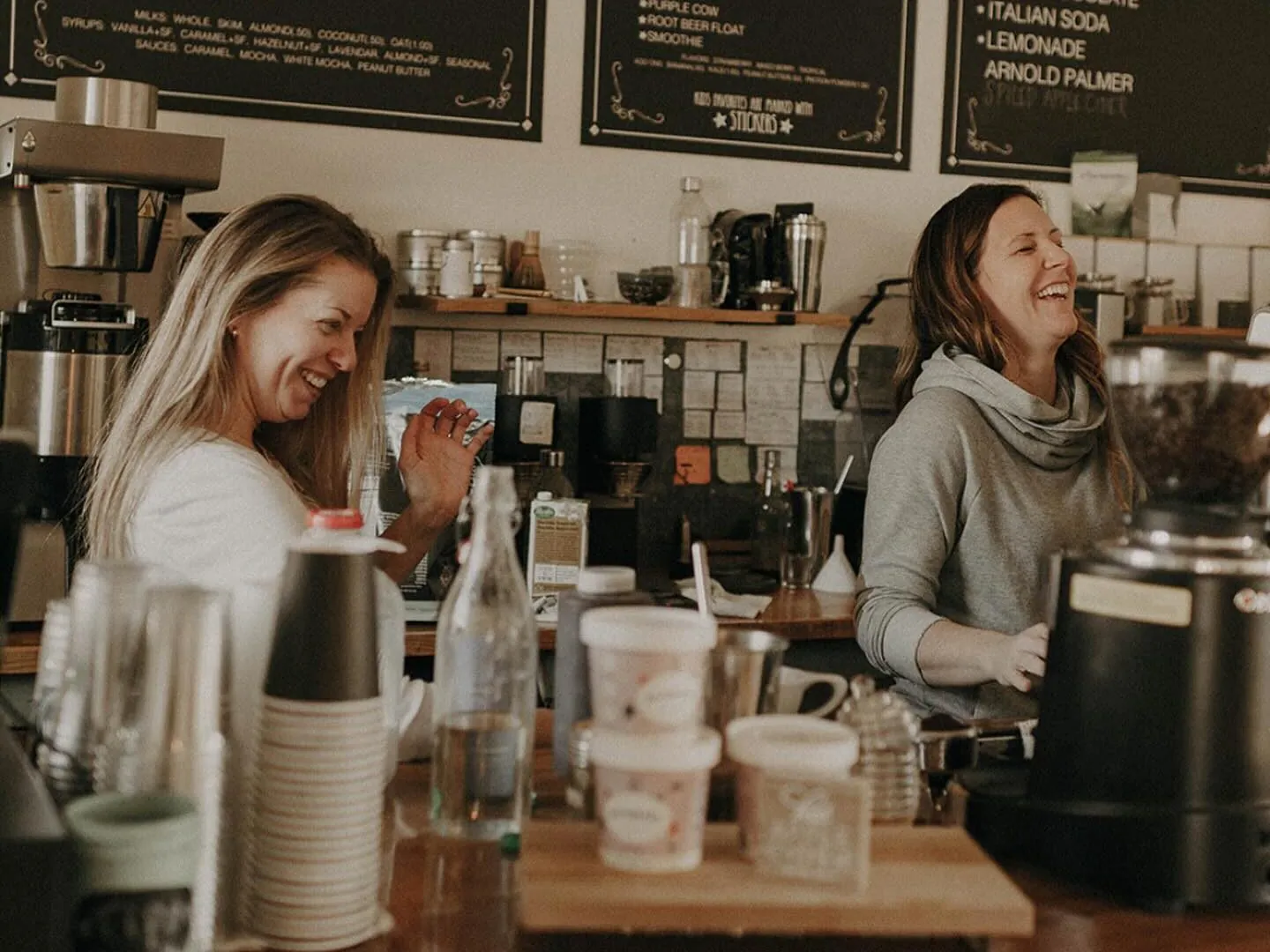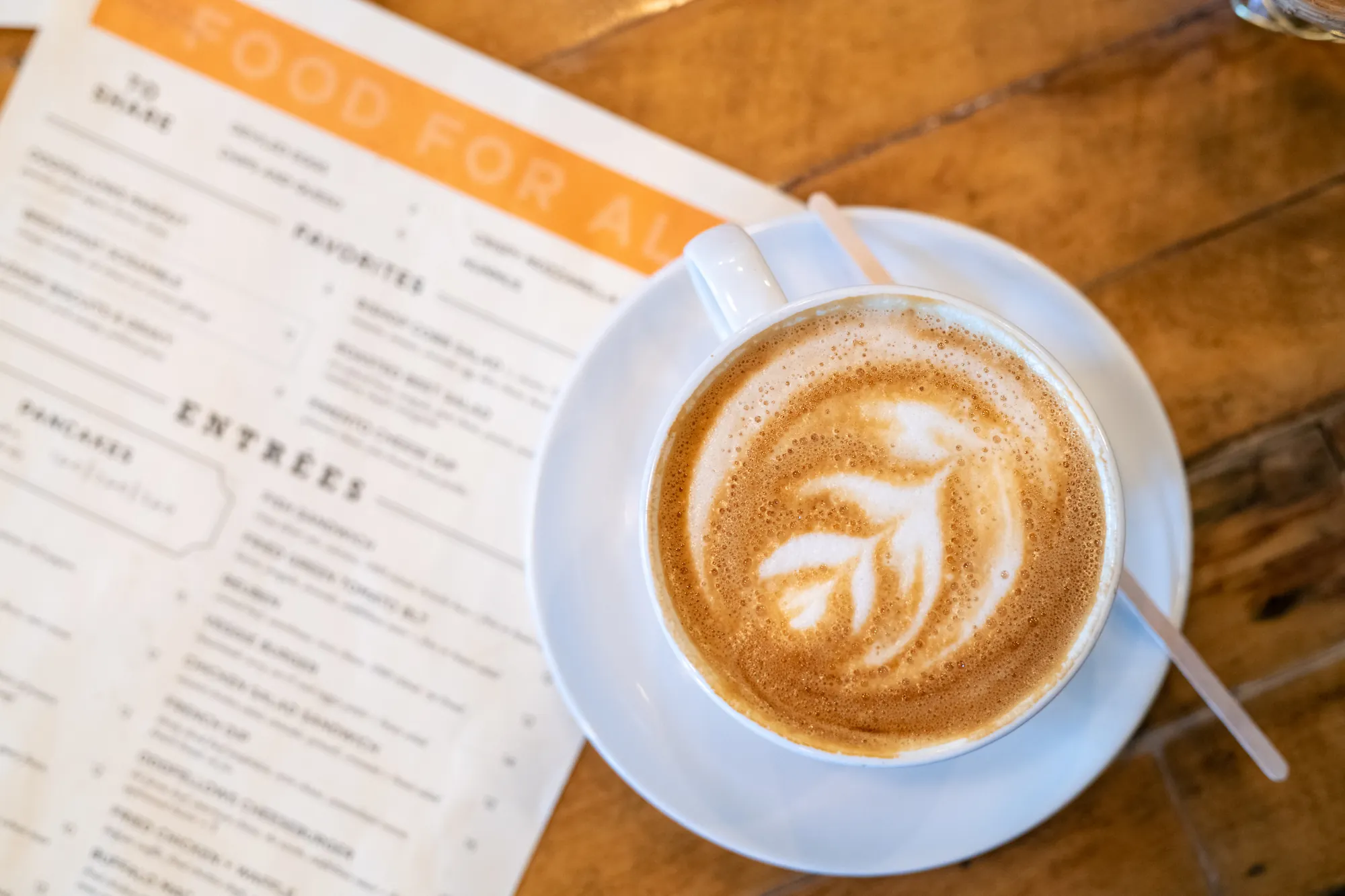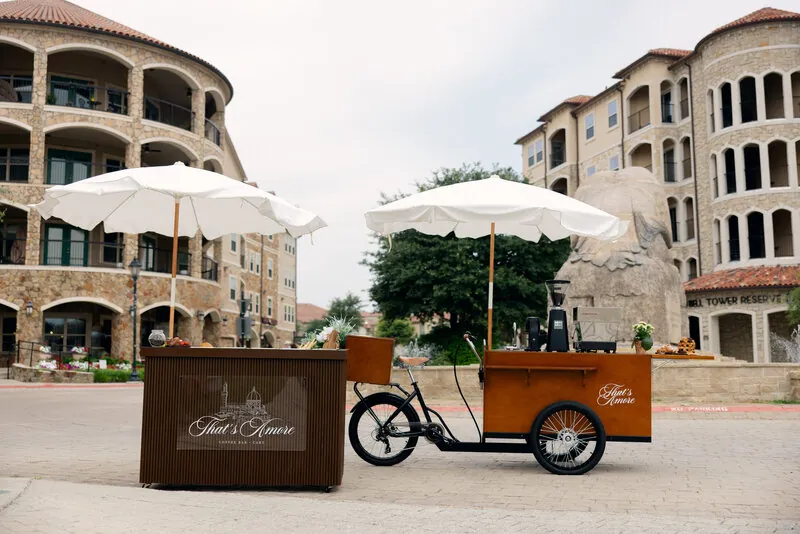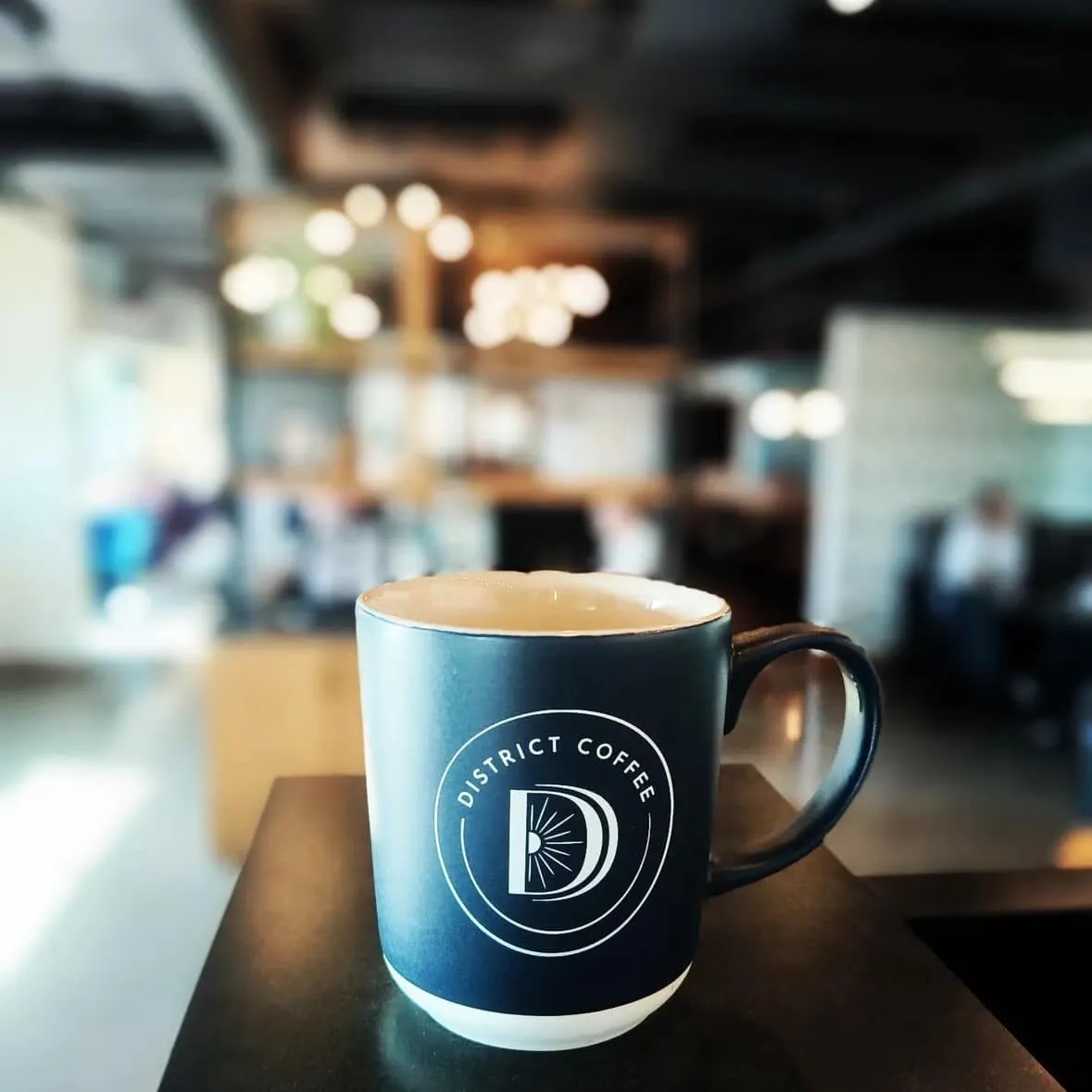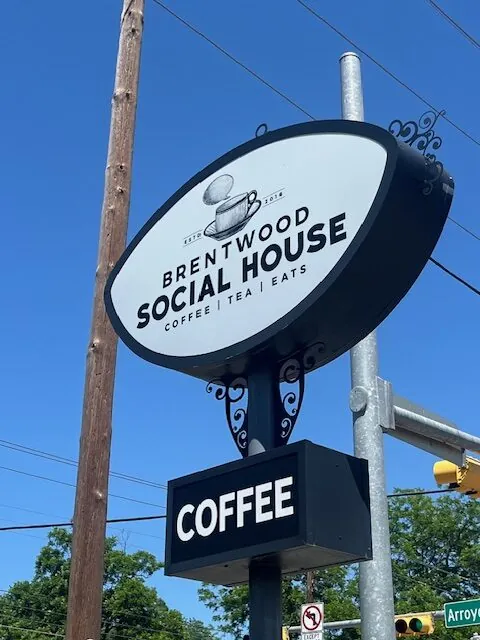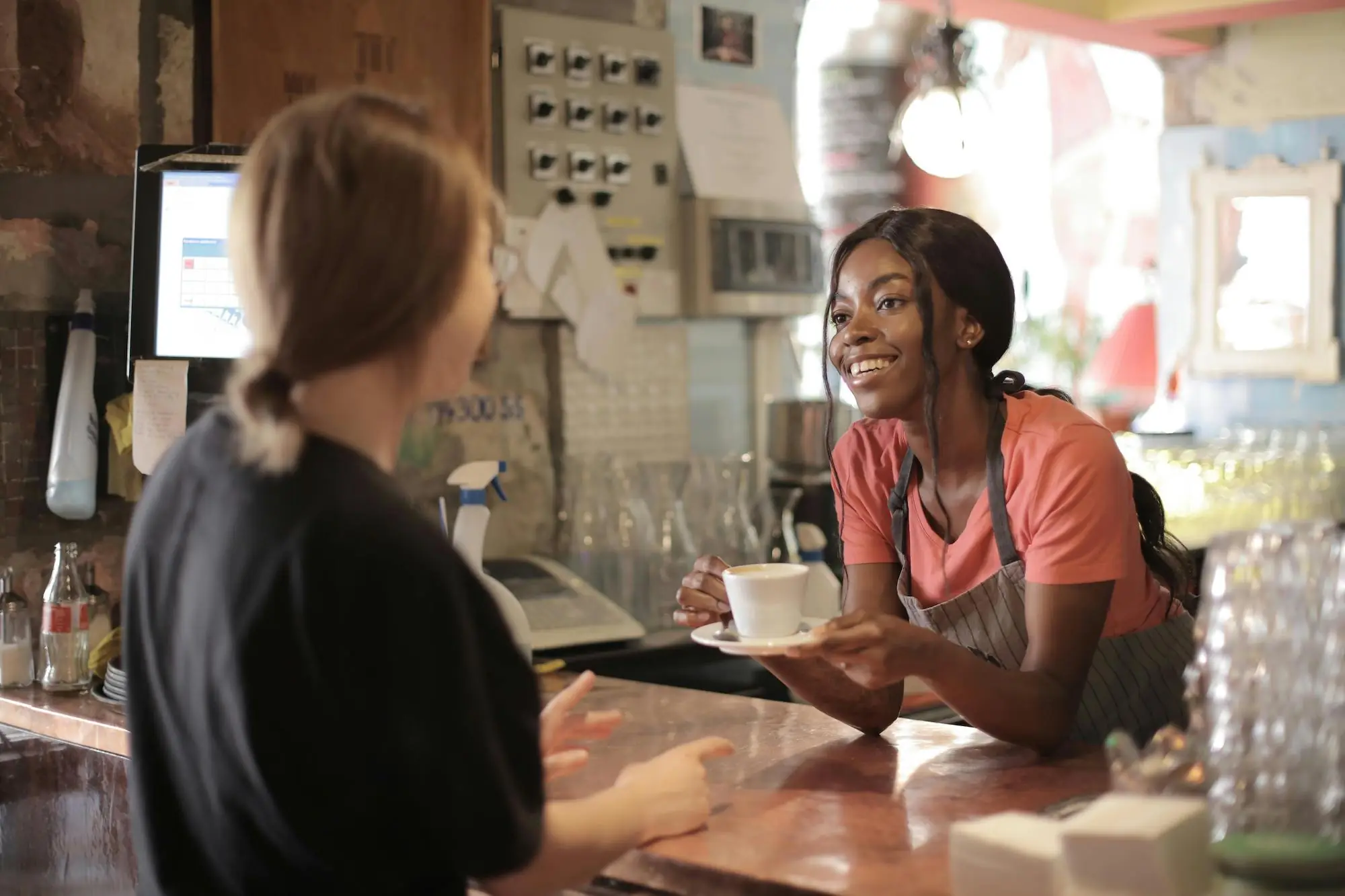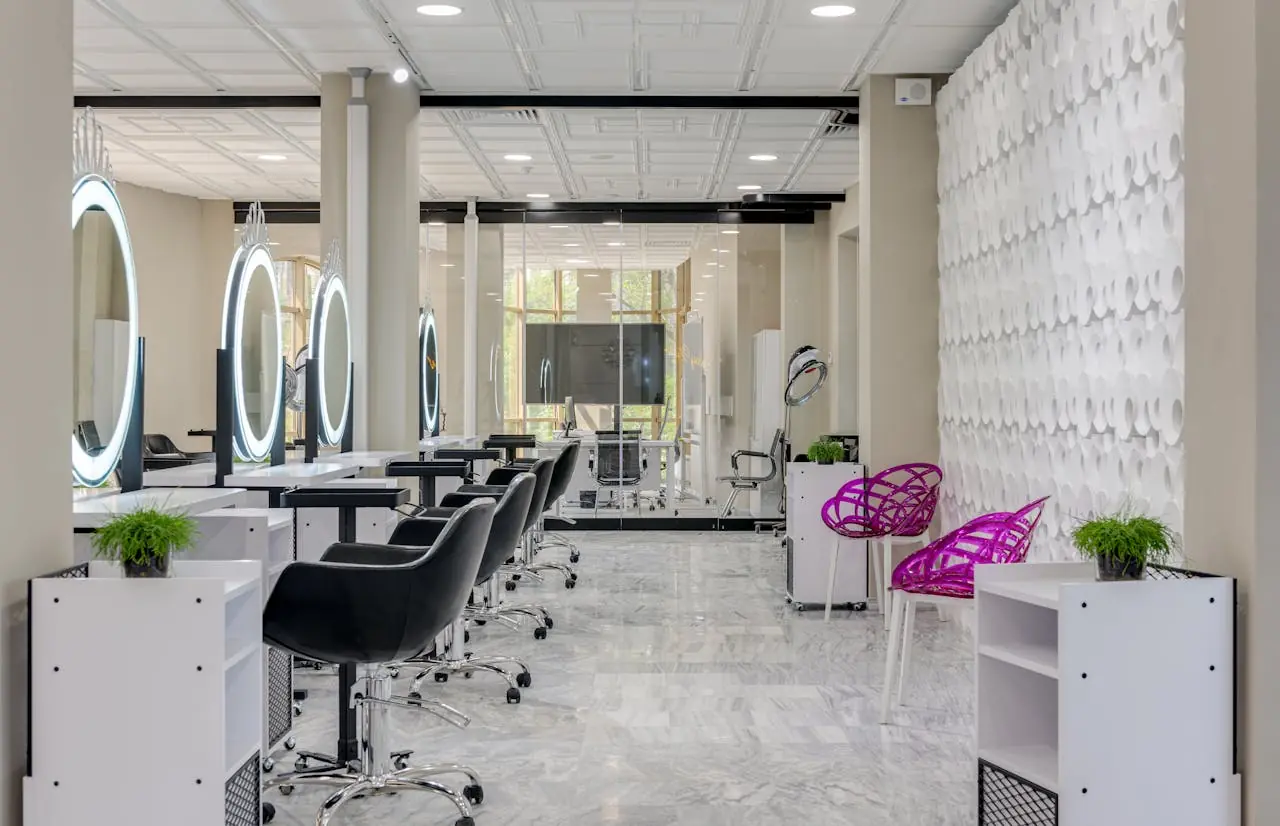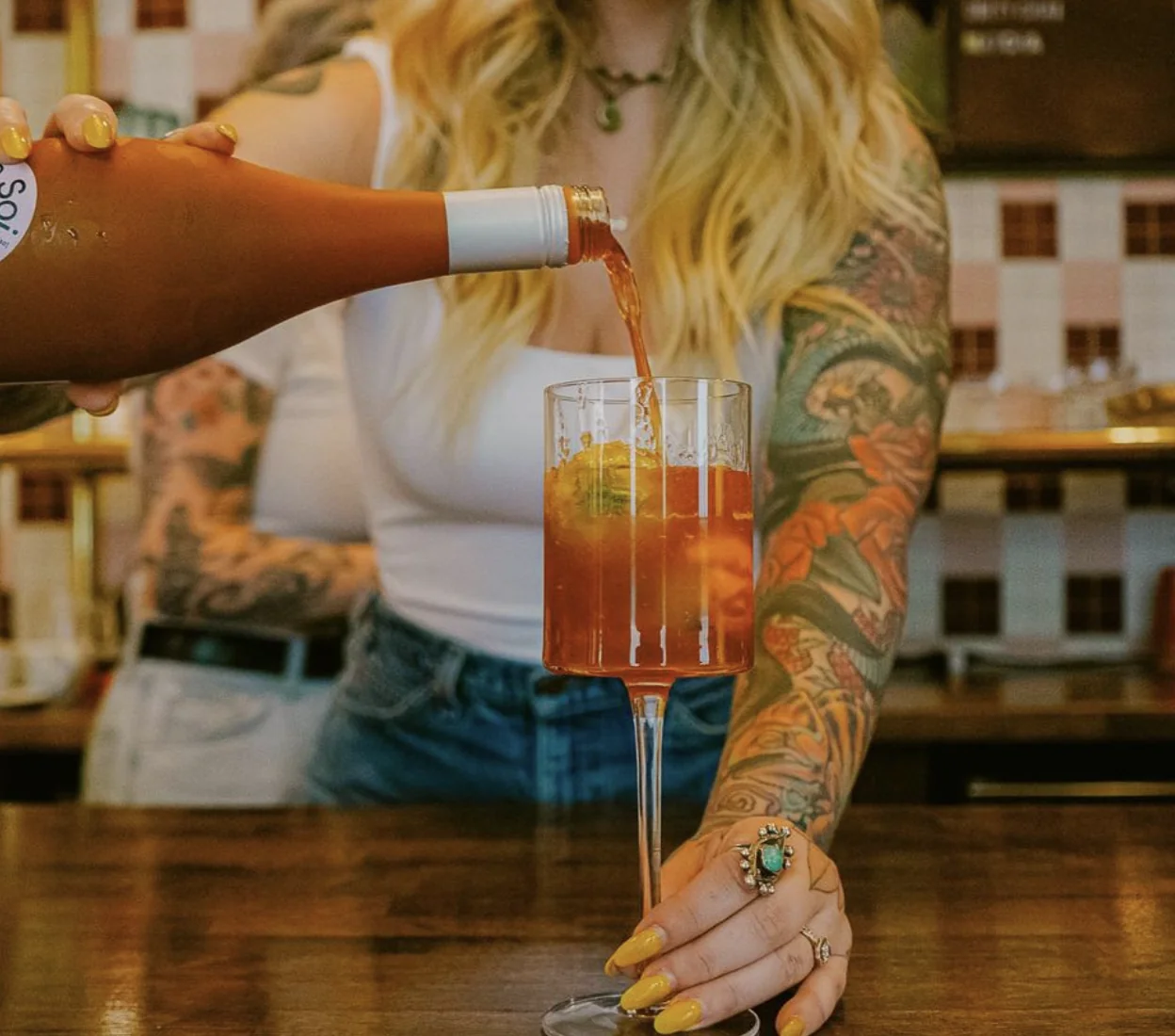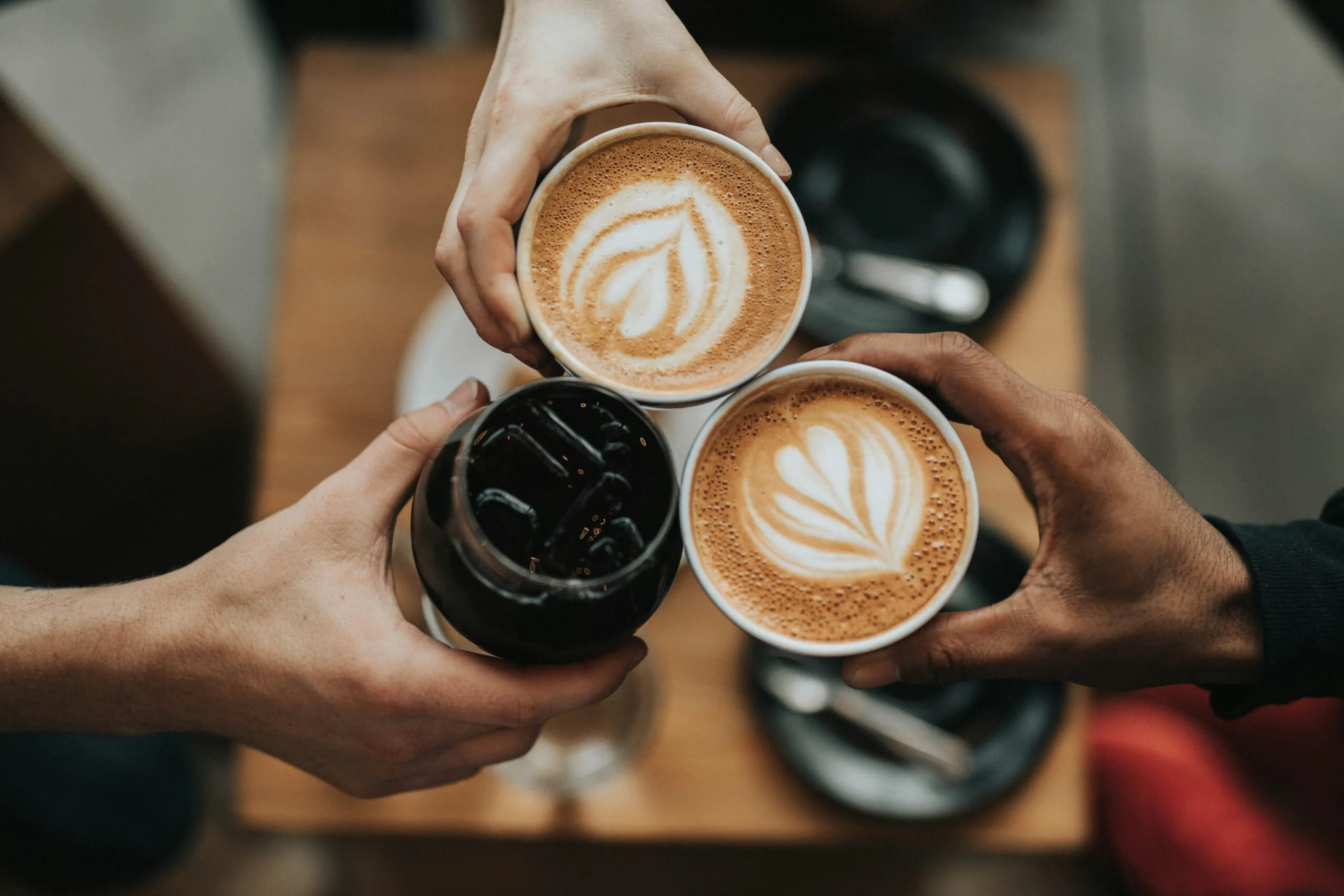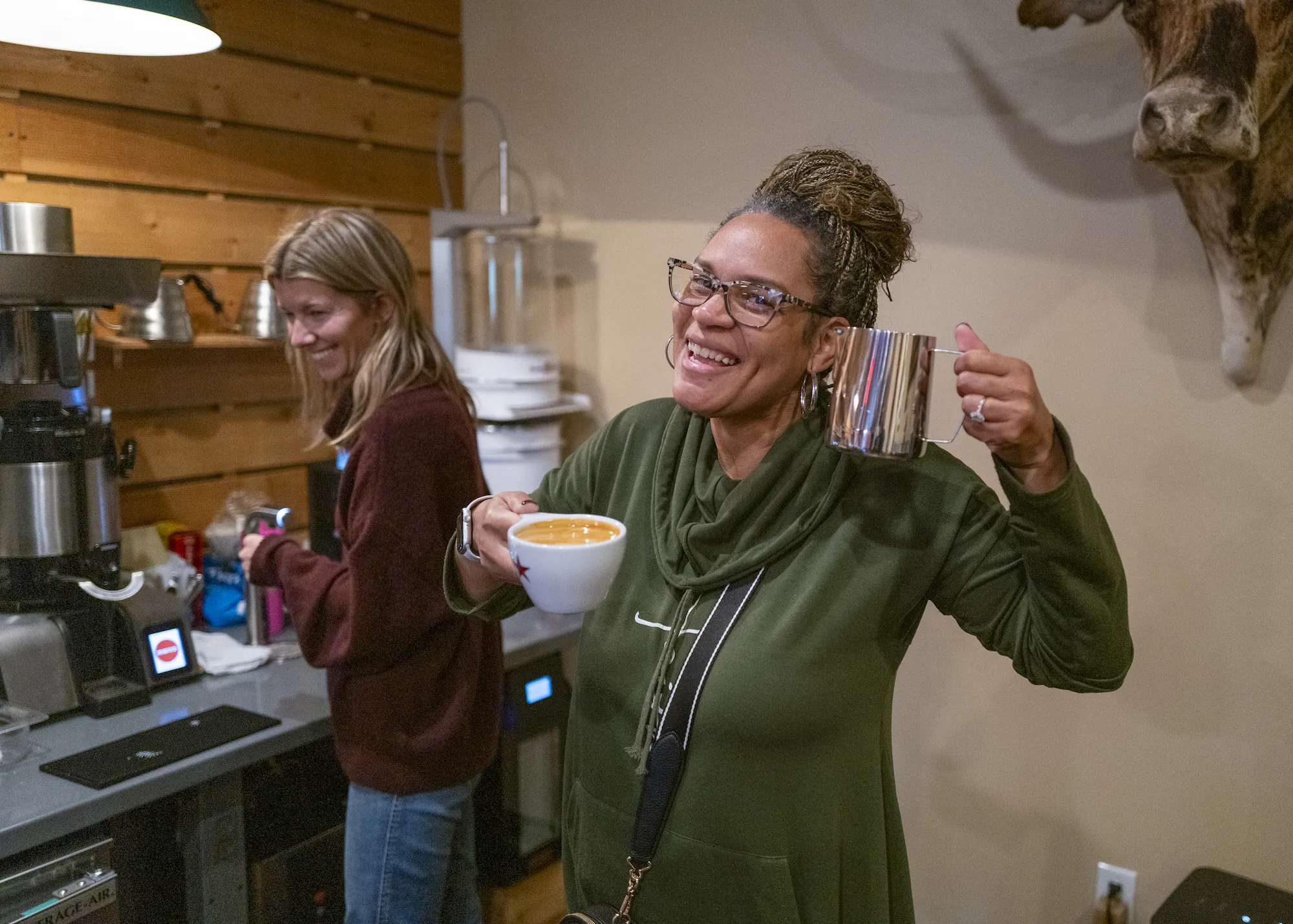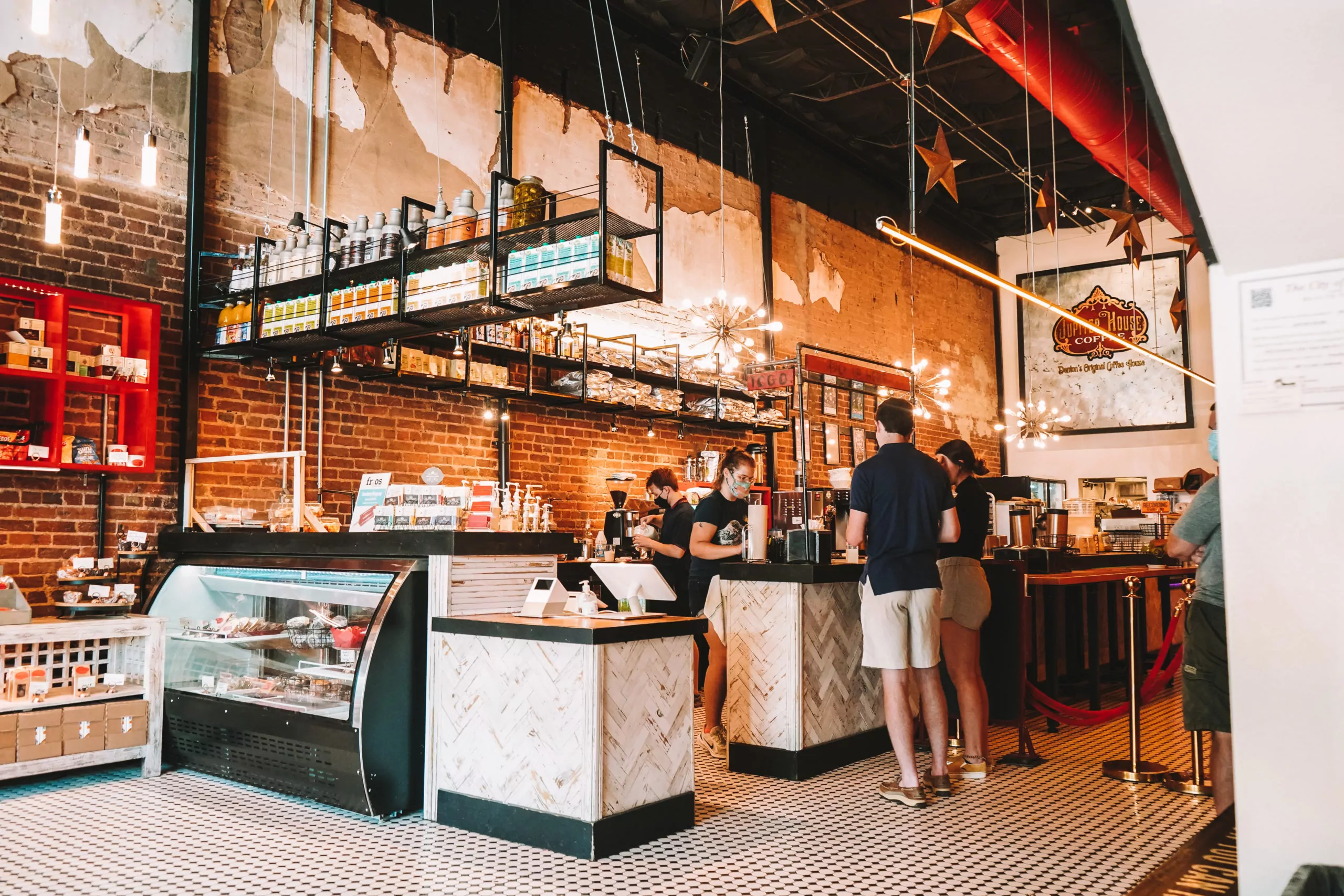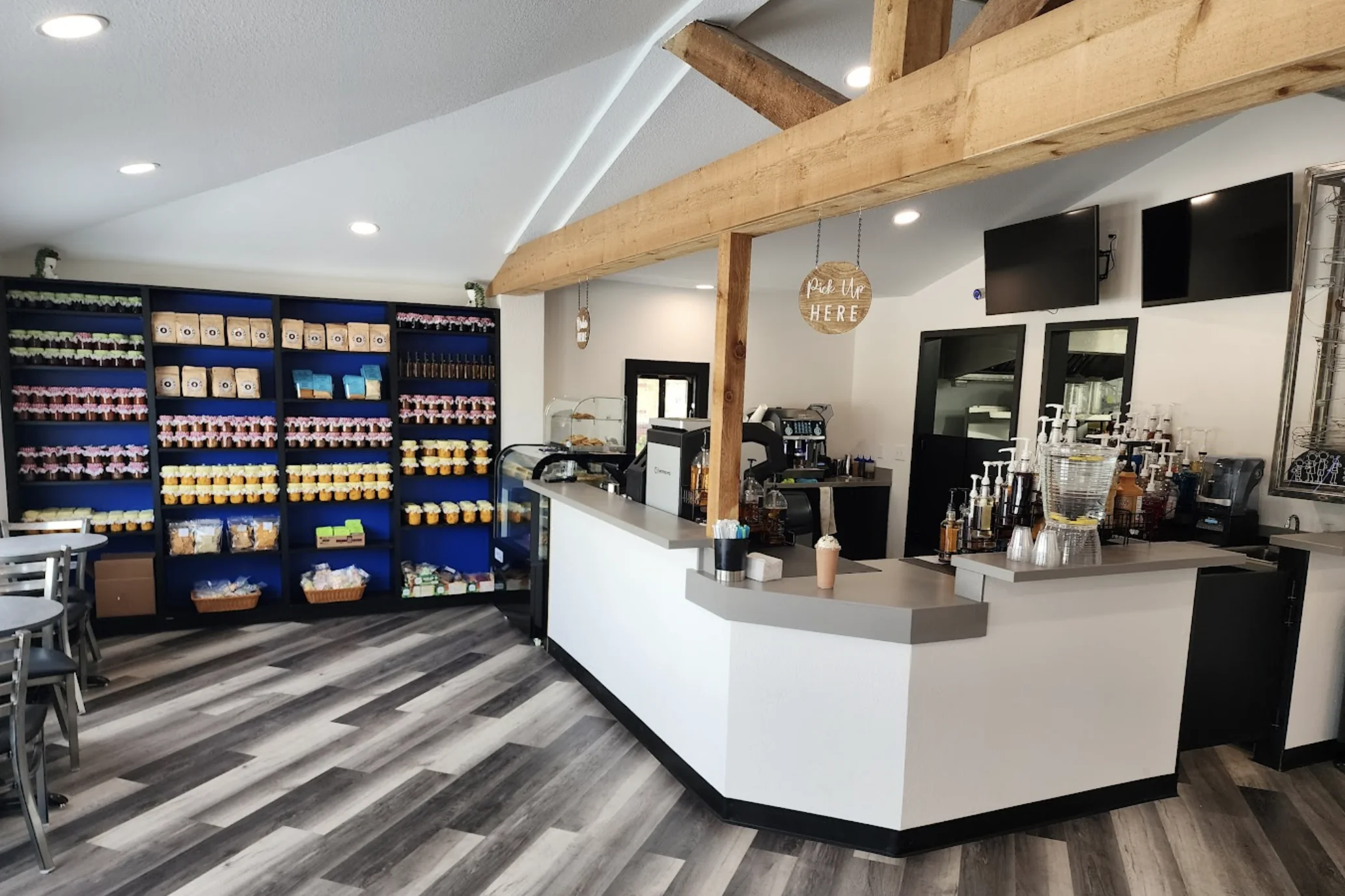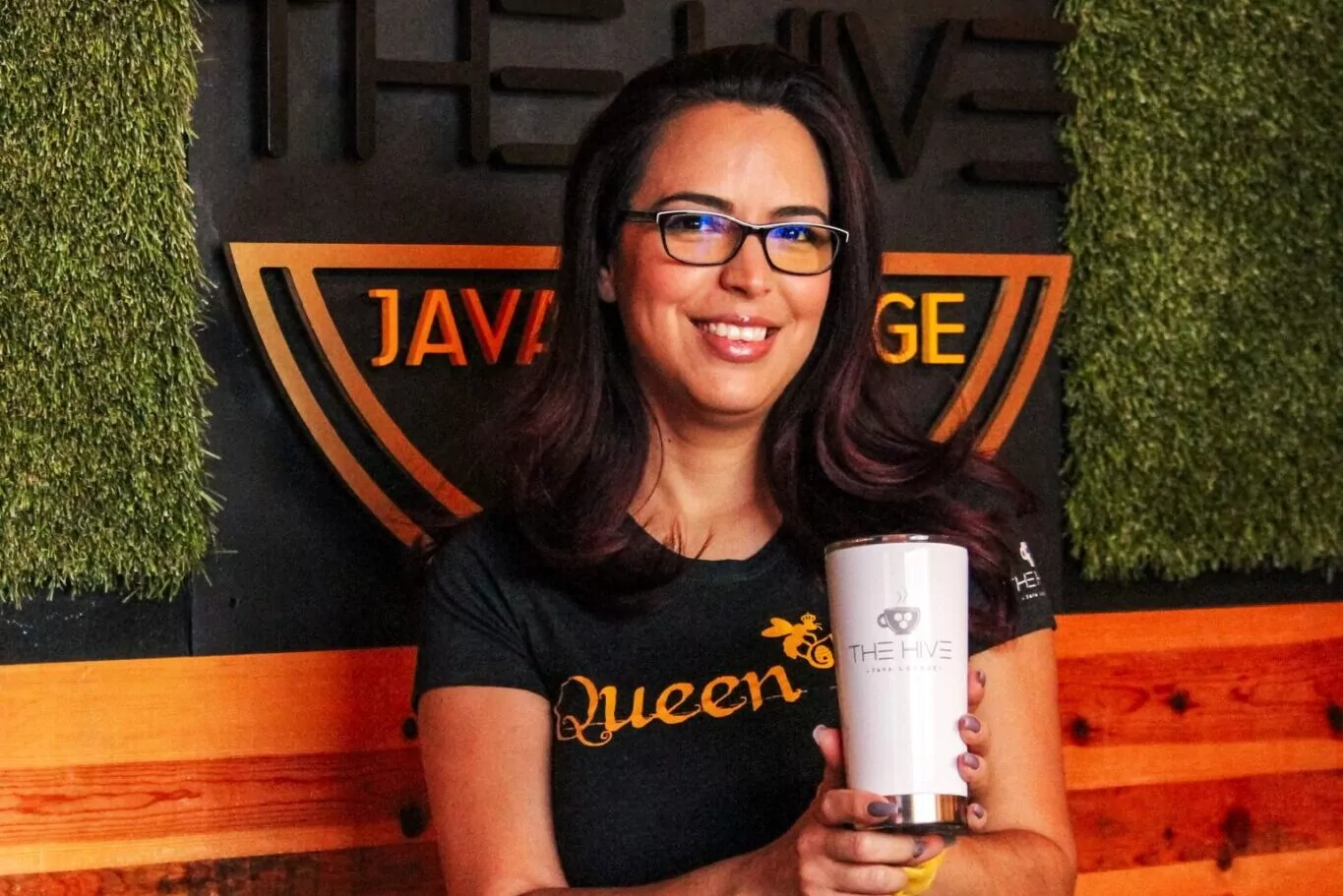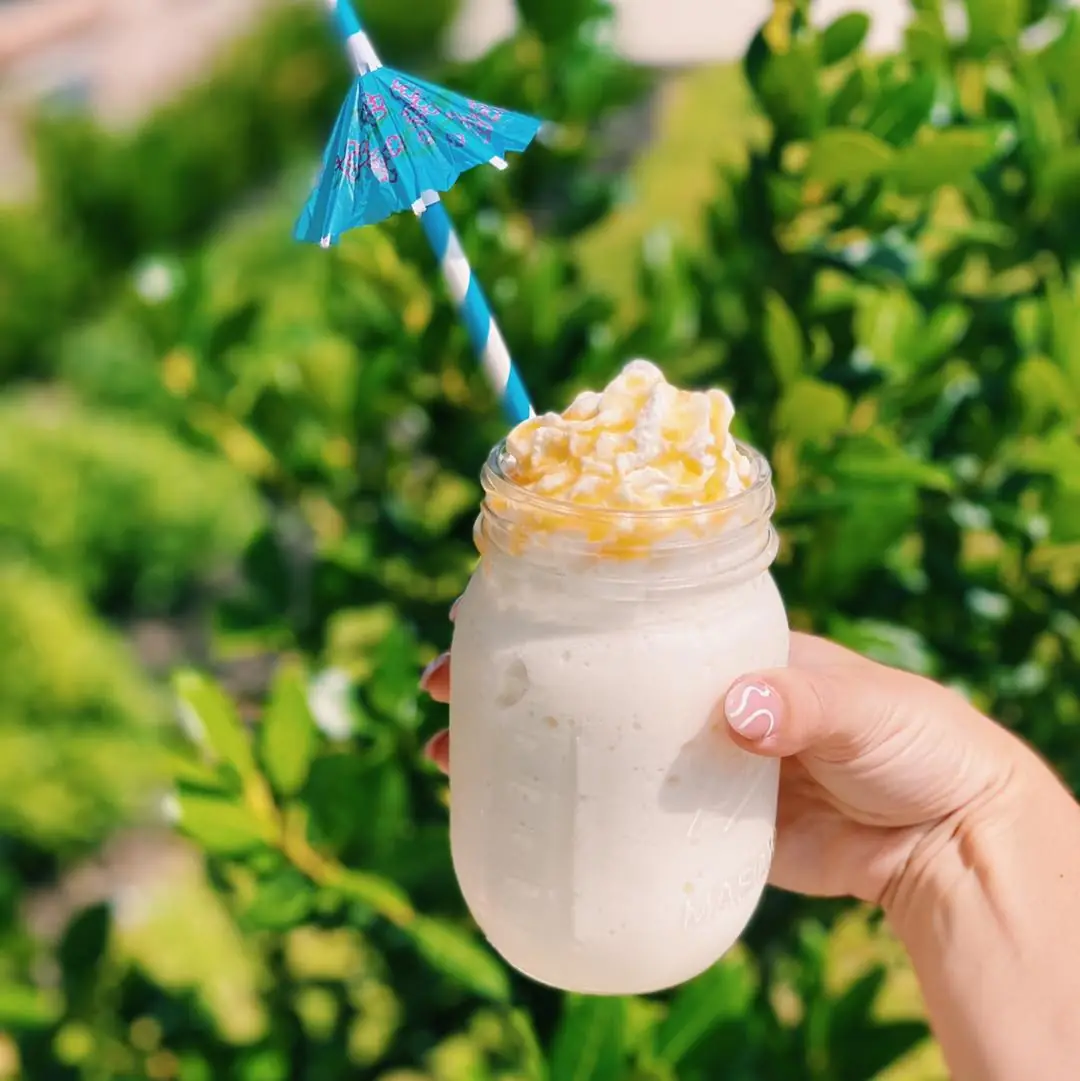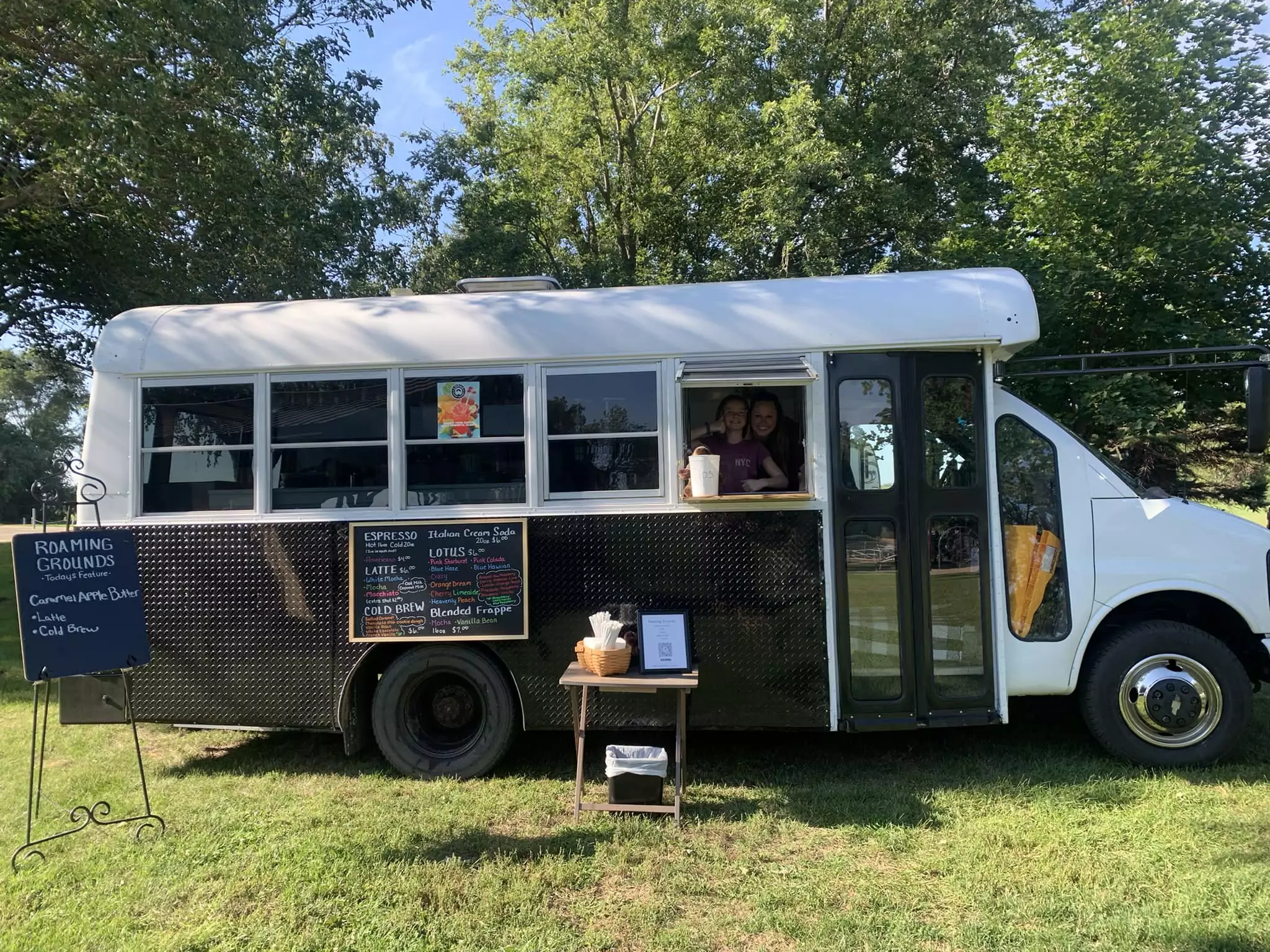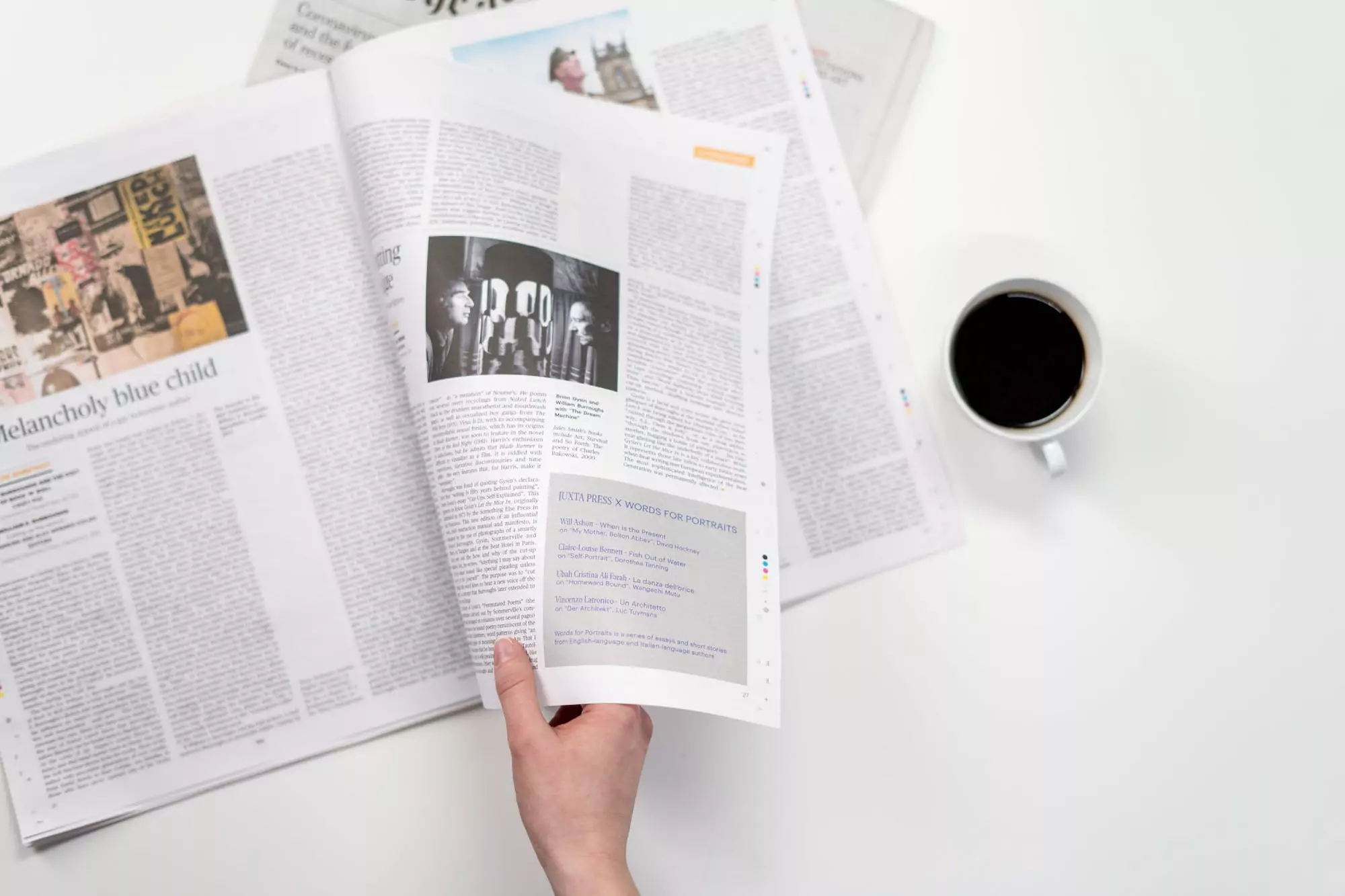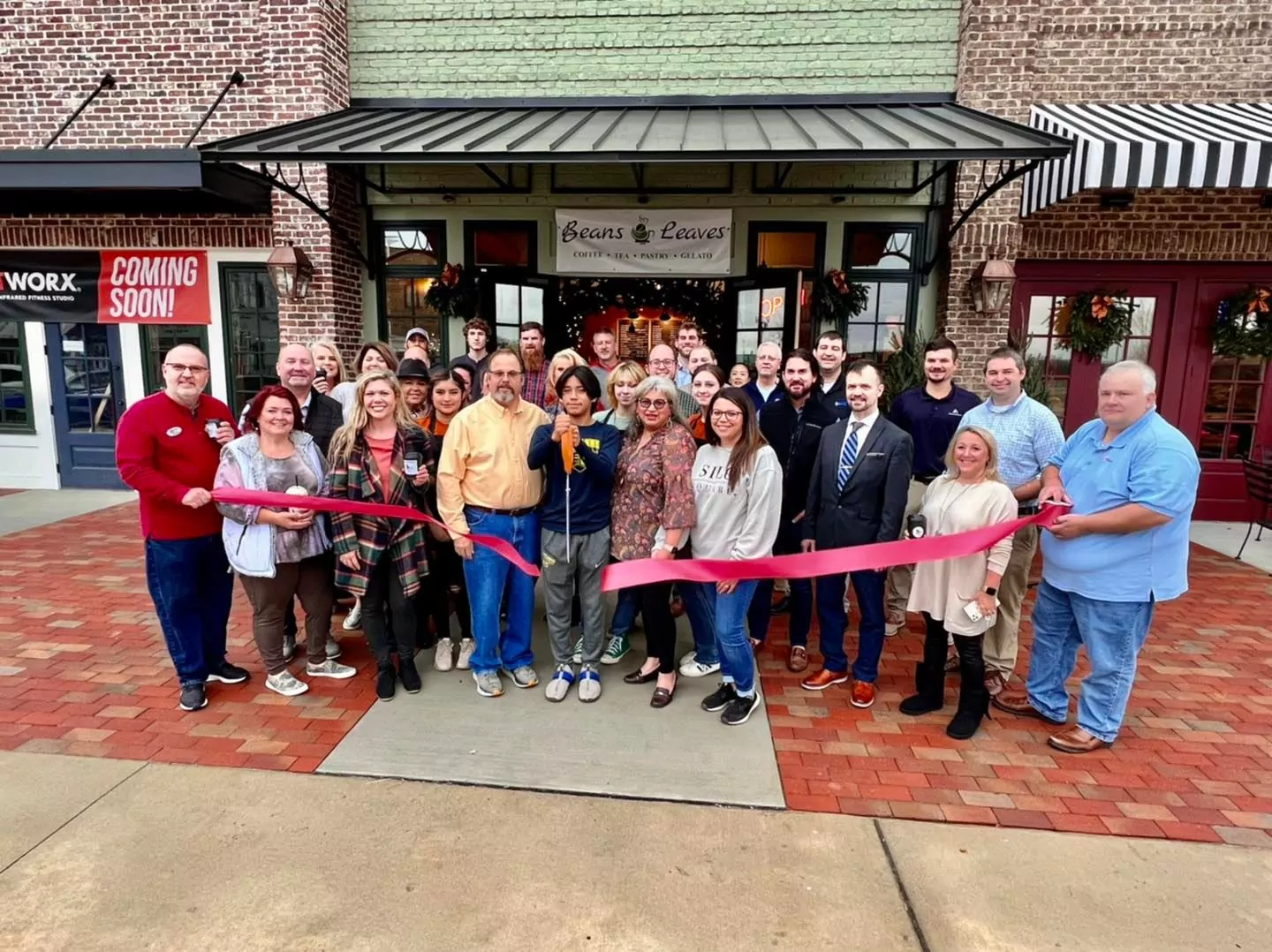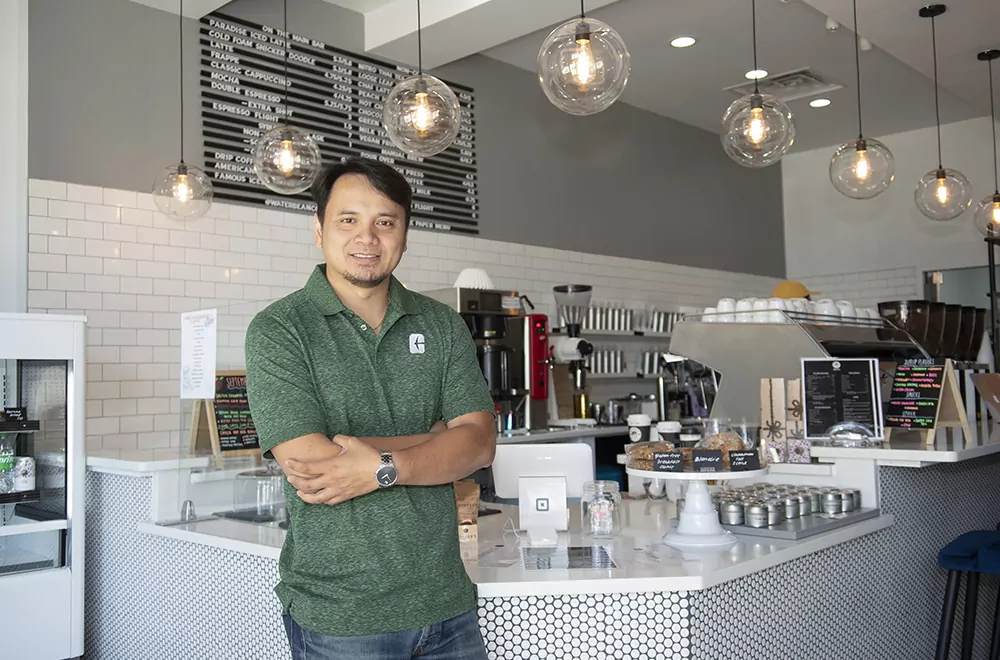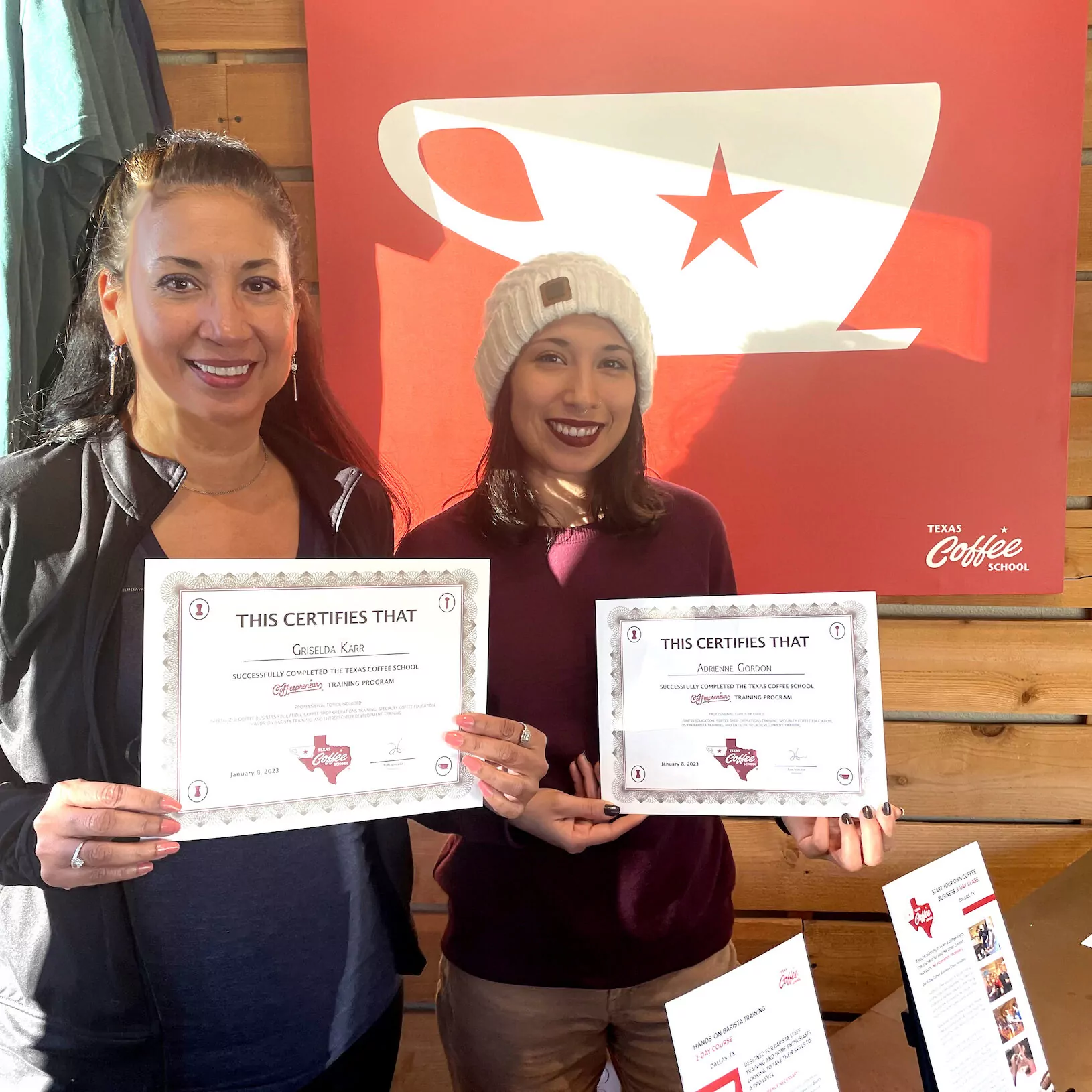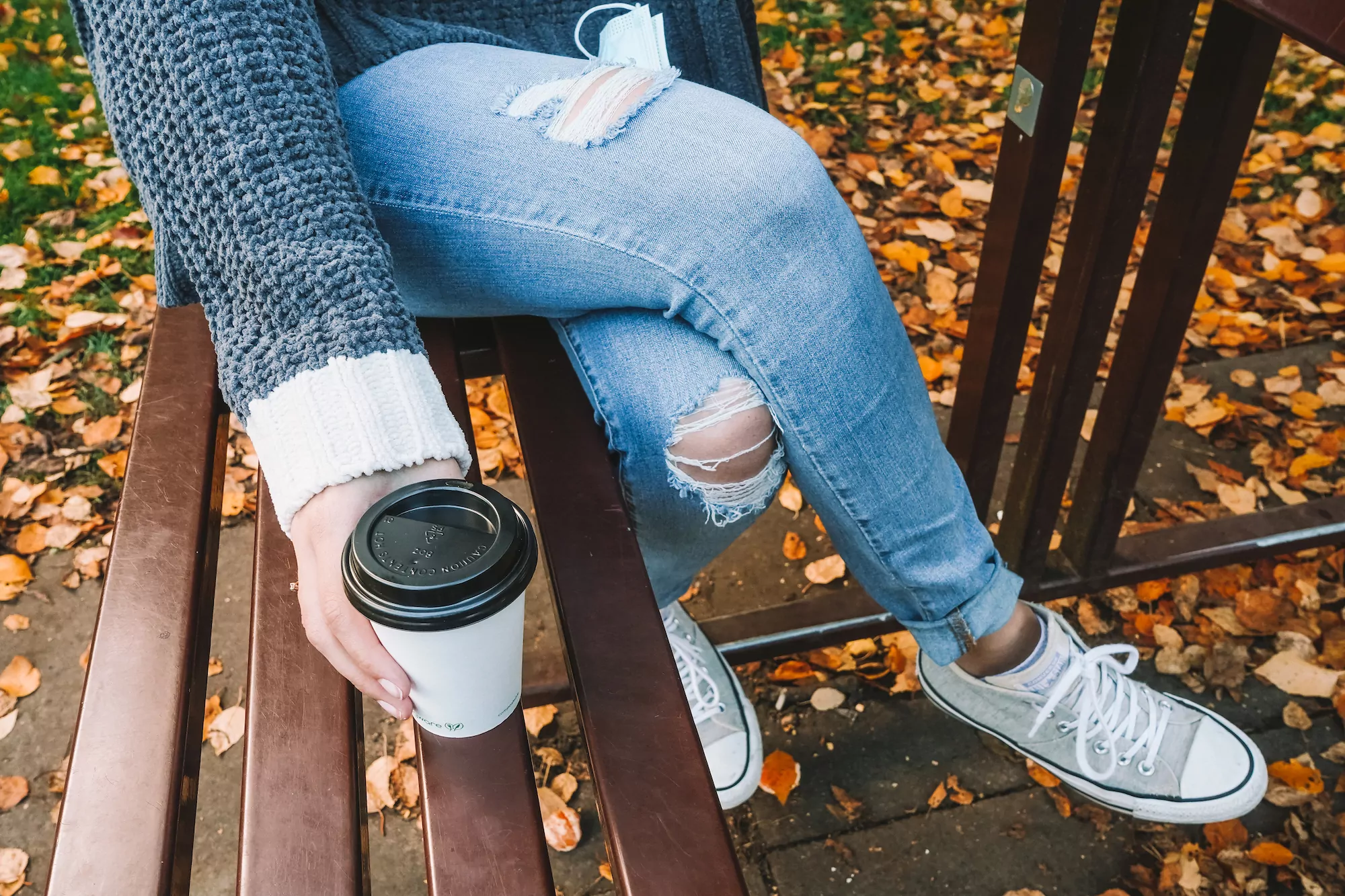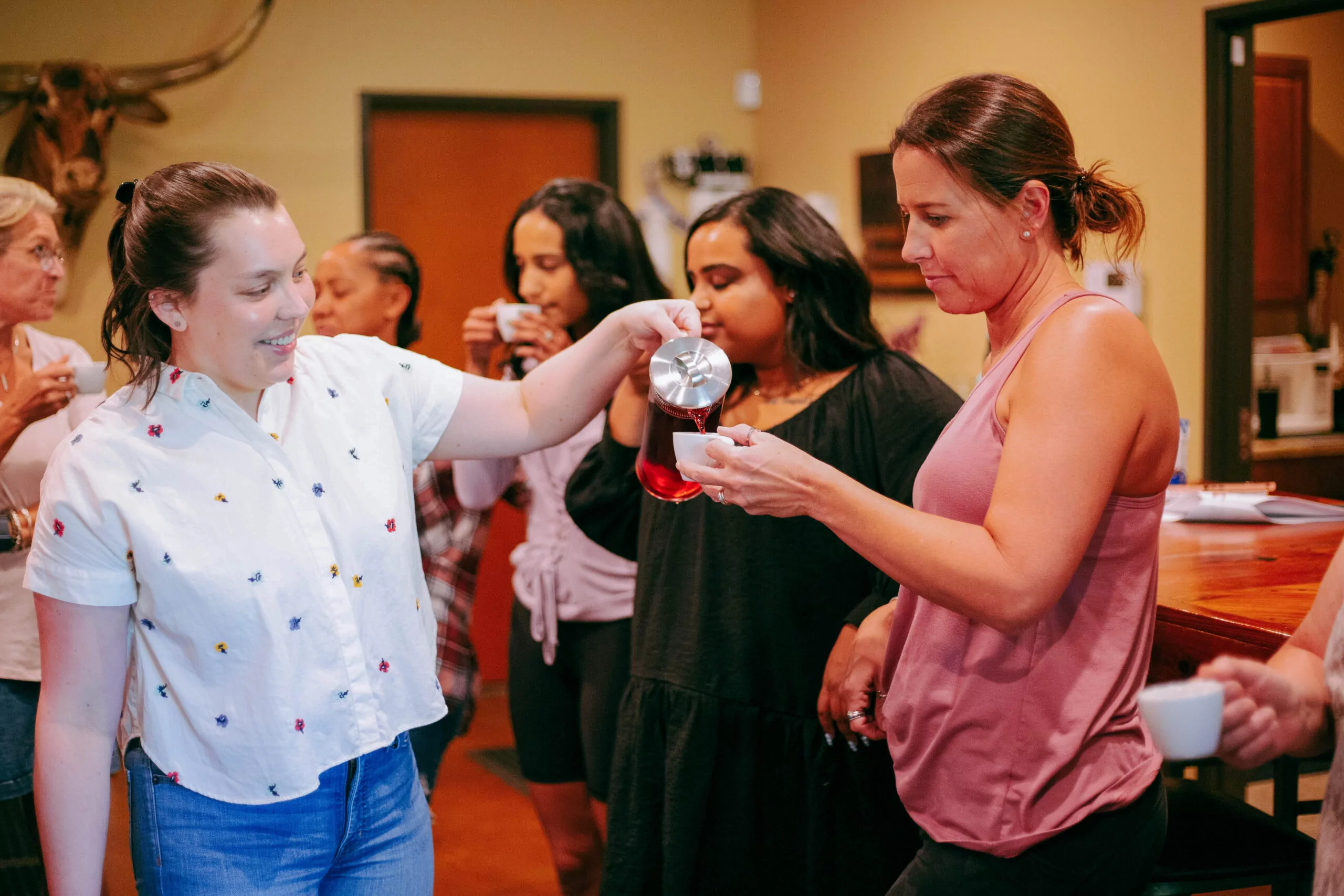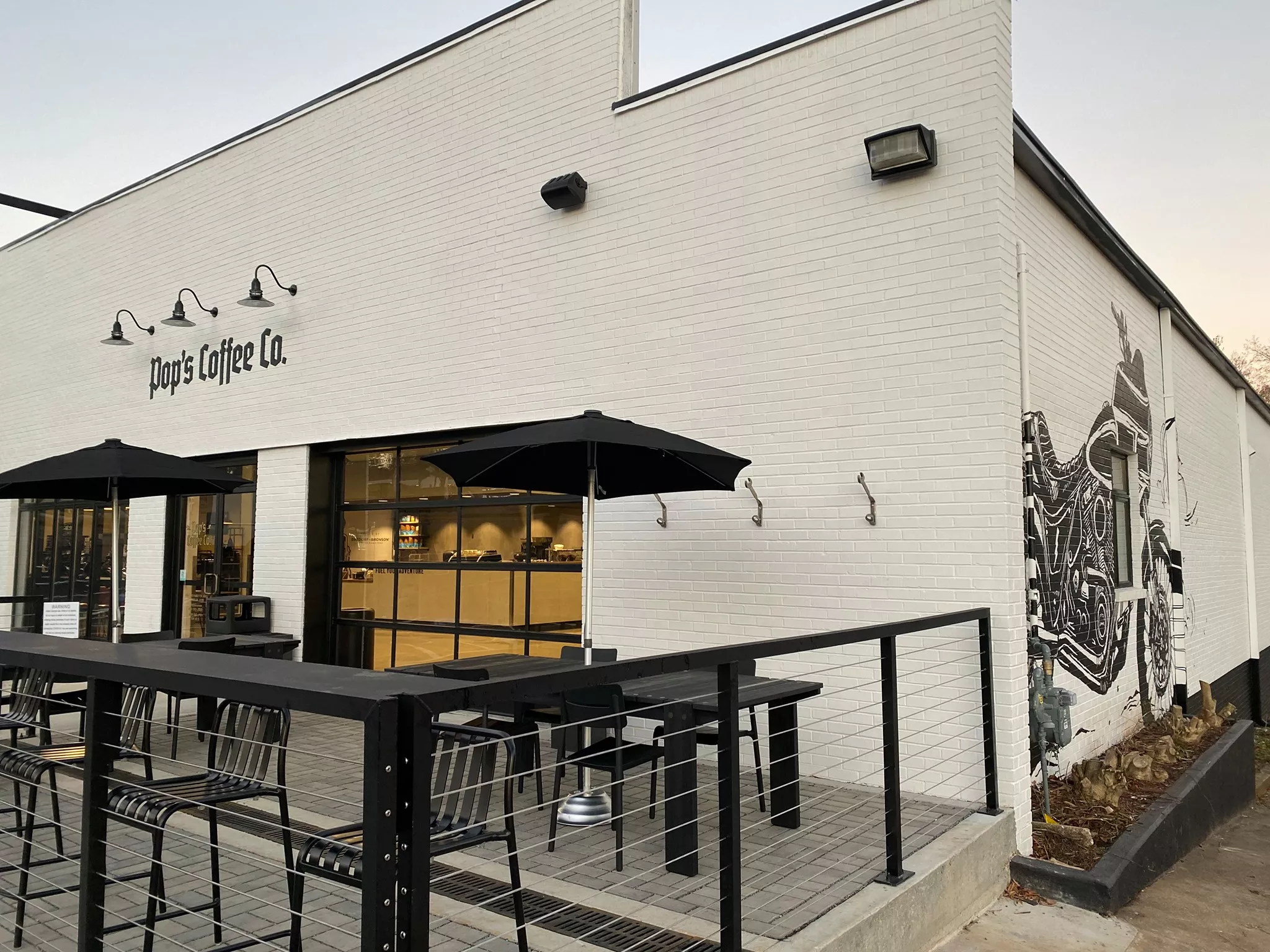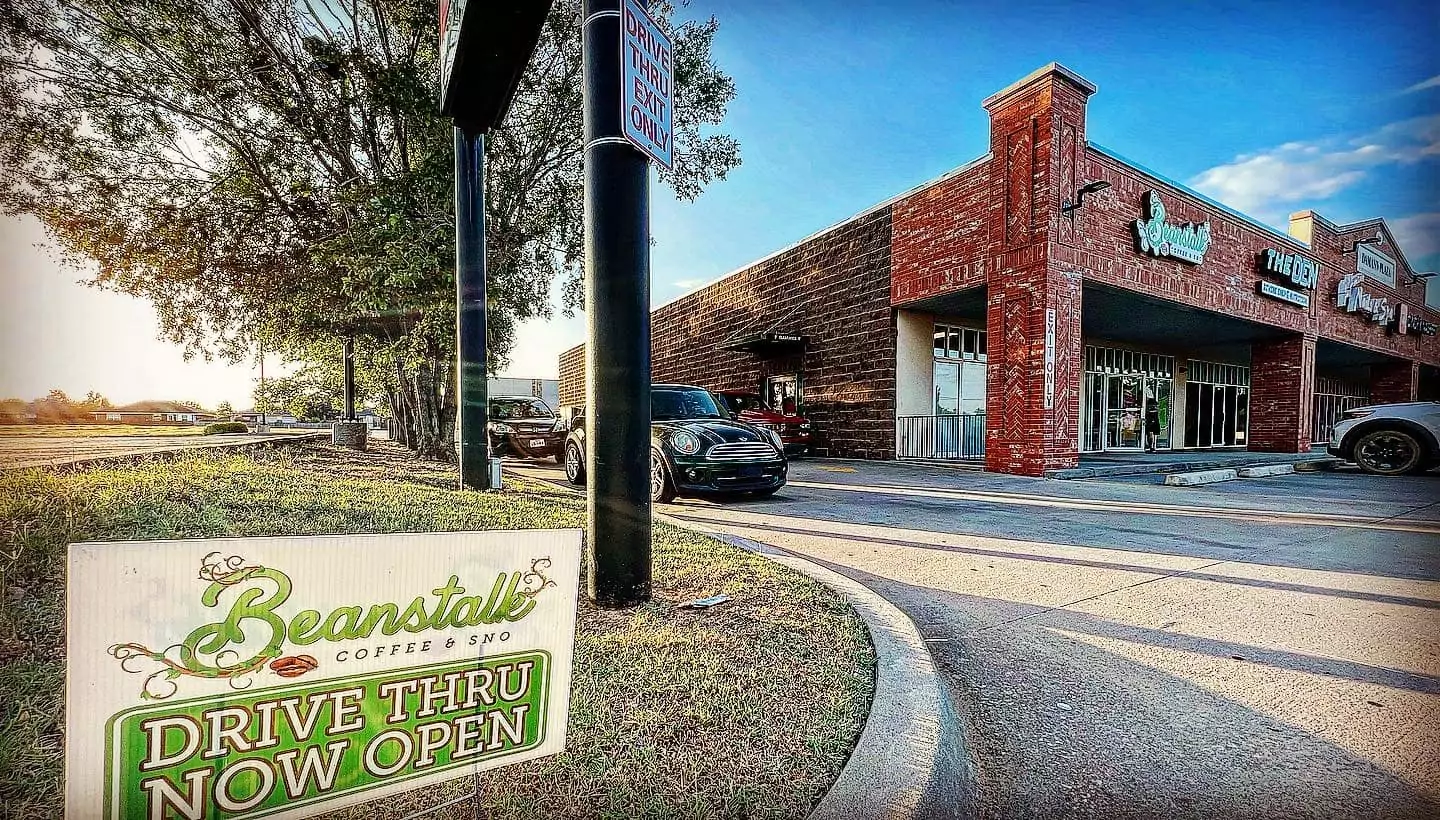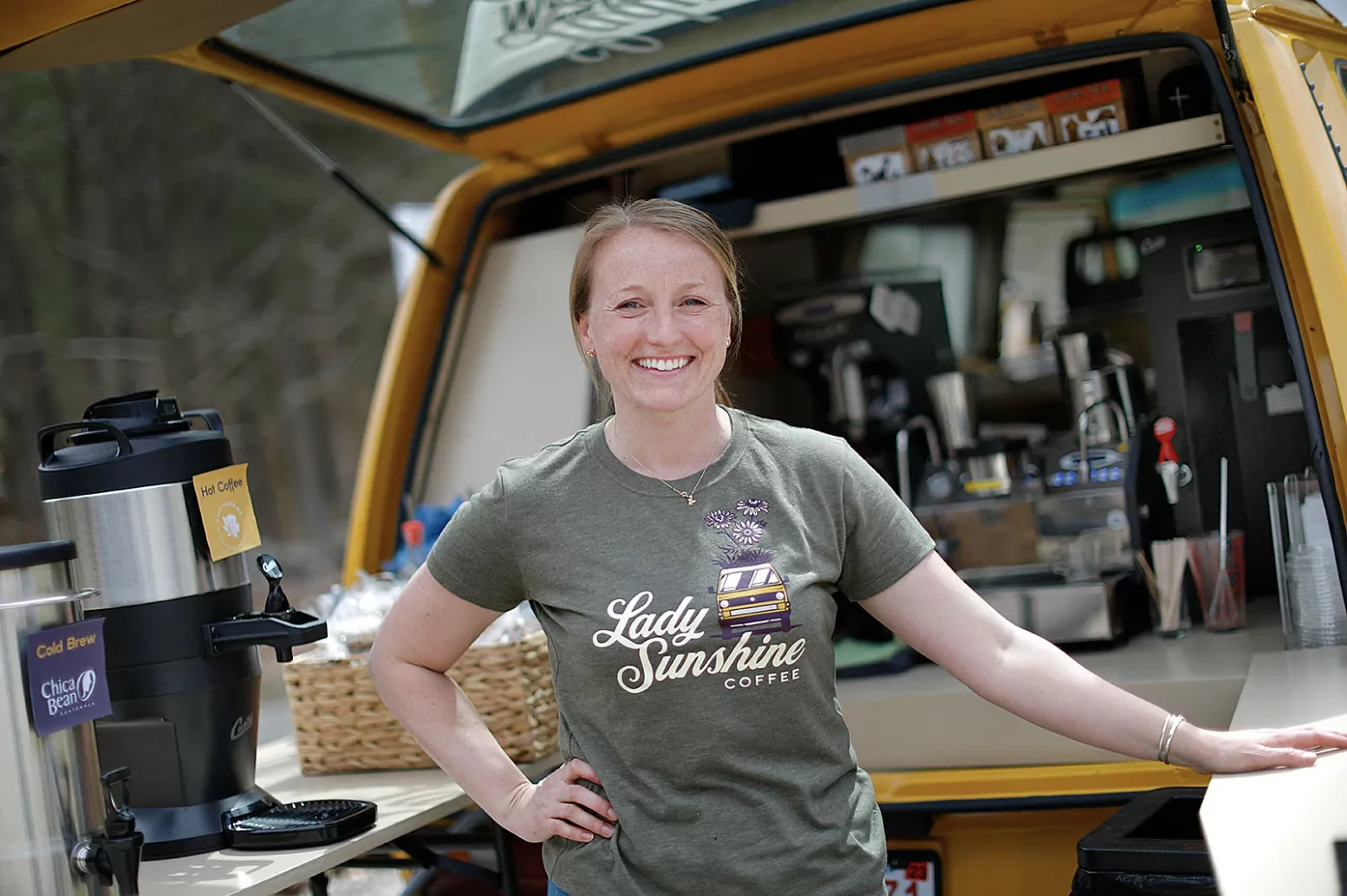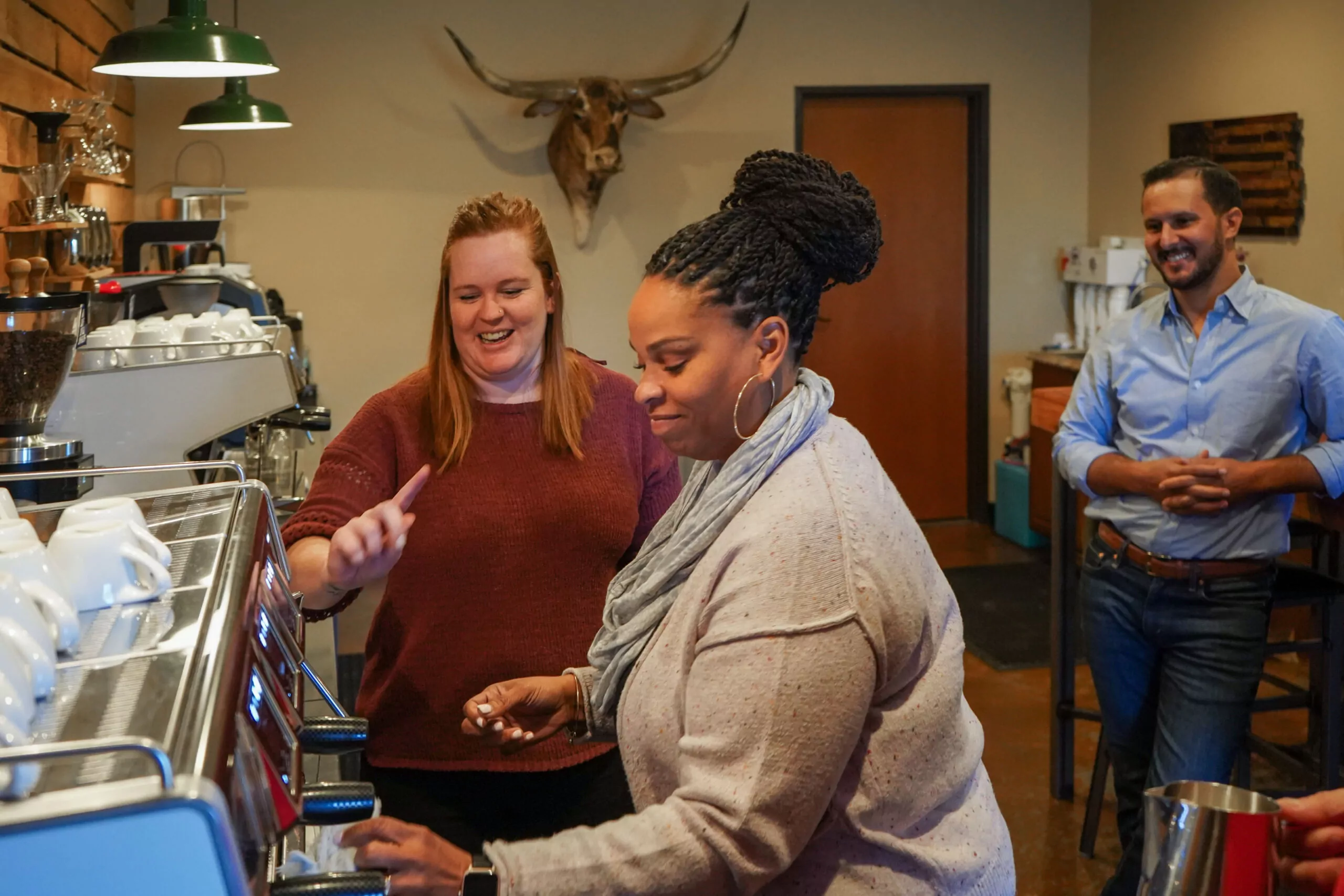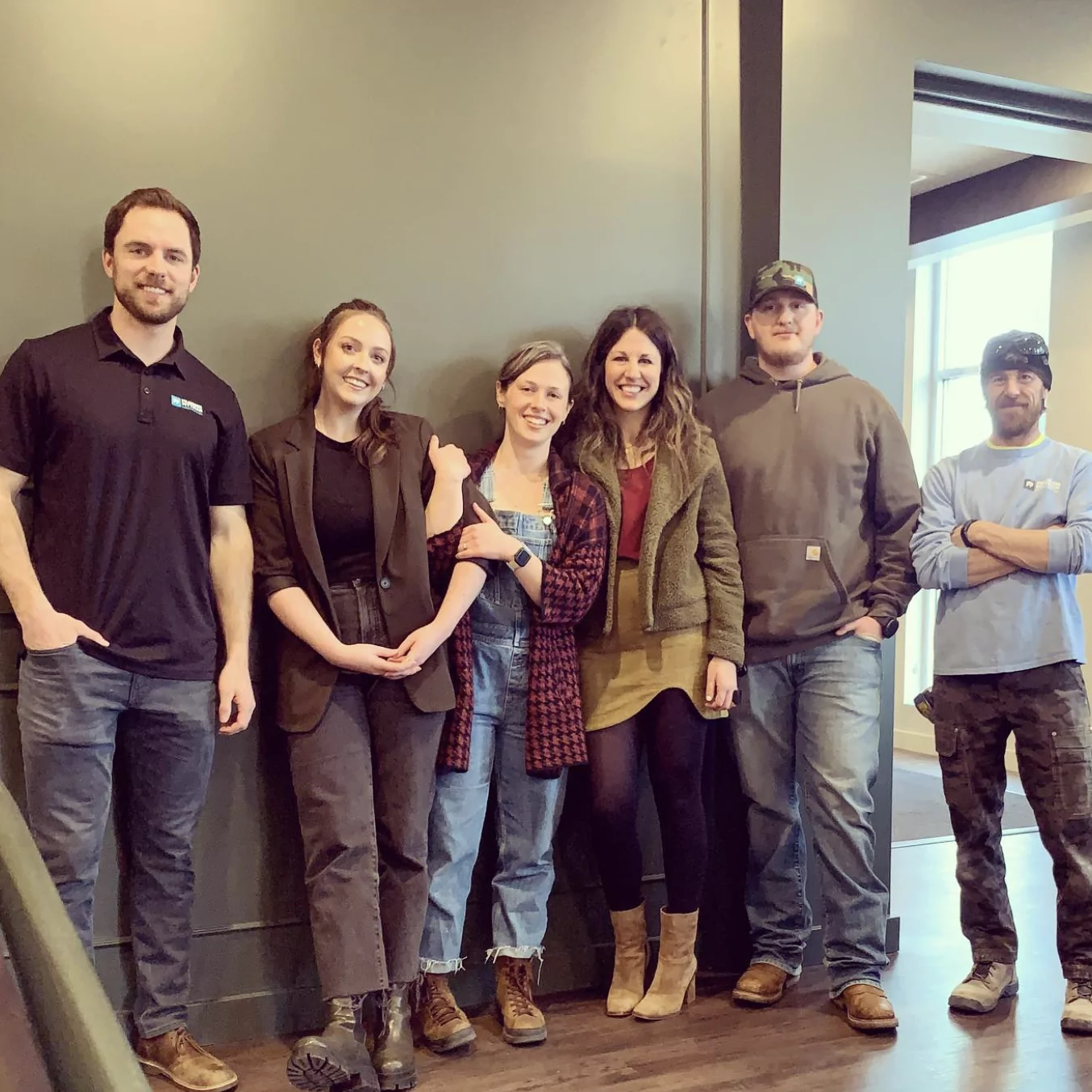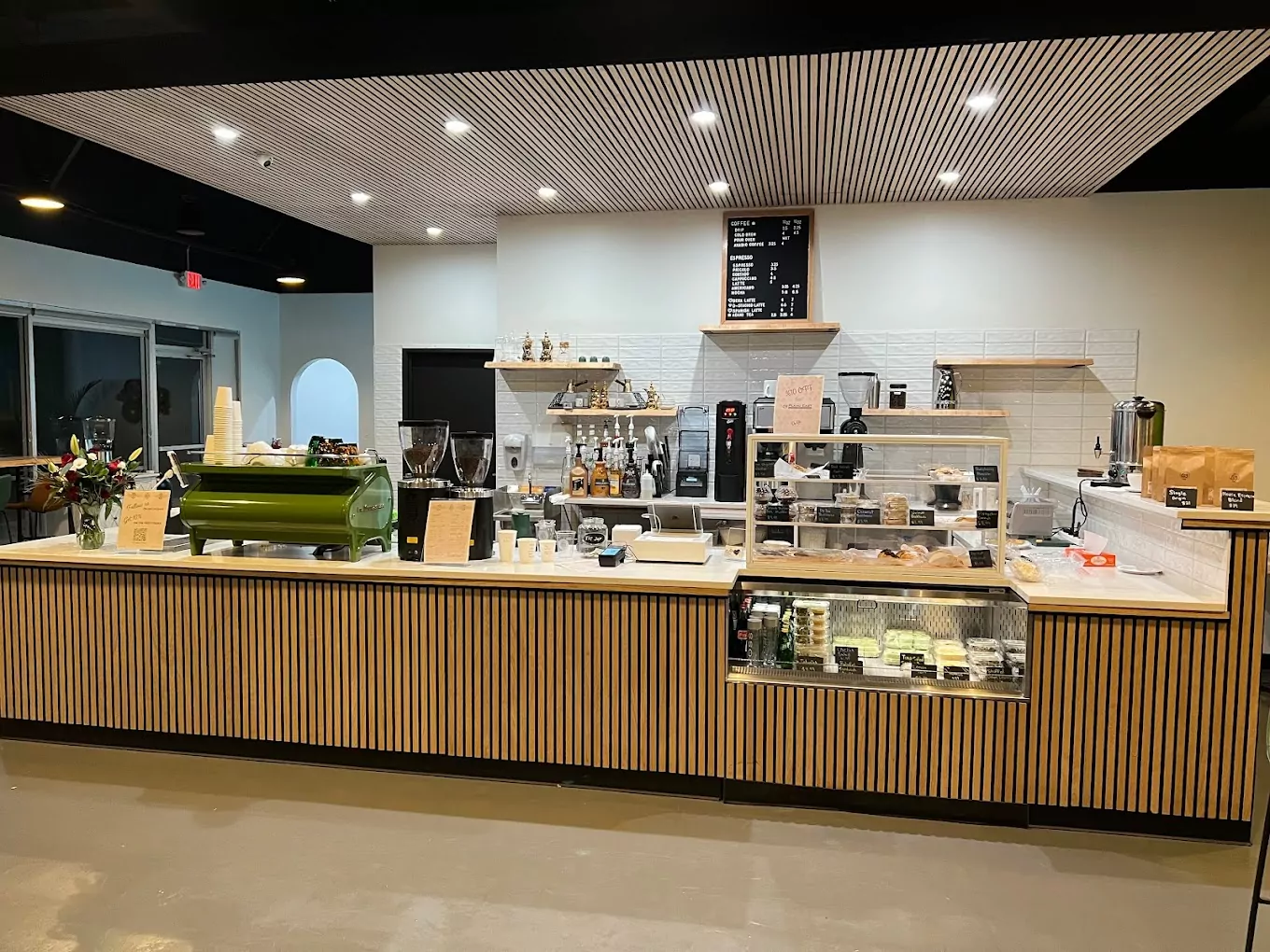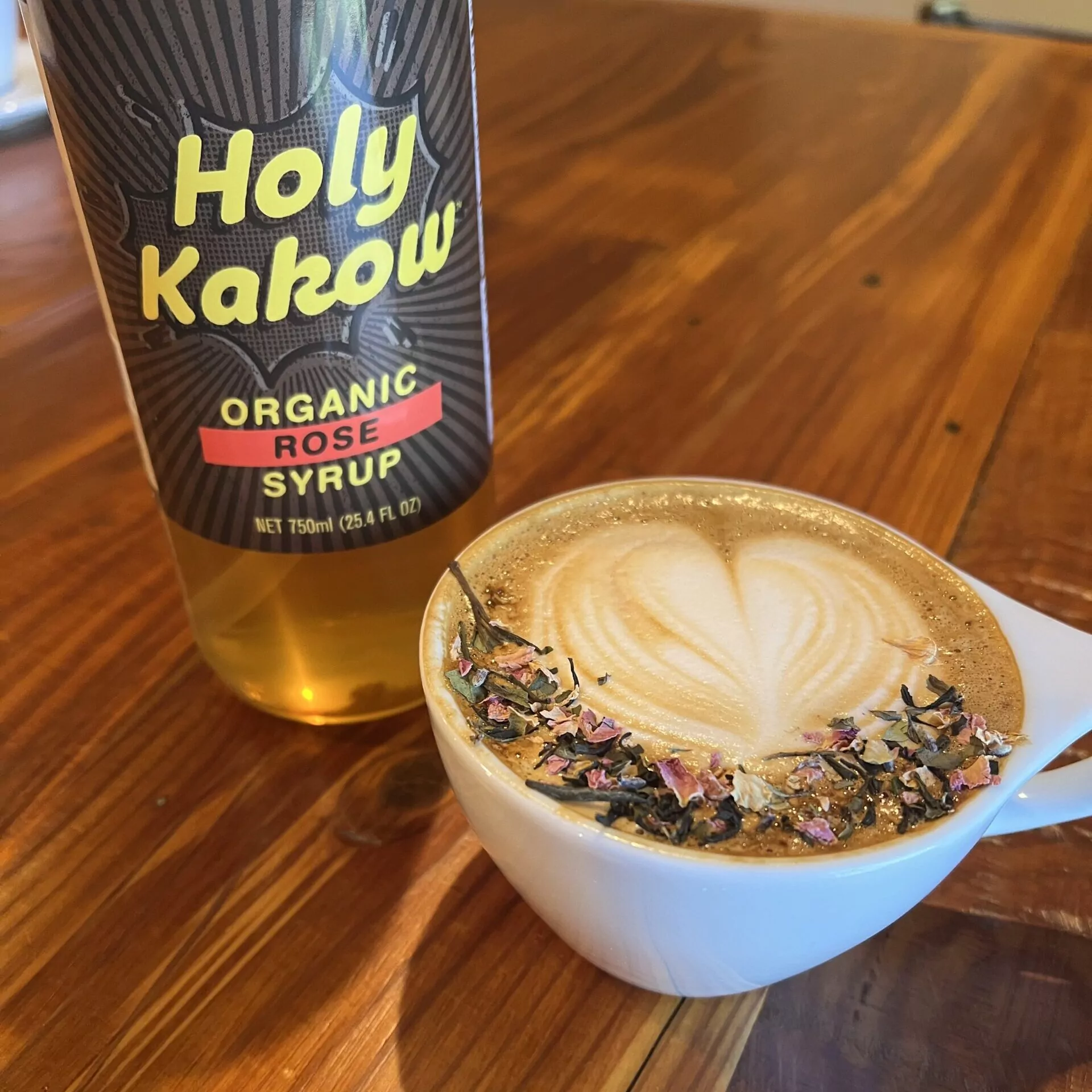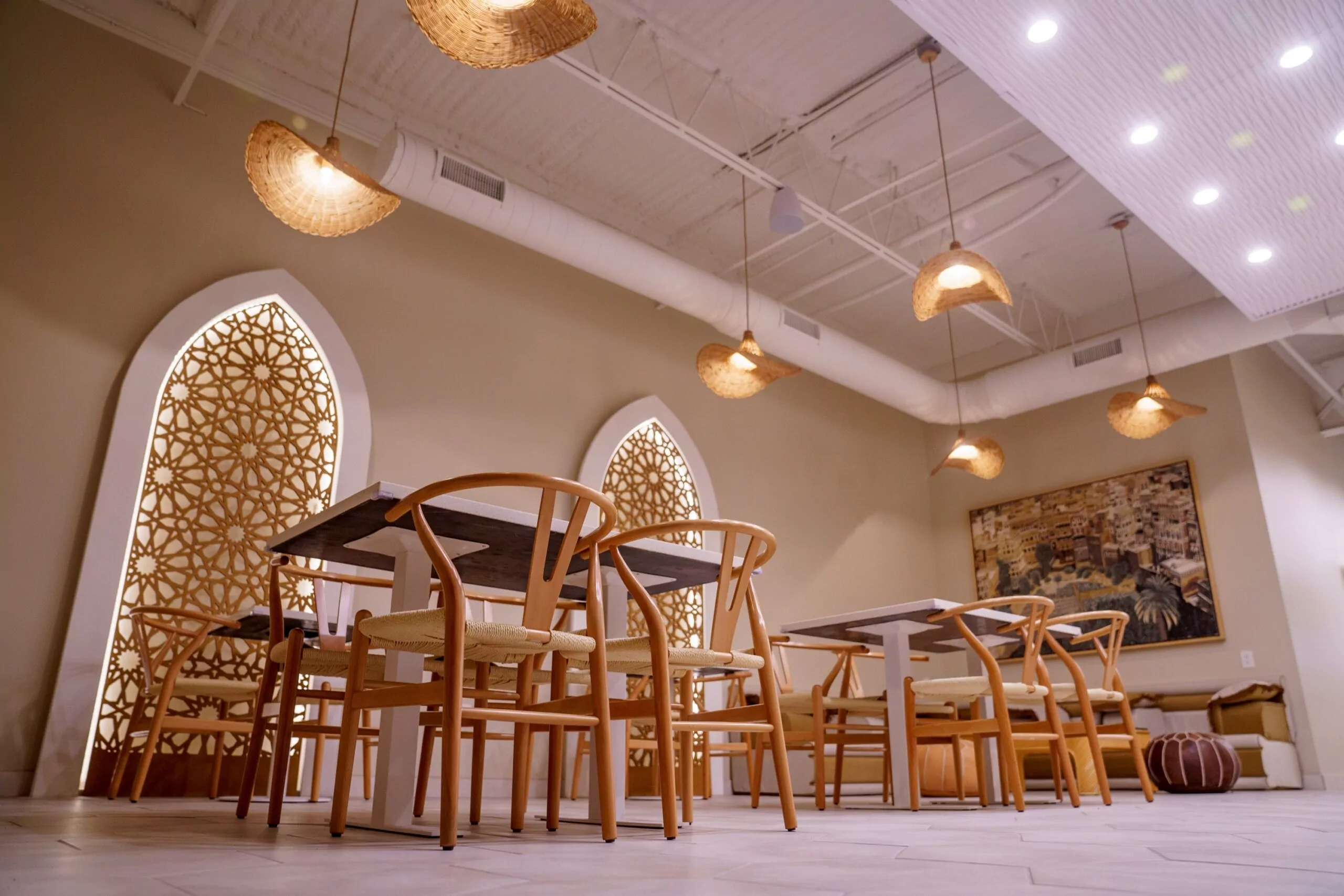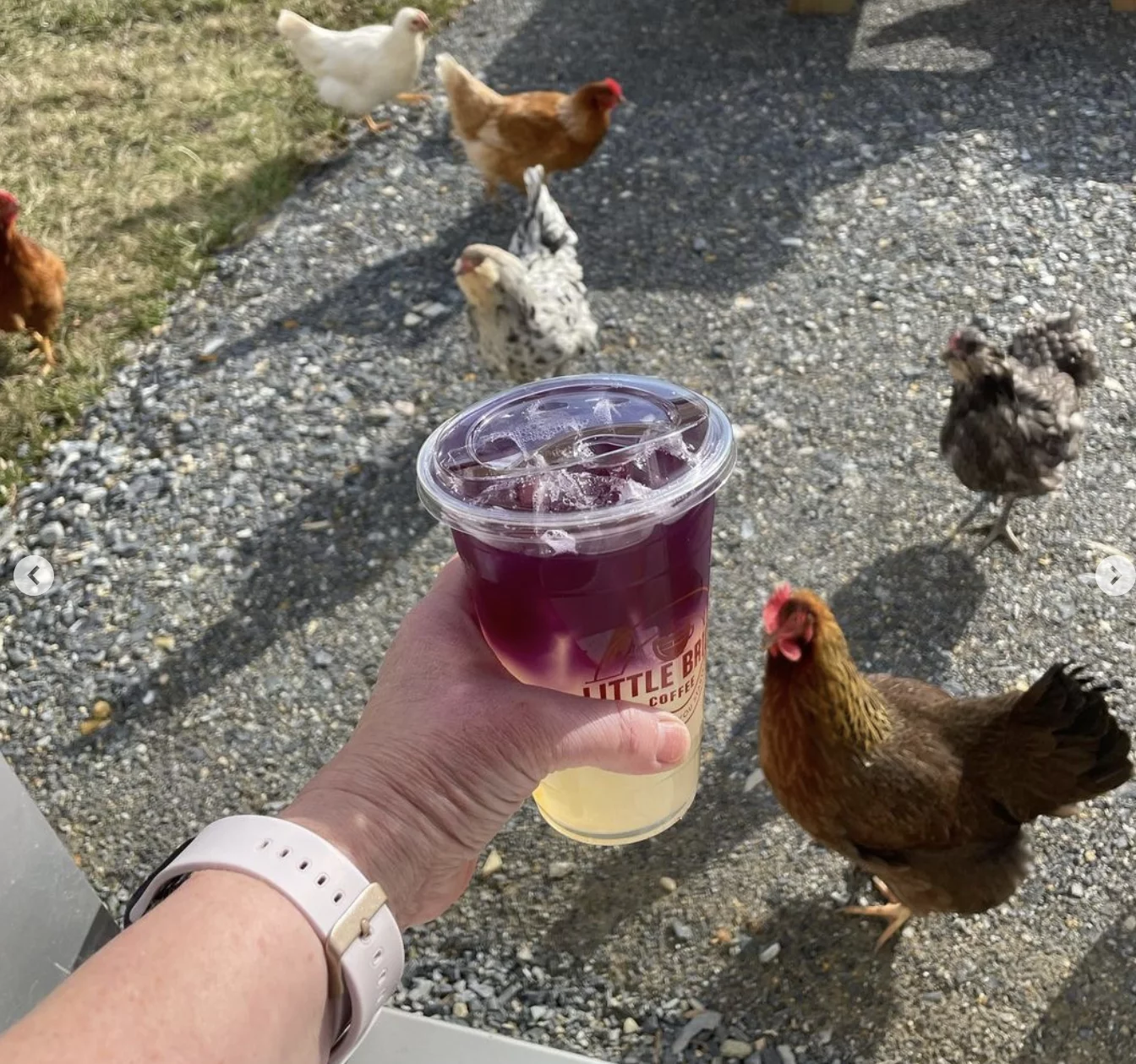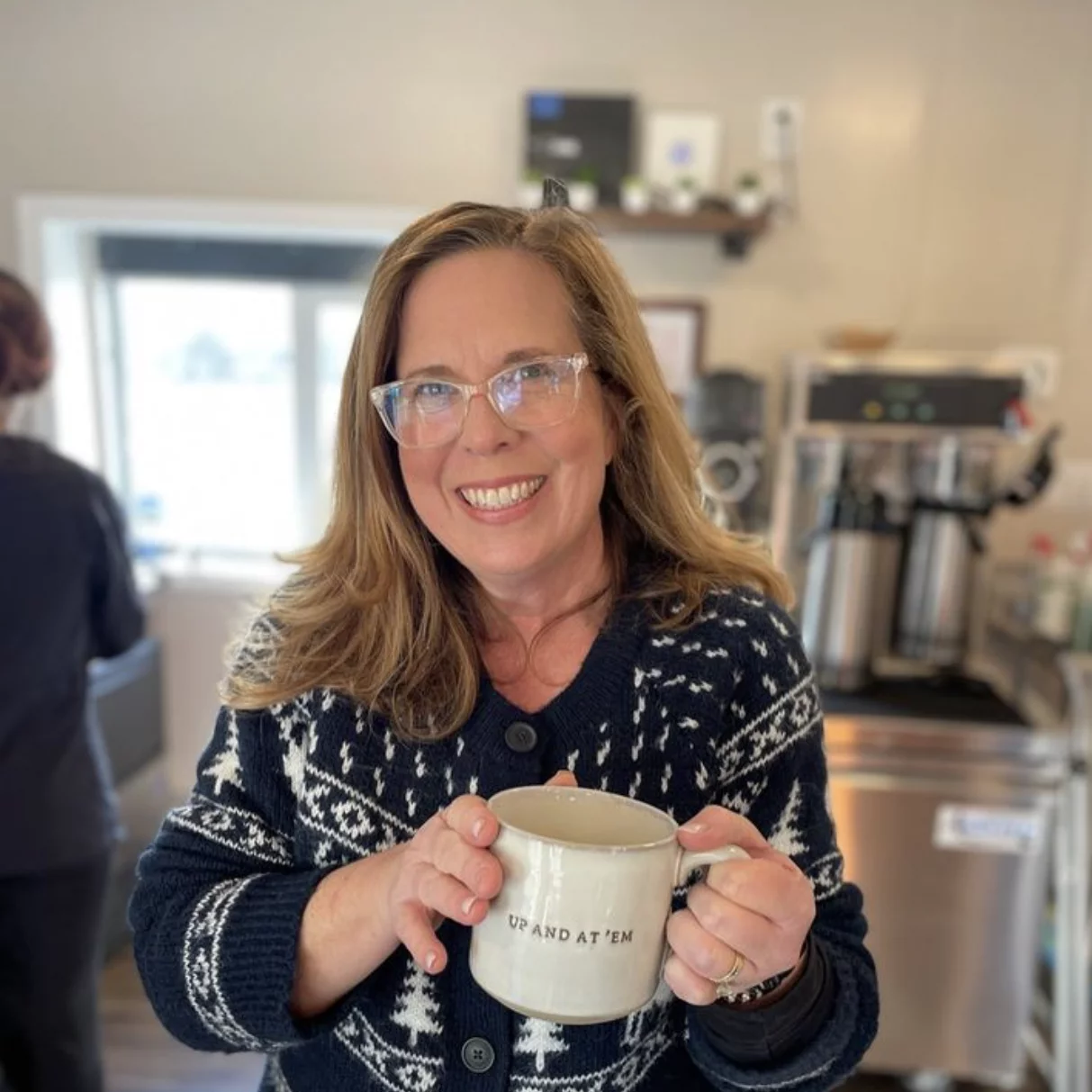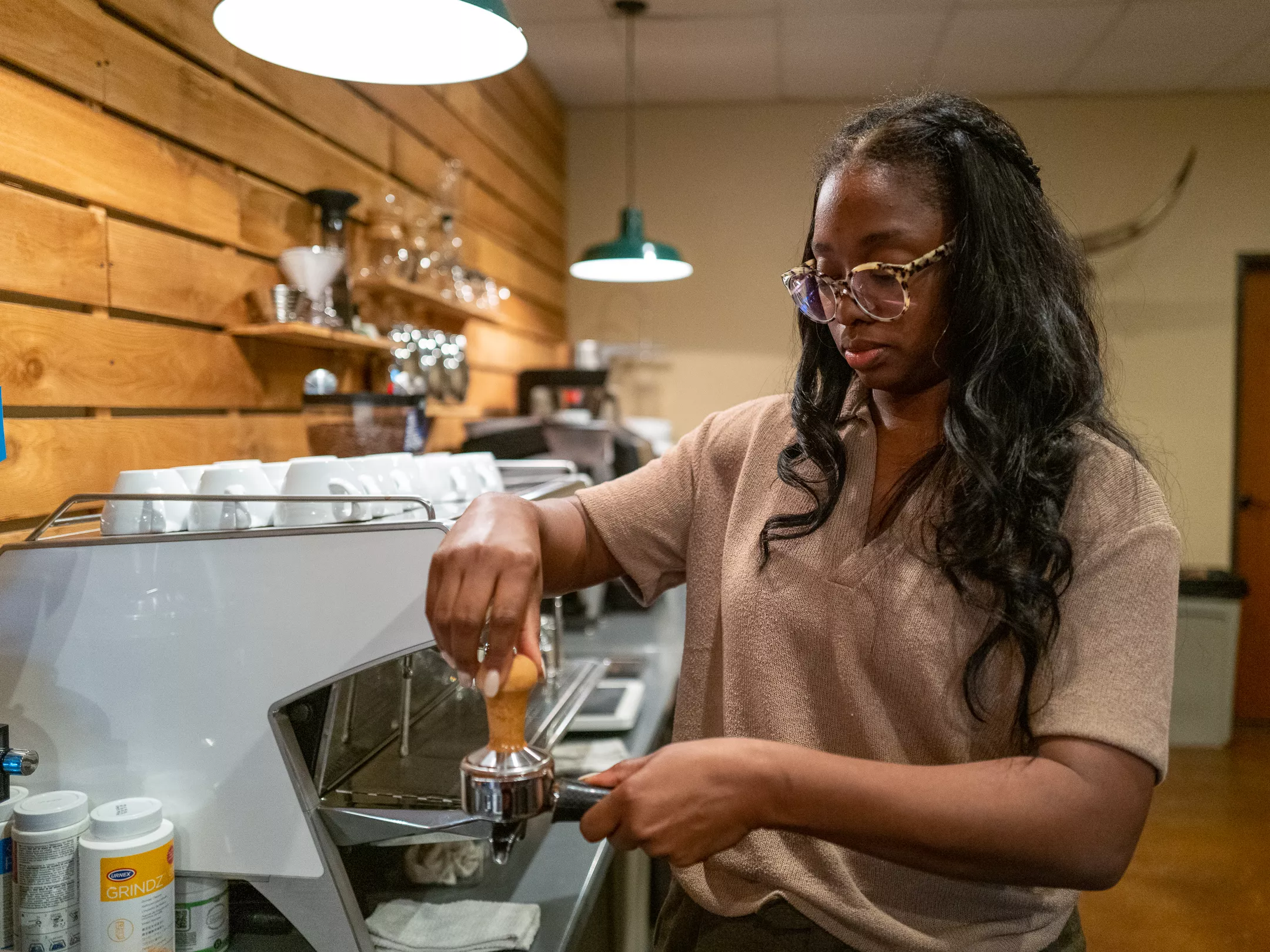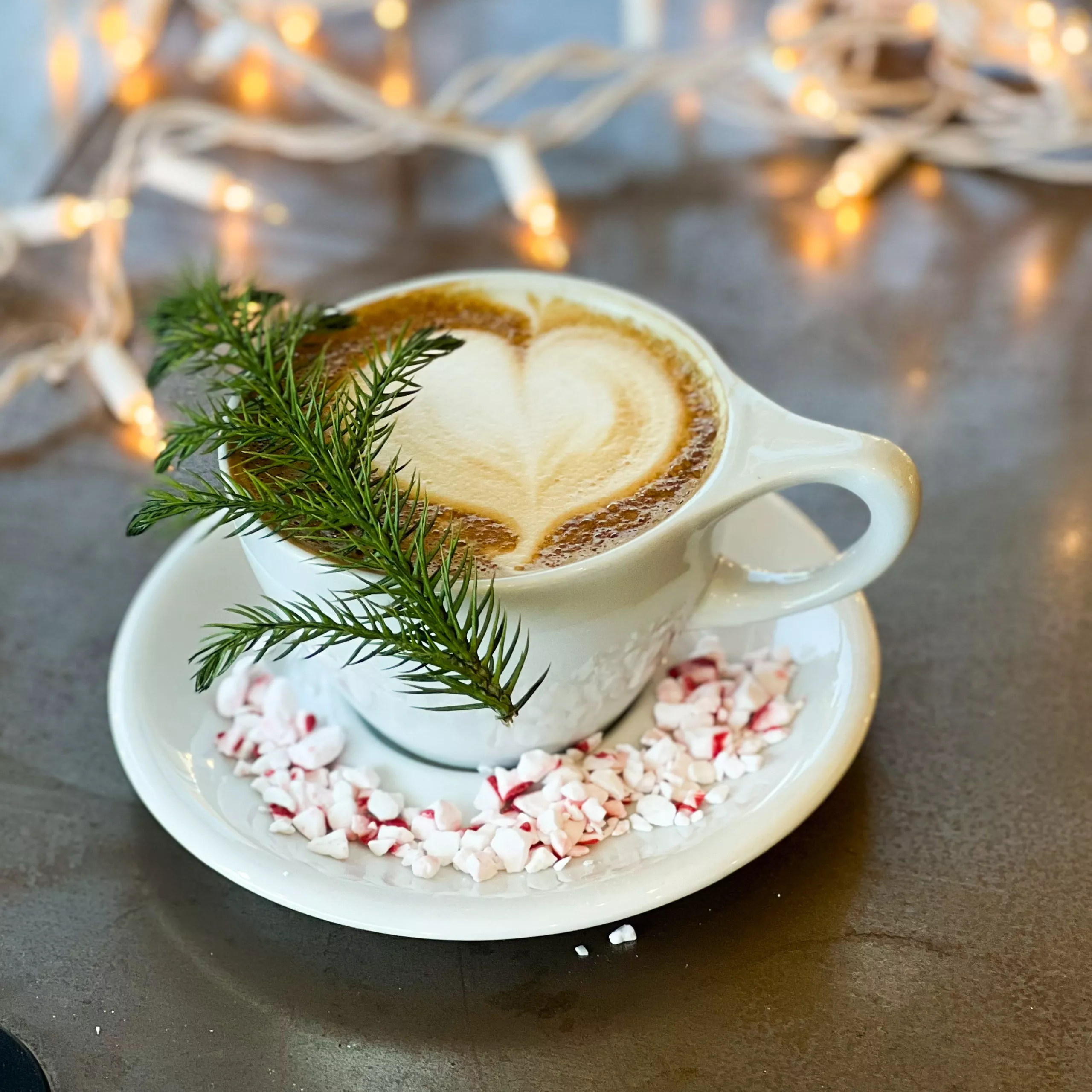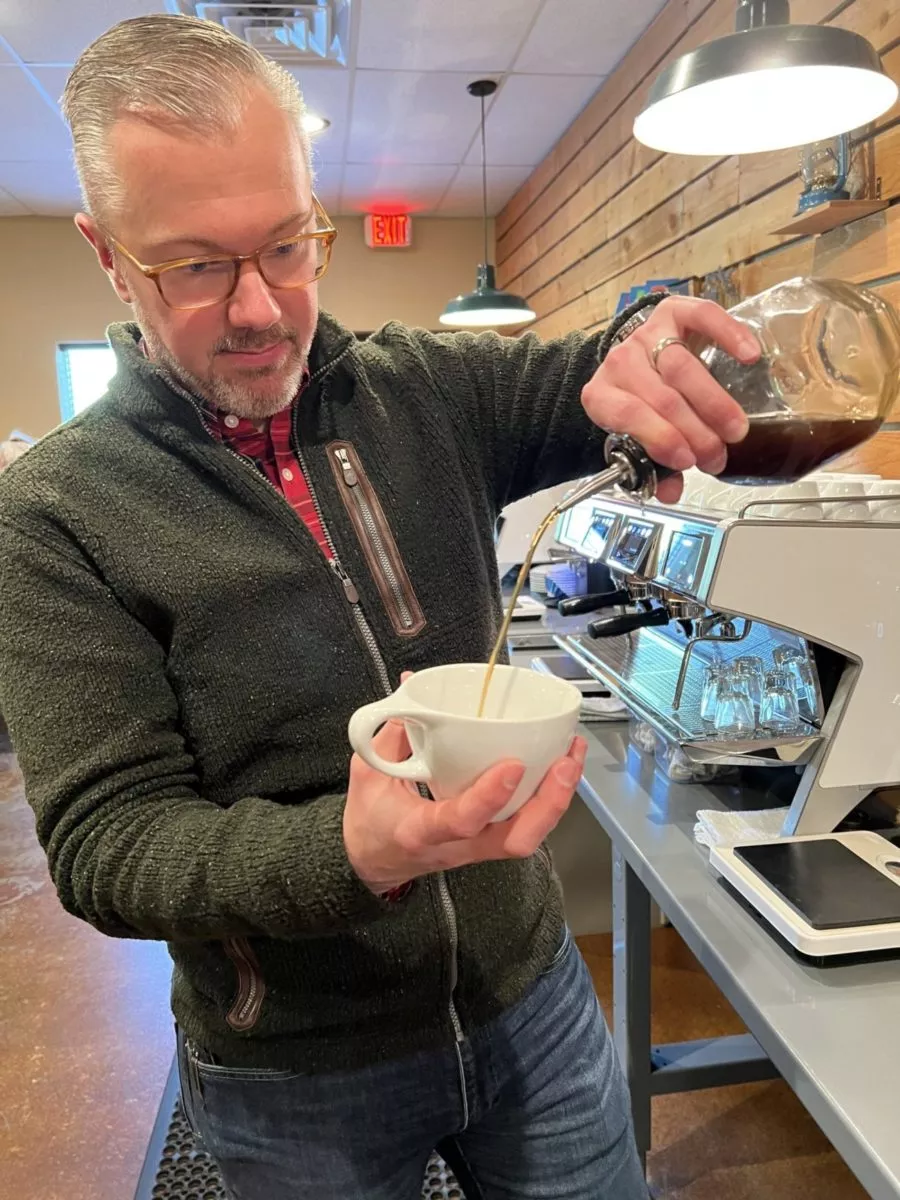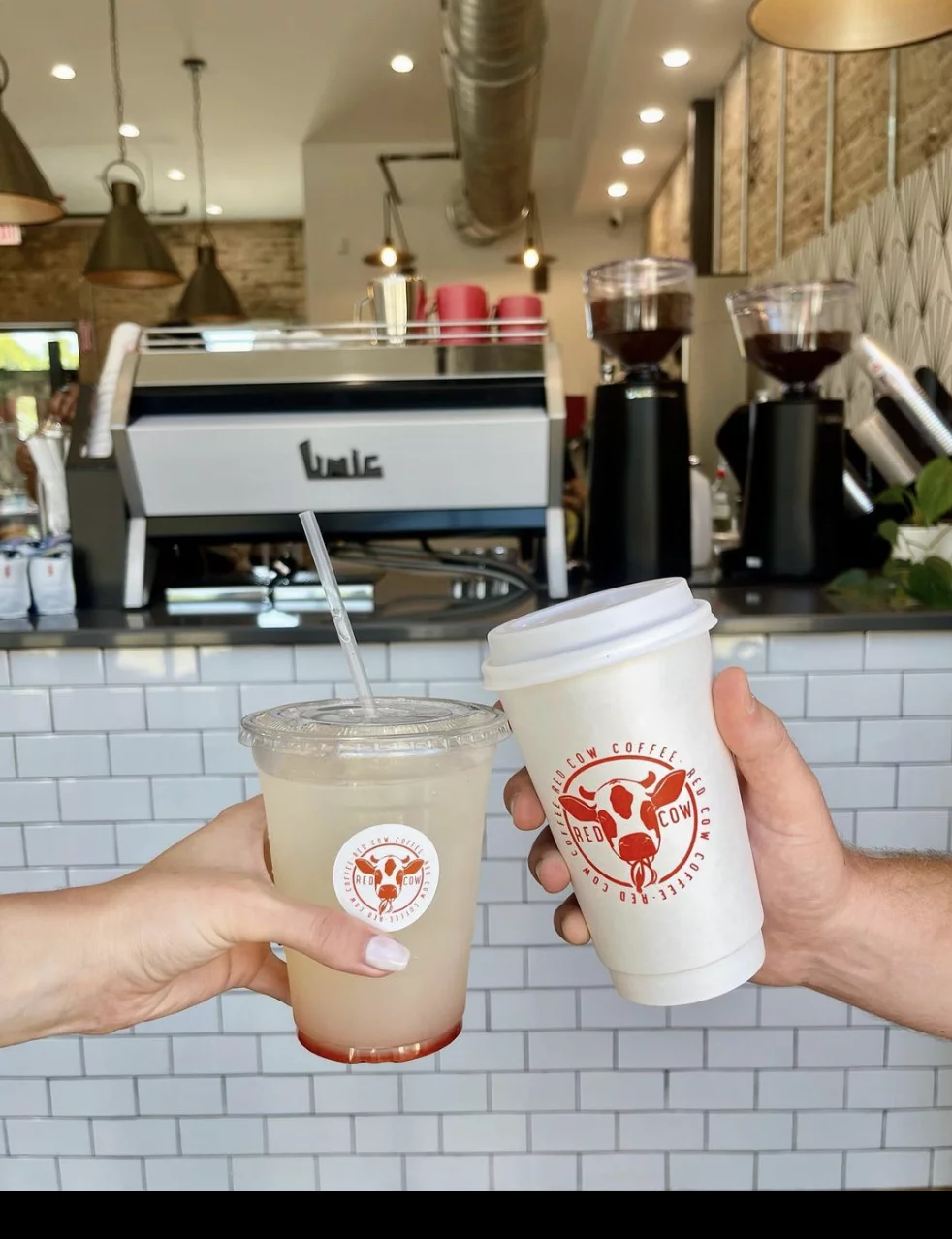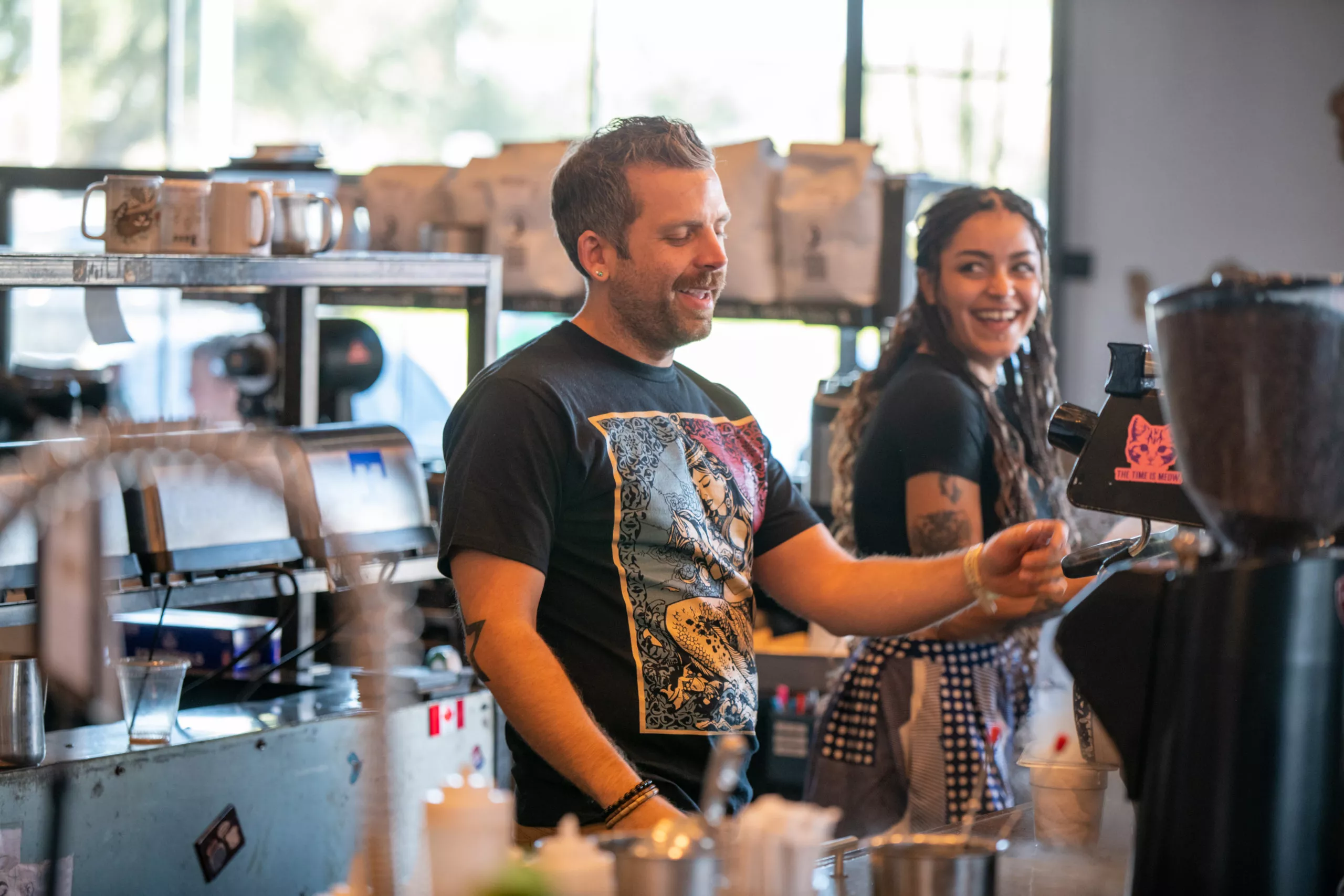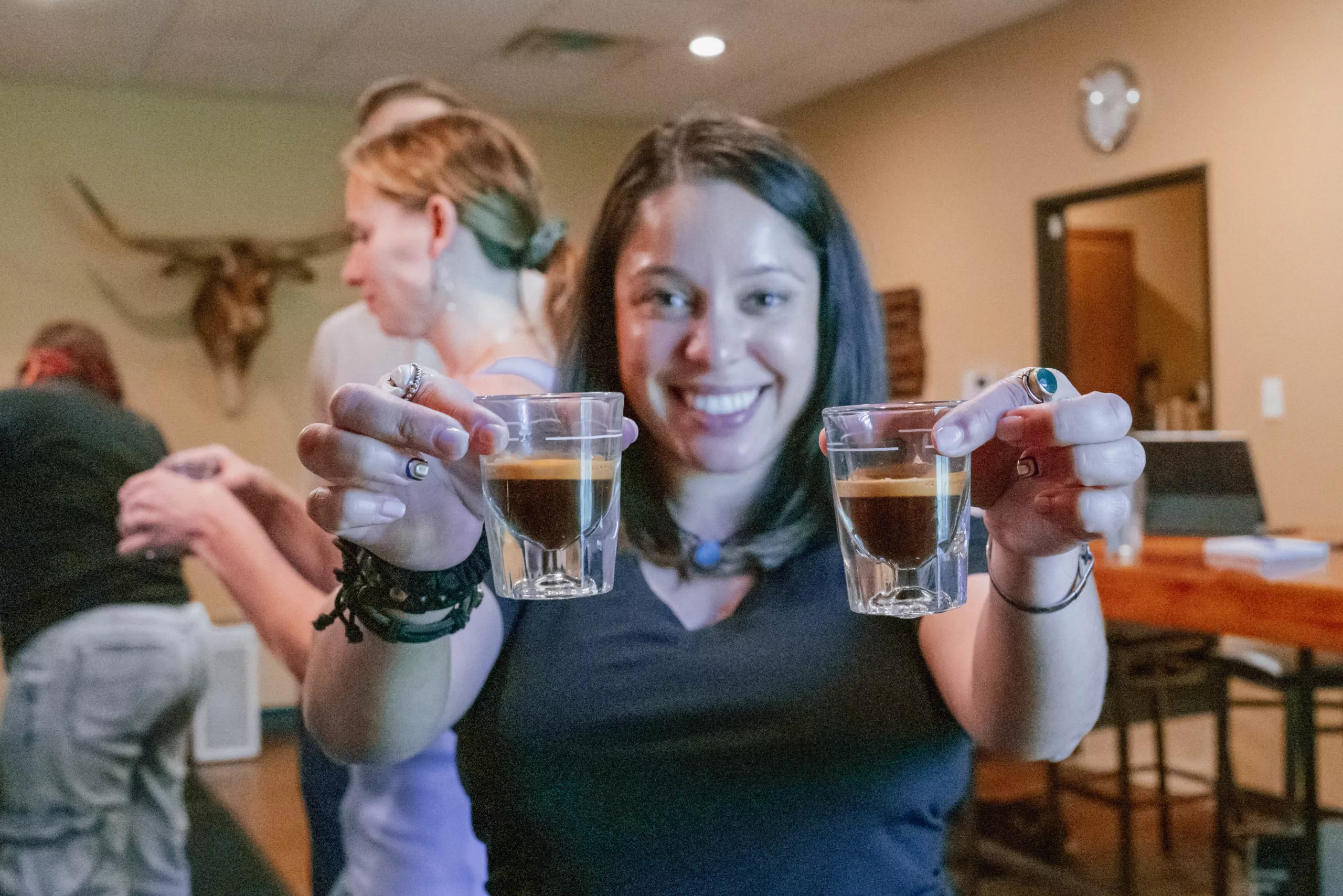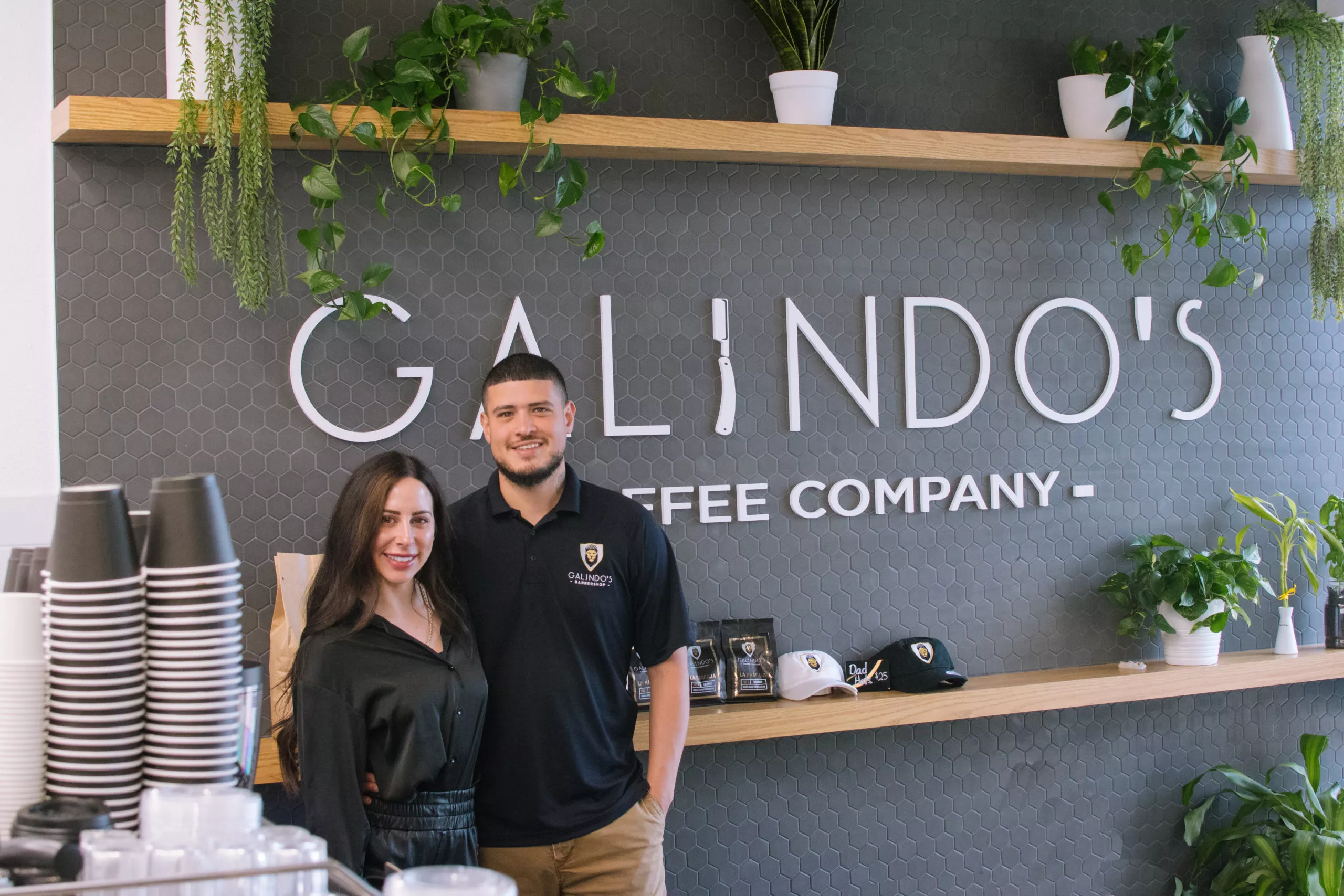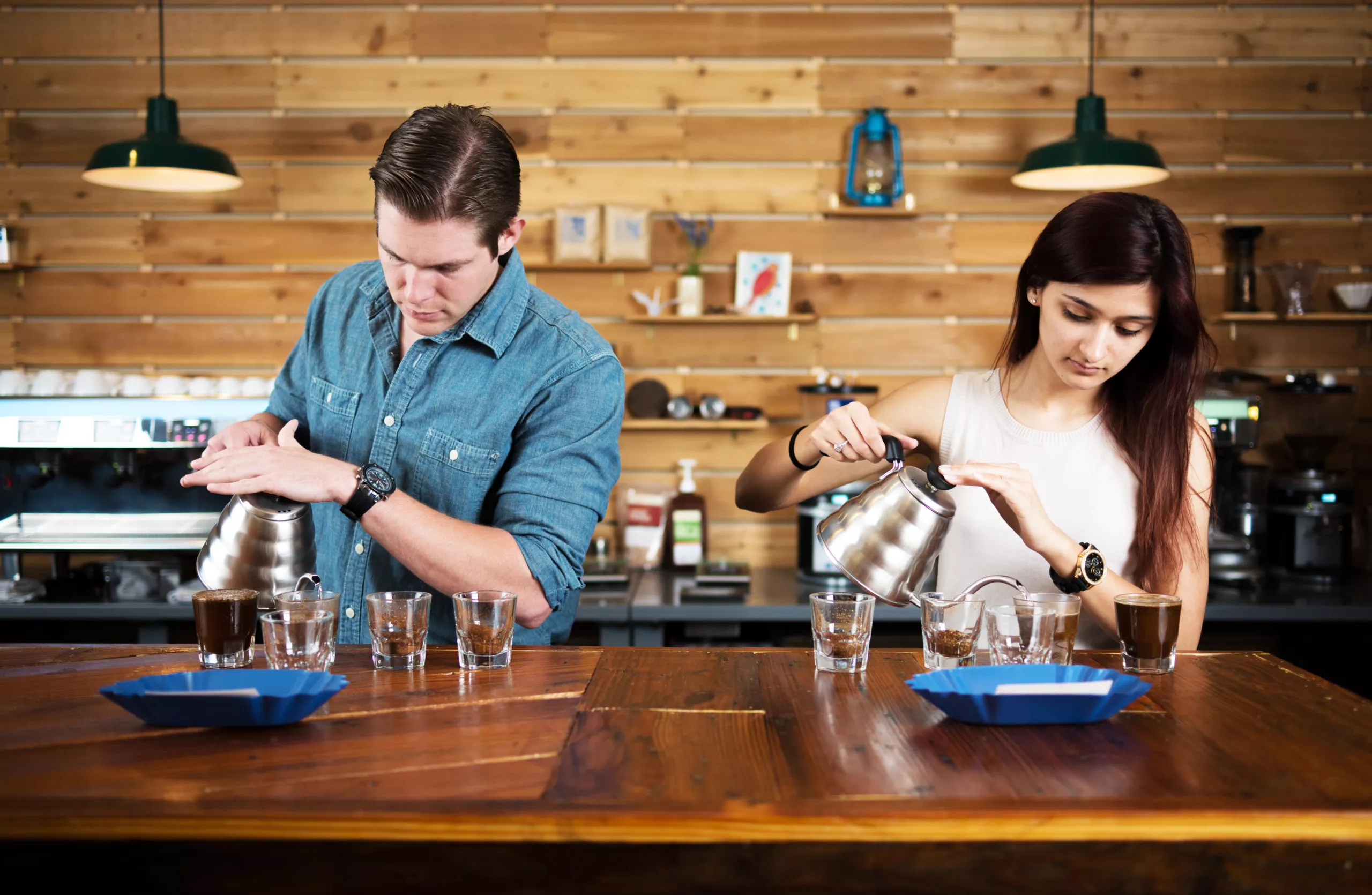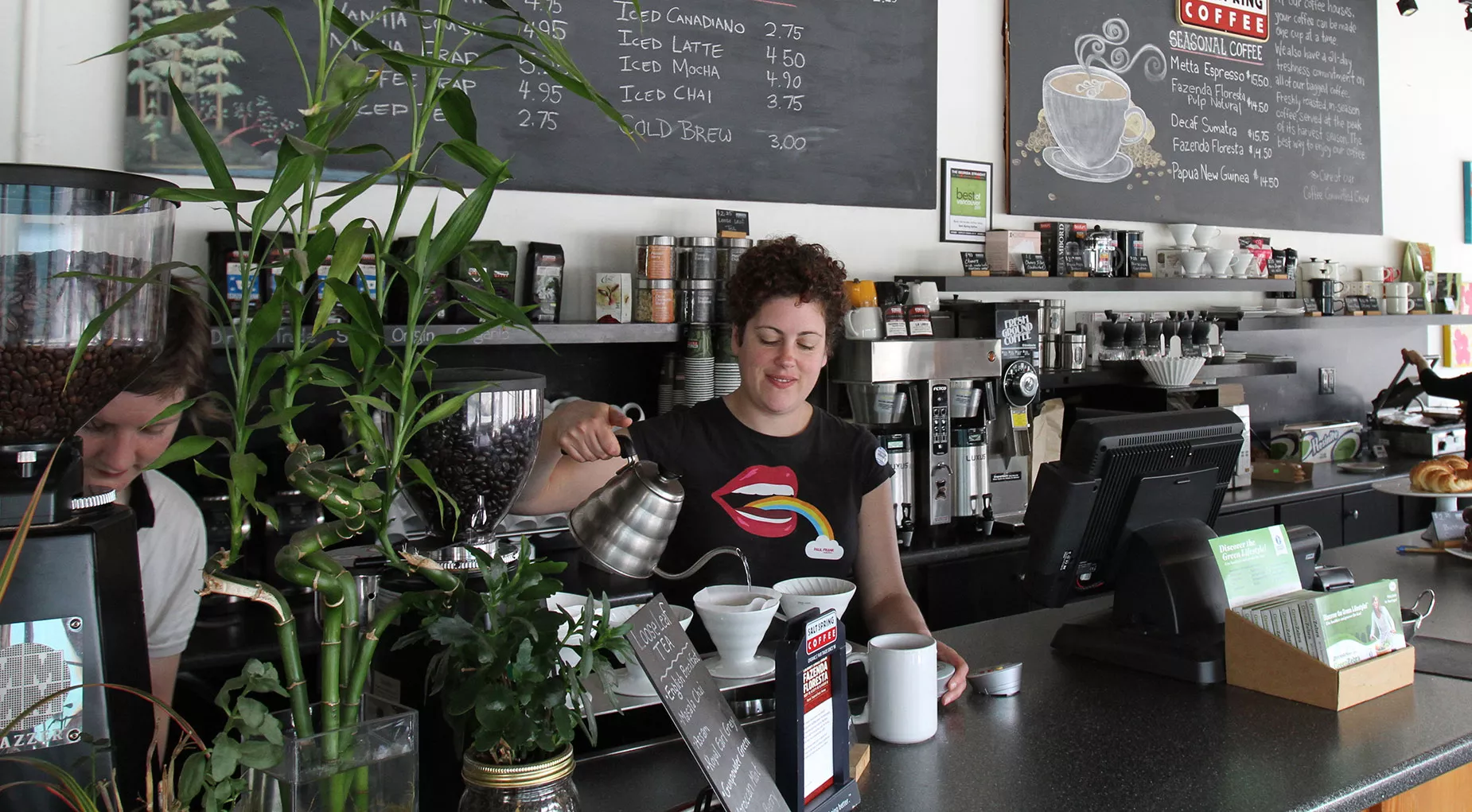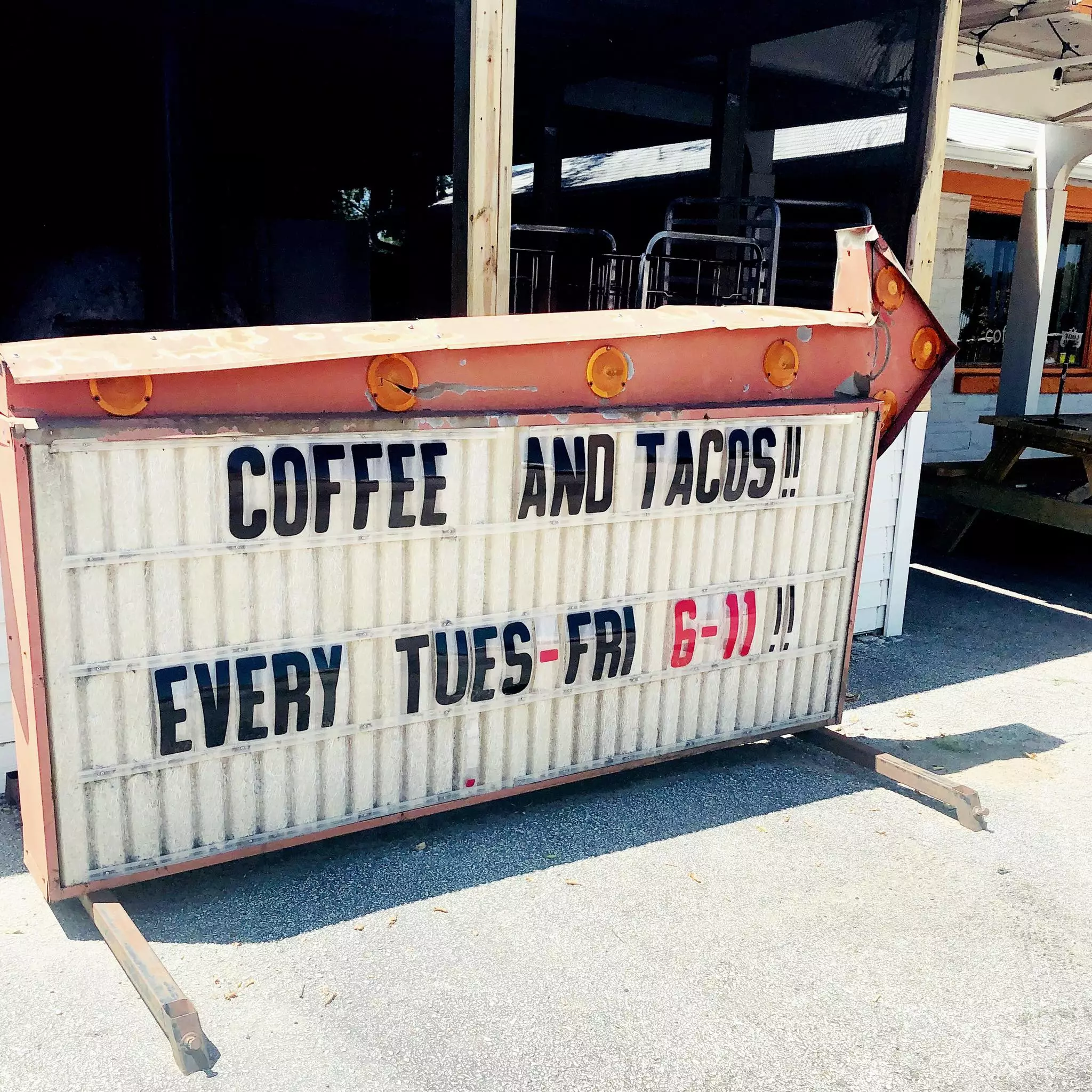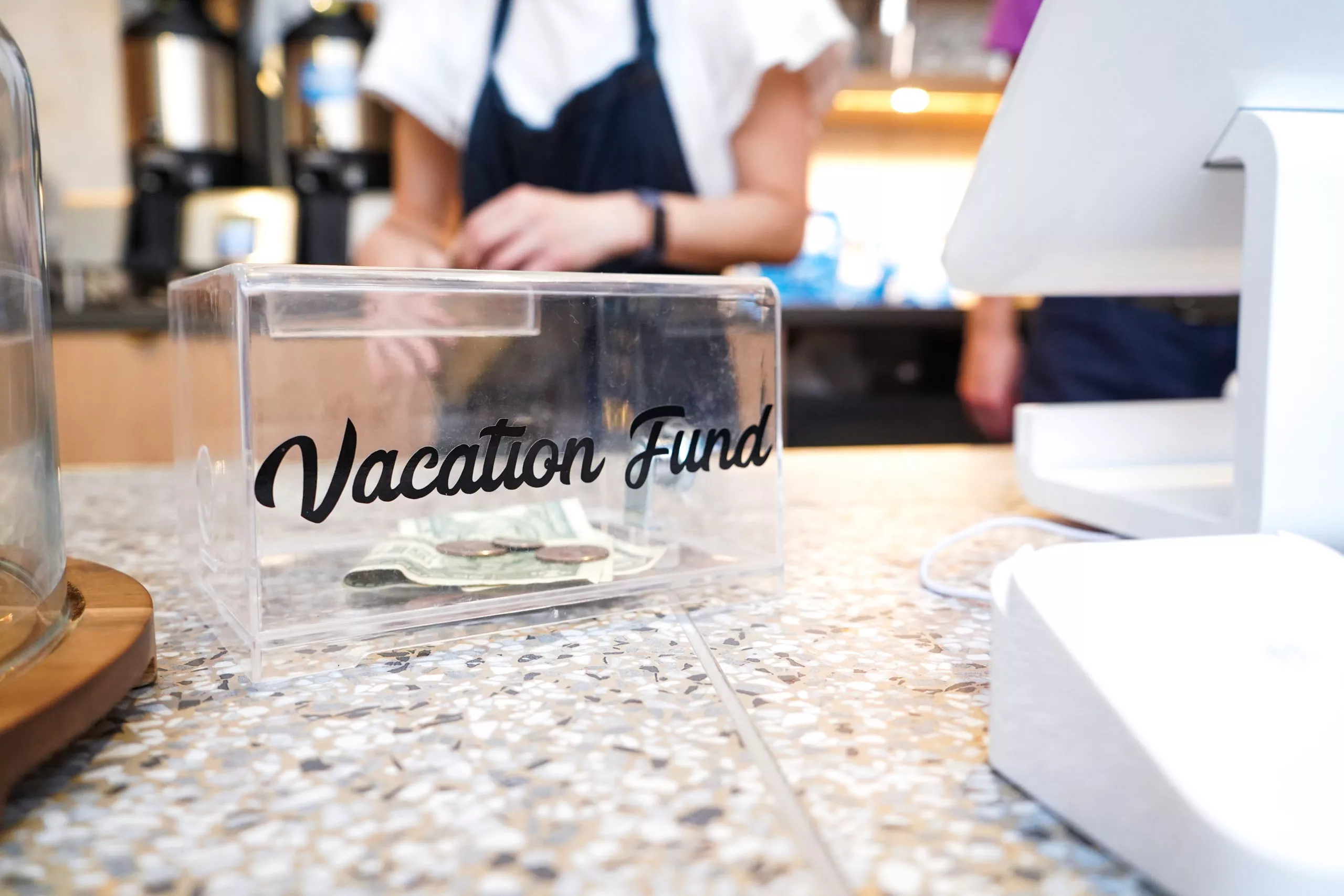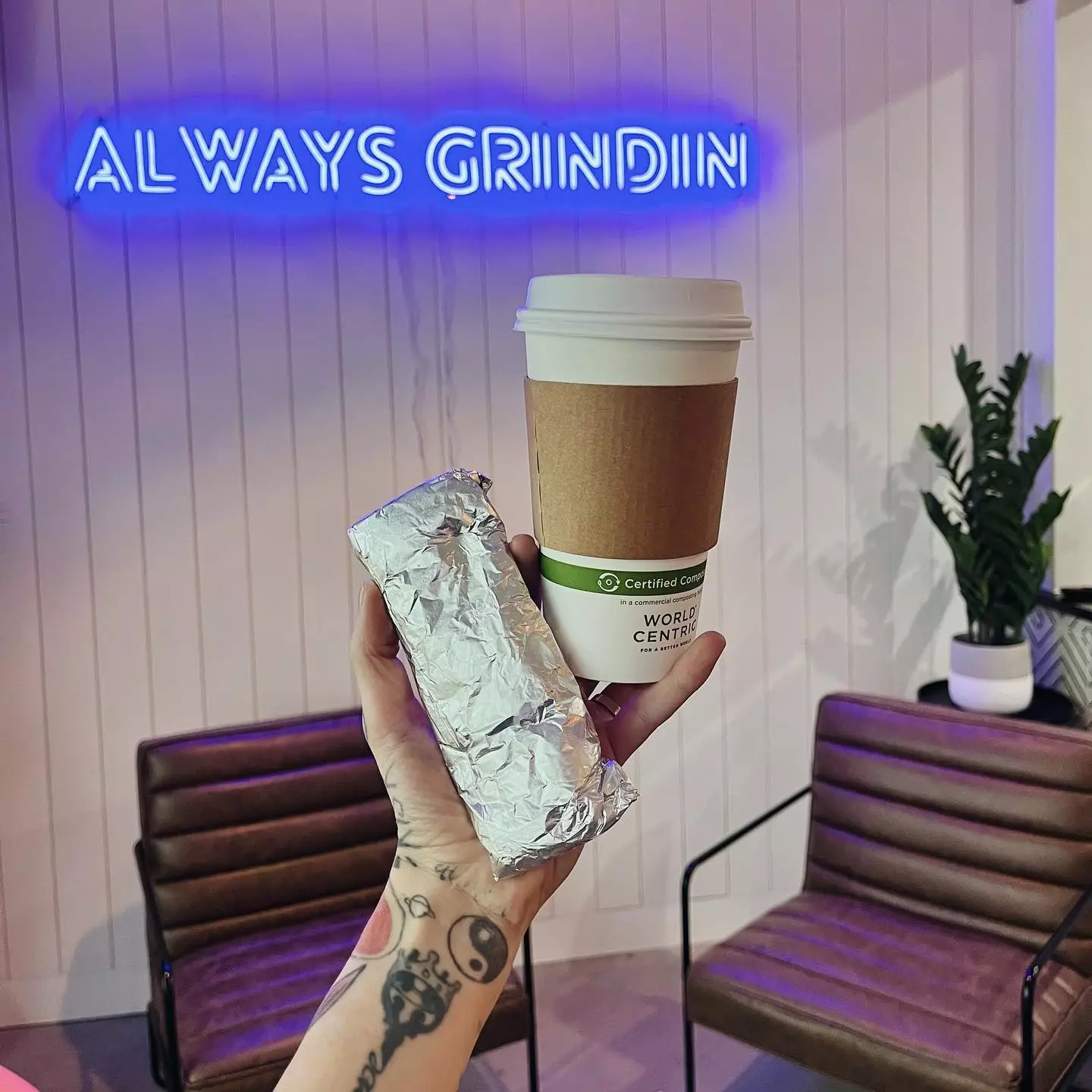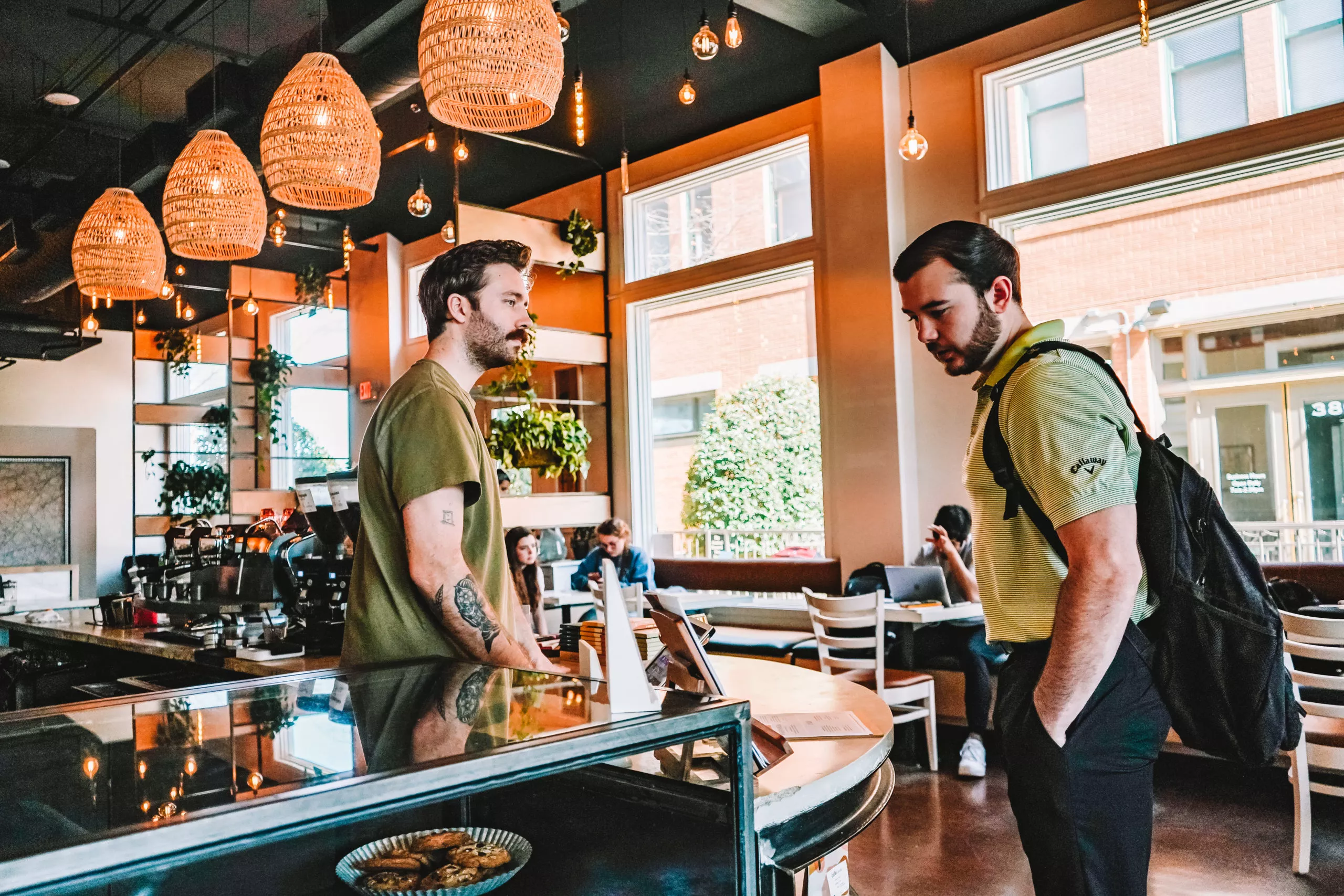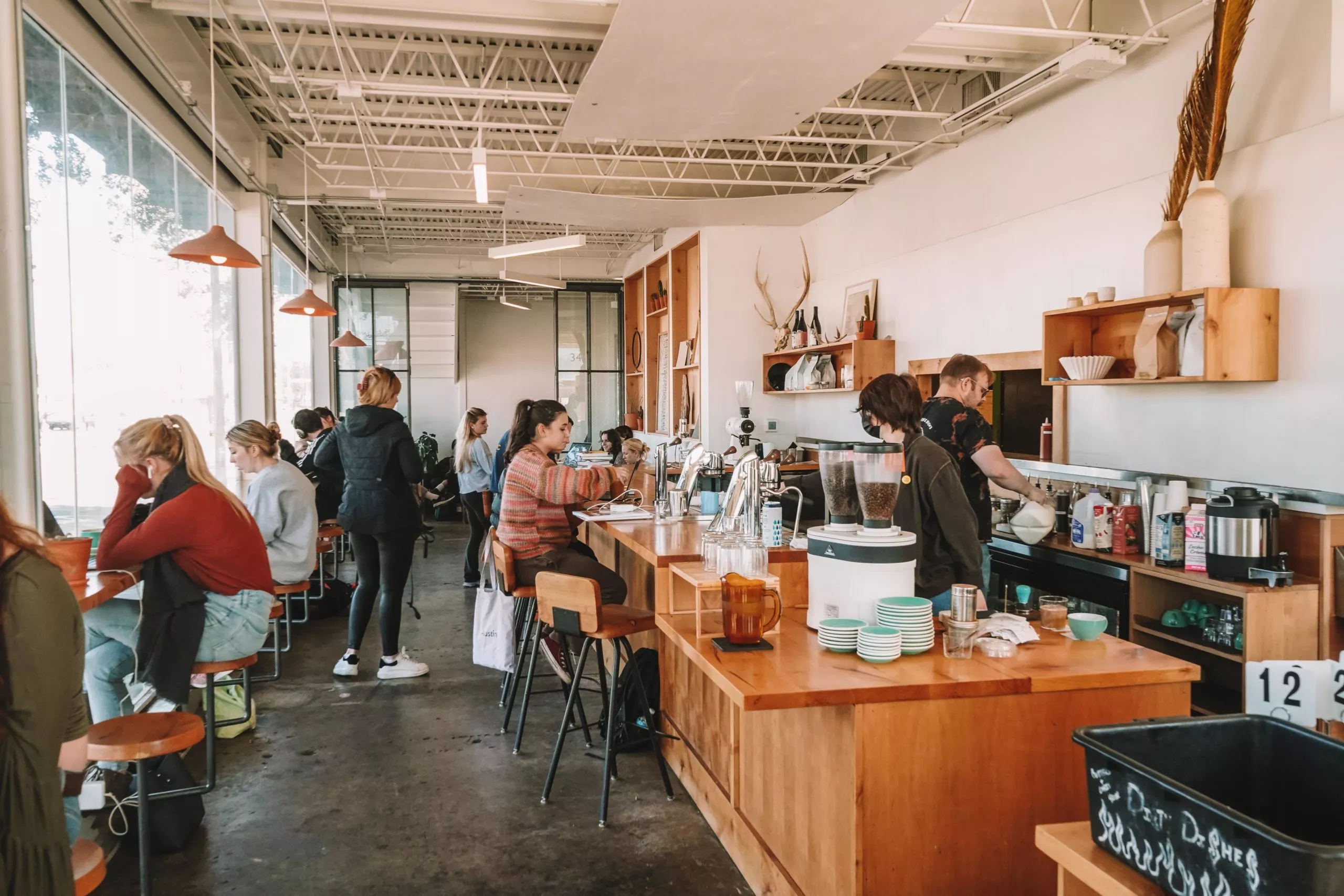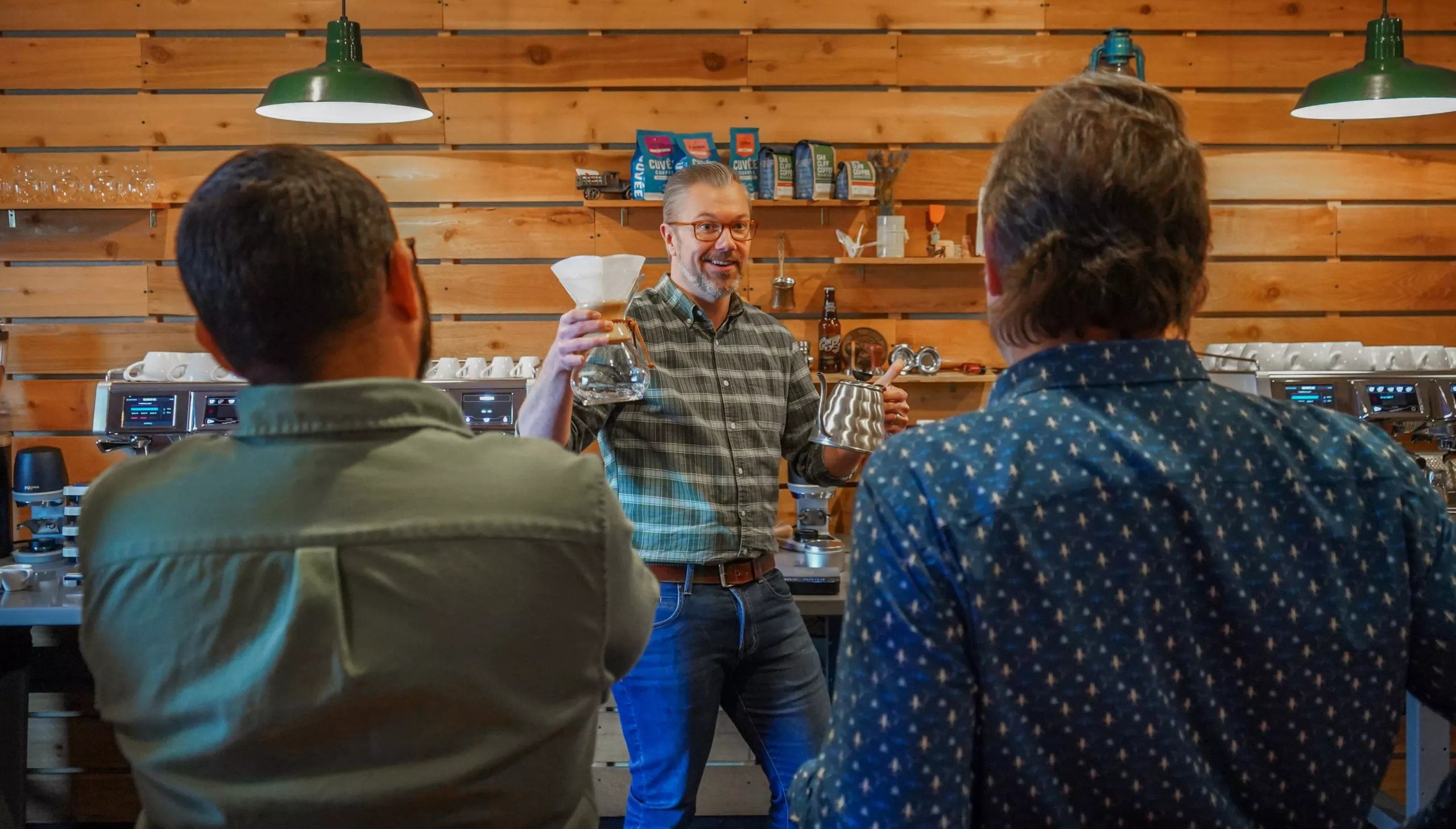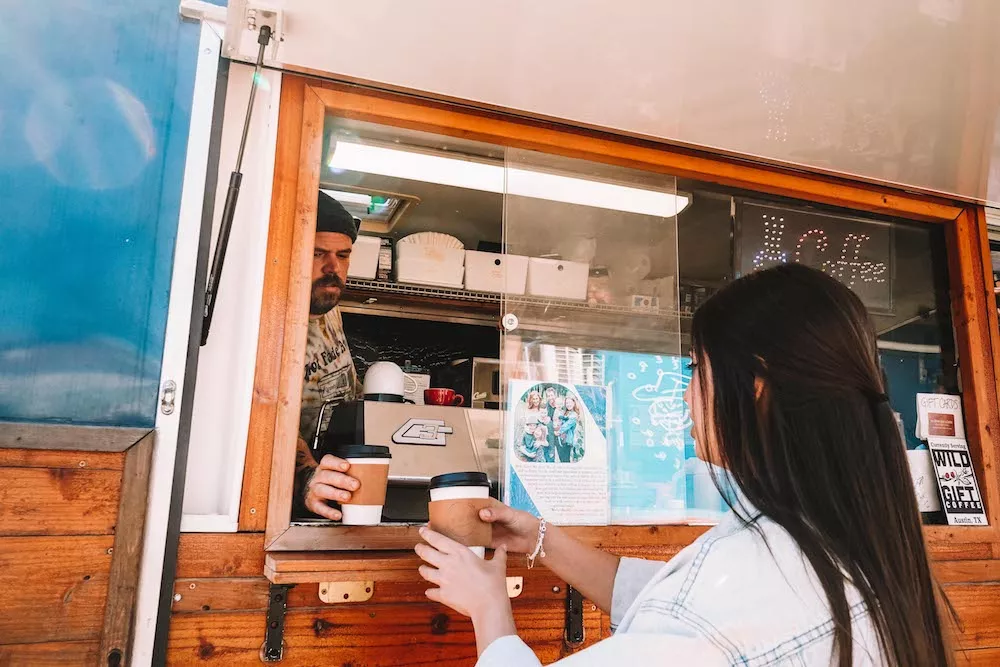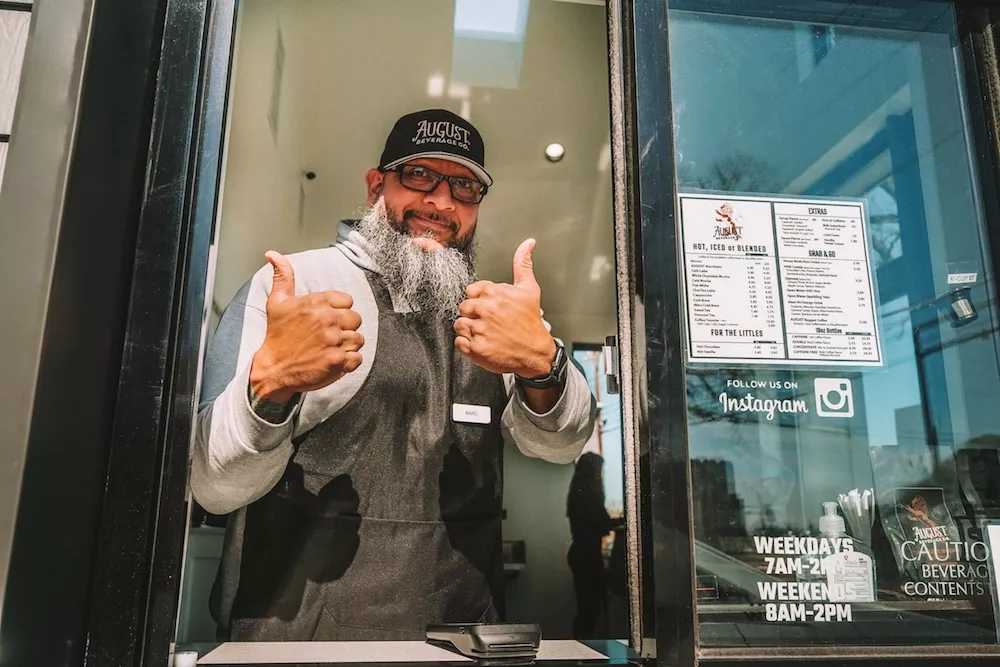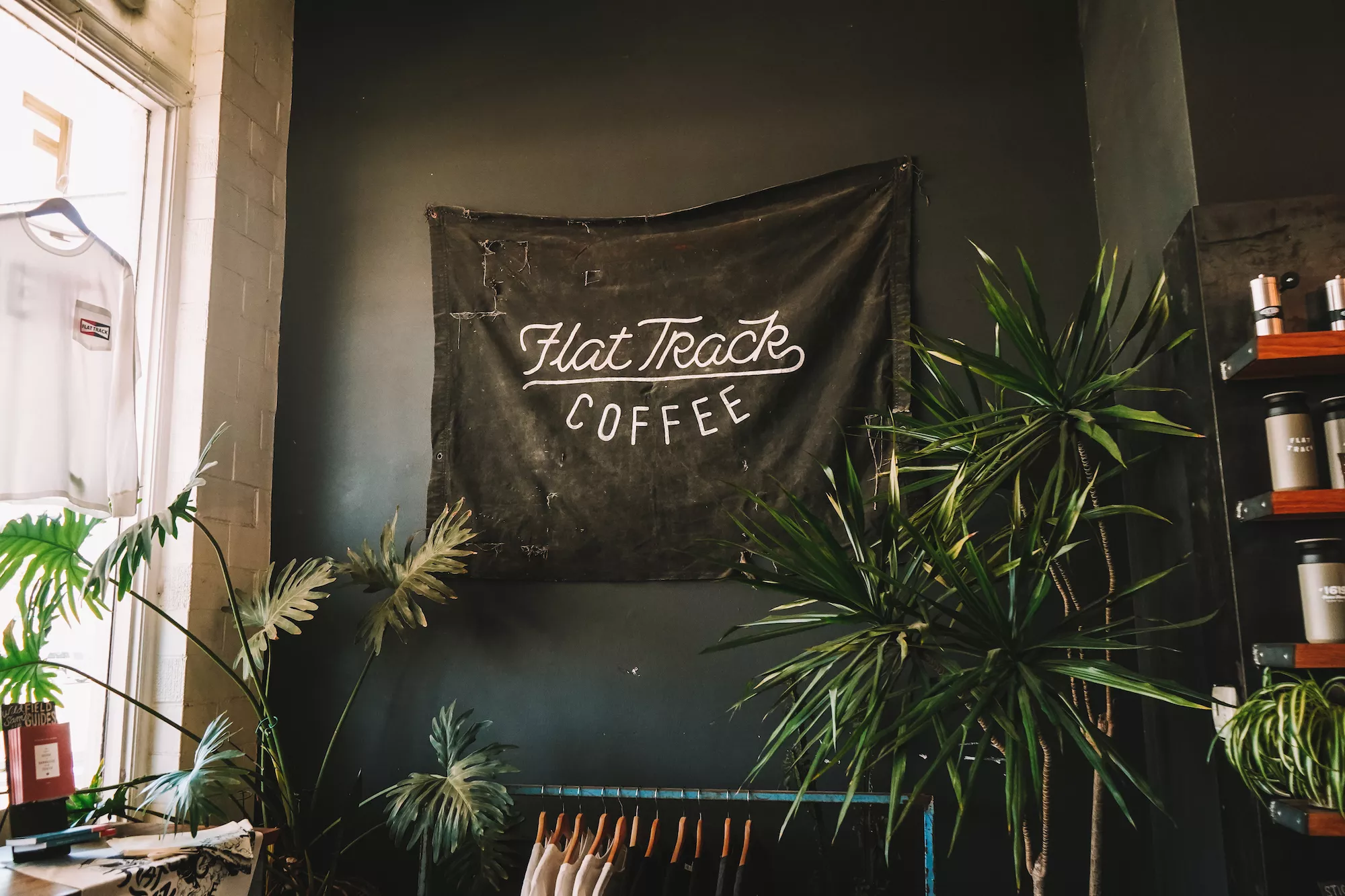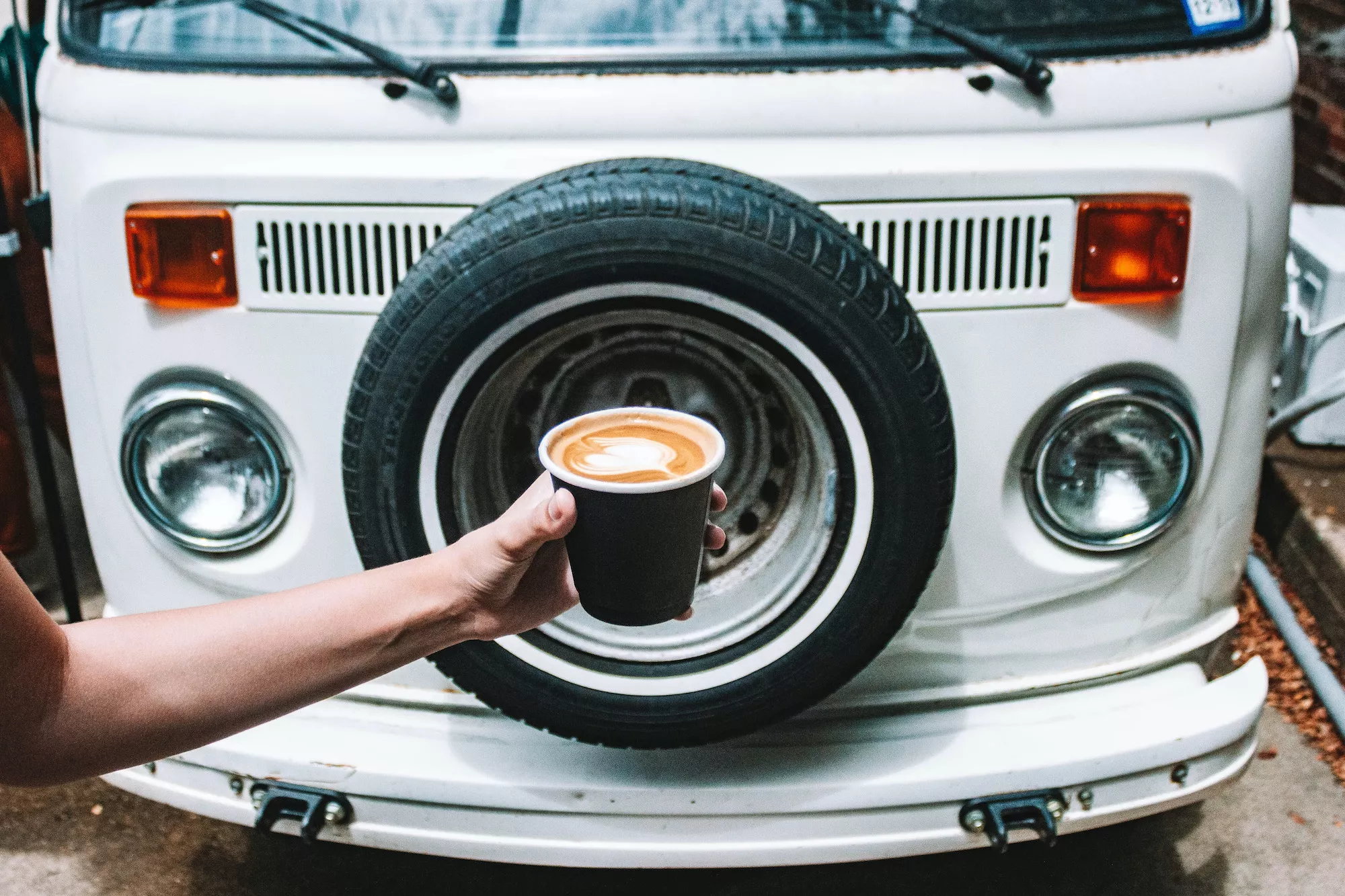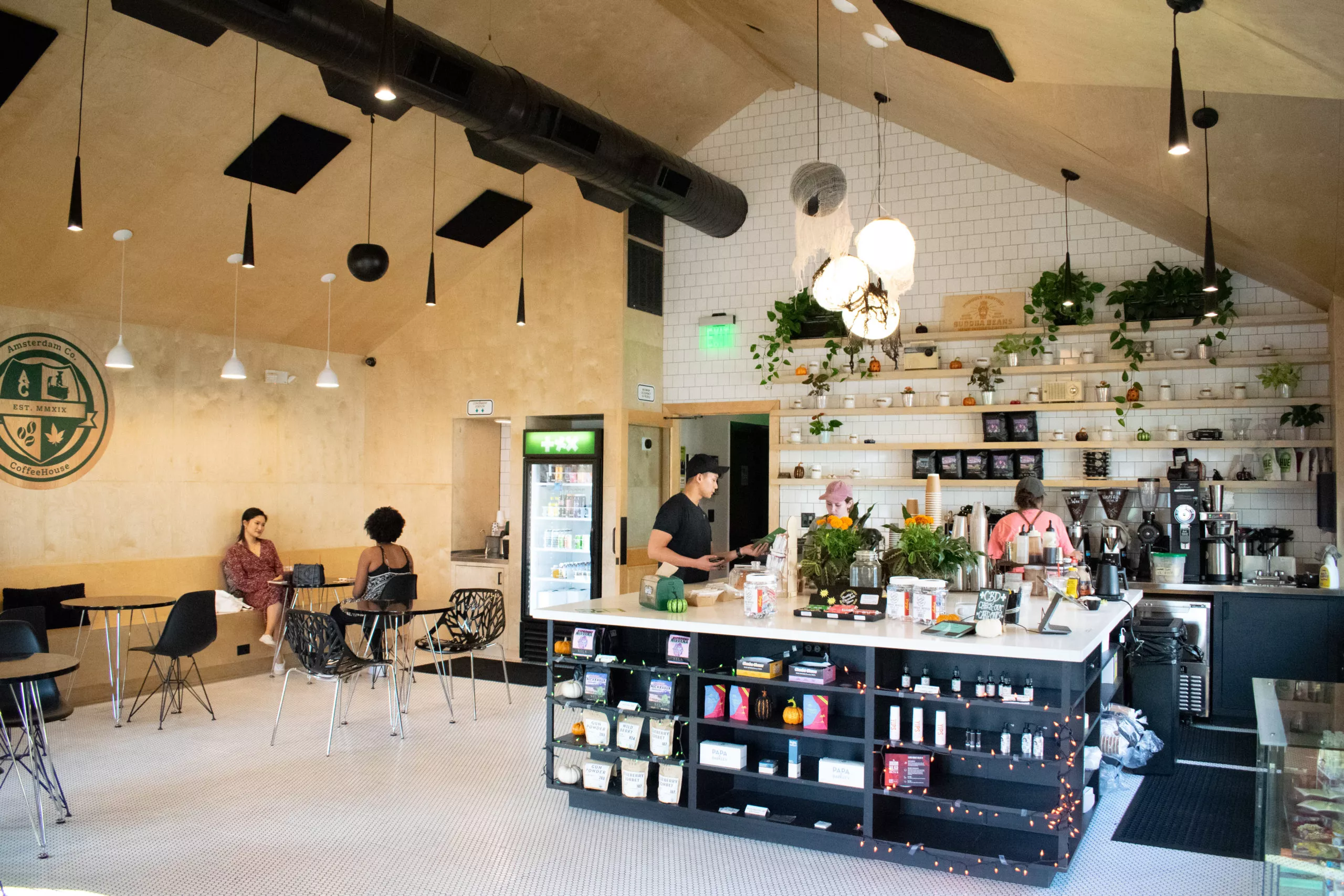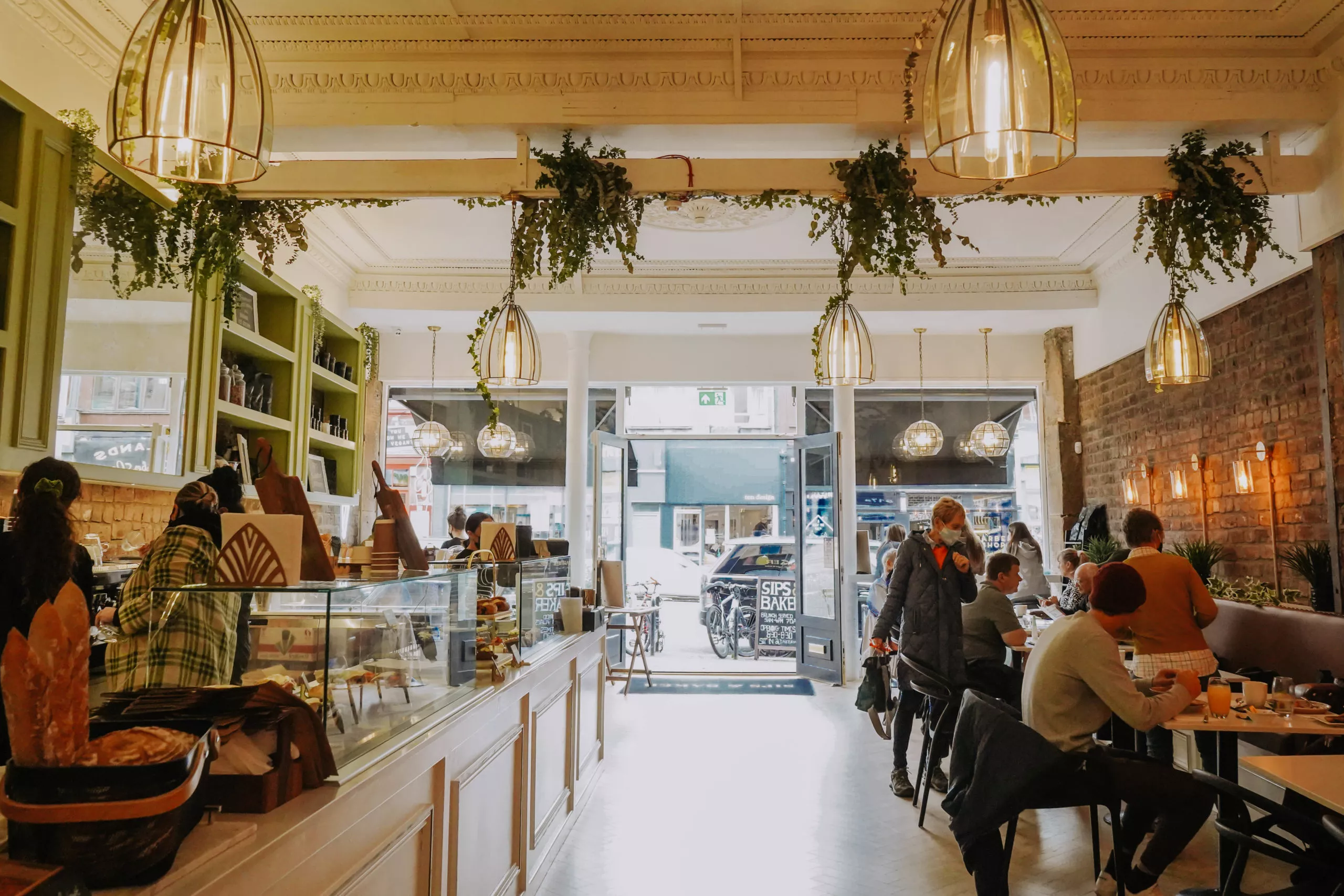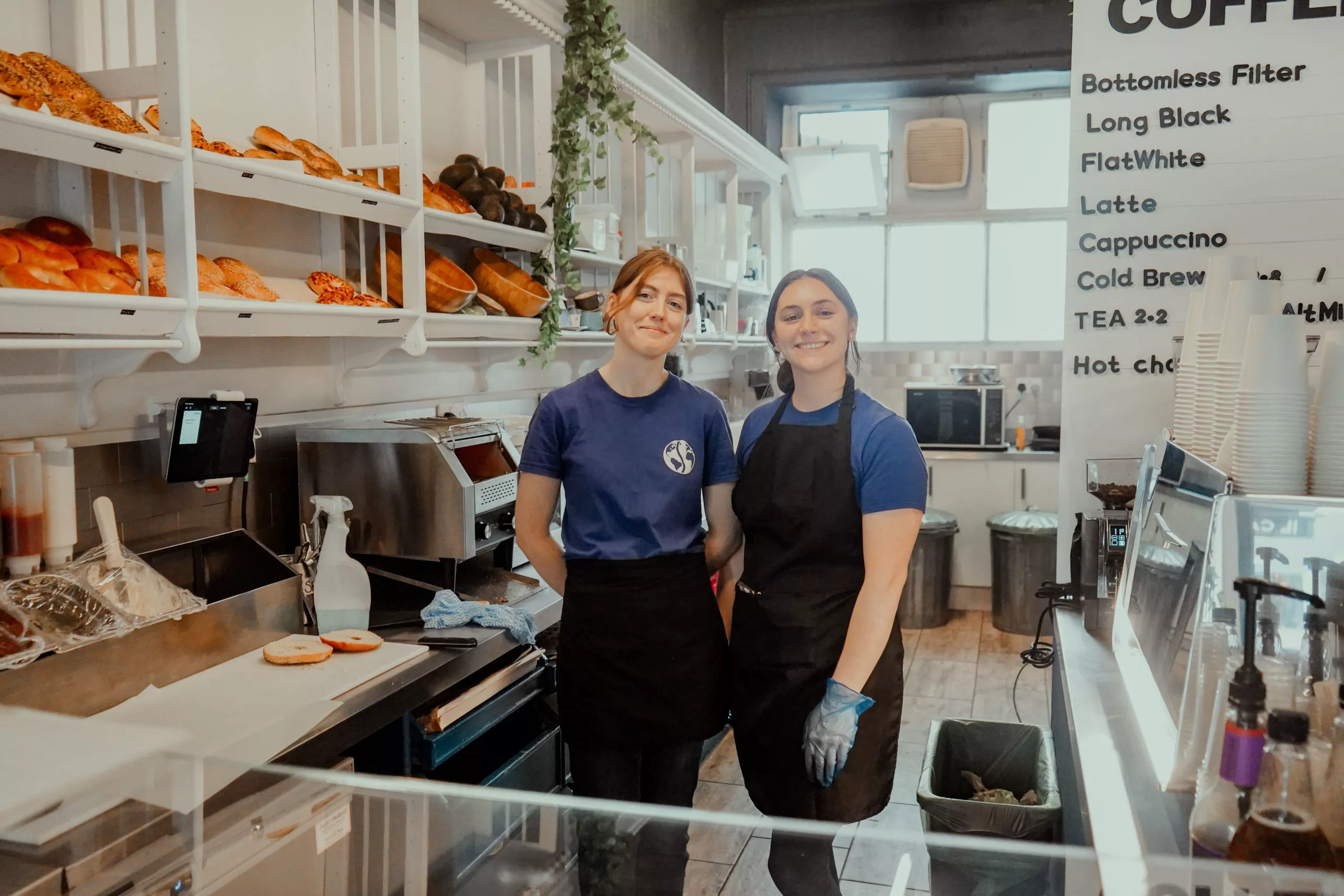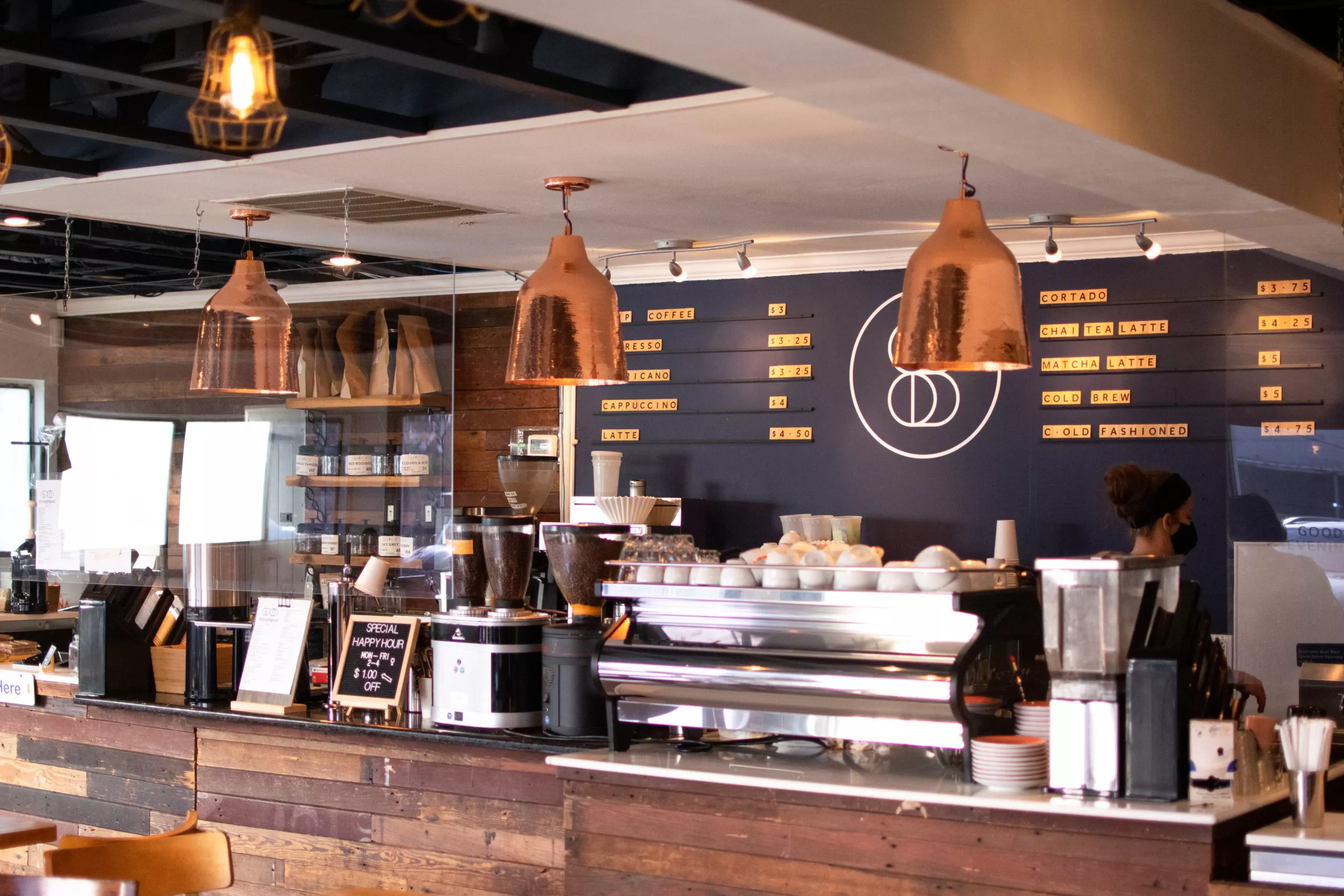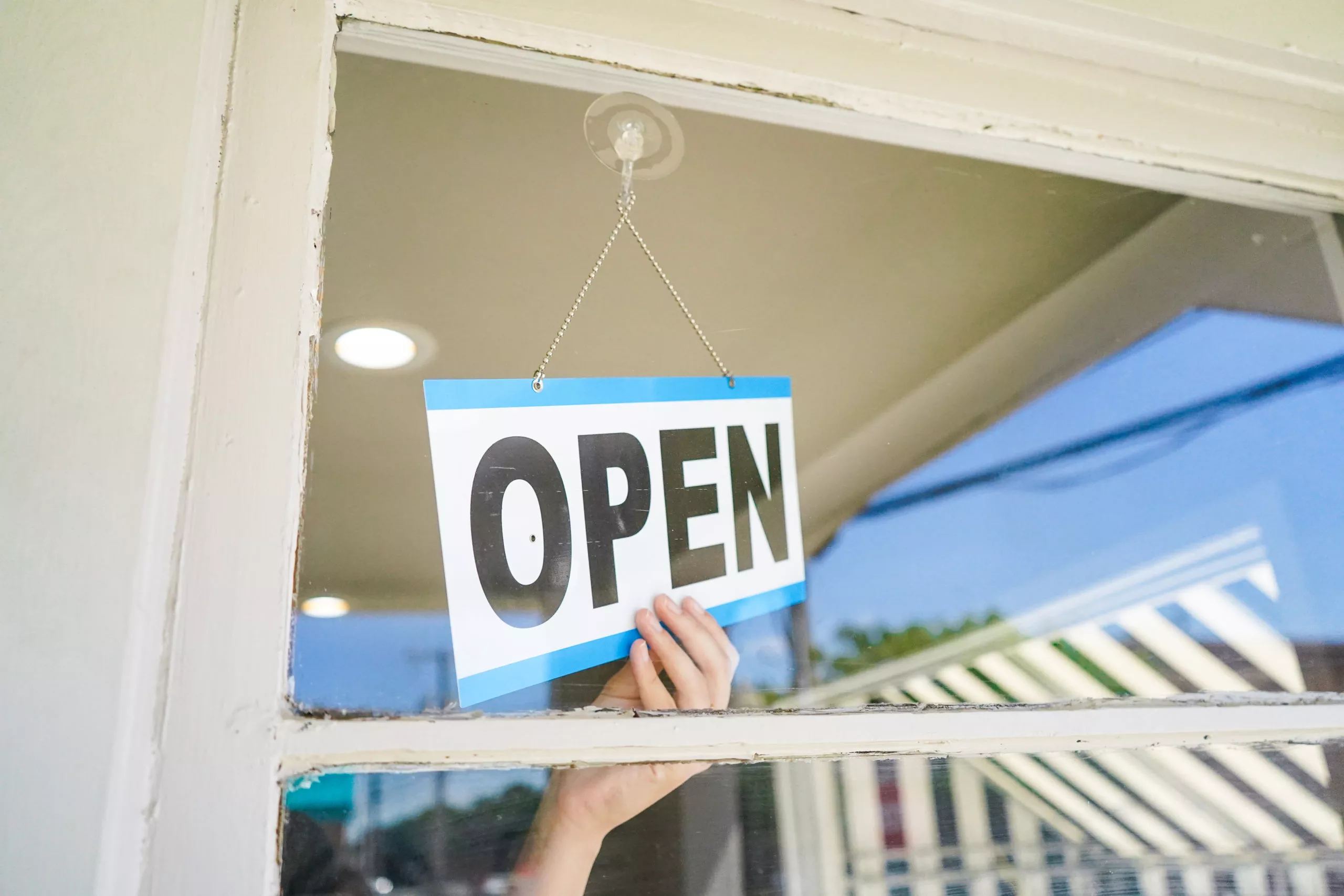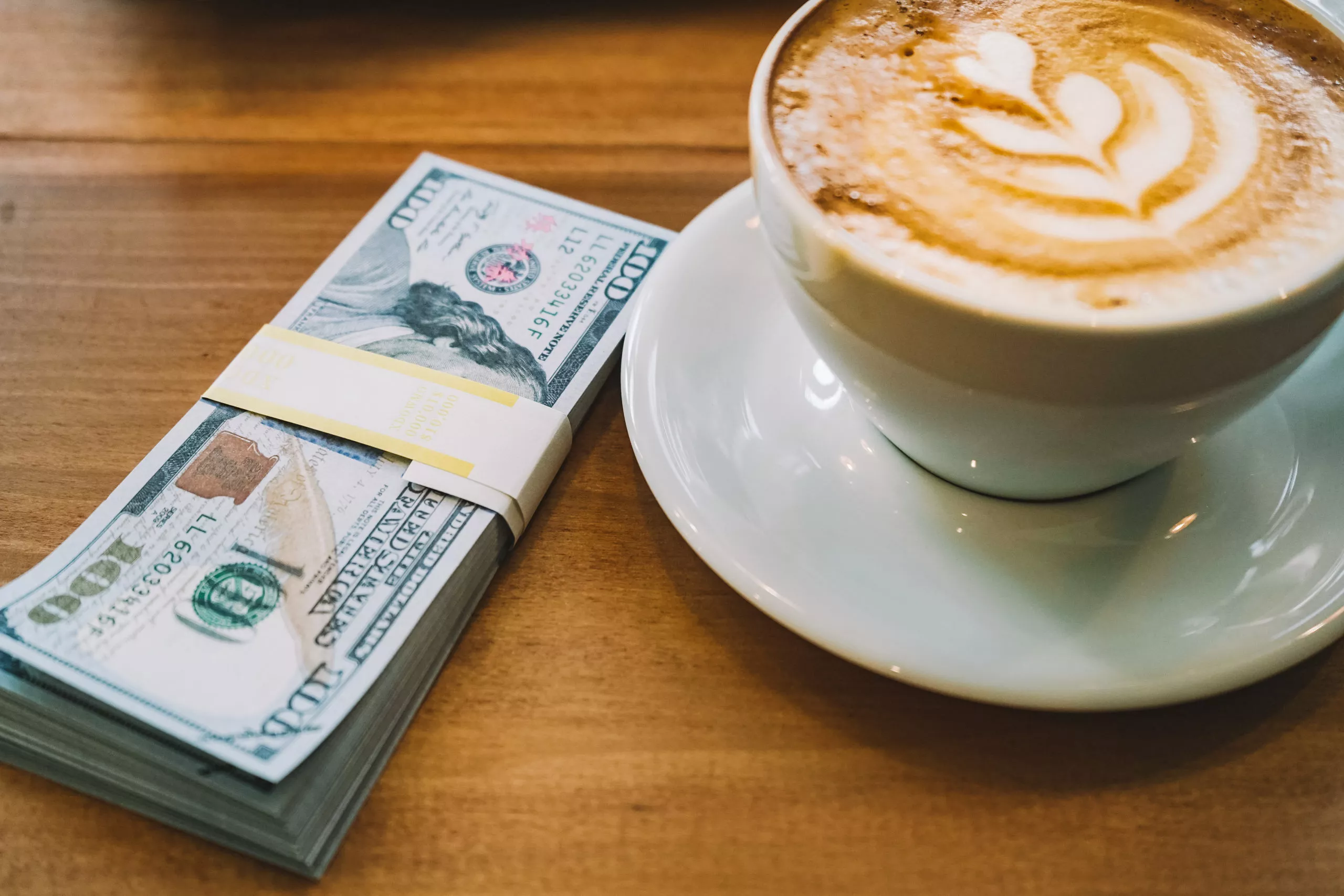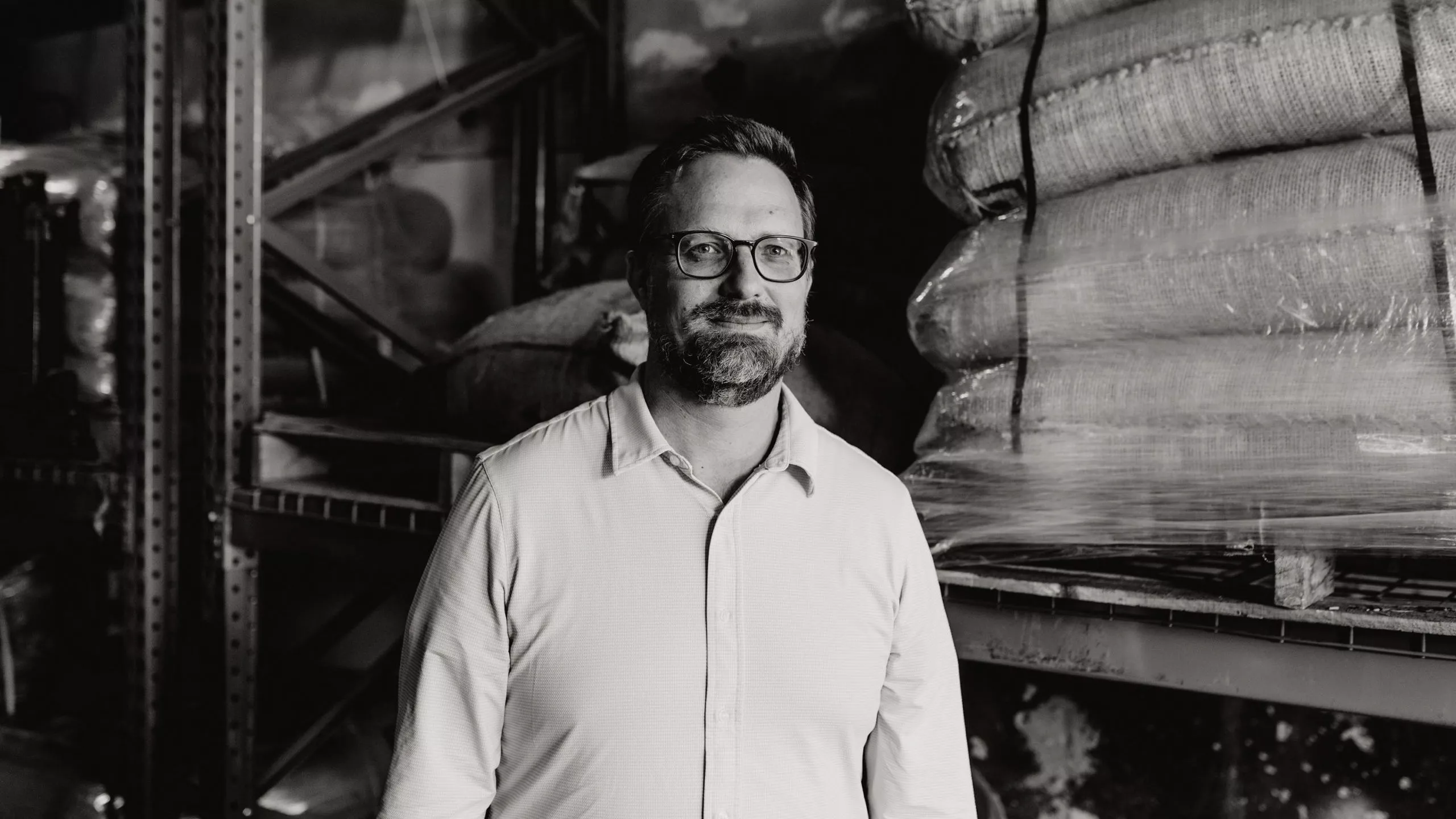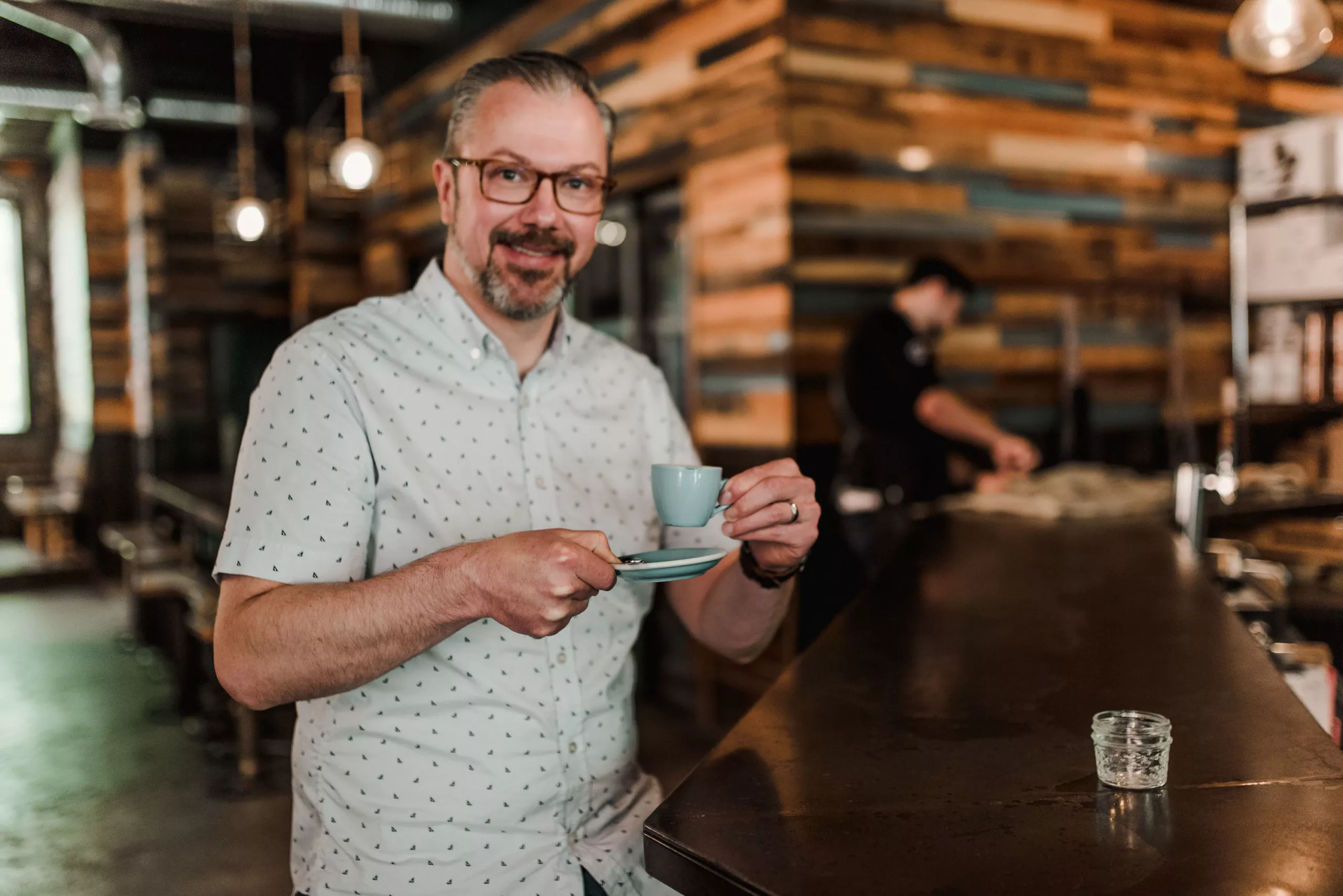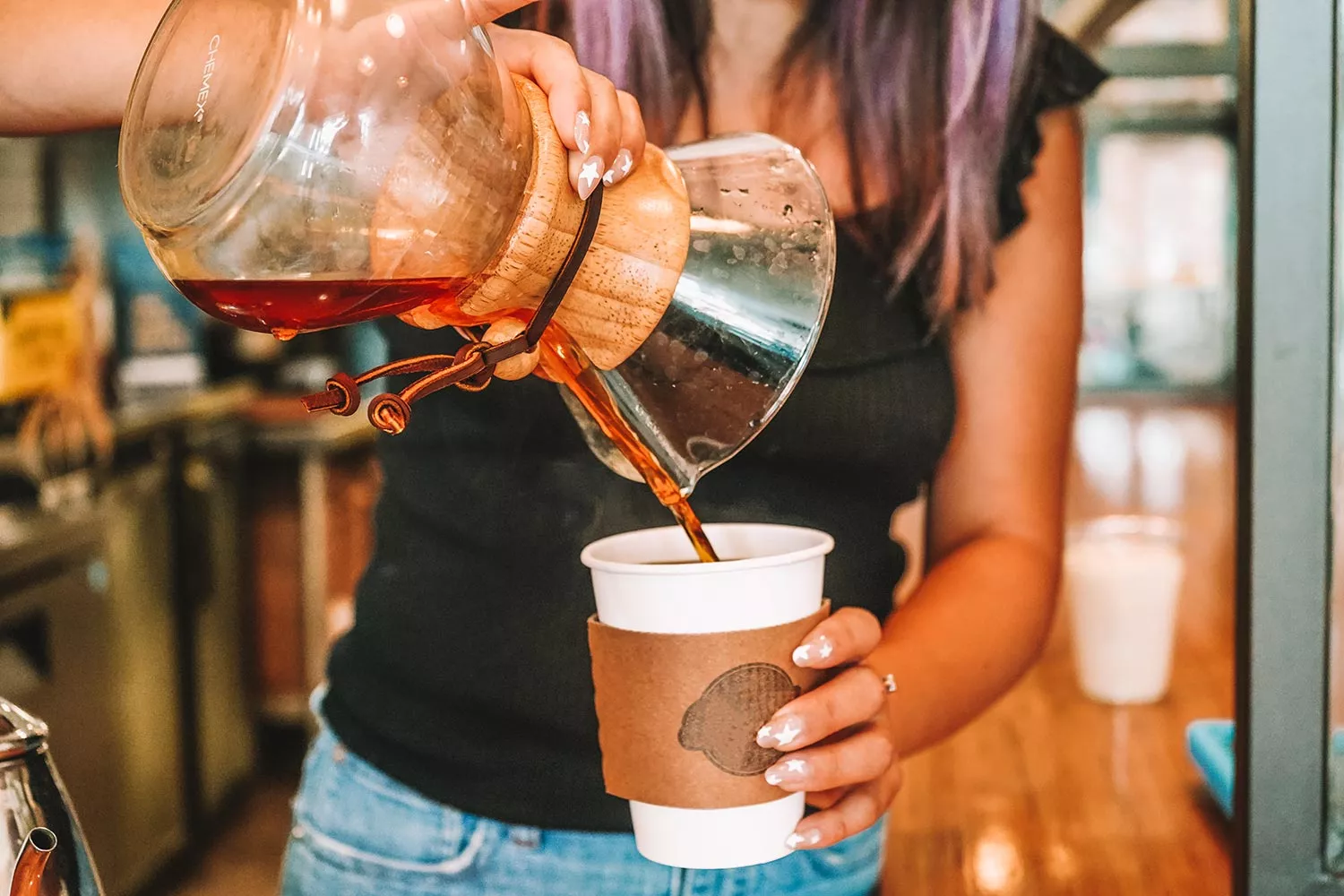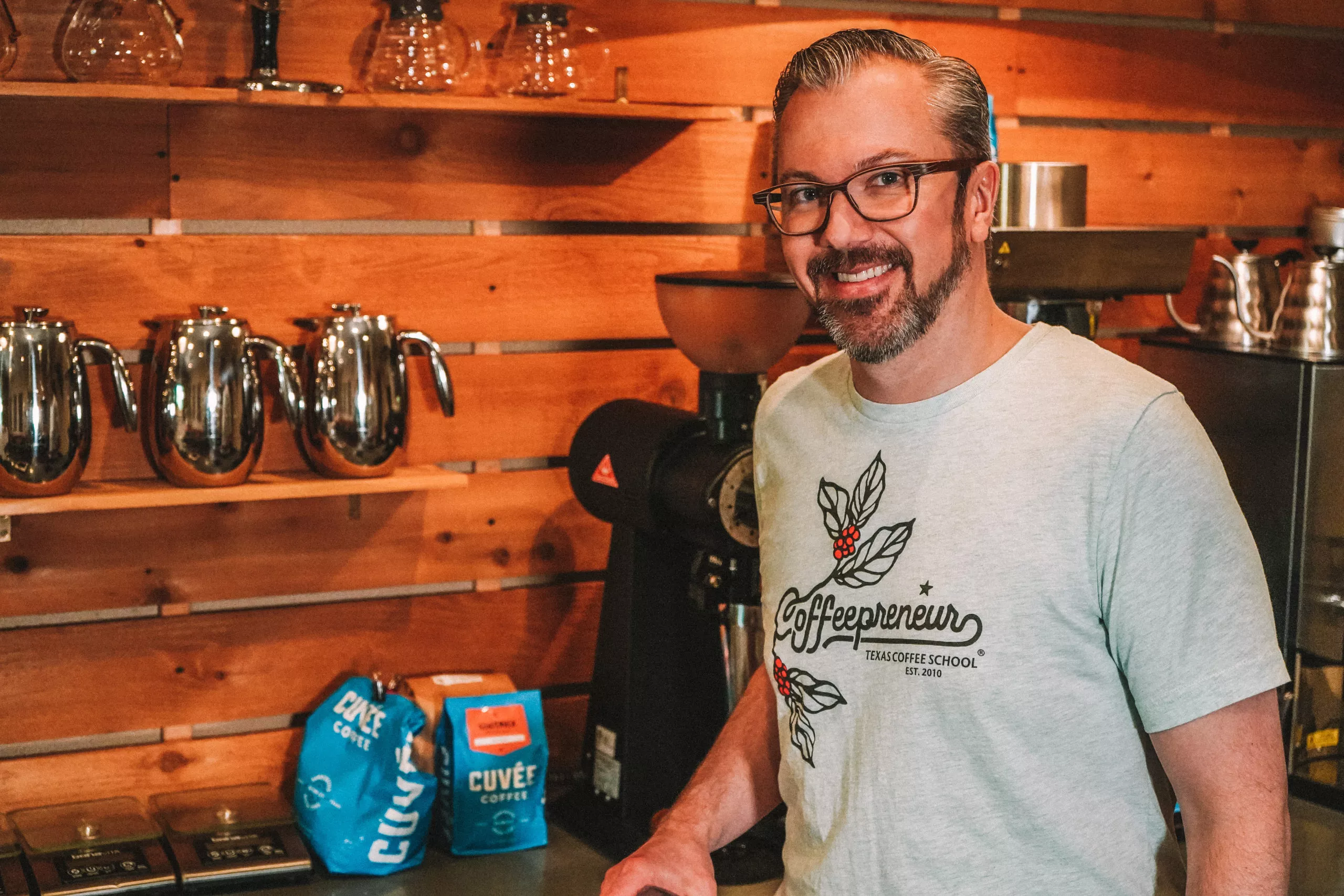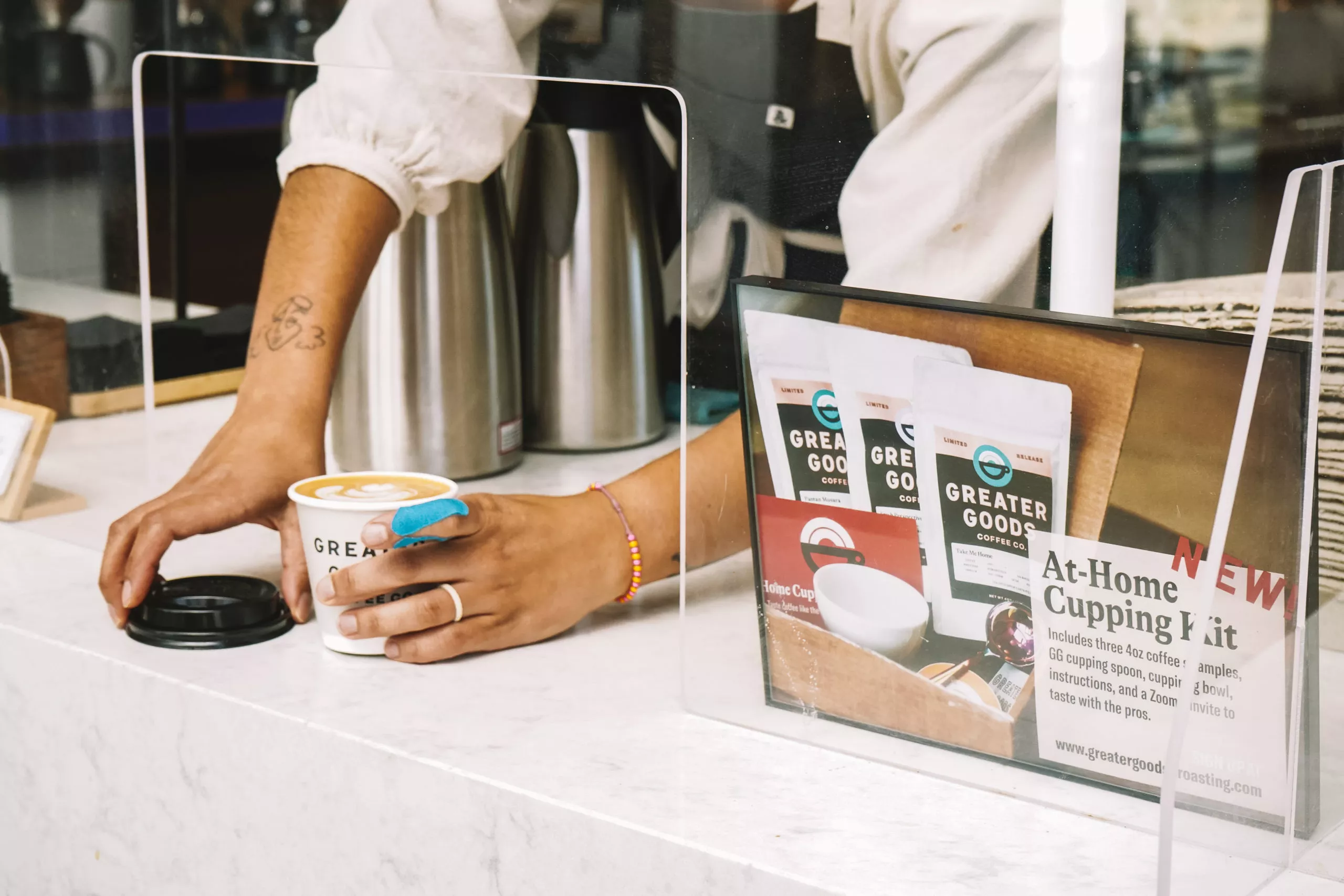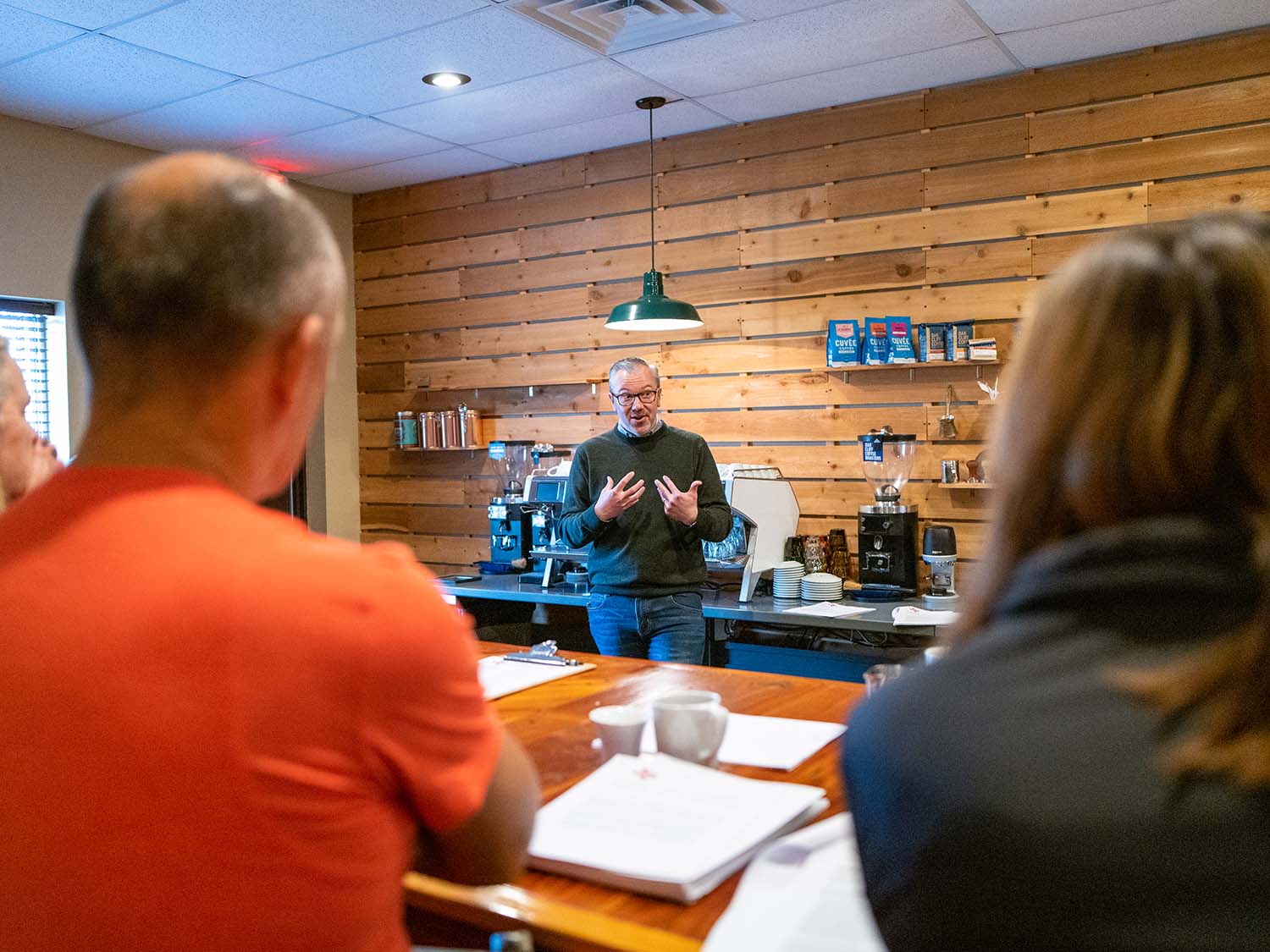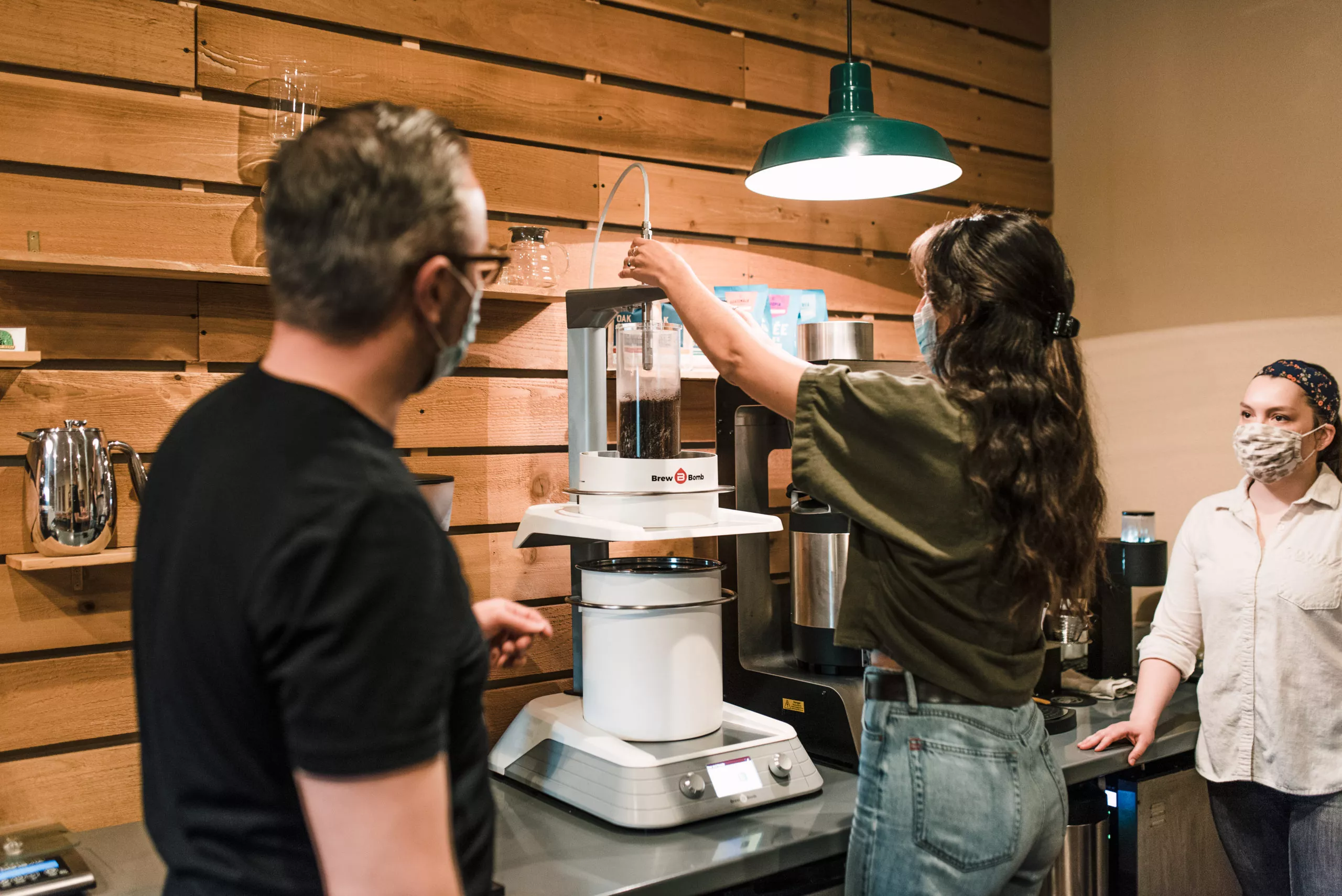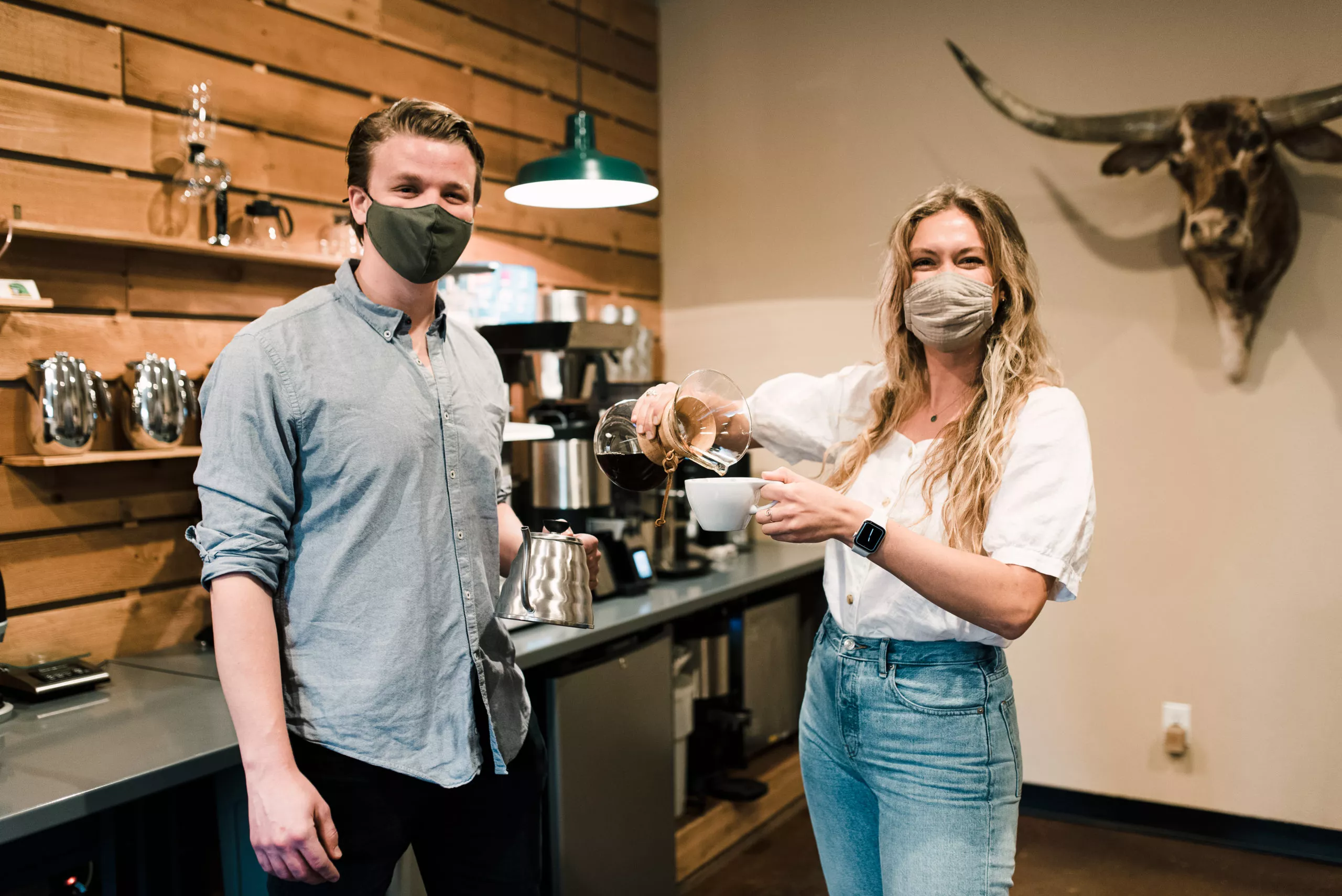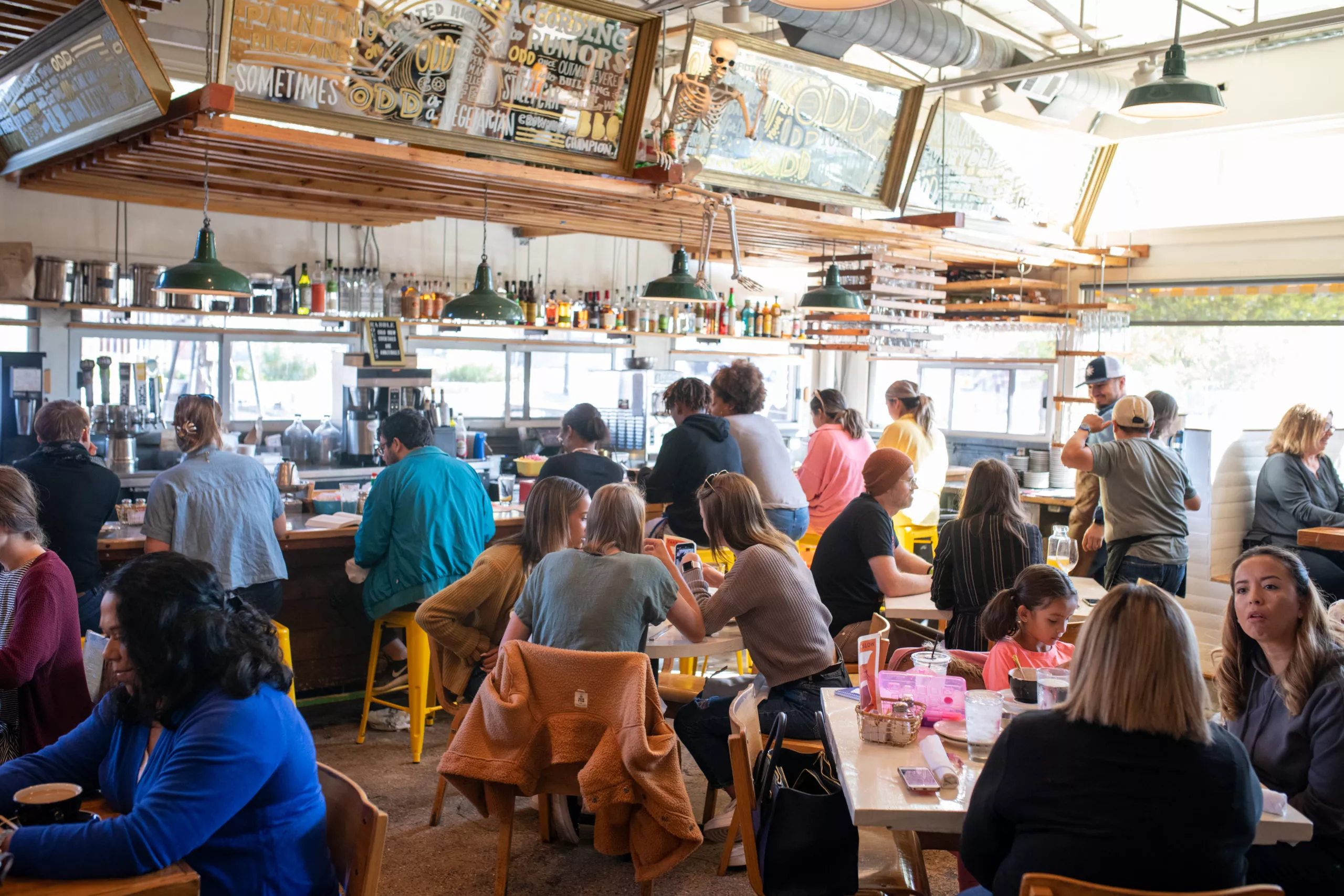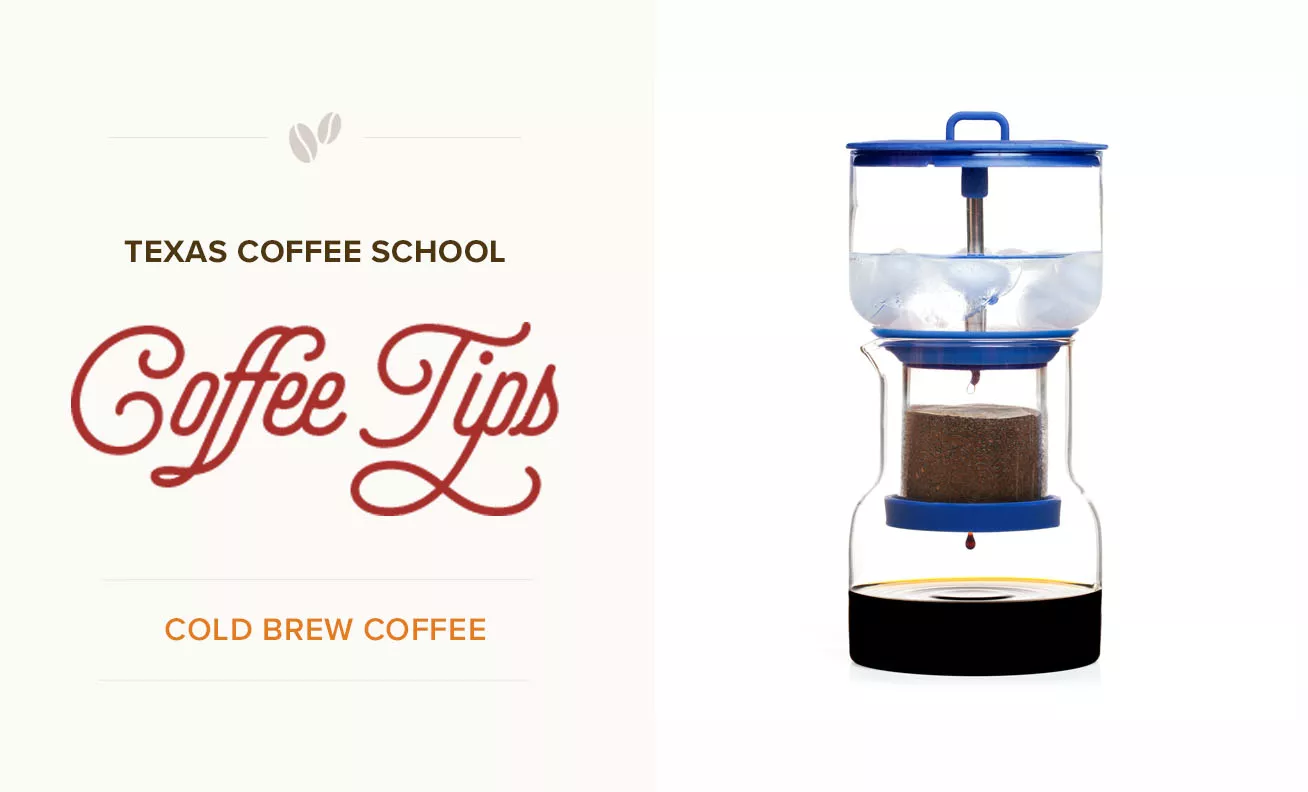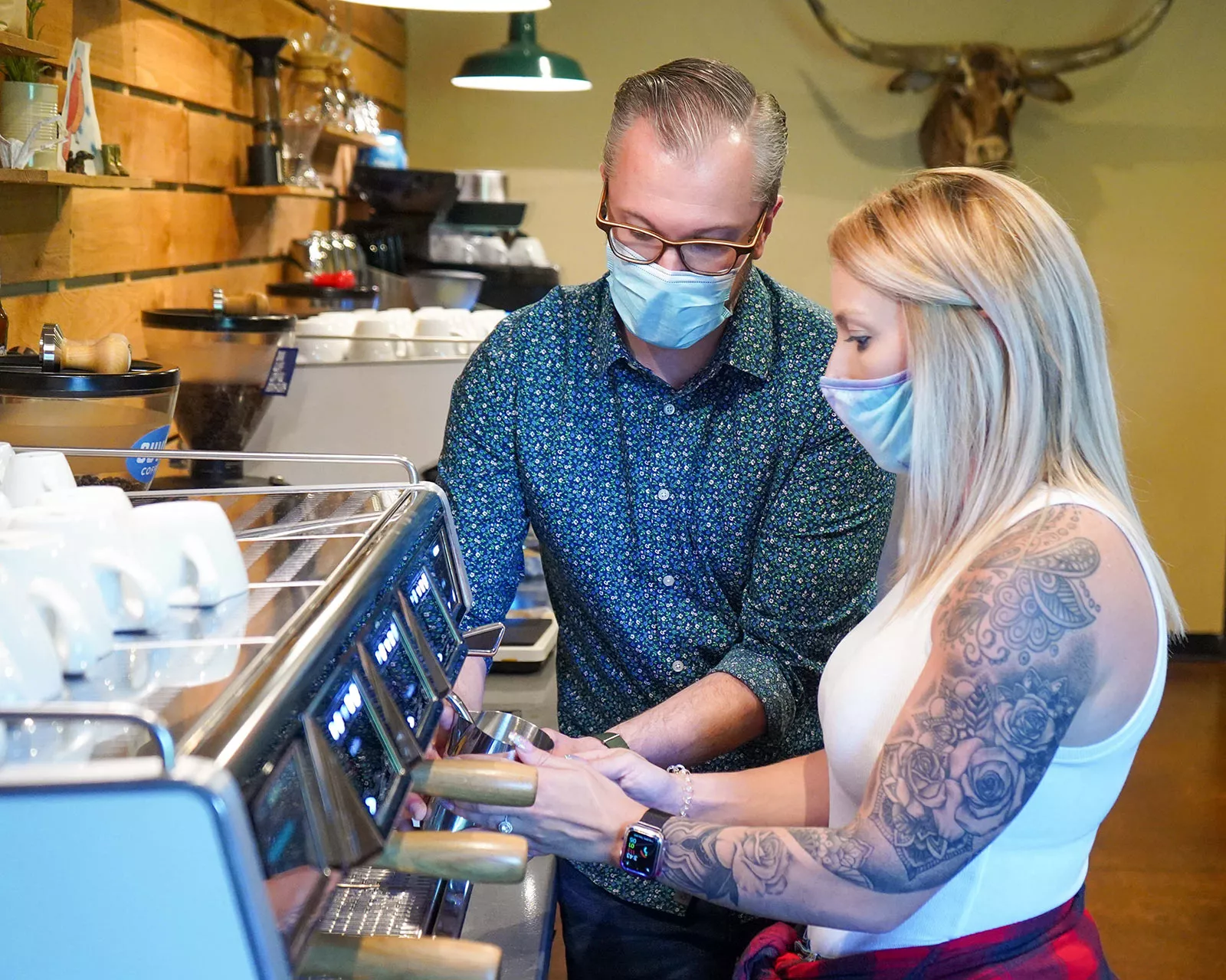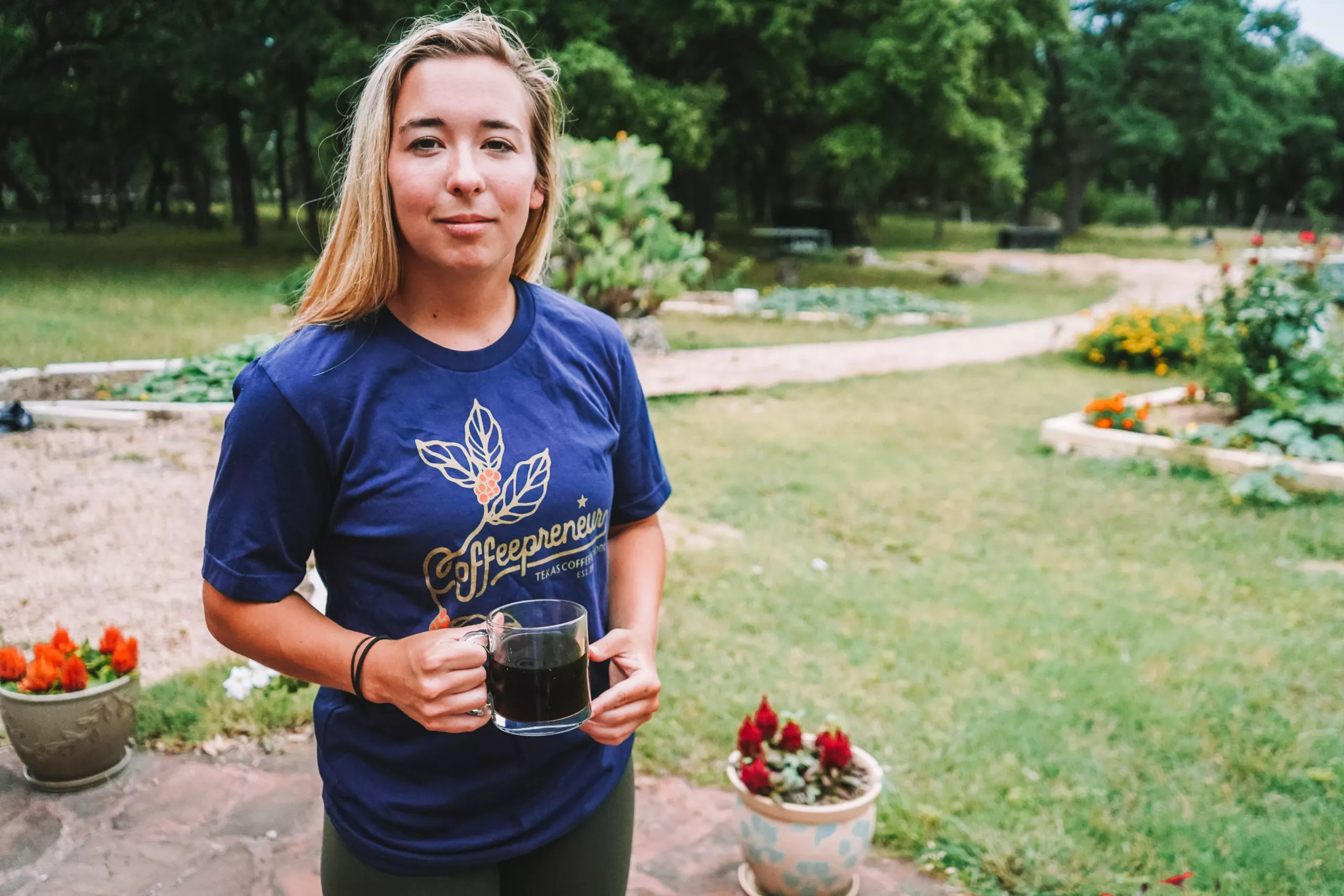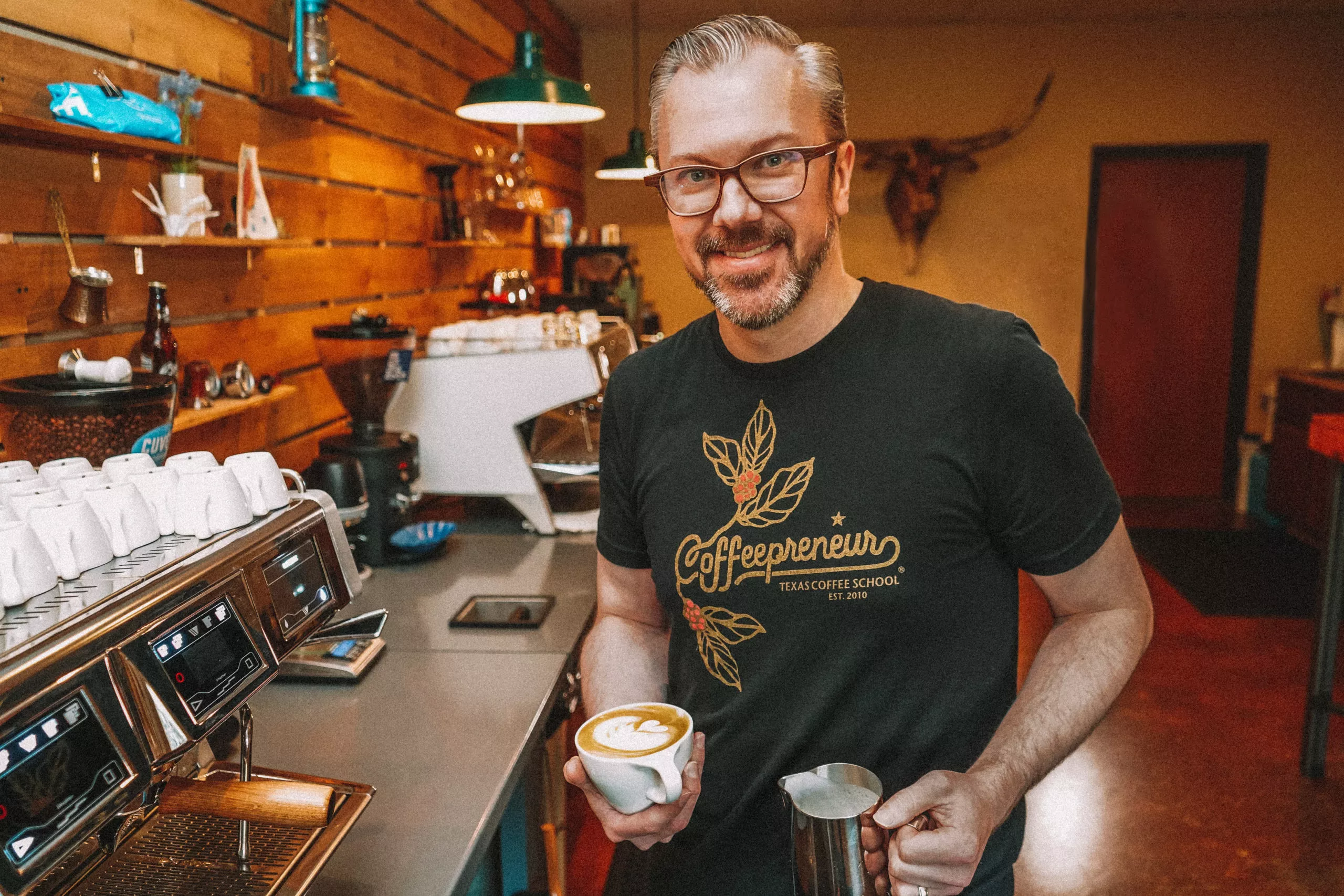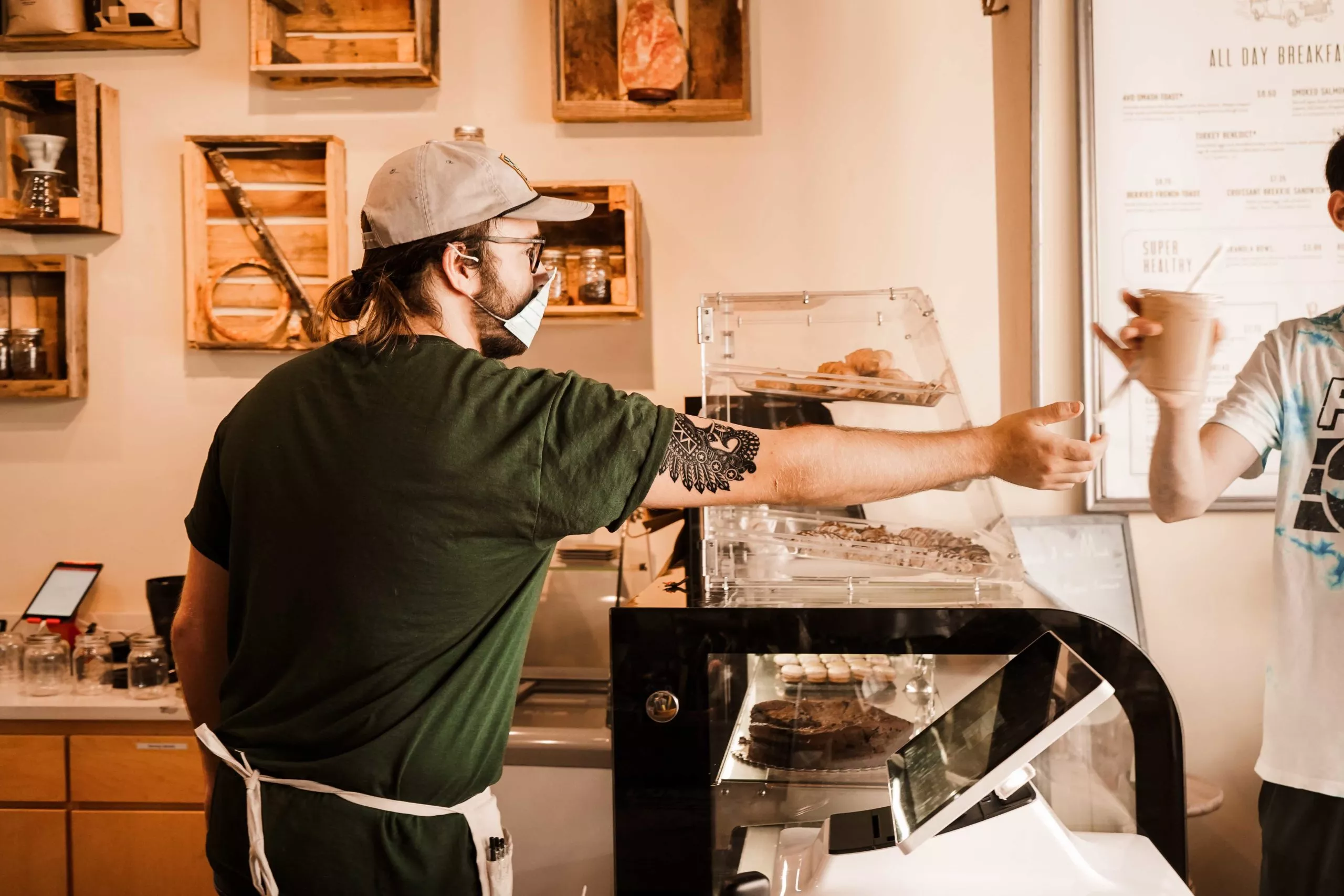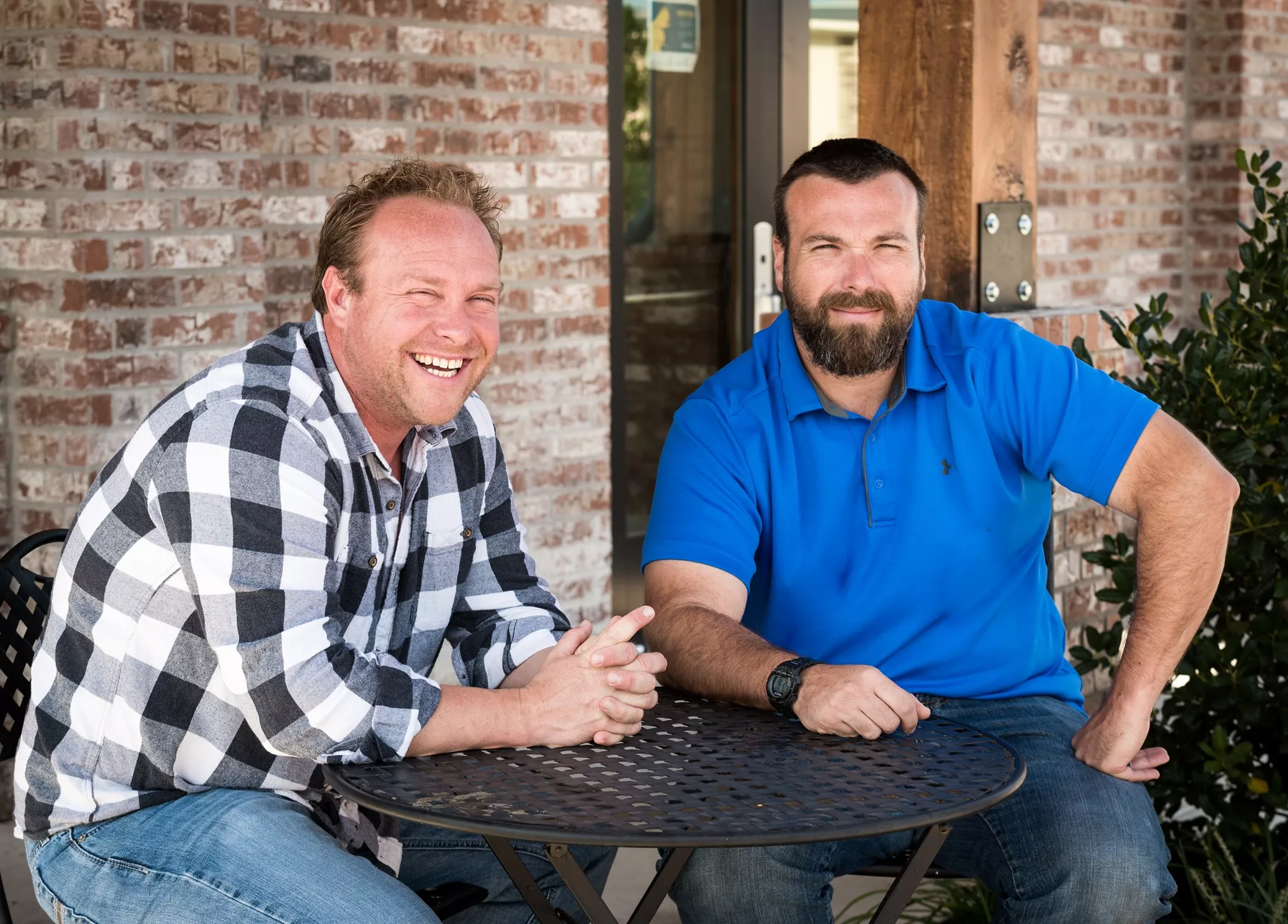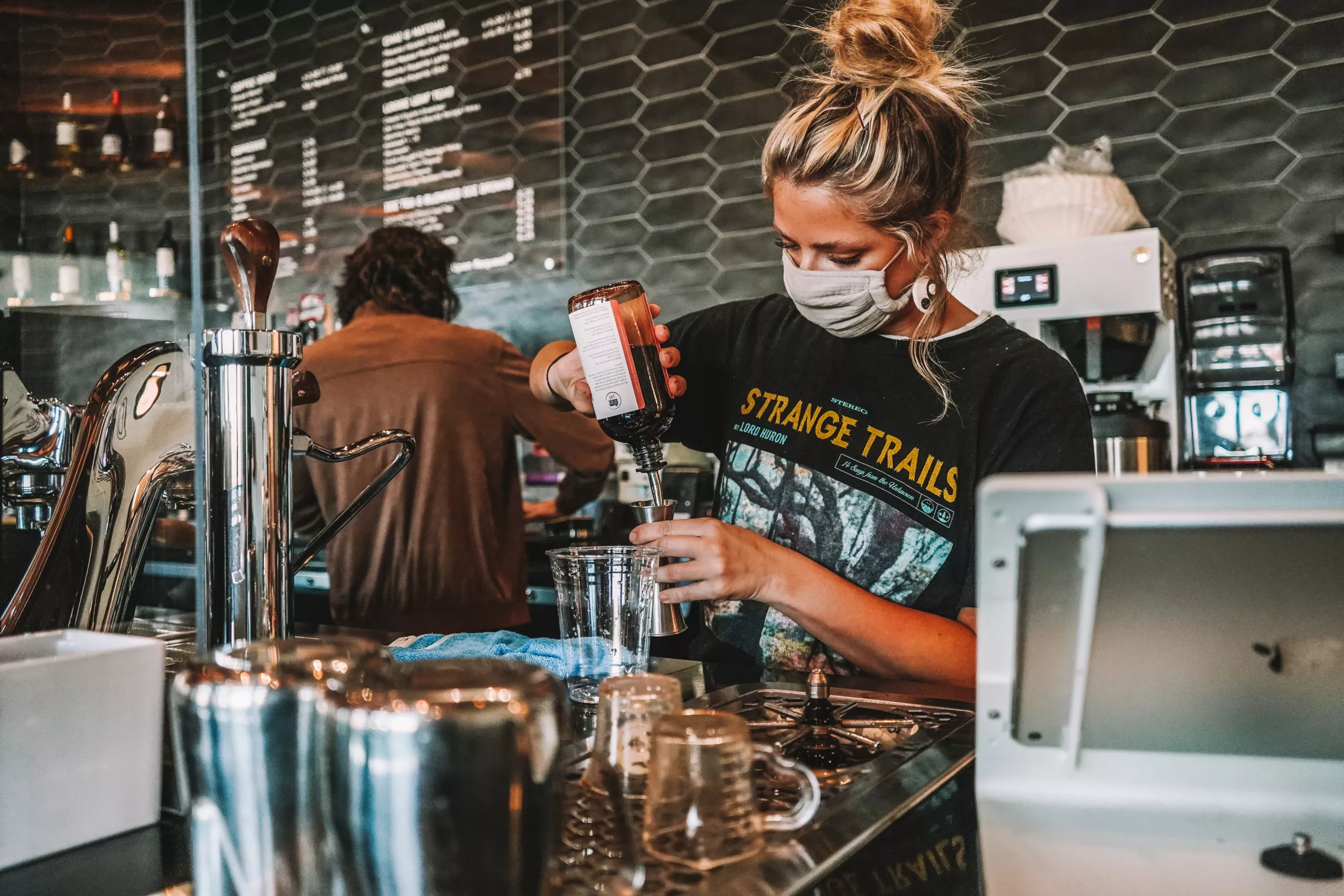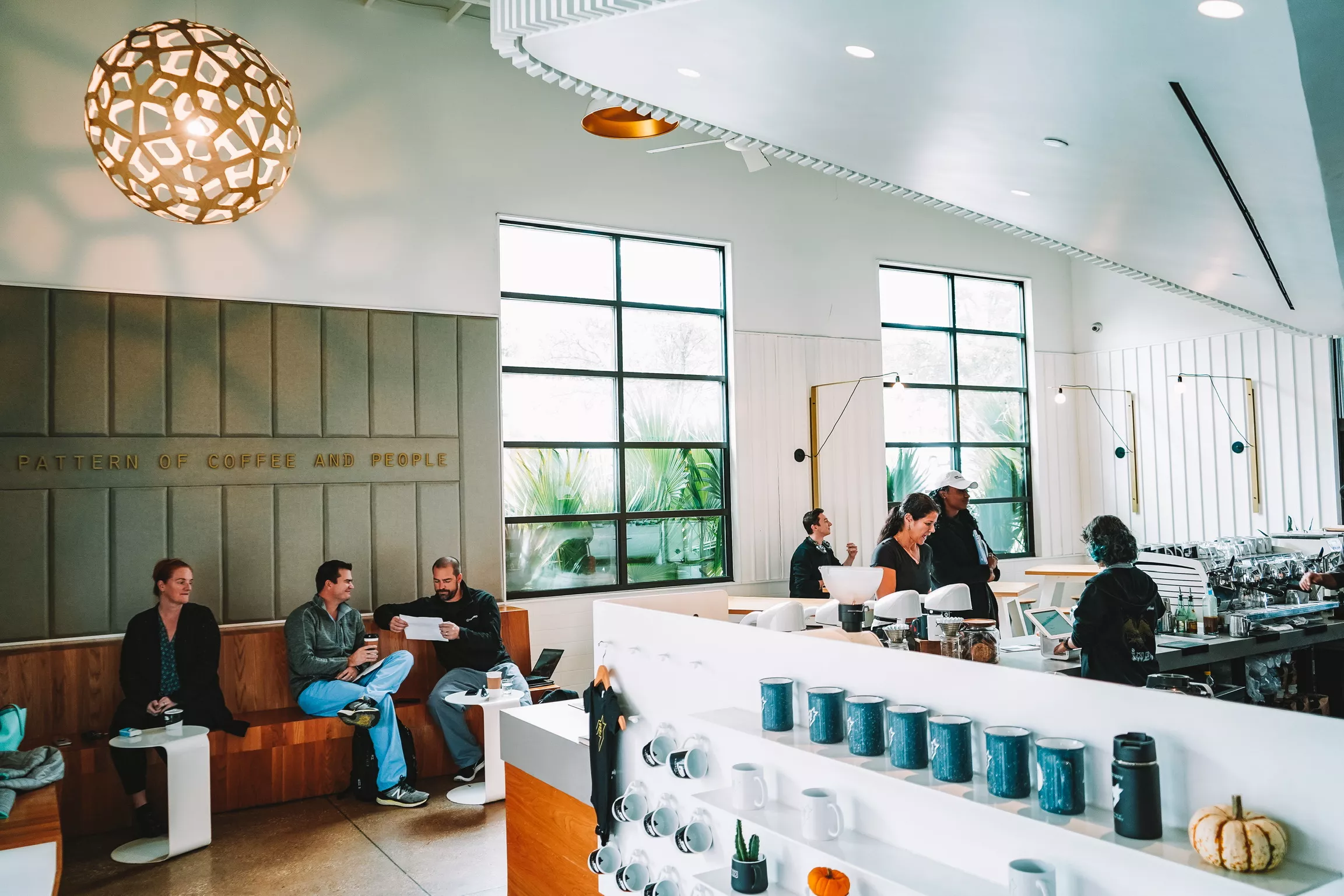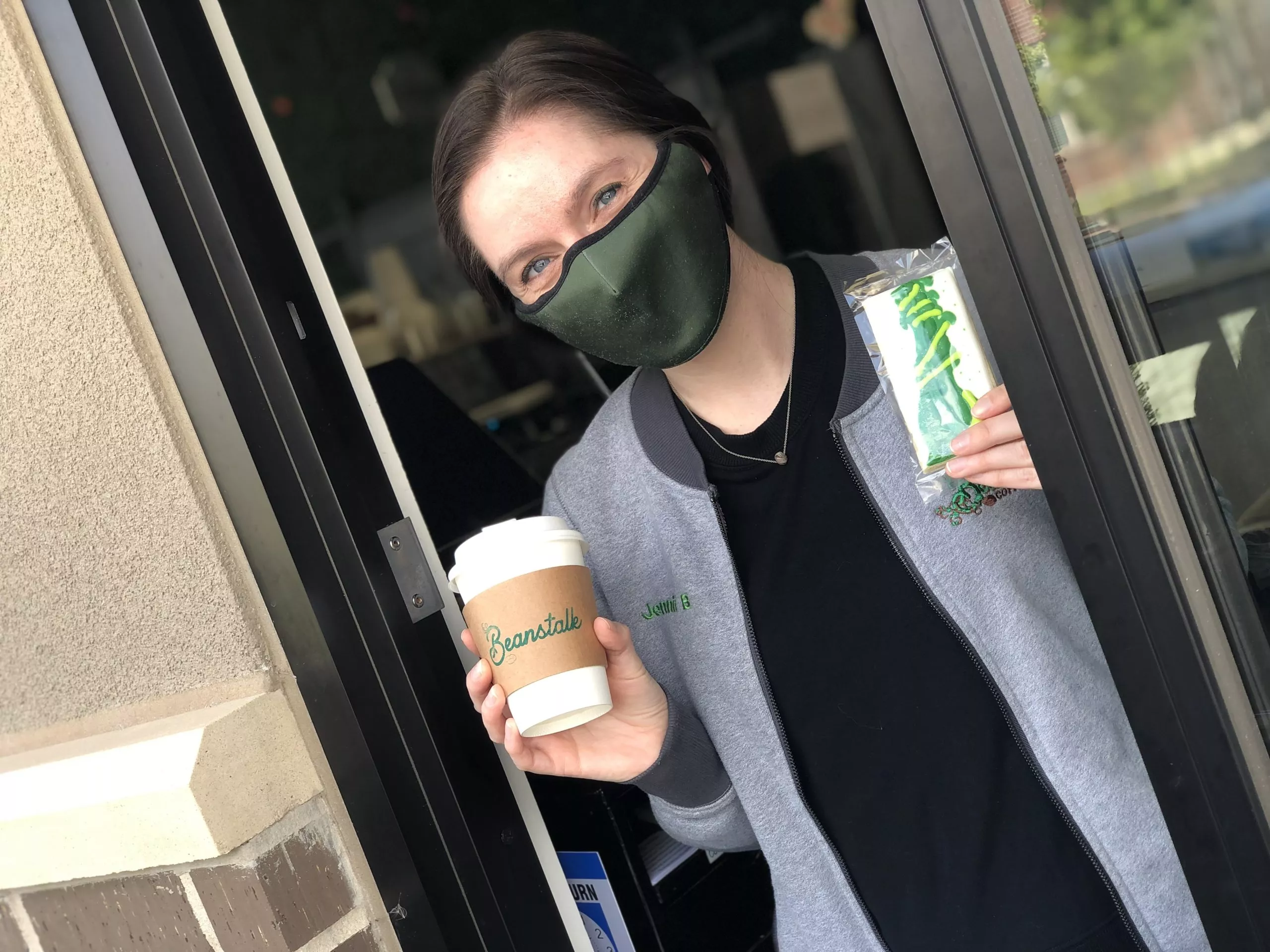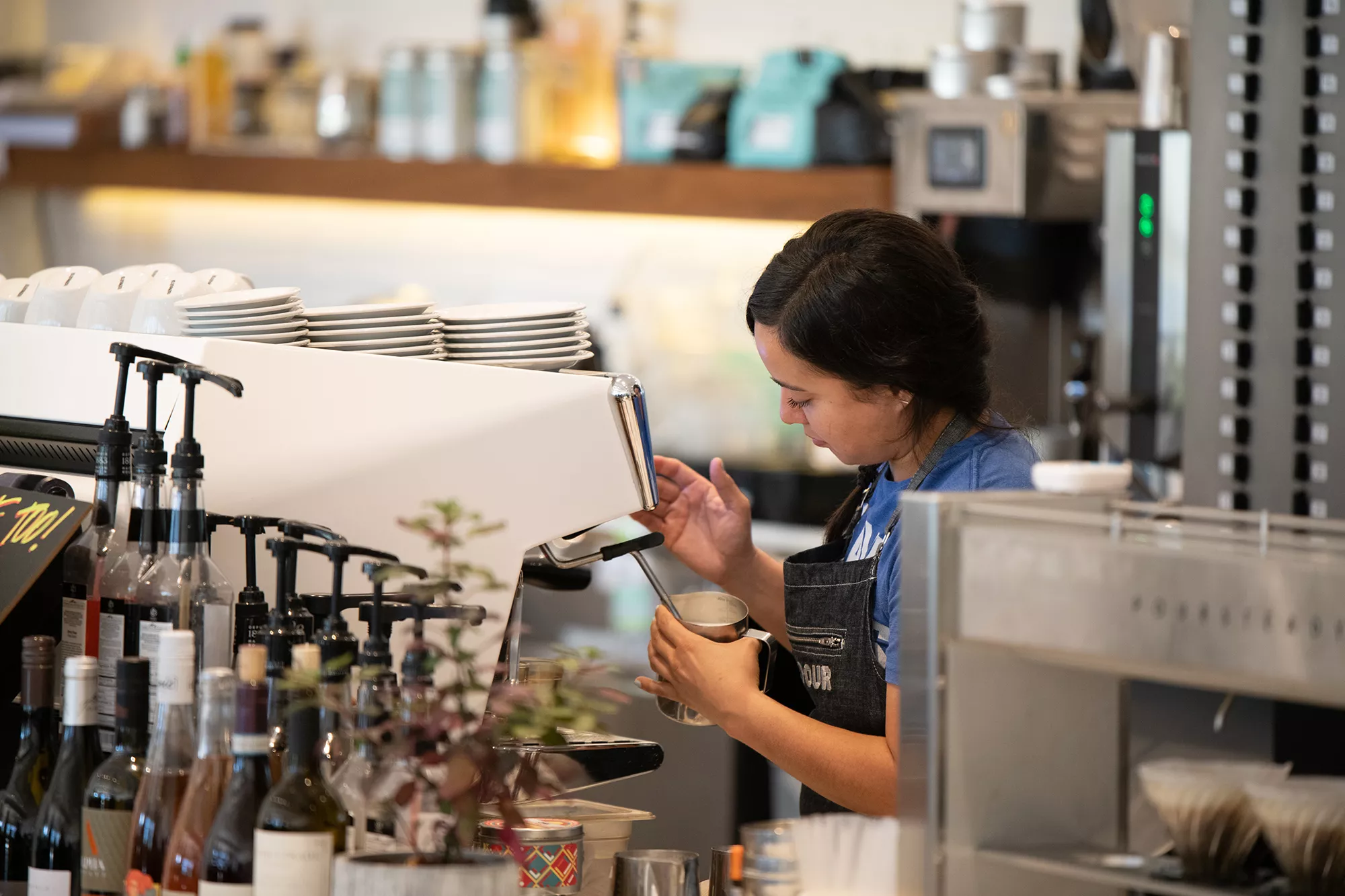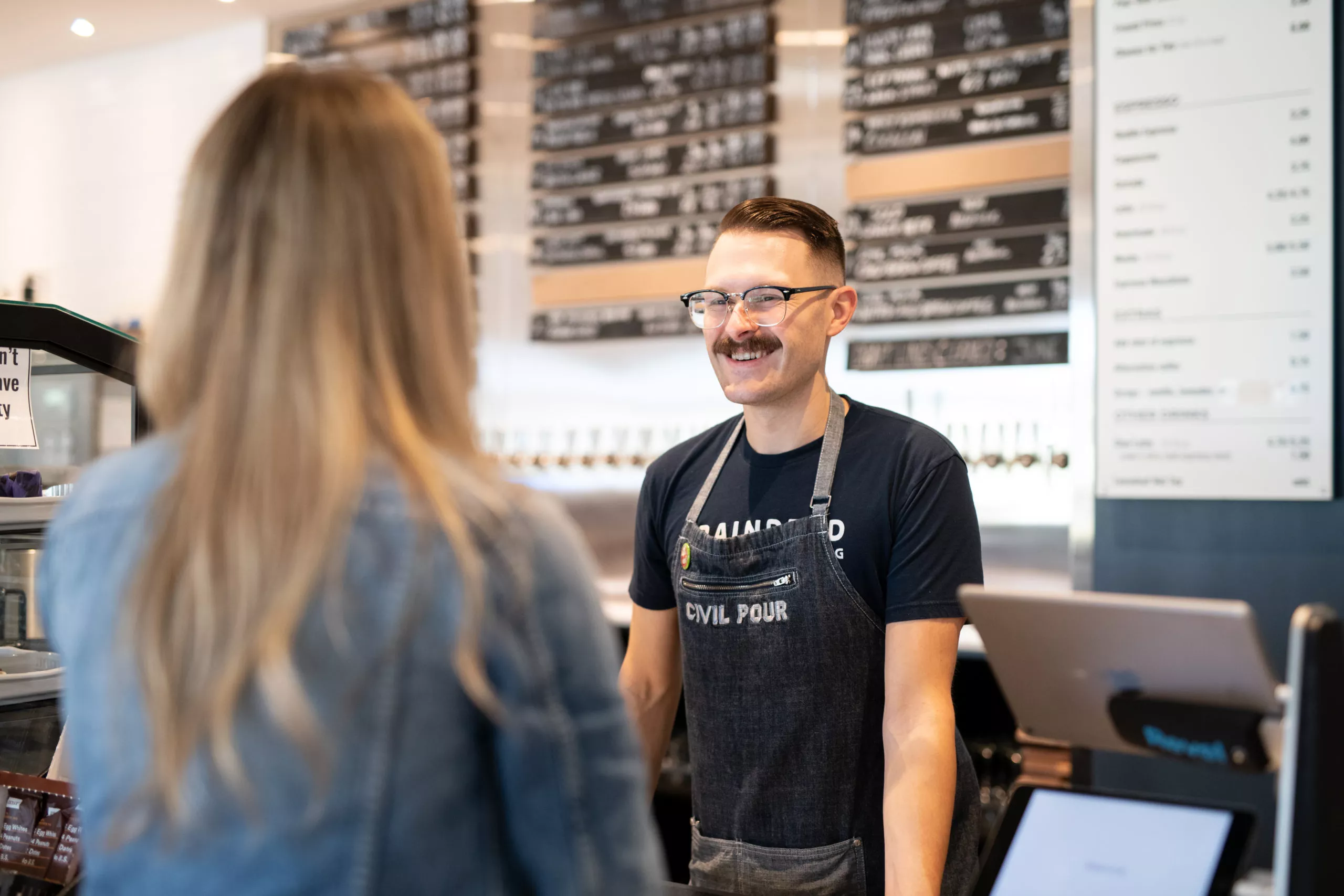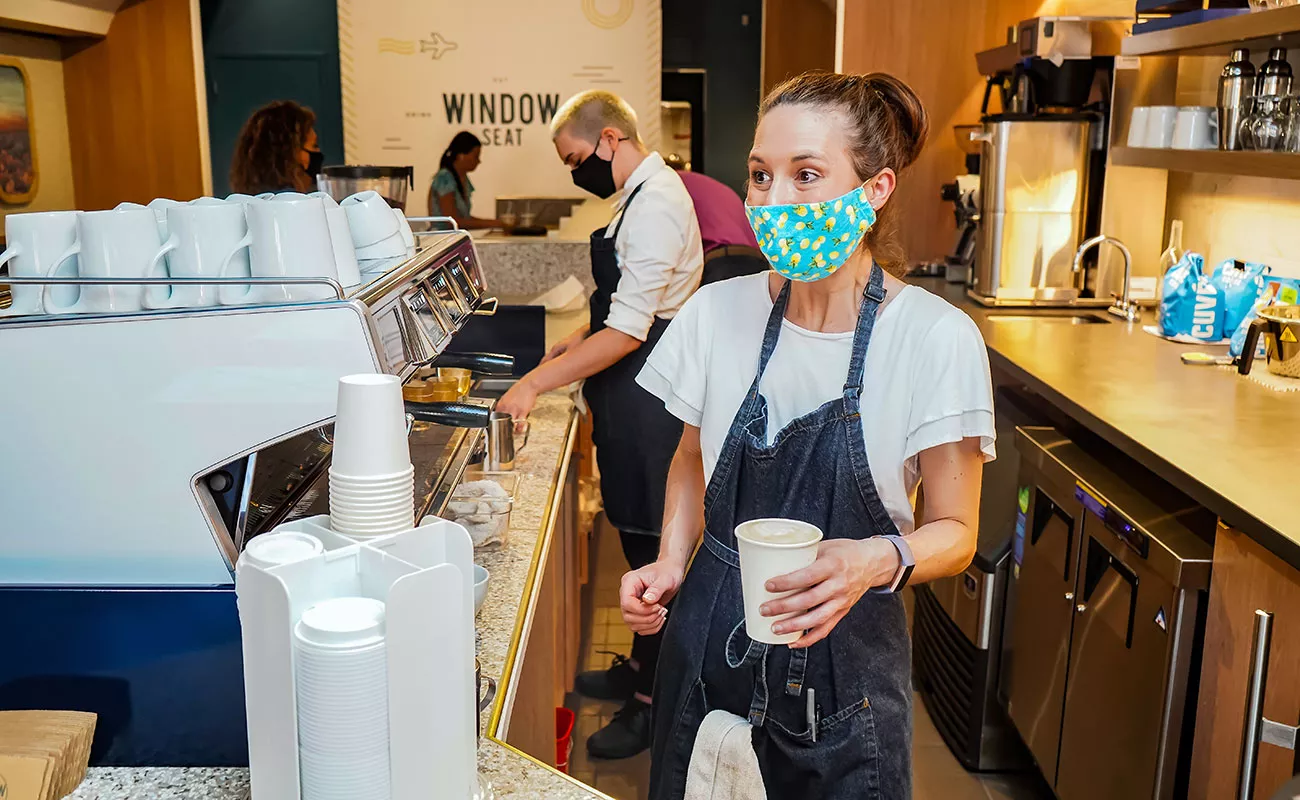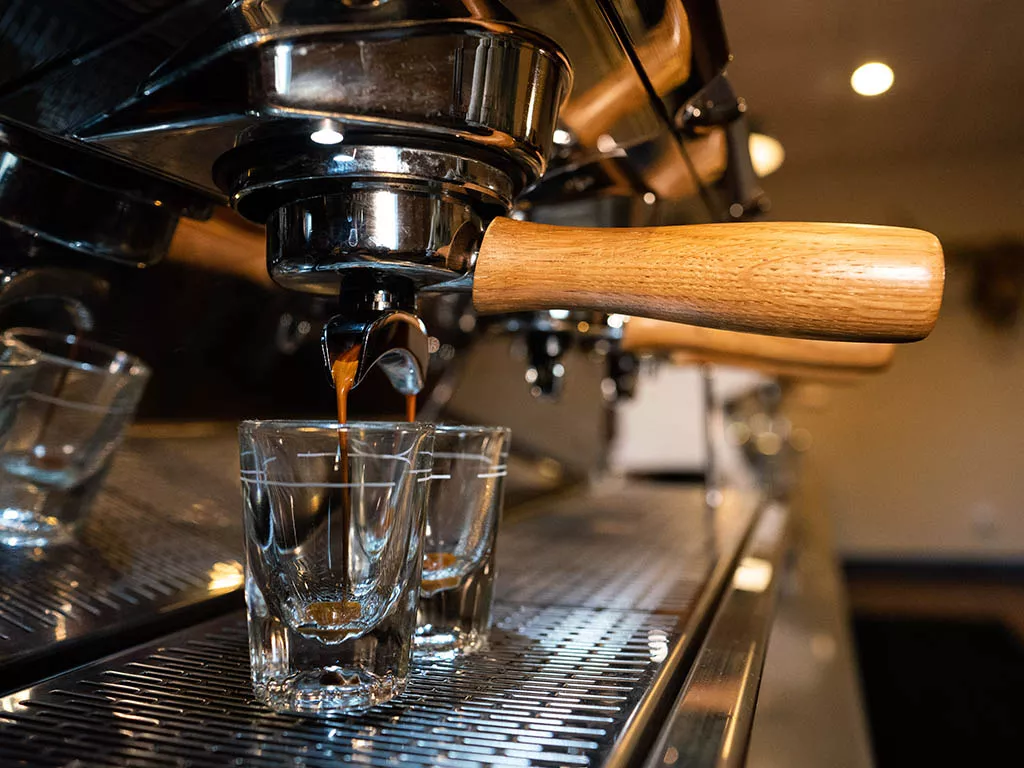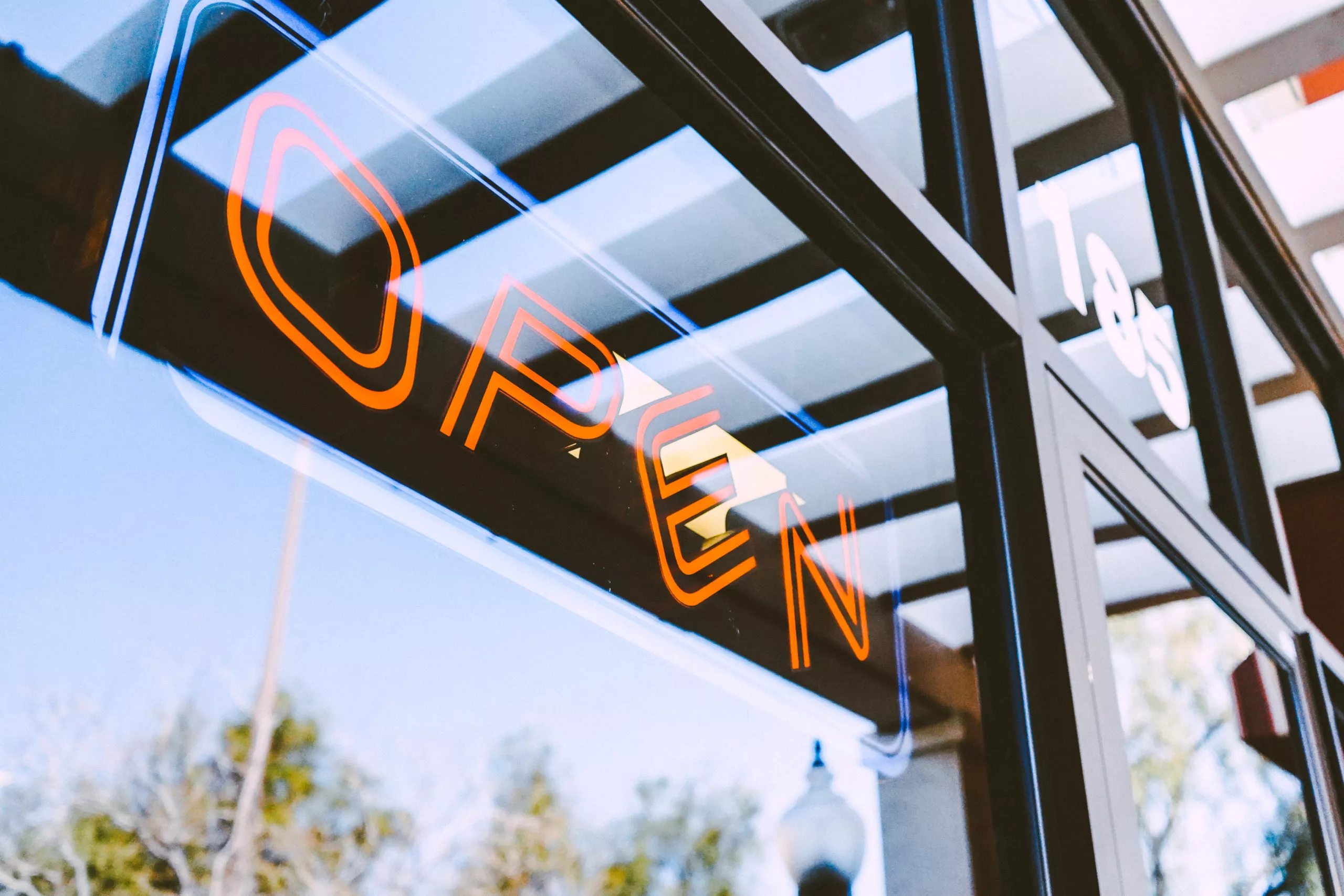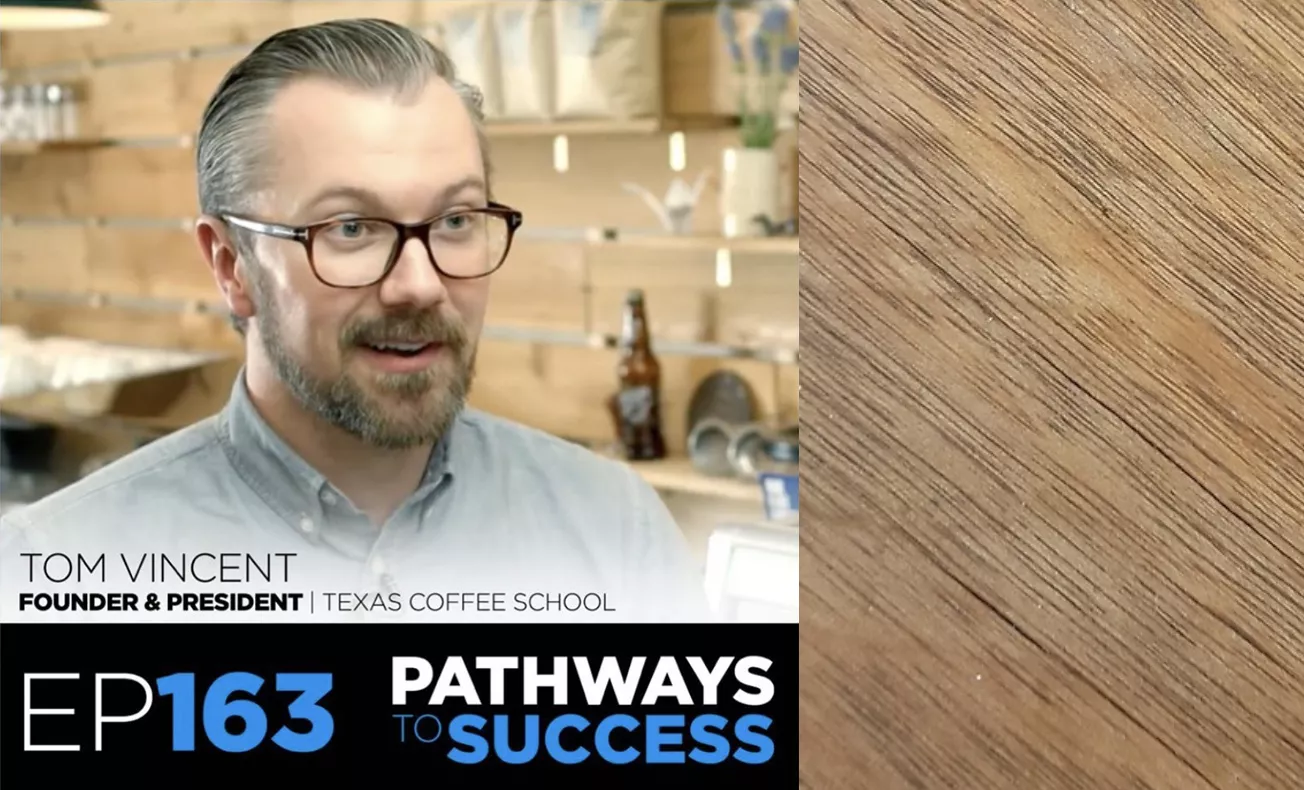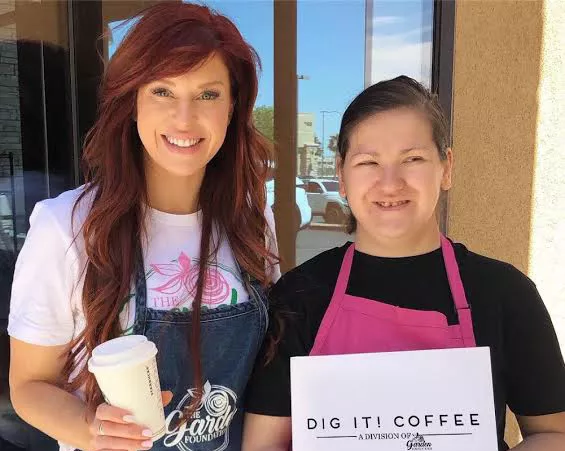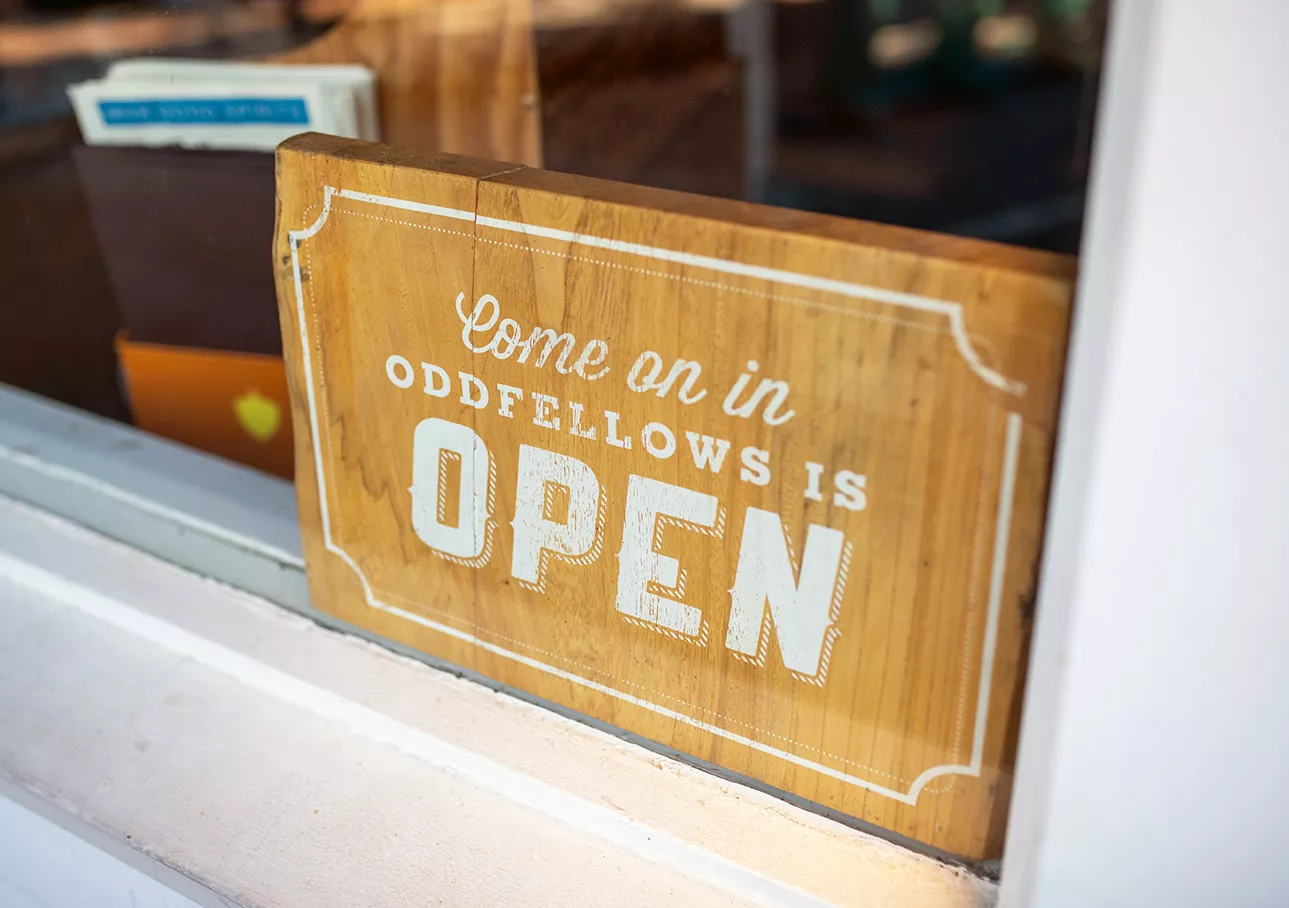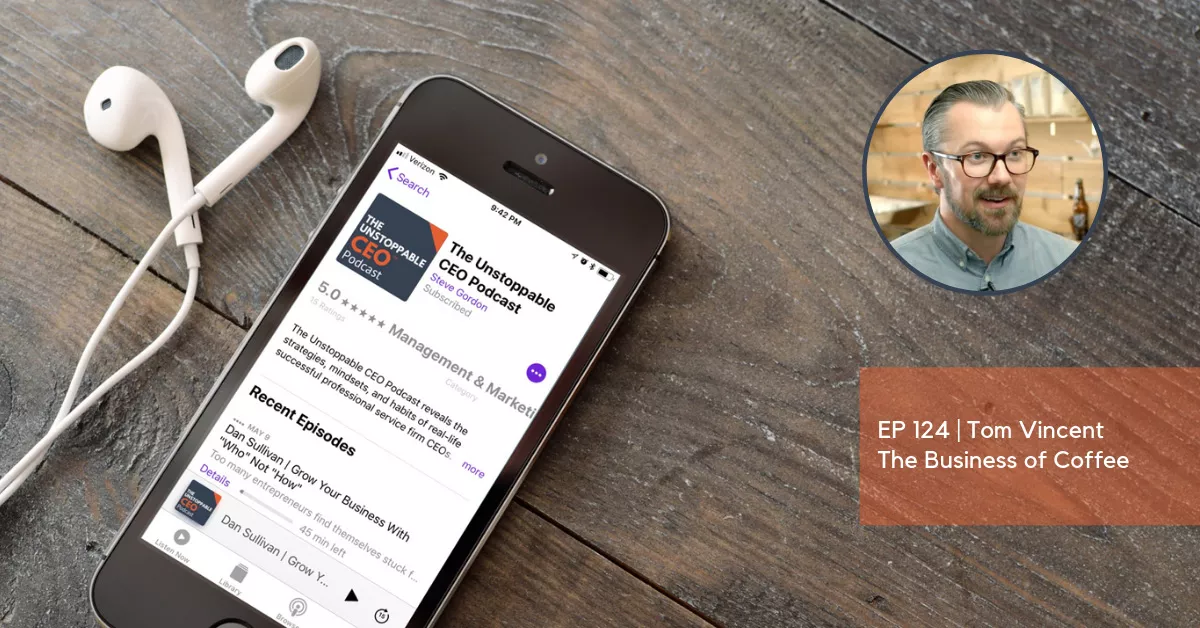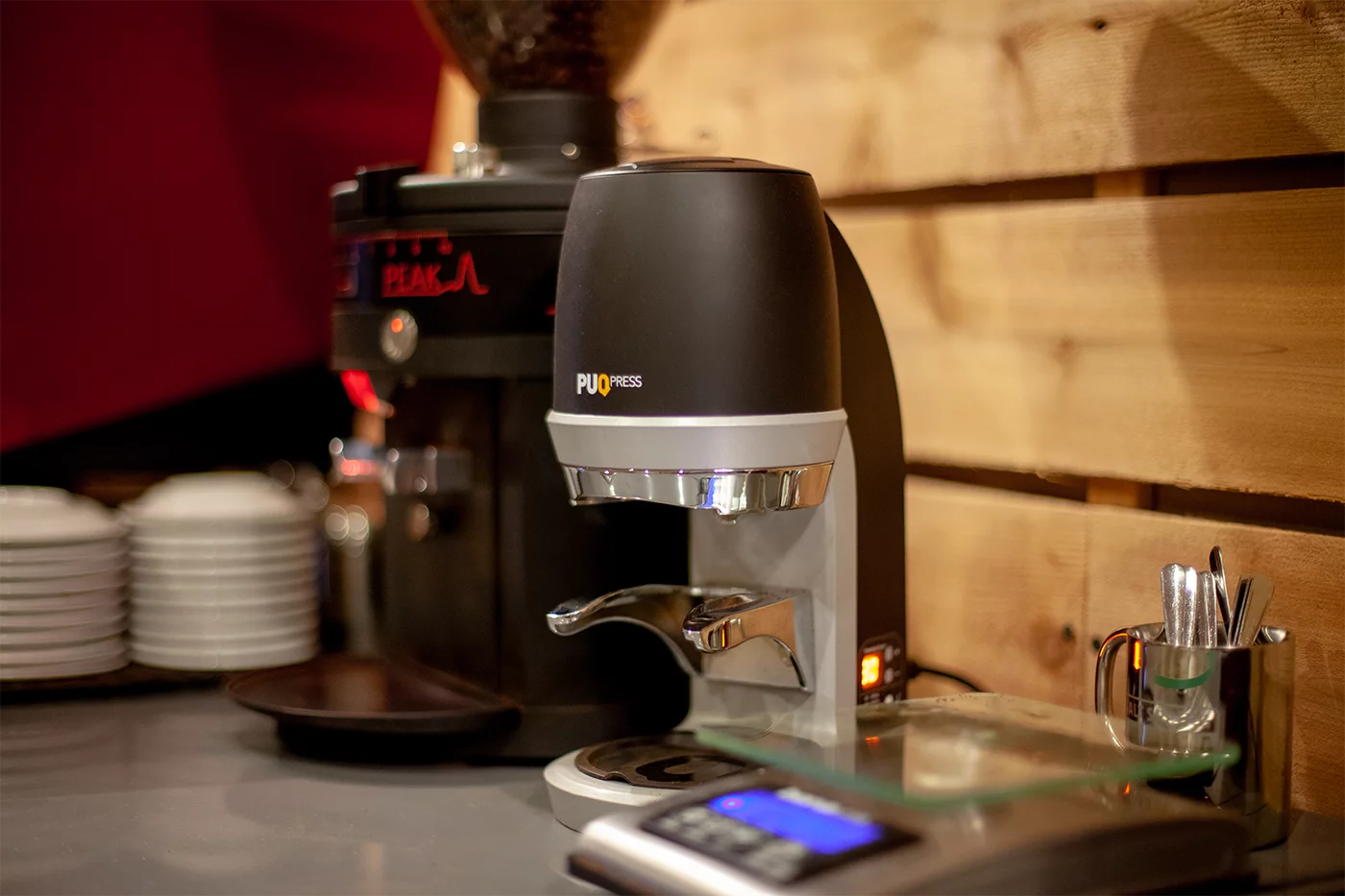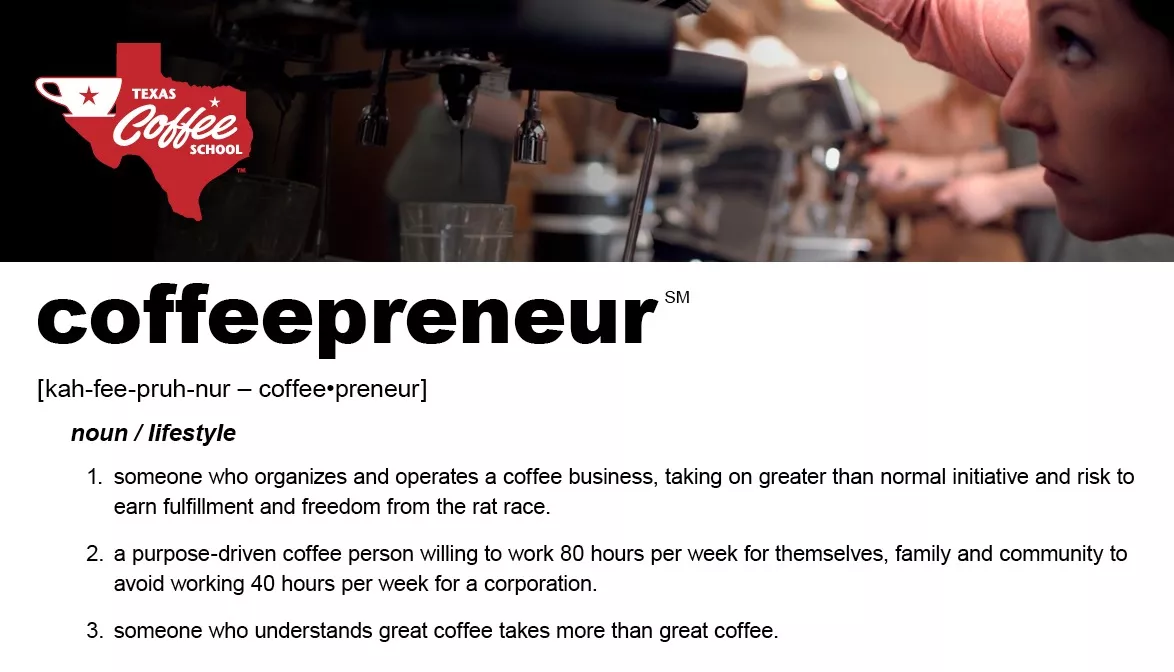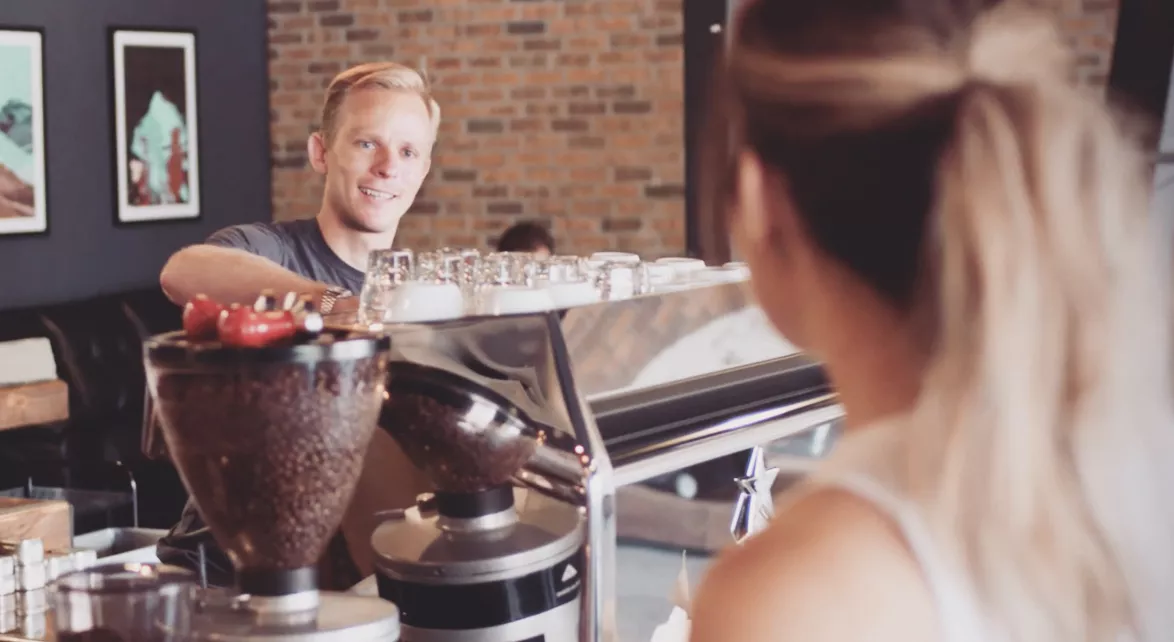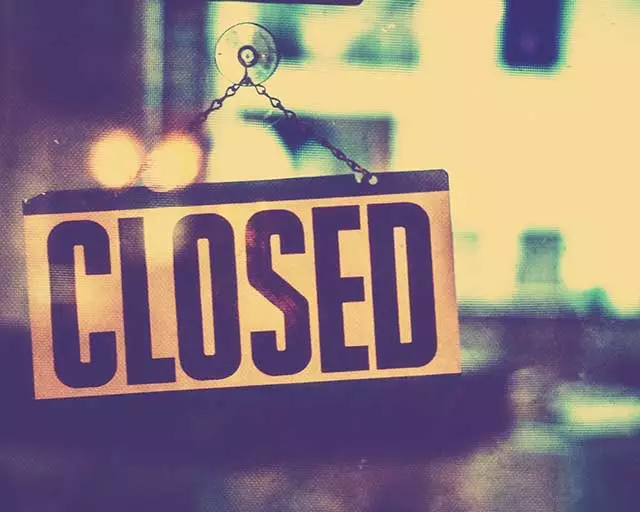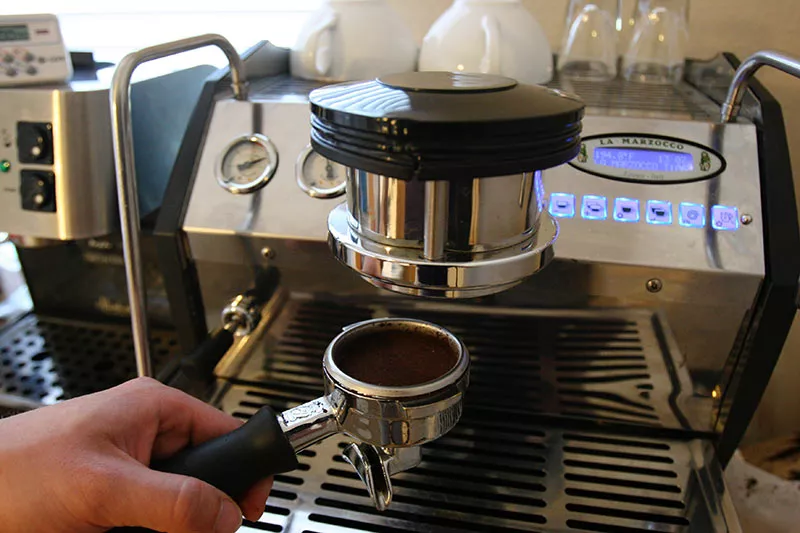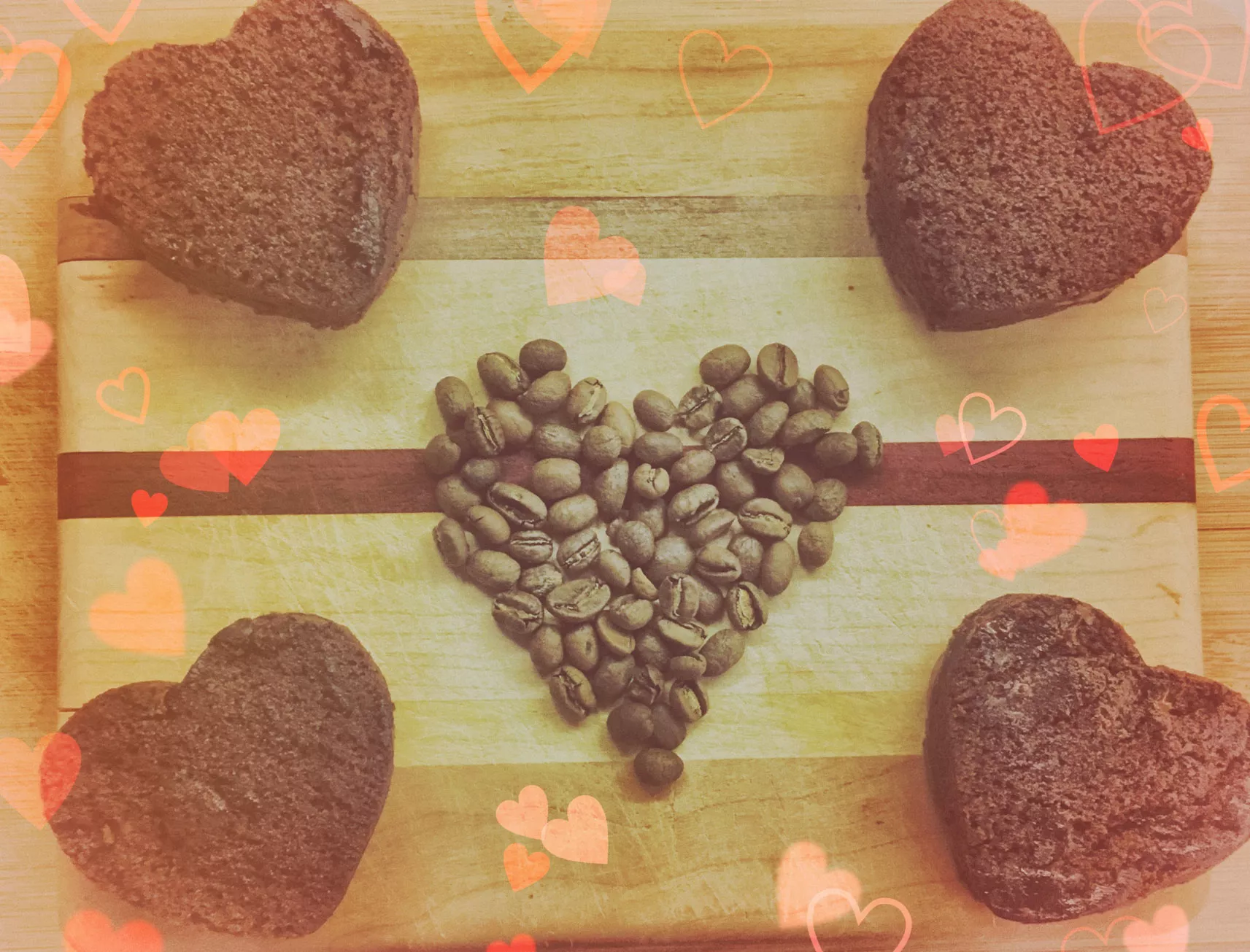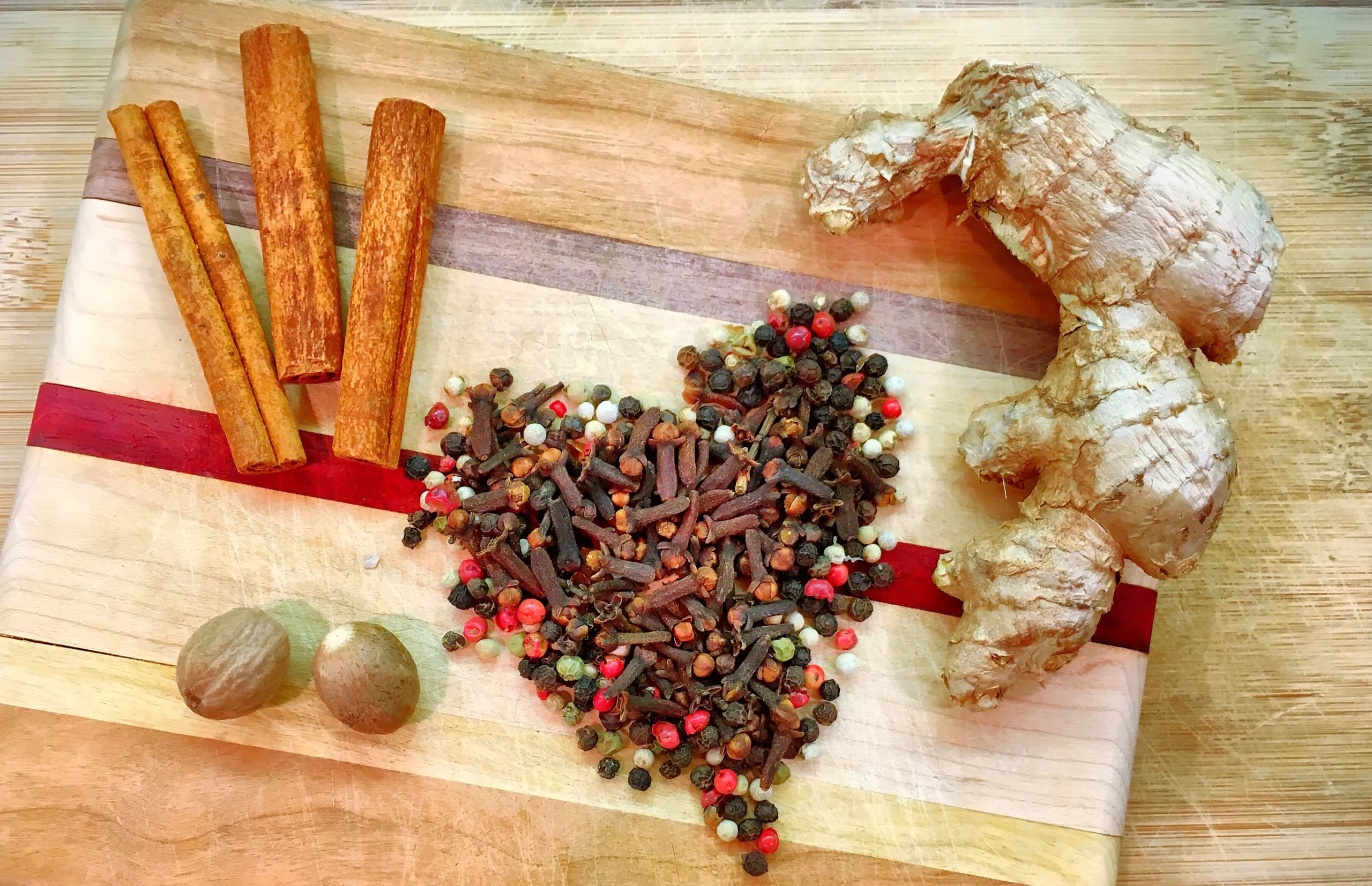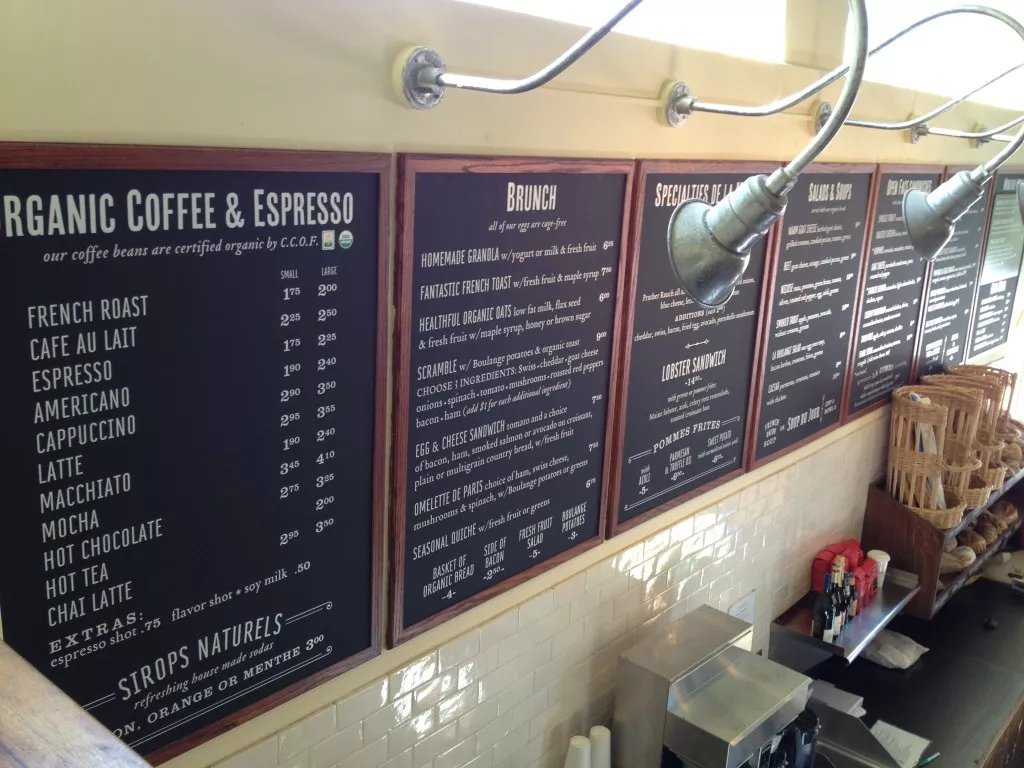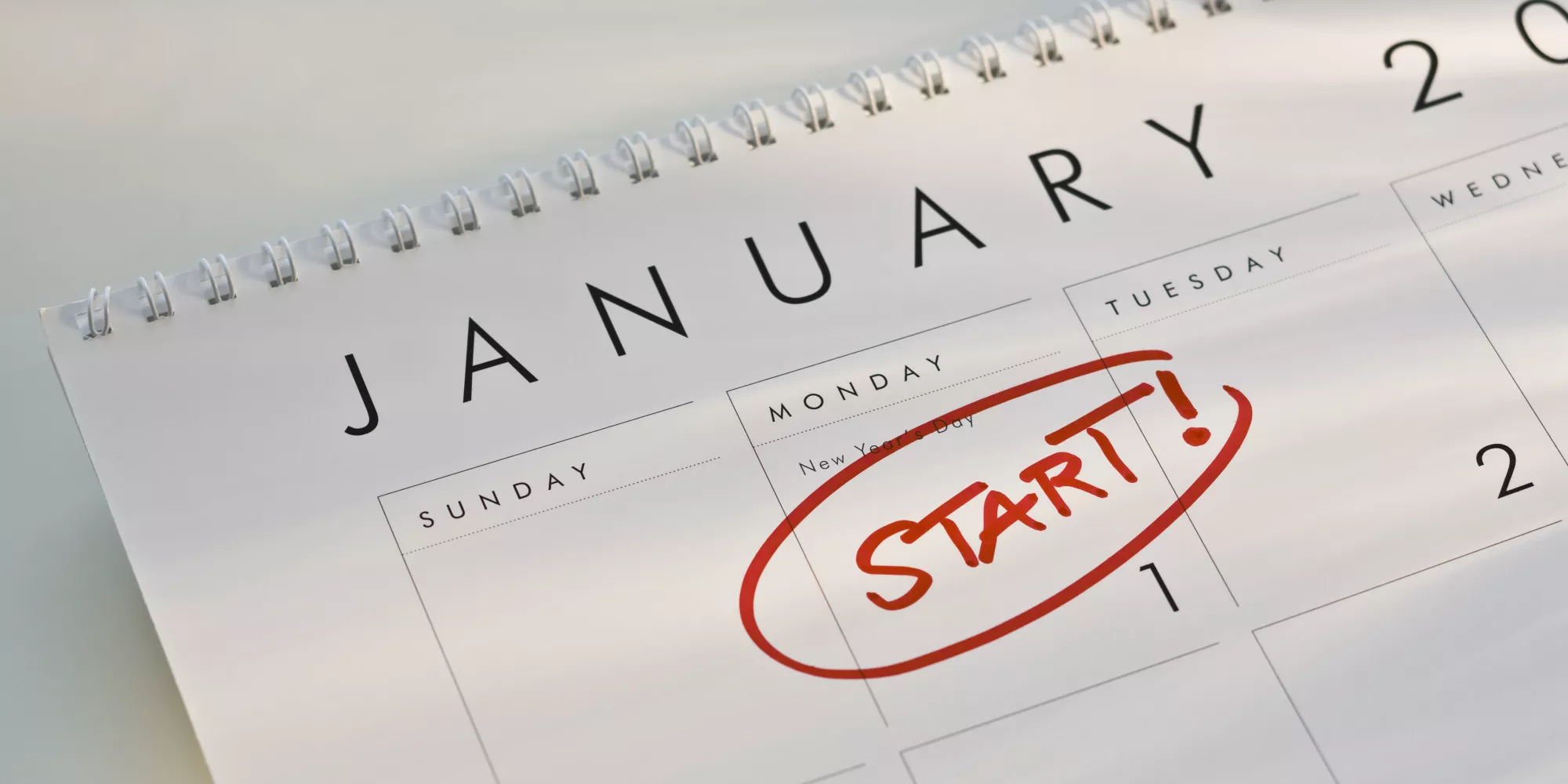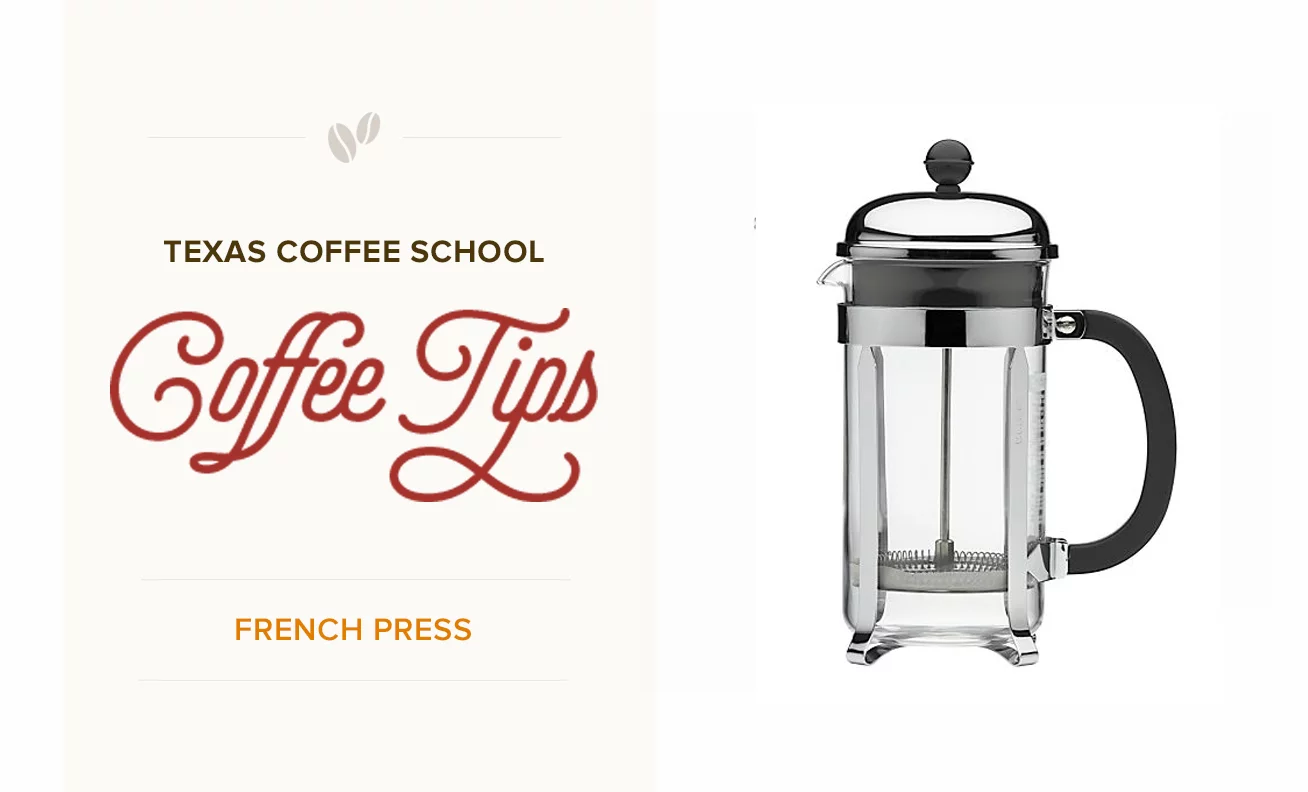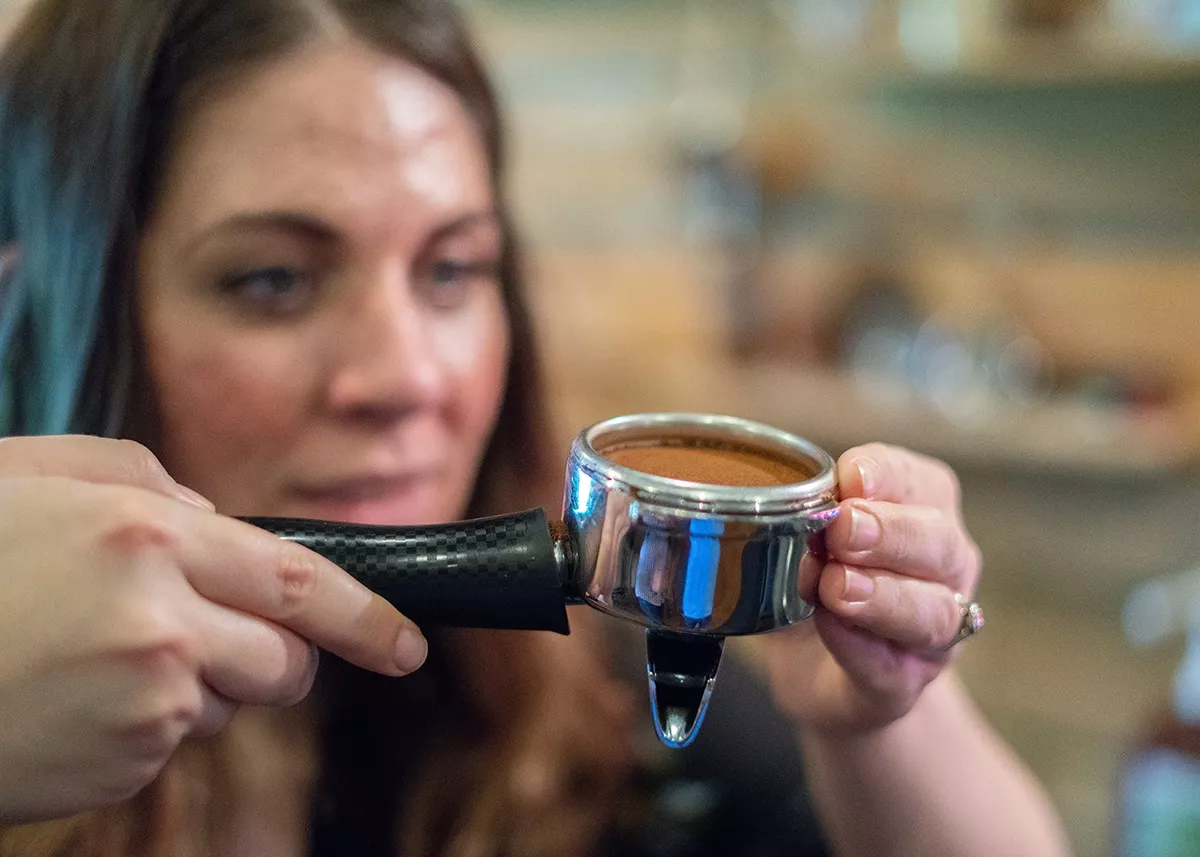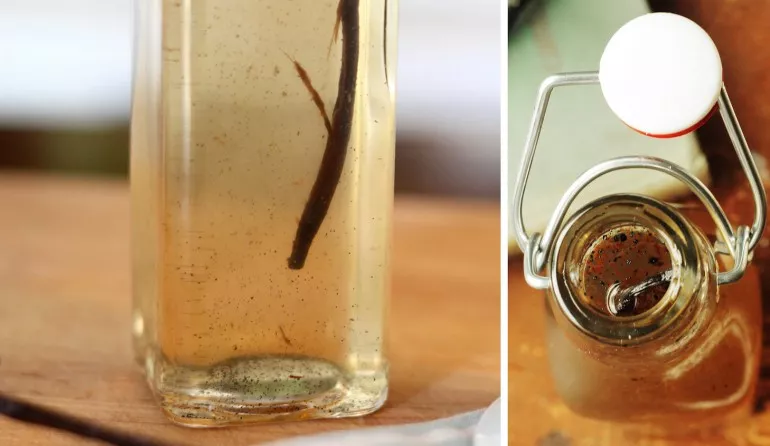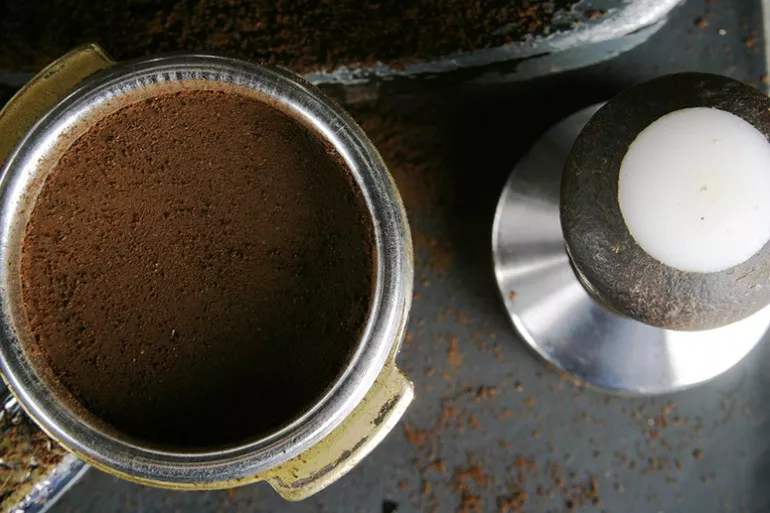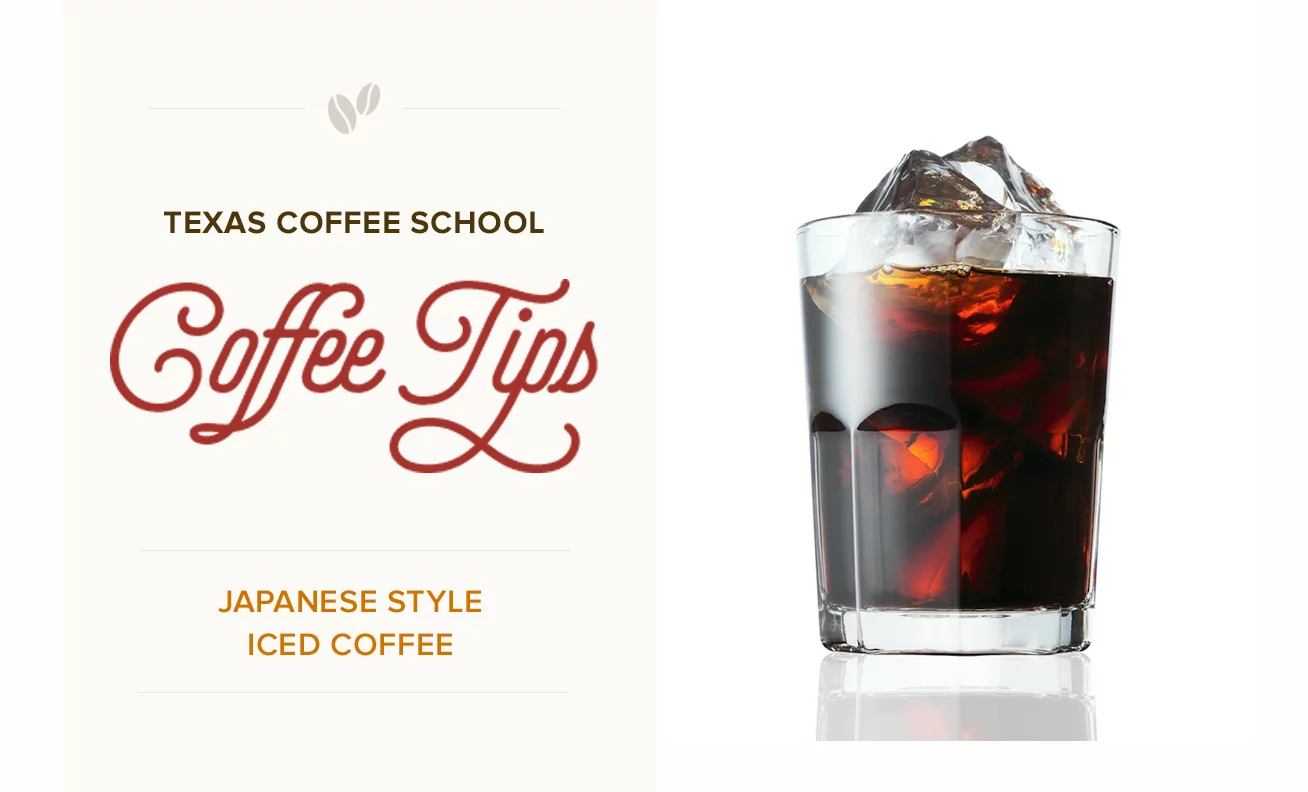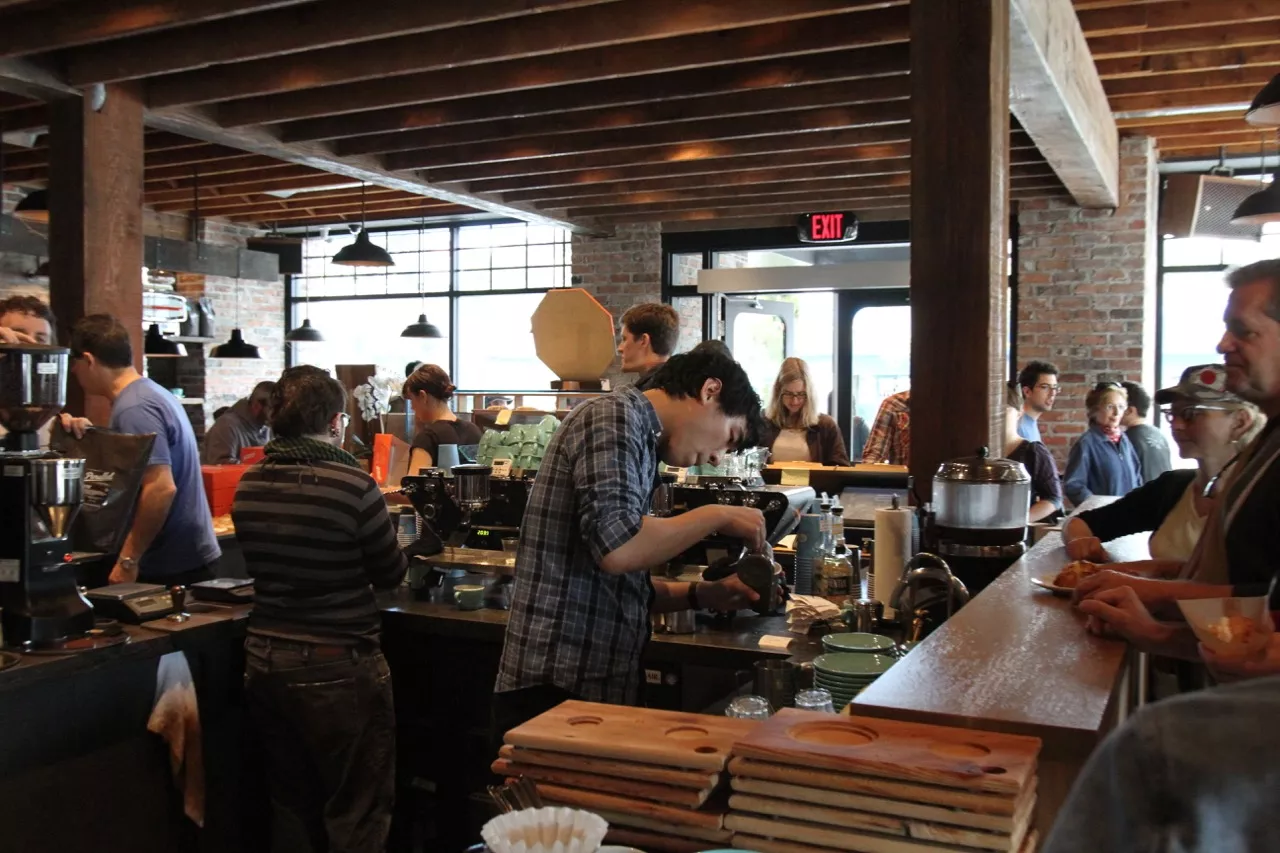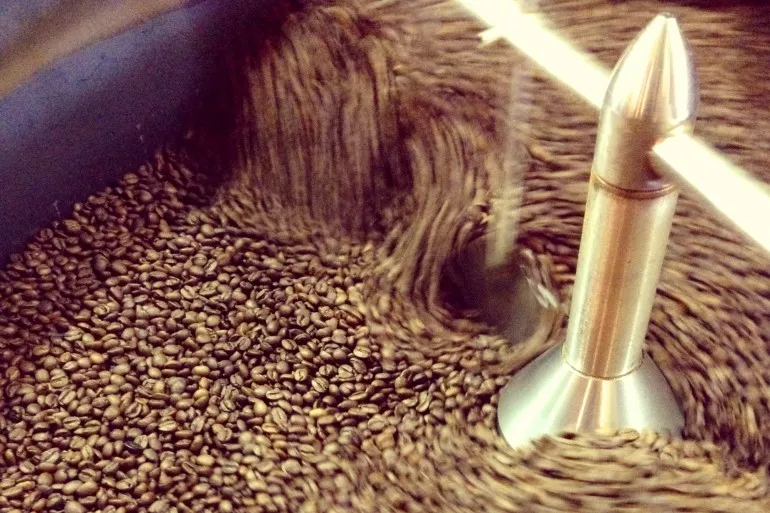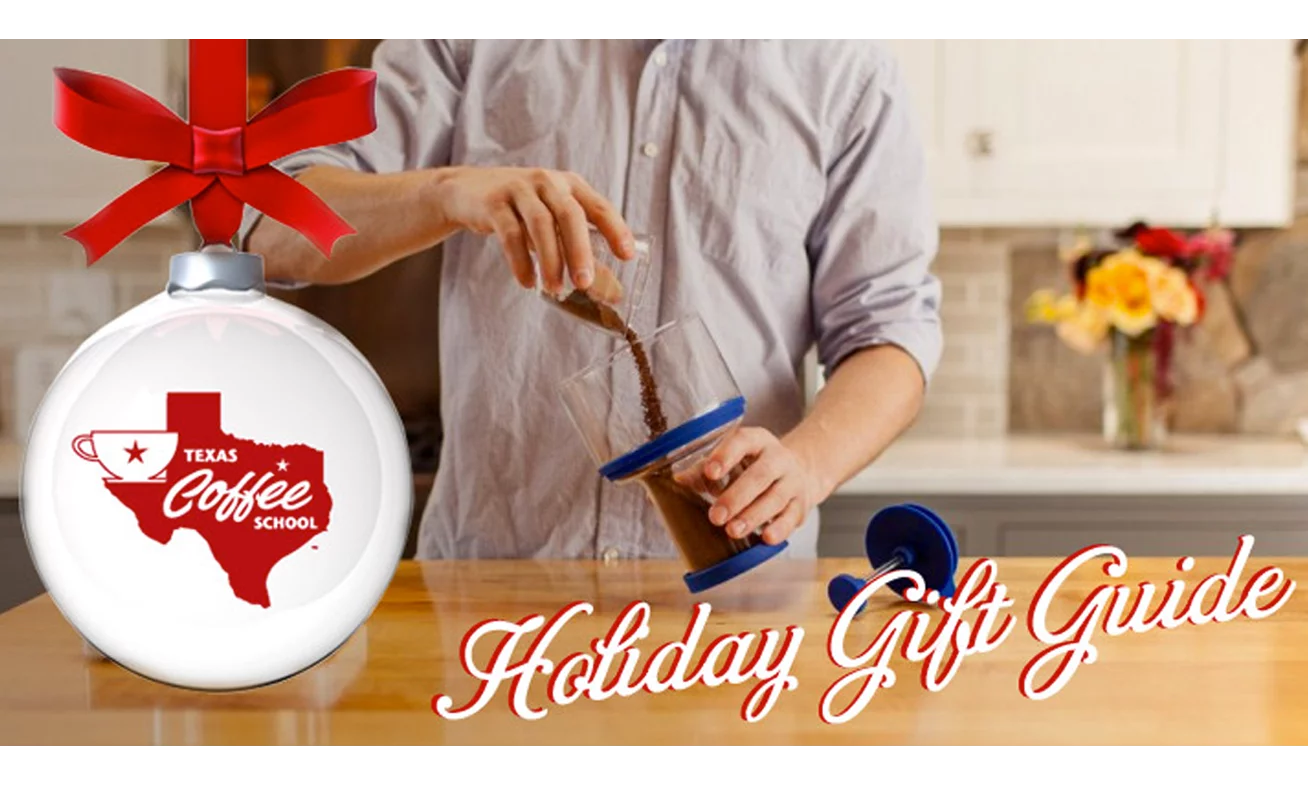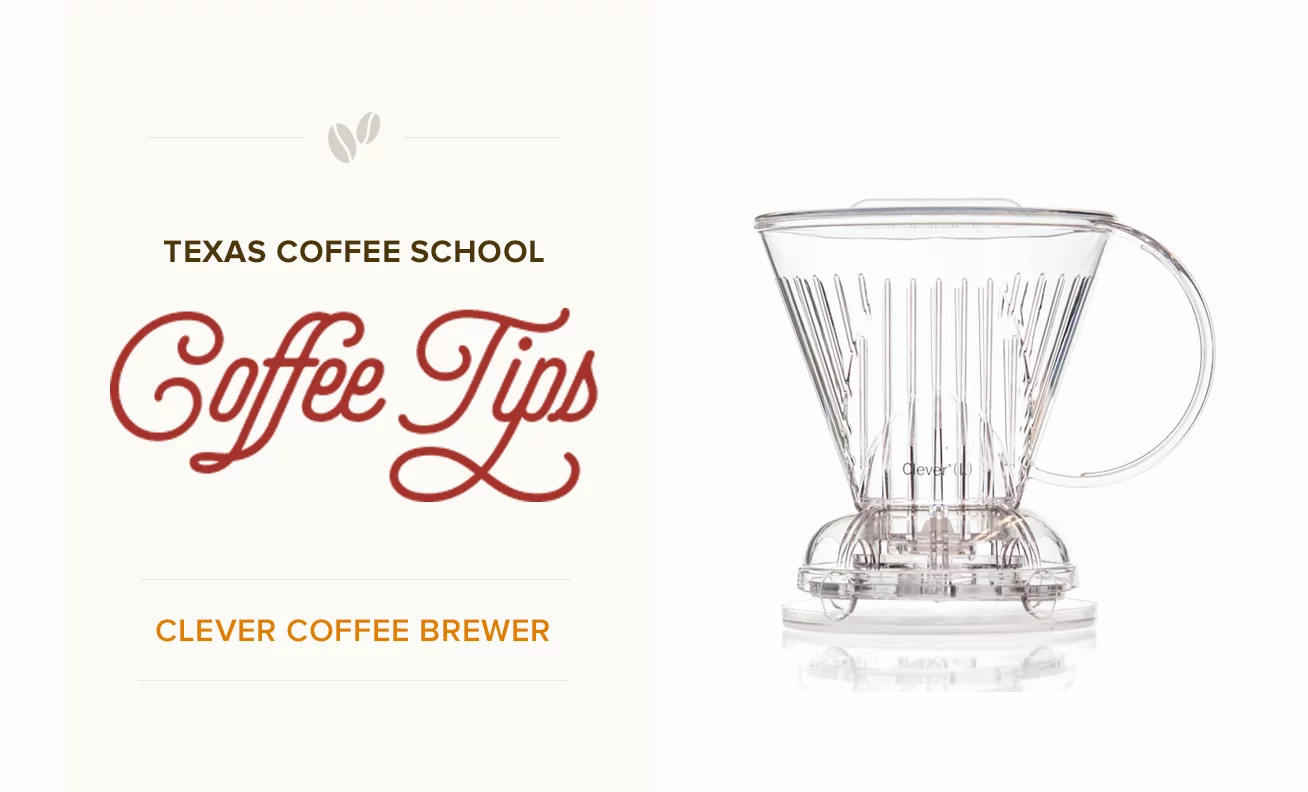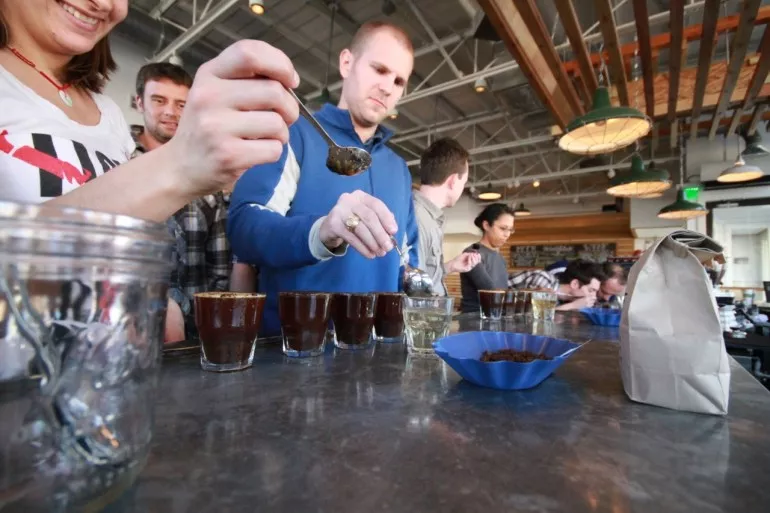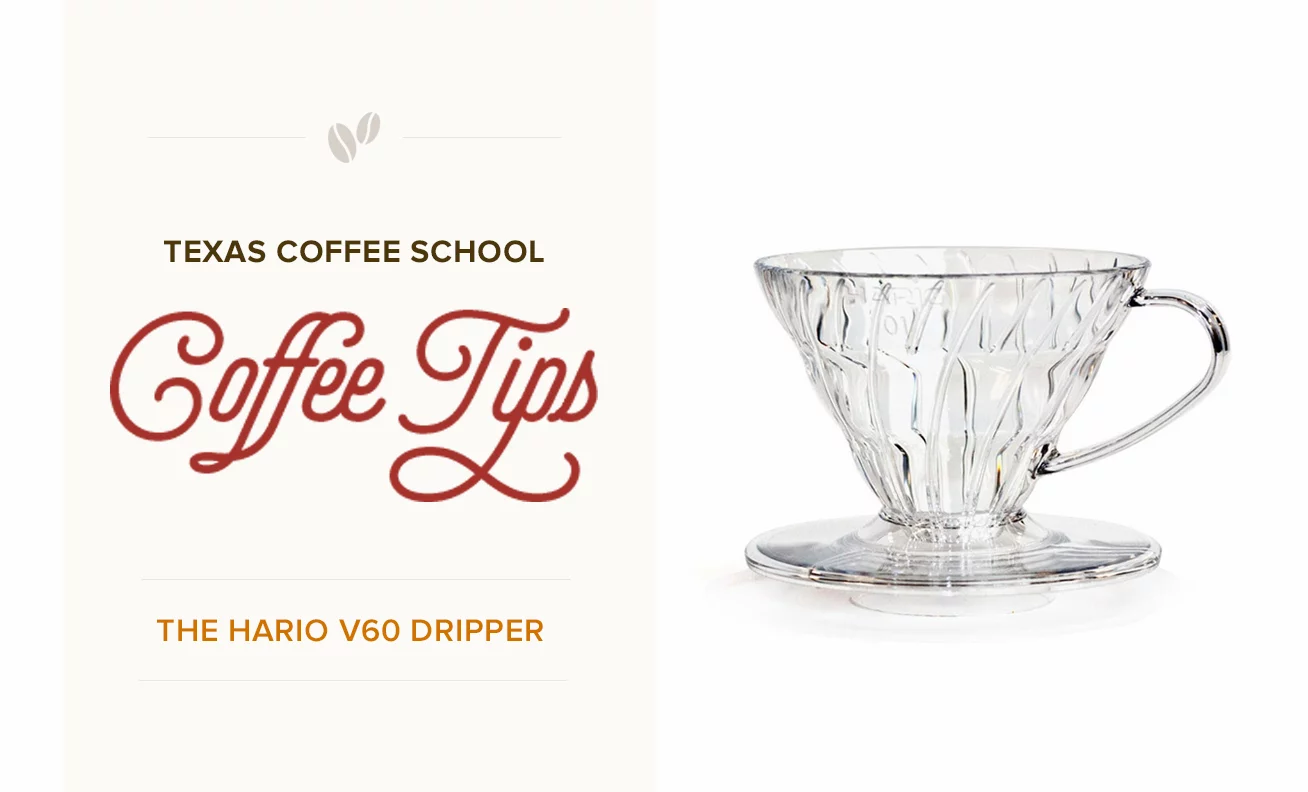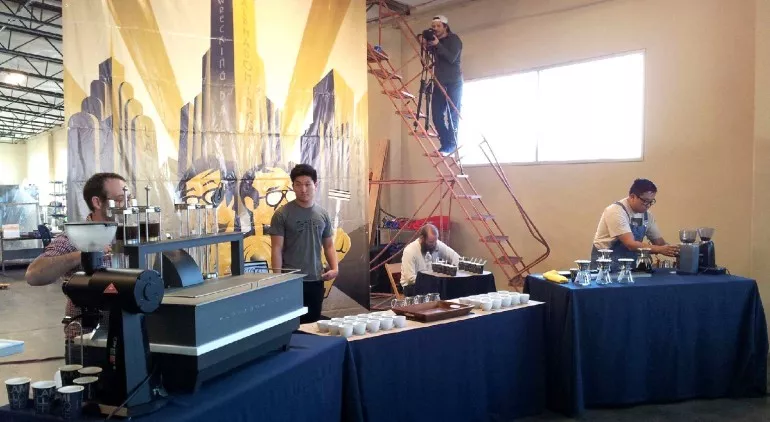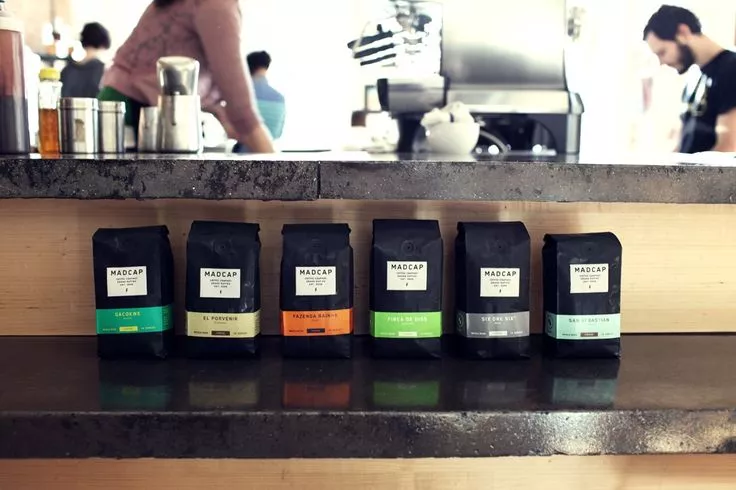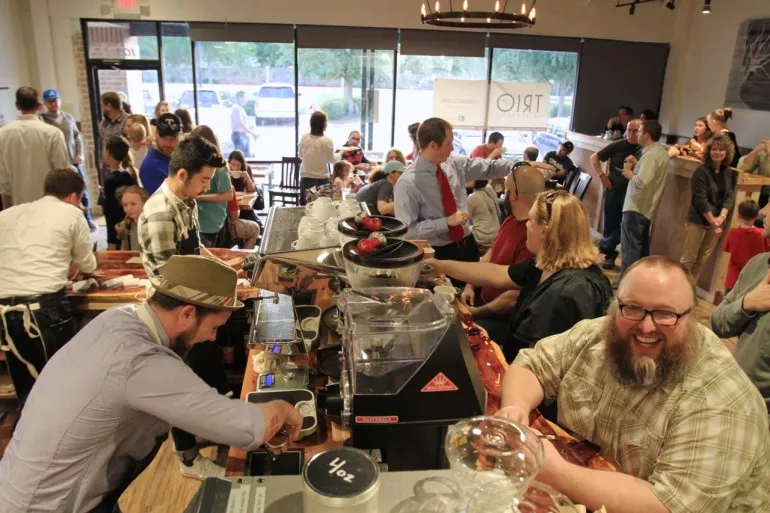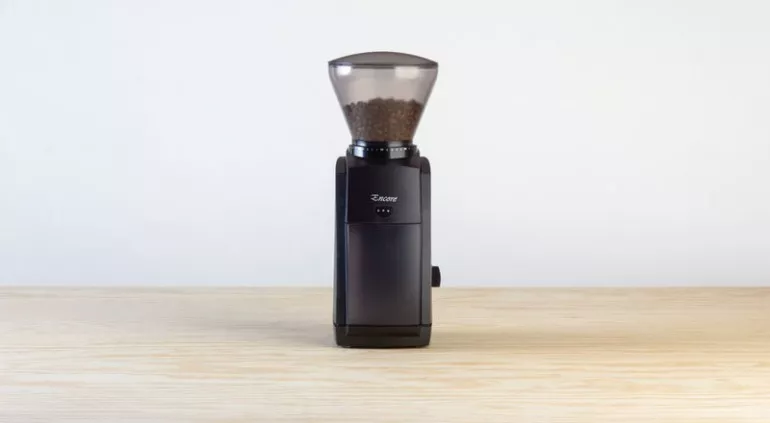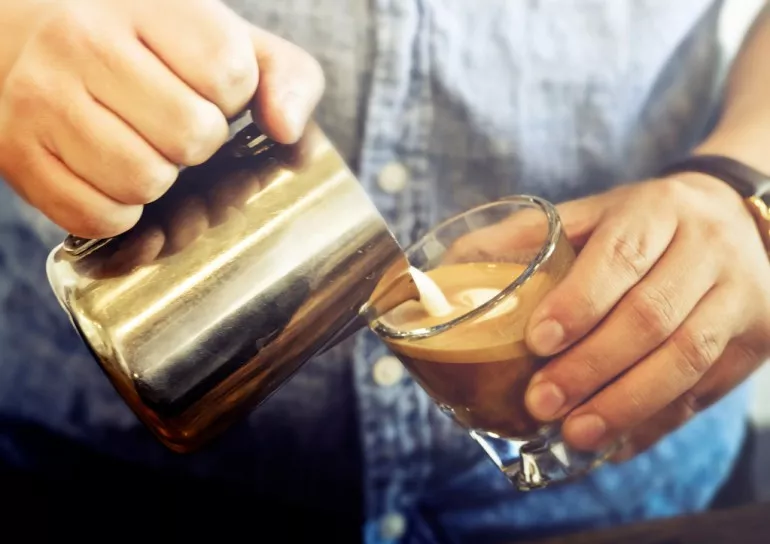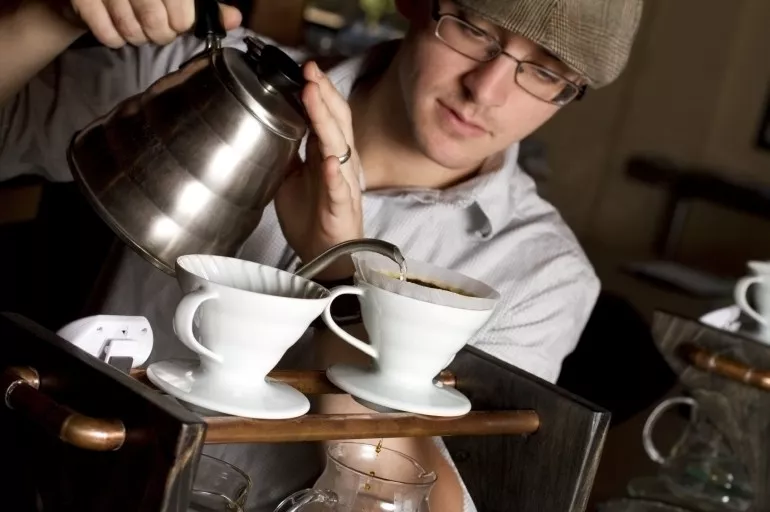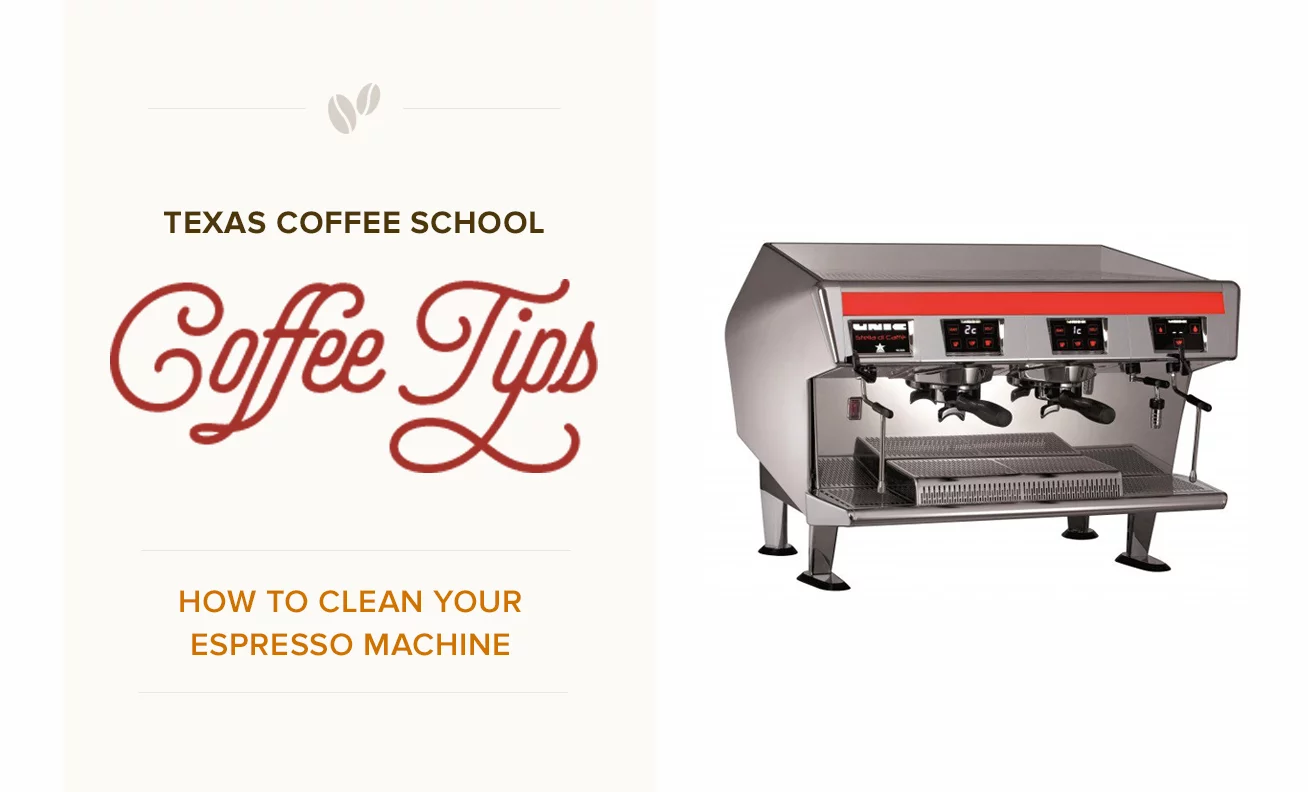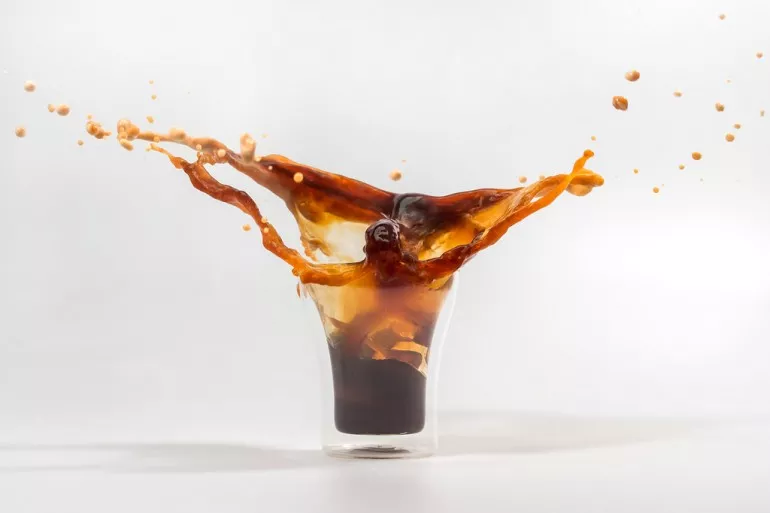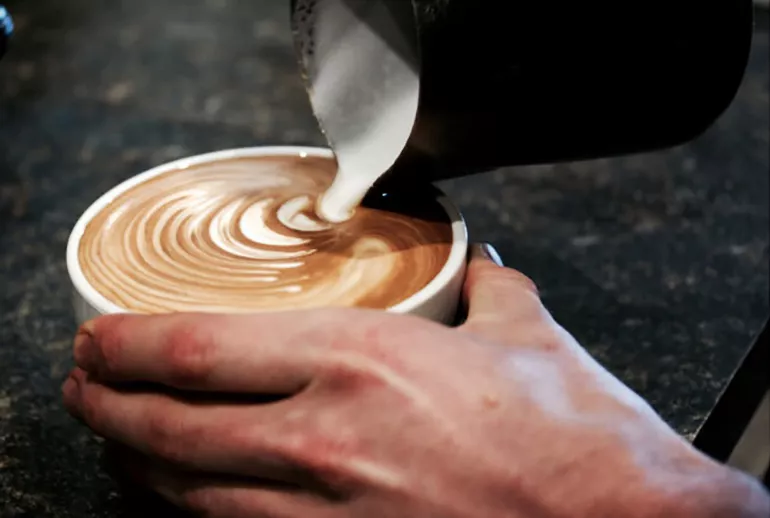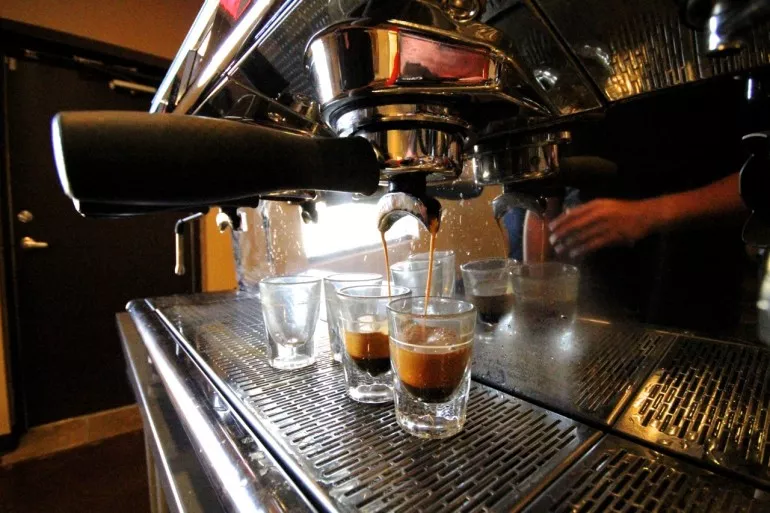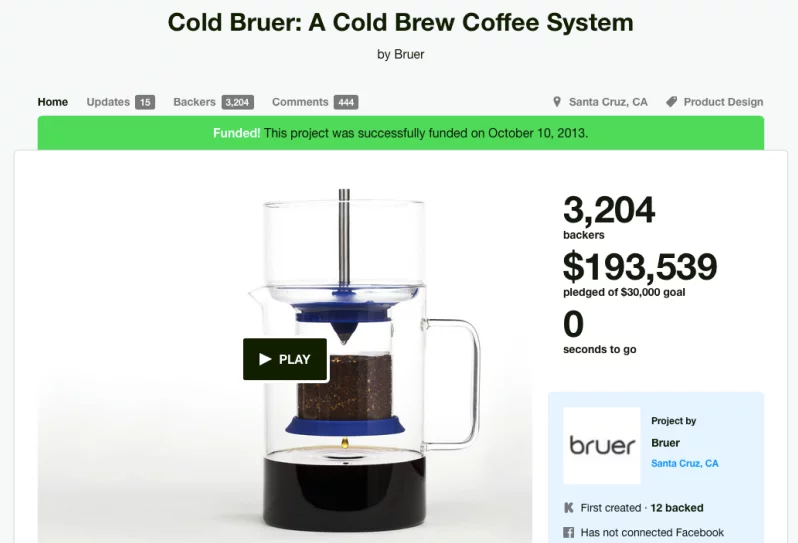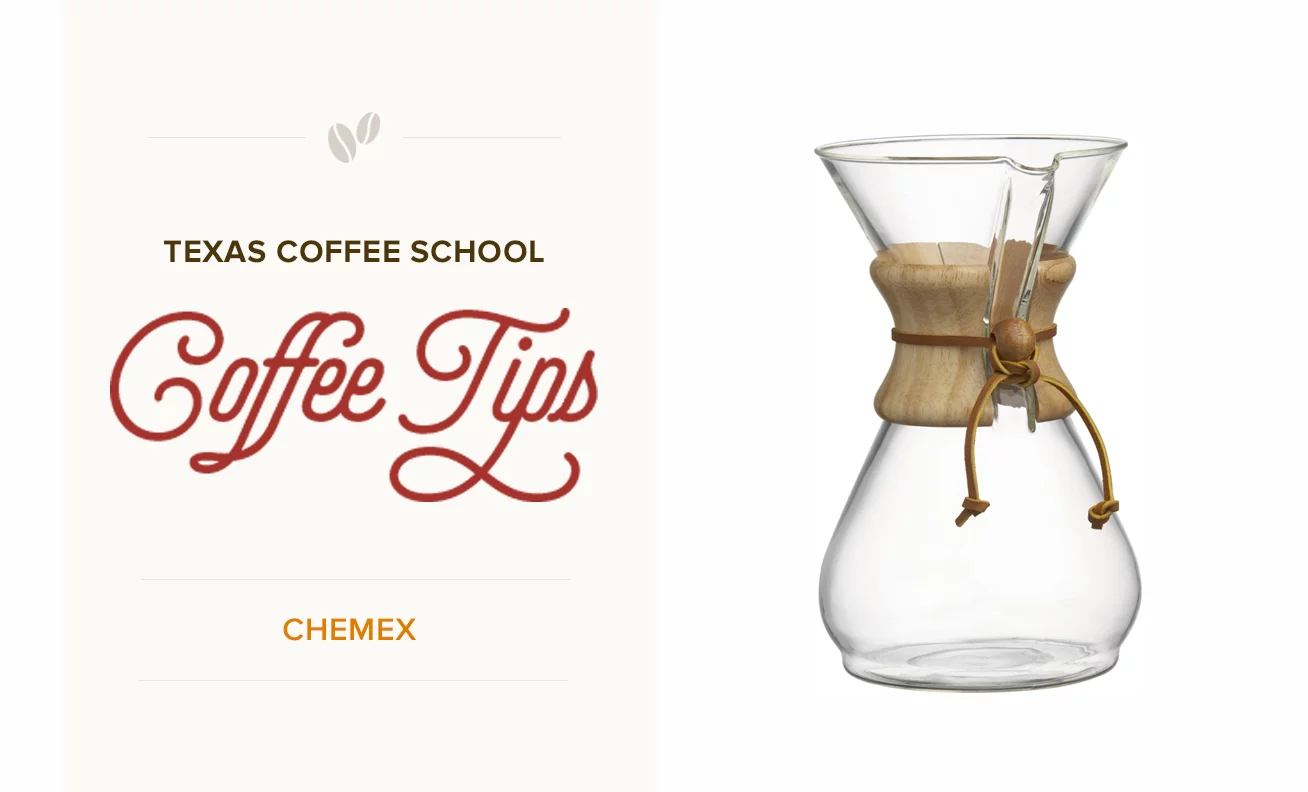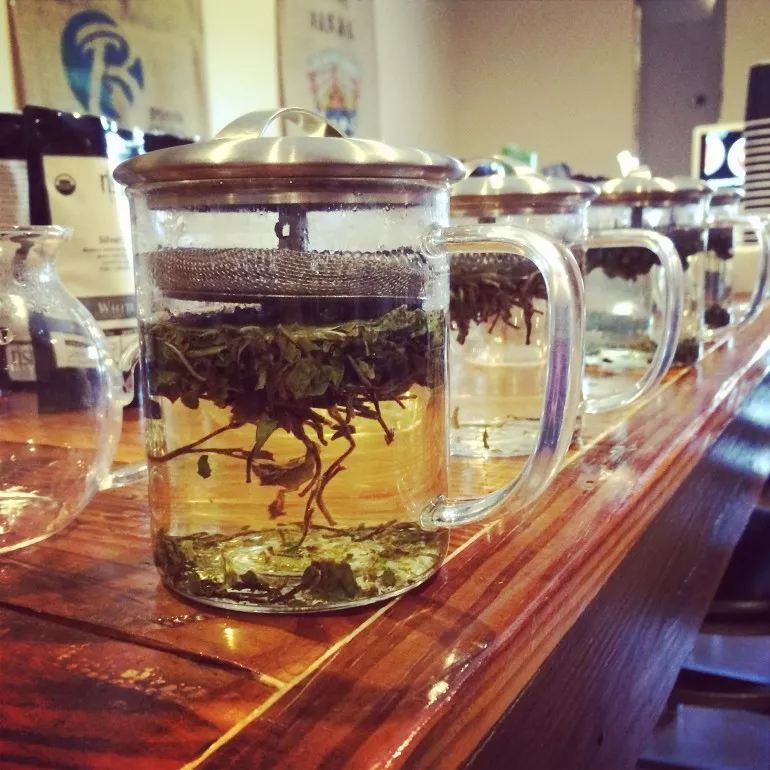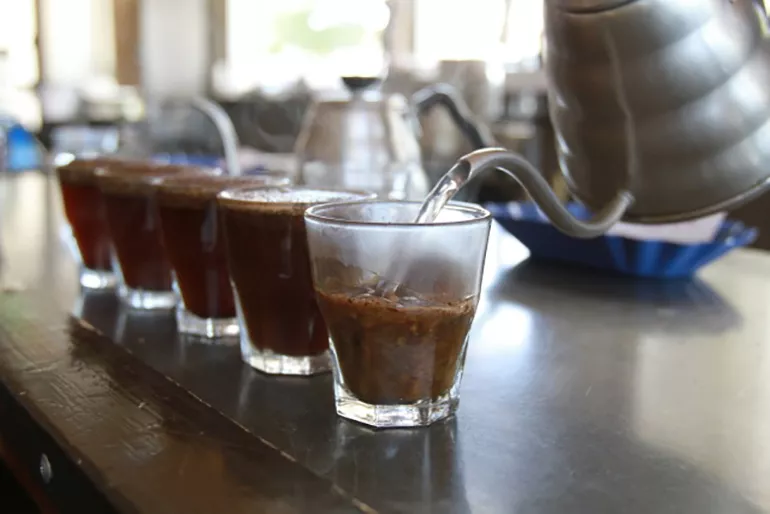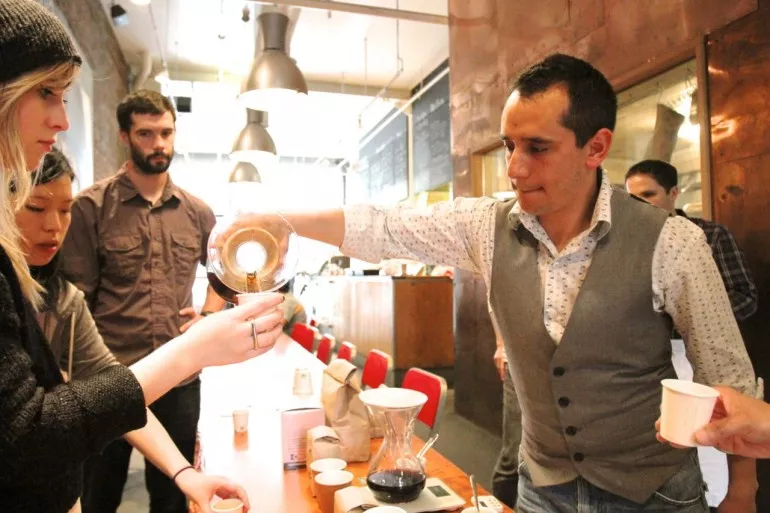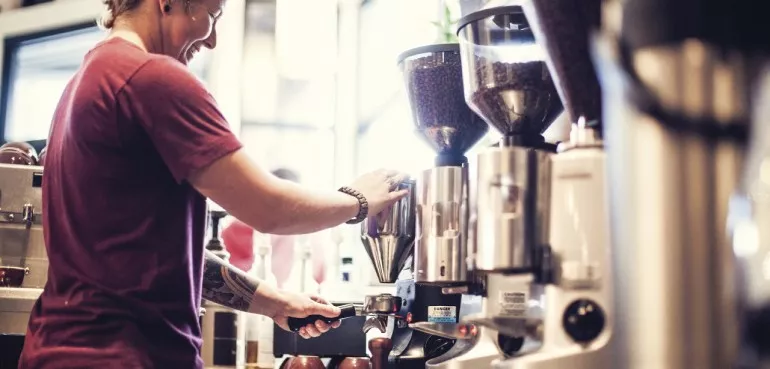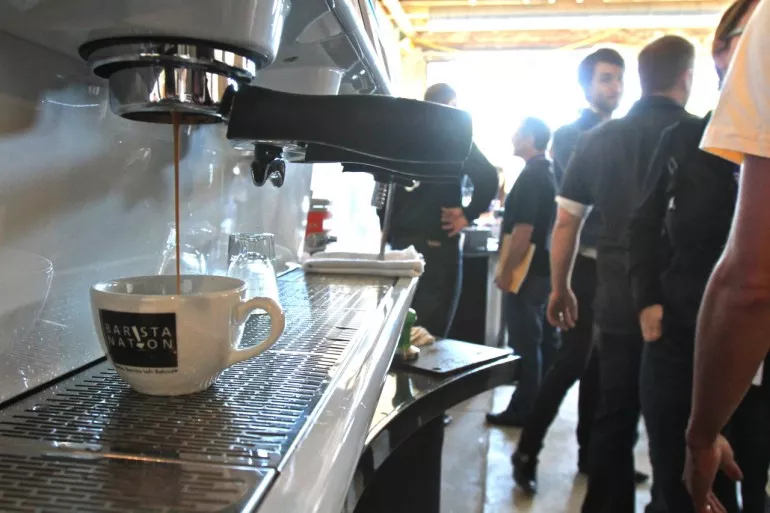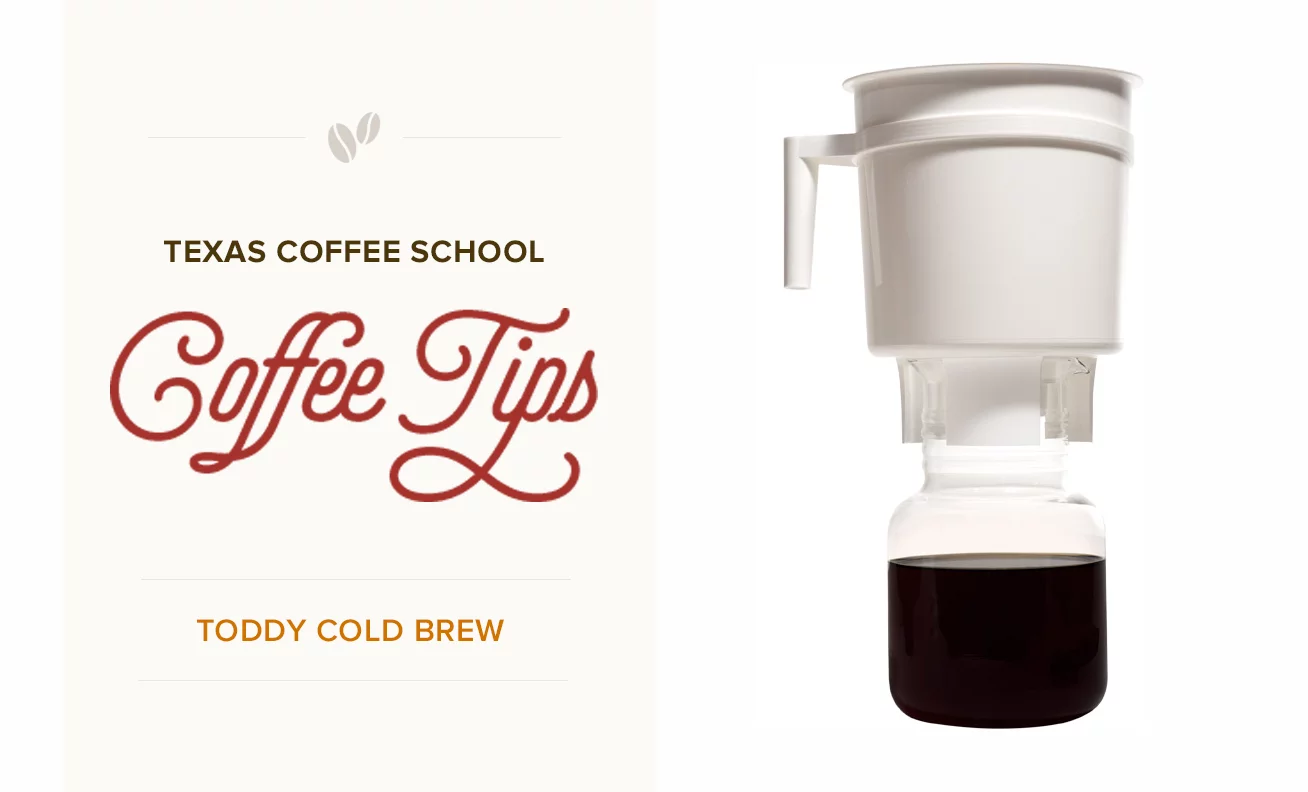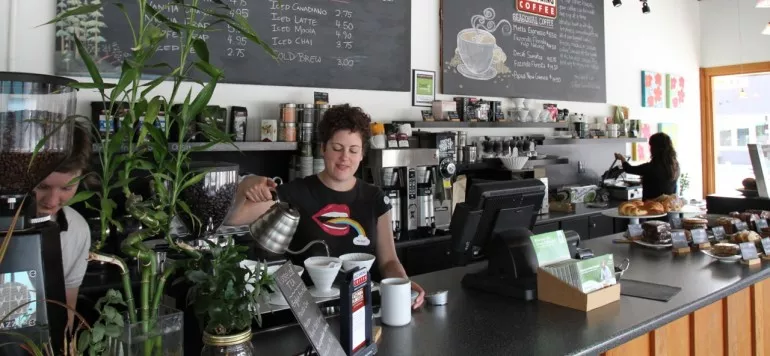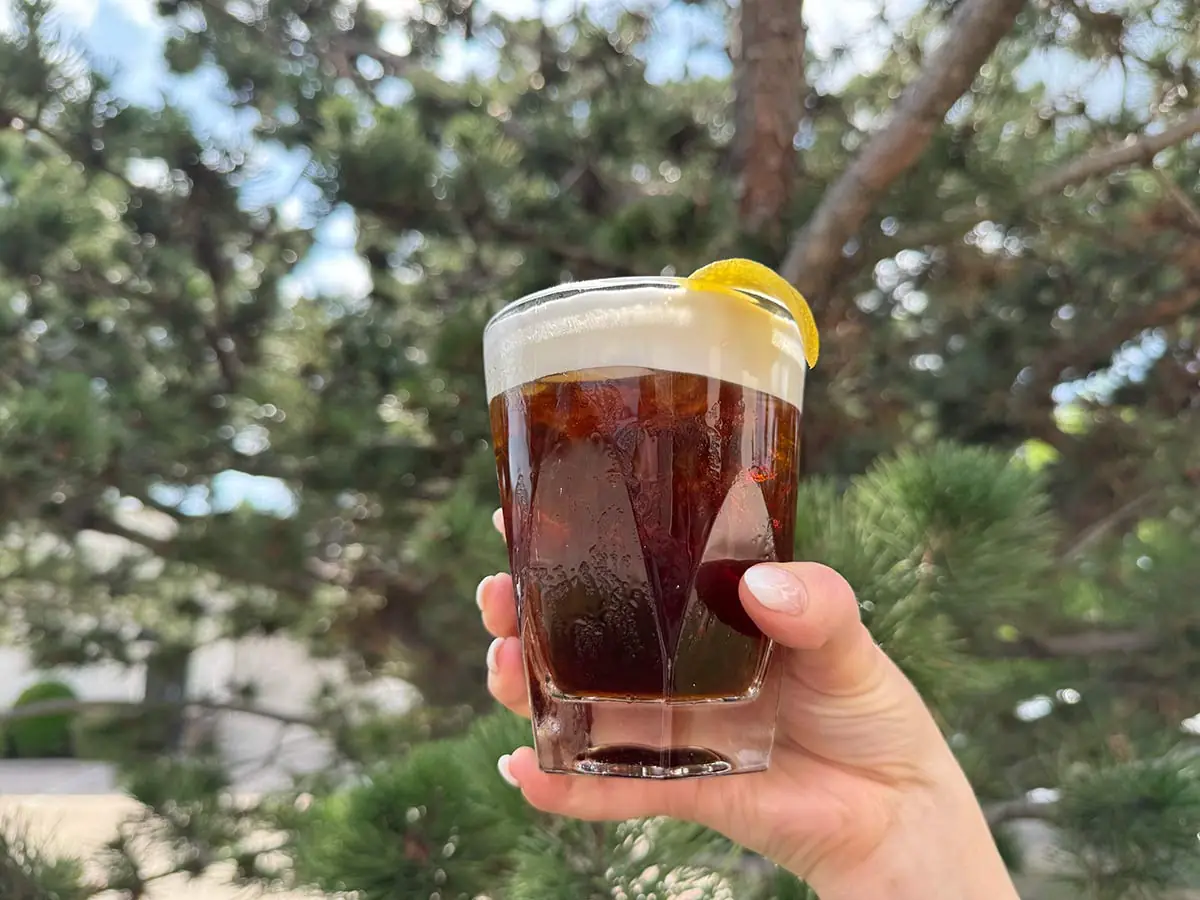
Summer Drink Trends & Smart Mobile Coffee Cart Business Tips
Summer Drink Trends & Smart Logistics for a Profitable Mobile Coffee Cart Business
Summer changes everything for mobile coffee cart business operators. When temperatures soar, customers abandon hot drinks for delicious TikTok-worthy cold beverages, creating a massive opportunity for savvy mobile coffee cart business entrepreneurs. The challenge? Working within the constraints of limited space, power, and equipment while serving high volumes efficiently. Get this balance right, and you can triple your summer revenue.
Since 2010, Texas Coffee School has helped hundreds of Coffeepreneurs® launch, fine-tune, and grow mobile coffee businesses that turn crowds into consistent profit. Below, discover lean logistics strategies paired with must-try summer beverage recipes to keep your lines moving fast and profits high.
Leveraging House-Made Cold Brew Concentrate for Mobile Coffee Cart Business Efficiency and Versatility
Efficiency is critical in a mobile coffee cart setup, where limited space, weight, and complexity directly impact your operational success. Transporting heavy equipment and extensive supplies can quickly become cumbersome and inefficient. Leveraging versatile ingredients like house-made cold brew concentrate simplifies your inventory while expanding your menu significantly.
Traditional bucket brewing methods take 12 to 24 hours, producing weaker cold brew prone to developing an off-putting “cold brew funk” flavor. For mobile coffee cart business operators, this method also means hauling larger volumes of ready-to-drink cold brew to avoid running out during peak service times.
Modern cold brewing devices, such as the Brew Bomb Hive Café, create fresh, high-strength cold brew concentrate (8 to 9.5% TDS) in about 30 minutes. We have found cold brew concentrate made this way maintains authentic (drip-like) coffee flavor (free of cold brew funk) for up to 6 or 7 days if kept cold. This efficiency transforms mobile coffee cart business logistics. You can carry significantly less concentrate while producing more drinks, reducing transport weight and maximizing cart space.
Note: There are some shelf-stable cold brew concentrate options out there, but as of the writing of this blog, we have not found one that tastes as good as fresh made.
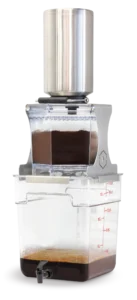
Operators often hesitate to use cold brew concentrate, assuming it won’t match freshly pulled espresso. However, concentrate at 5 to 7.5% TDS is ideal for espresso replacement, and the Brew Bomb method exceeds this range (meaning, it takes even less concentrate per drink to achieve the same delicious results). Using concentrate instead of pulling individual espresso shots can shave 1 to 2 minutes from each beverage’s preparation, boosting profitability through efficiency of both extraction and workflow.
Cold Foam: Fast, Efficient, and Popular for Mobile Coffee Cart Operations
Cold foam has soared in popularity for its rich texture and visual appeal. While brick-and-mortar cafes typically use blenders, mobile carts benefit from the speed and cleanliness of iSi Profi Whippers.
The 1L iSi Profi Whip quickly tops 20 to 25 servings, dramatically speeding service and virtually eliminating waste (and mess). Prepare multiple whippers ahead, store them in a cooler, and instantly dispense as needed.
Recommended Cold Foam Recipe:
- Dairy Type: Non fat milk (optimal texture in the iSi Profi Whip).
Step-by-Step Cold Foam Recipe (1L iSi Profi Whip):
- Pre-chill ingredients and whipper.
- Combine ingredients thoroughly in a clean container.
- Fill the iSi Profi Whip and charge with one N₂O cartridge.
- Shake whipper 5 to 7 times.
- Refrigerate upright.
Flavored Cold Foam Recipes:
- “Sweet Cream” Cold Foam: 825 mL skim/non fat milk, ~18 pumps Holy Kakow vanilla syrup
- Lemon Cold Foam: 800 mL skim/non fat milk, ~20-22 pumps Holy Kakow lemon syrup, ⅛ tsp salt
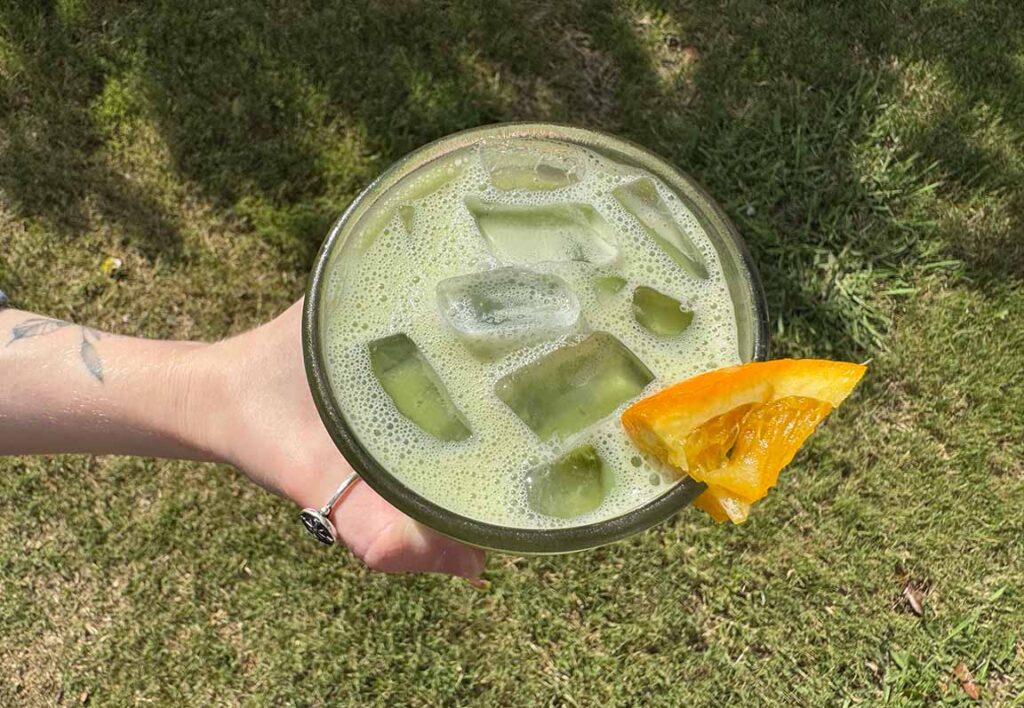
Summer Drink Trends Customers Crave
Cold drinks accounted for 75 percent of Starbucks U.S. beverage sales in 2024.
Trending Drinks This Summer:
- Classic Cold Brew: 2 oz cold brew concentrate, 8 oz water, ice.
- “Limoncello” Cold Brew: 2 oz cold brew concentrate, 8 oz water, 2 pumps Holy Kakow vanilla syrup, ice. Top with lemon cold foam. Garnish with lemon twist.
- Lavender Cloud Cold Brew: 2 oz cold brew concentrate, 8 oz water, 1 pump Holy Kakow lavender syrup, ice. Top with sweet cream cold foam. Garnish with dried lavender or thyme.
- Orange Blossom Iced Matcha: 6 oz Mooala Barista Edition Oat Milk, 2 pumps Holy Kakow orange syrup, 0.5 pump Holy Kakow cardamom syrup, 2 oz Rishi Barista Matcha, ice.
- Strawberry-Banana Matcha Latte: 0.5 oz Holy Kakow simple syrup, 6 oz Mooala Strawberry-Banana Milk, 4 oz Rishi Barista Matcha. Garnish with dried strawberries.
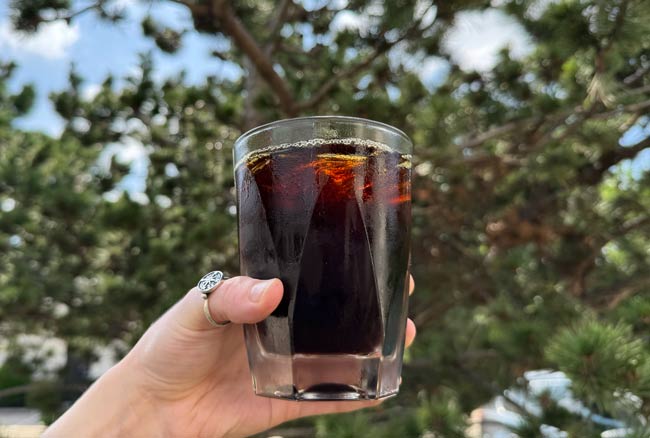
Frequently Asked Questions
How long does cold brew concentrate stay fresh?
When brewed using sanitary practices and properly refrigerated, Brew Bomb Hive Café cold brew concentrate maintains its fresh, clean flavor for 6 to 7 days. It doesn’t develop the “cold brew funk” common in traditional 12 to 24-hour bucket-style brews, which often begin to degrade in taste within 12 hours.
Can cold brew concentrate replace espresso in iced lattes?
Yes. At a strength of 5 to 7.5% TDS (measured on a refractometer), cold brew concentrate performs well as a direct espresso substitute in iced drinks. The Brew Bomb Hive Café method yields 8 to 9.5% TDS, allowing for a lower-volume dose and a cleaner flavor profile.
How many drinks can I make from a 2.2-gallon batch of cold brew concentrate?
A 2.2-gallon batch yields approximately 281.6 fluid ounces of cold brew concentrate. Using 2 oz per 16 oz drink yields about 140 servings; using 2.5 oz per 20 oz drink yields approximately 113 servings. This matches the Texas Coffee School’s Brew Bomb Hive Café recipe, which consistently produces cold brew concentrate in the 8 to 9.5% TDS range, strong enough to be diluted for ready-to-drink cold brew or used as an espresso alternative in iced beverages.
What are the top coffee recommendations for commercial cold brew?
We recommend using a blend for maximum consistency month to month. Medium+ to slightly dark roast profiles tend to extract more efficiently than lighter ones. We really like Cuvee Coffee’s “Karmadillo” espresso for cold brew — not too dark, very chocolate-forward, and well balanced. It holds up well in a variety of settings.
What are the top milk options for creating stable cold foam?
For dairy-based cold foam in an iSi whipper, we recommend skim/non fat milk. It offers a balance of structure and richness.
What’s the best method for batching cold foam on a coffee cart?
For mobile coffee setups, using iSi Profi Whippers is ideal. A 1L whipper yields enough cold foam for 20 to 25 servings and can be stored in a cooler for 6 to 8 hours. This approach avoids the mess and power draw, and space limitations of blenders.
How much does it cost to start a mobile coffee cart?
USD $7,500 to $15,000 for gear, product, and working capital.
Recap & Next Step
Summer profits come from trend-forward drinks, operational intelligence, and efficient workflow. Every successful mobile coffee cart business requires proper training and systems. Ready for hands-on mobile coffee cart training with pro gear and expert teachers? Reserve your seat in the 3-Day Coffee Business Master Class® today.
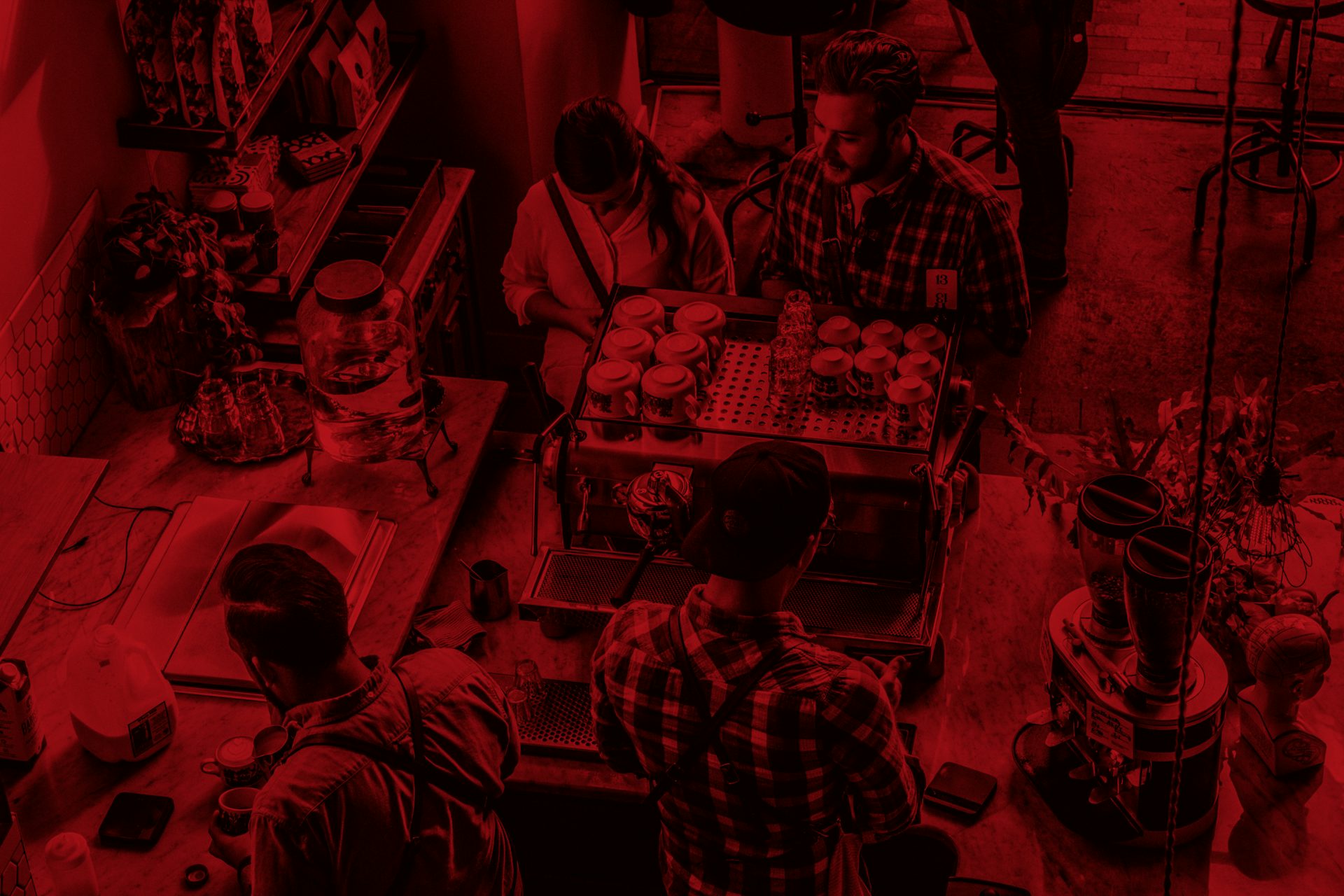
Register for a Coffee Class
The Best Coffee Training Available
We’ve helped hundreds of students successfully launch their own coffee shop businesses. Join us in our 5-Star Rated Coffee Classes, whether you’re an aspiring entrepreneur looking to open a coffee shop, a manager, a barista or home enthusiast looking to sharpen your skills.
